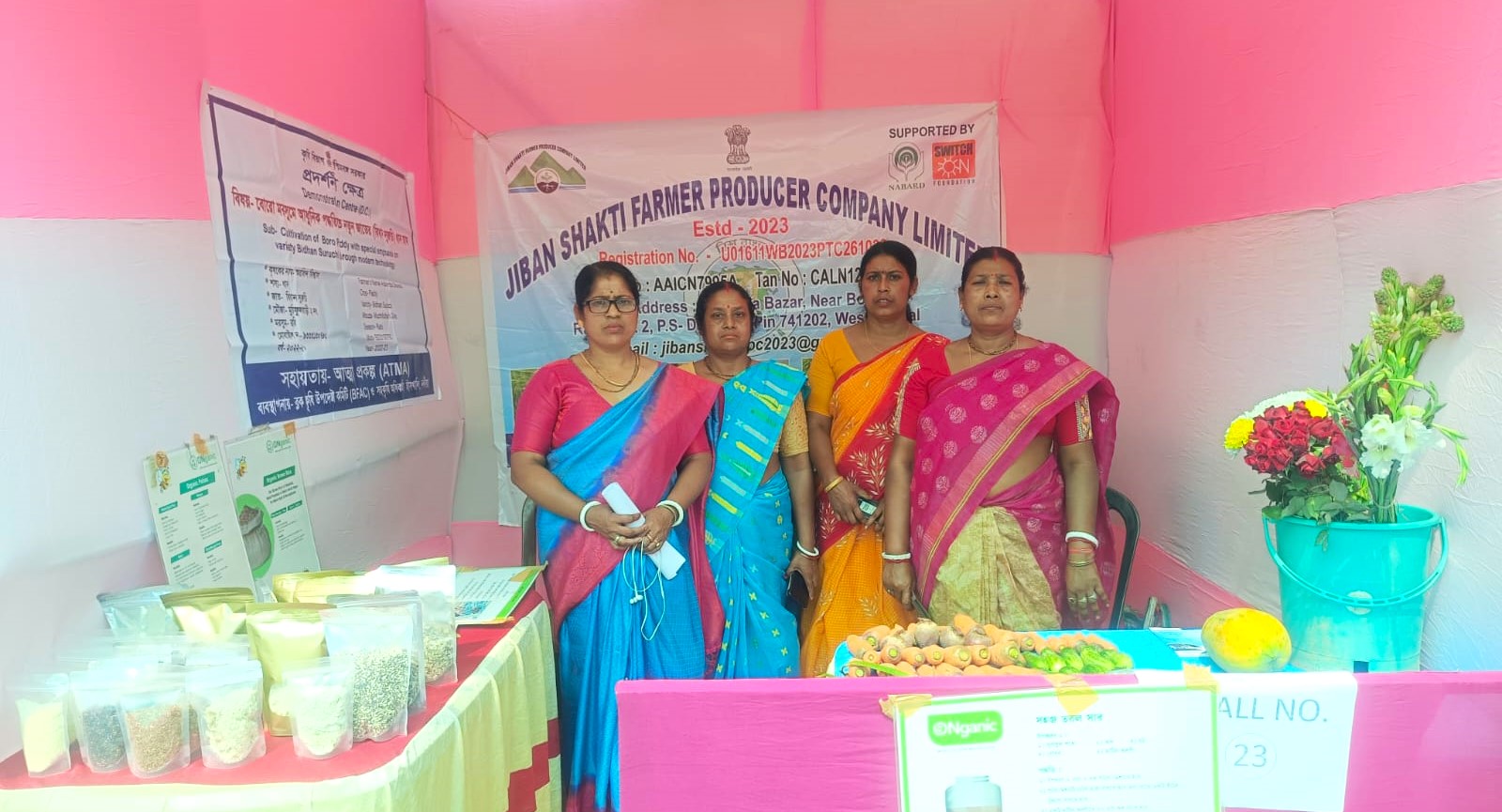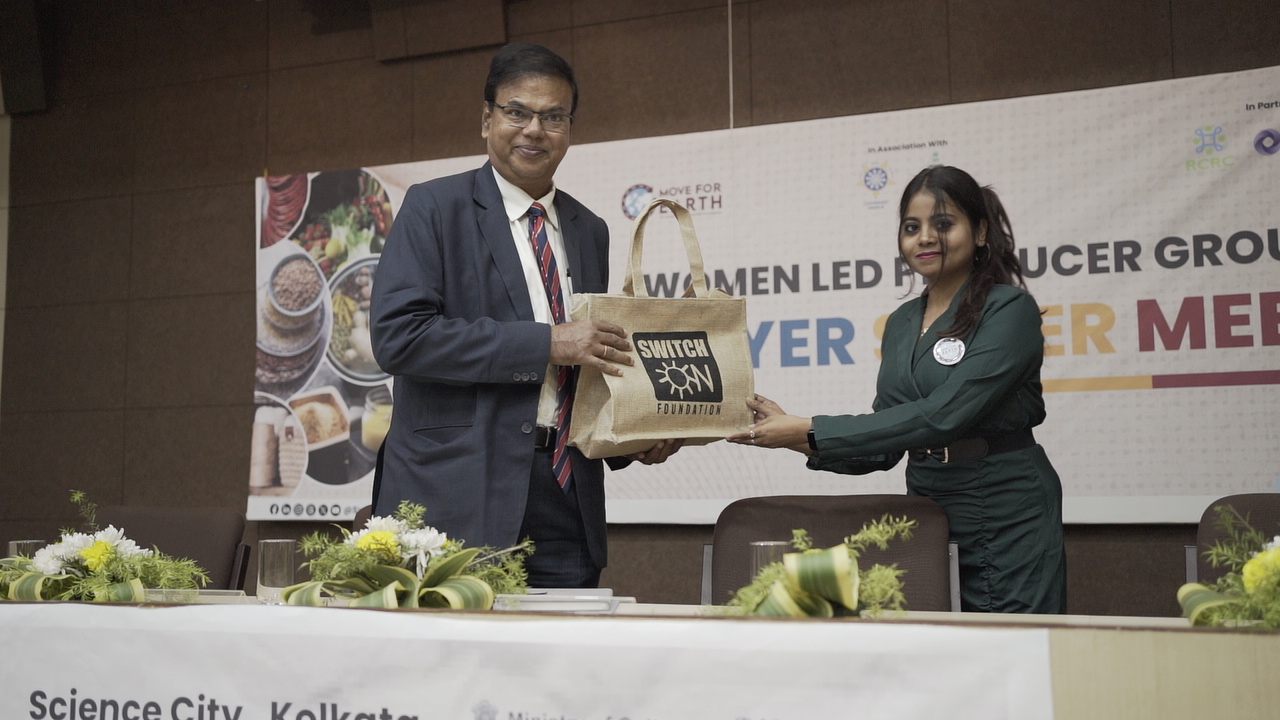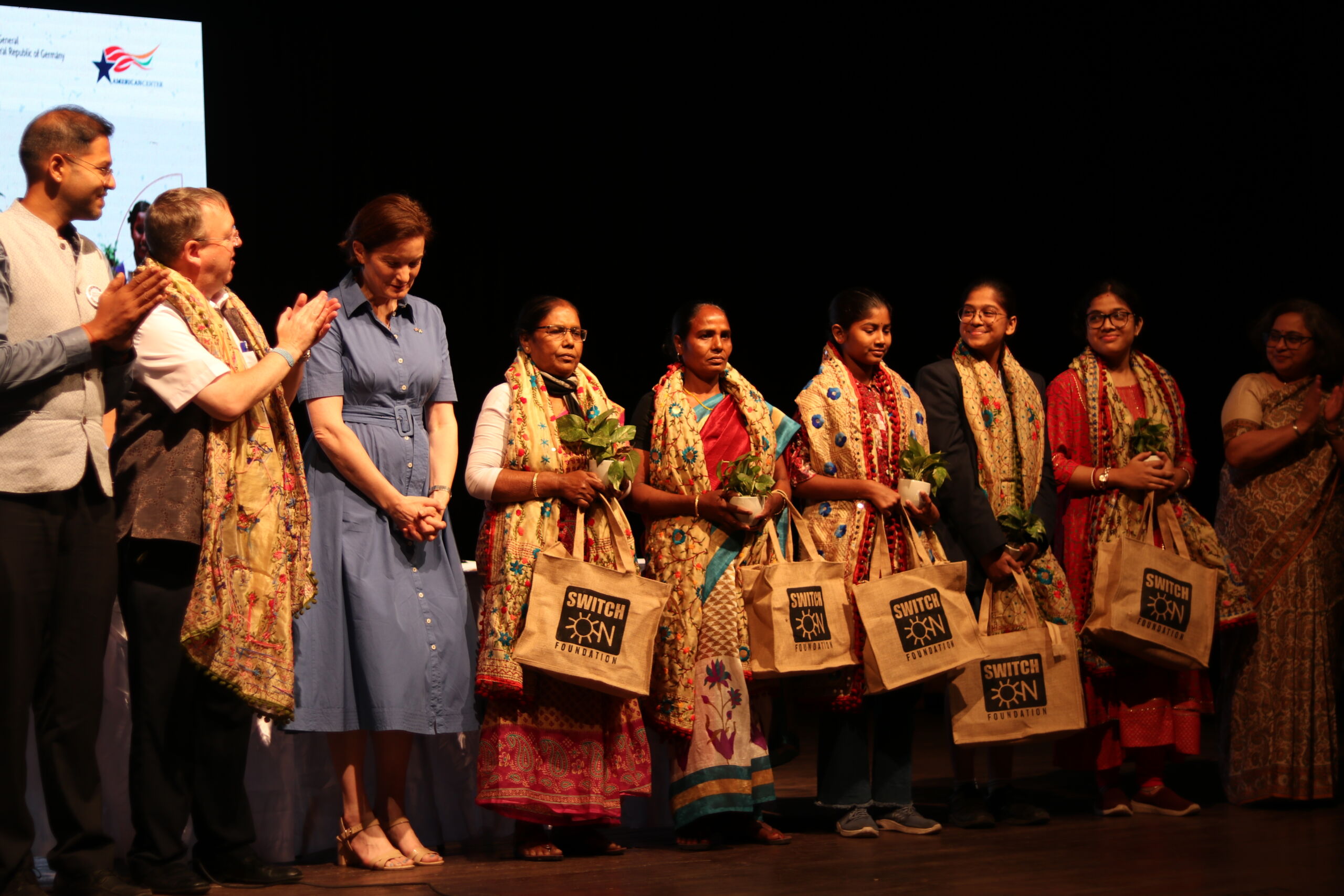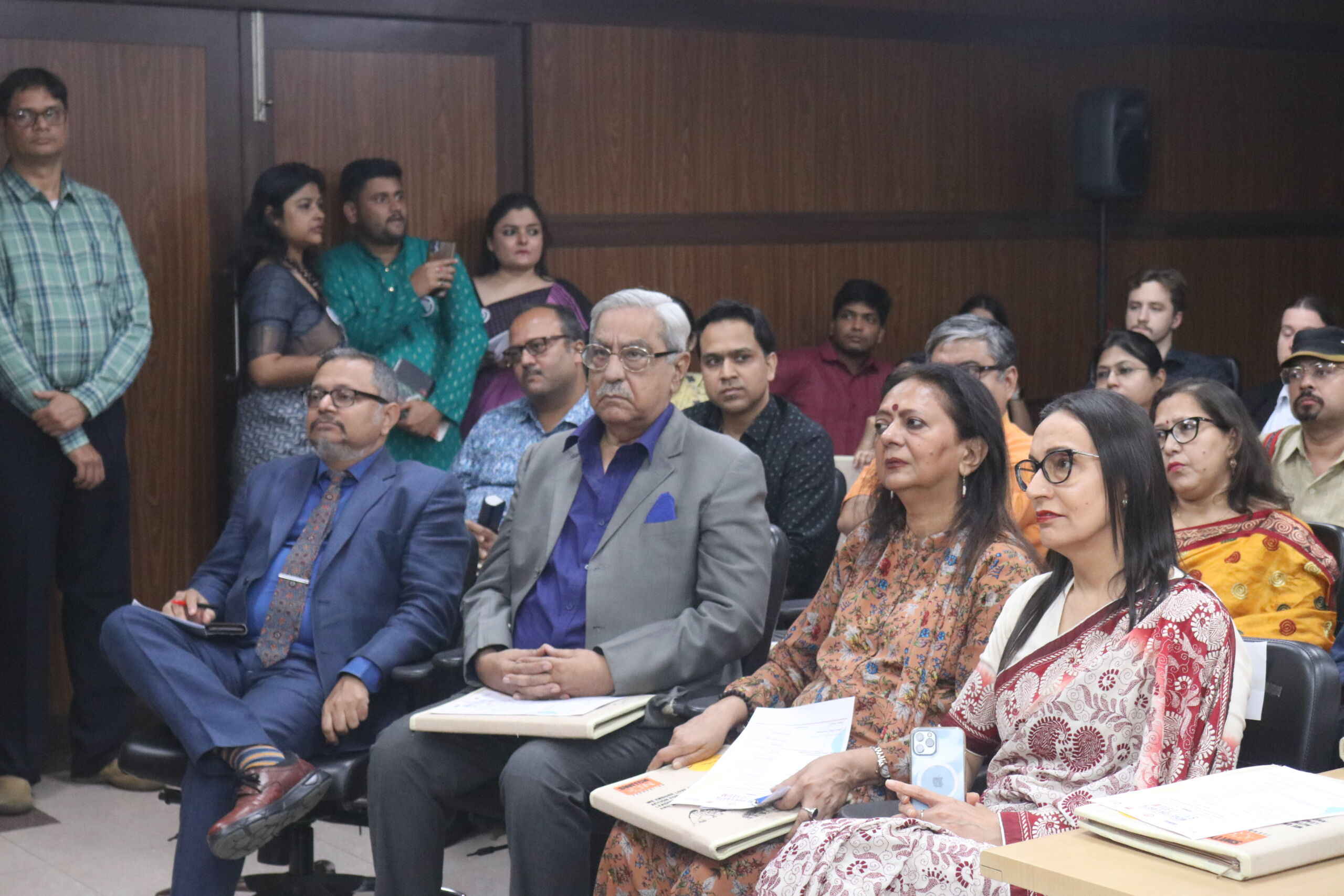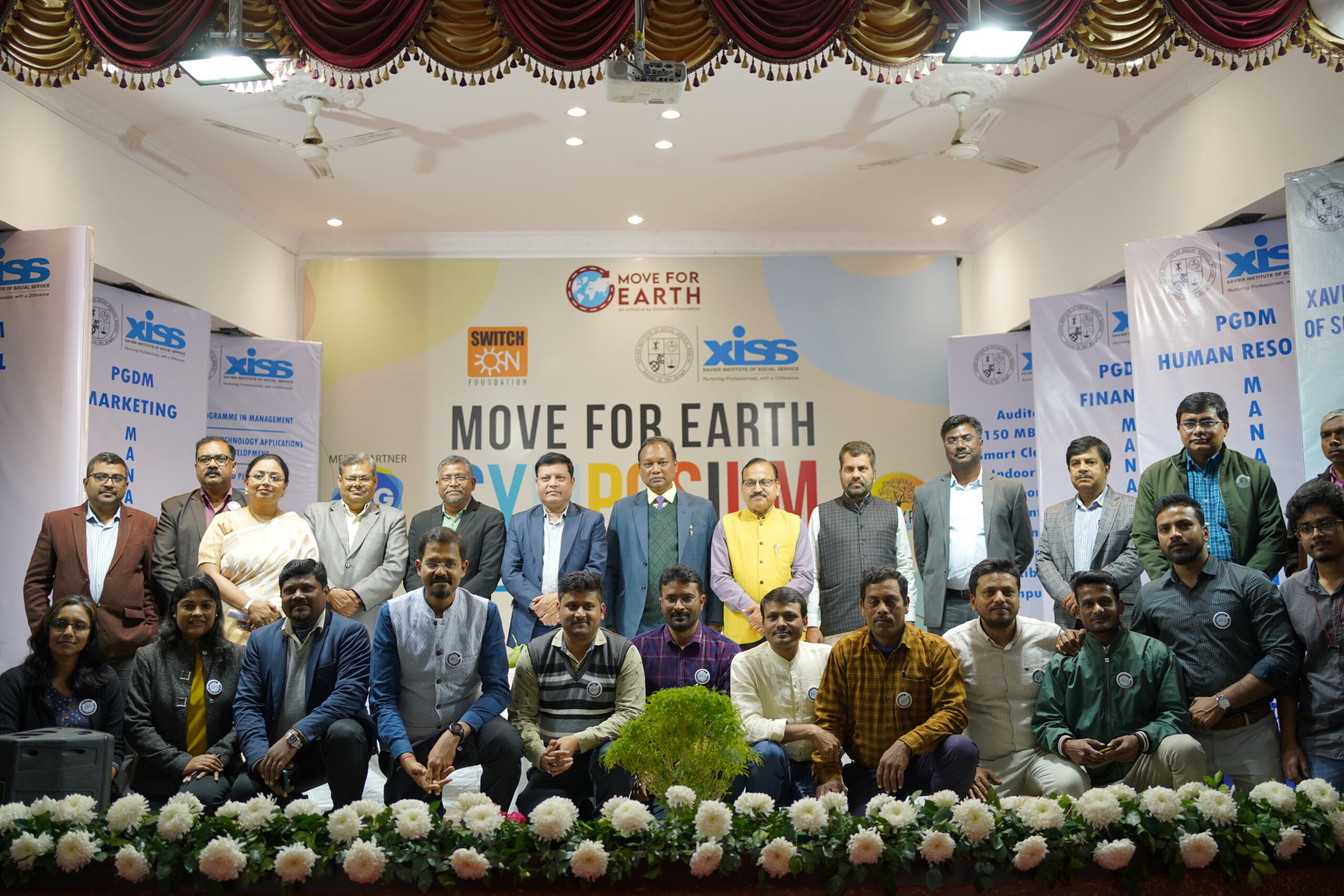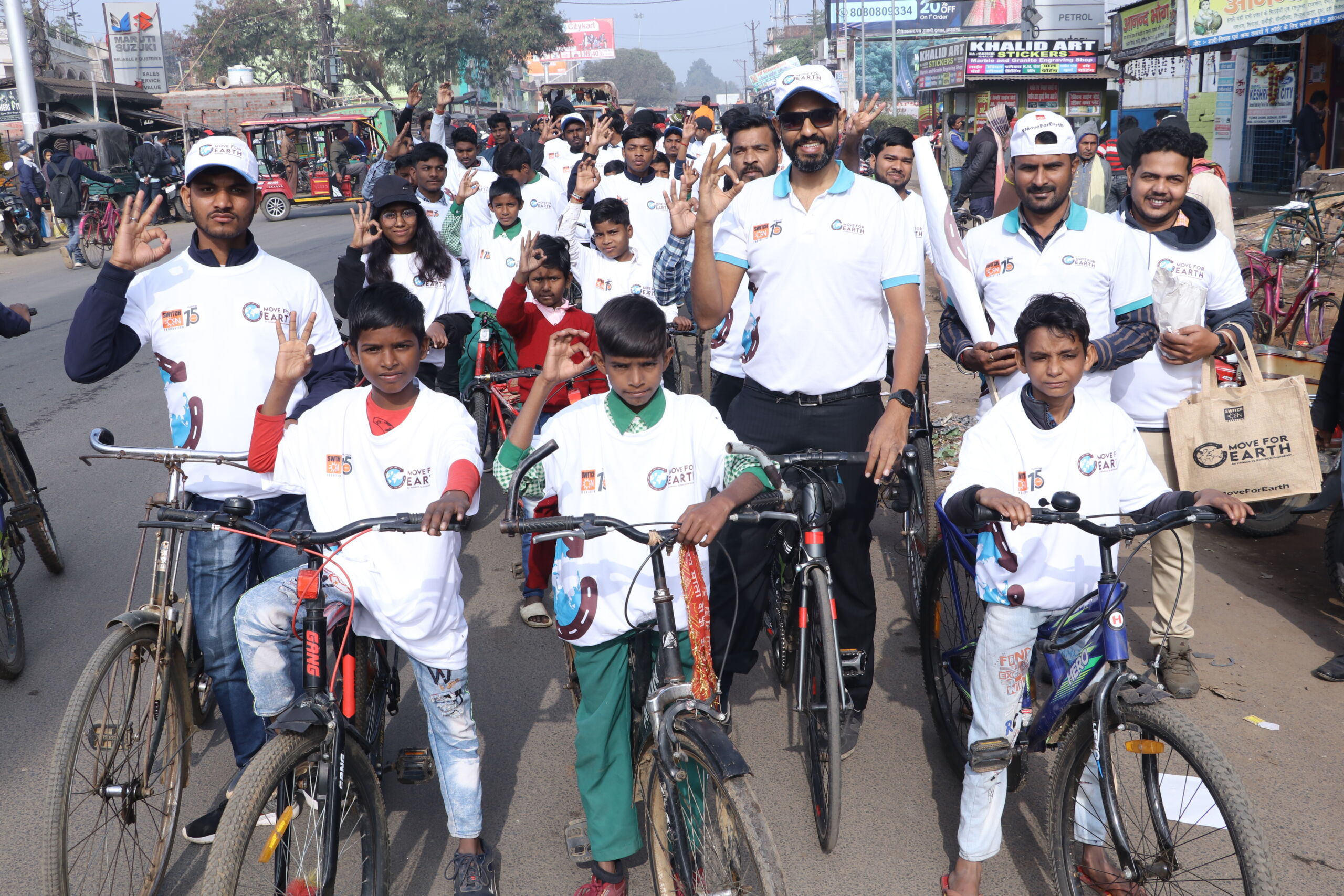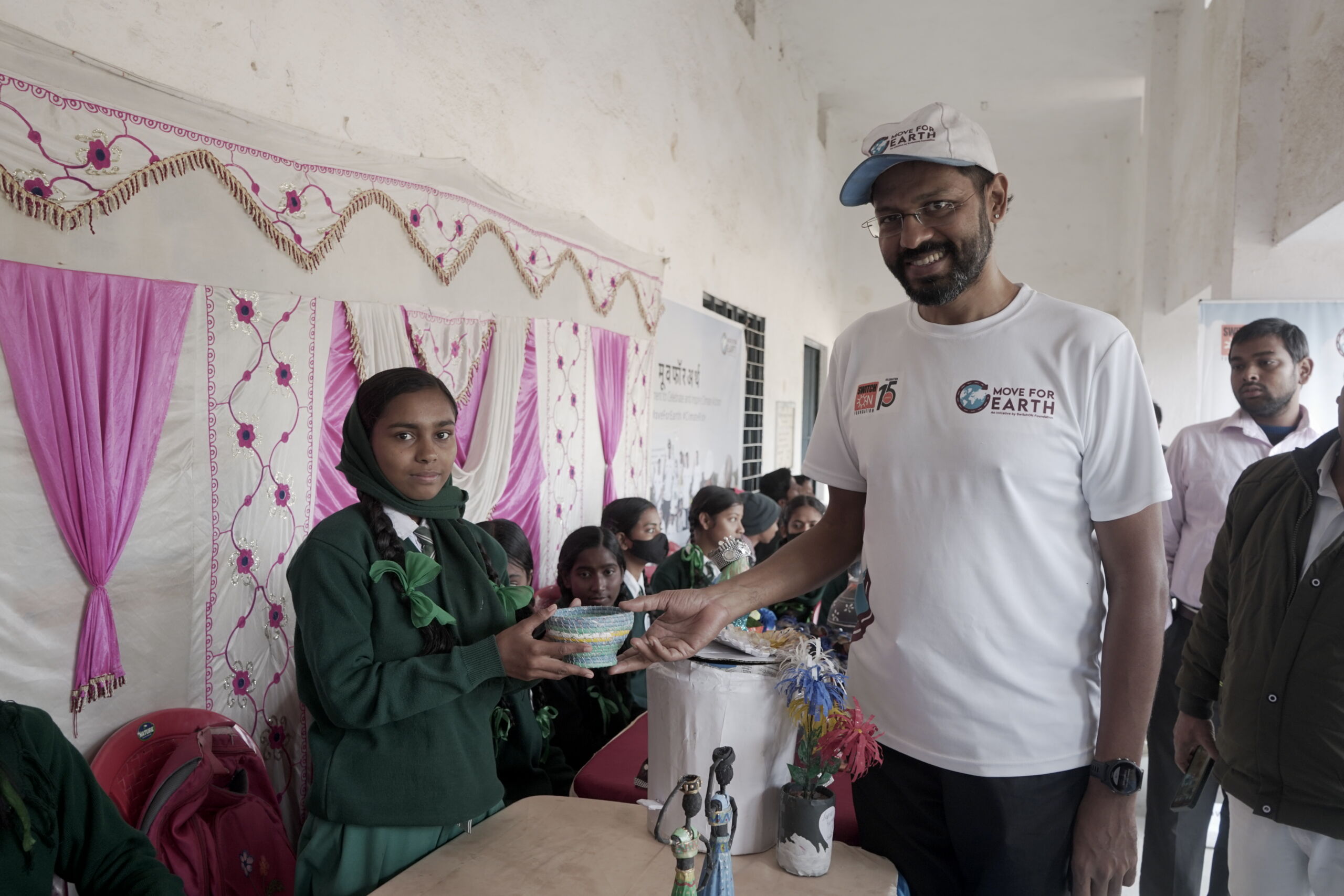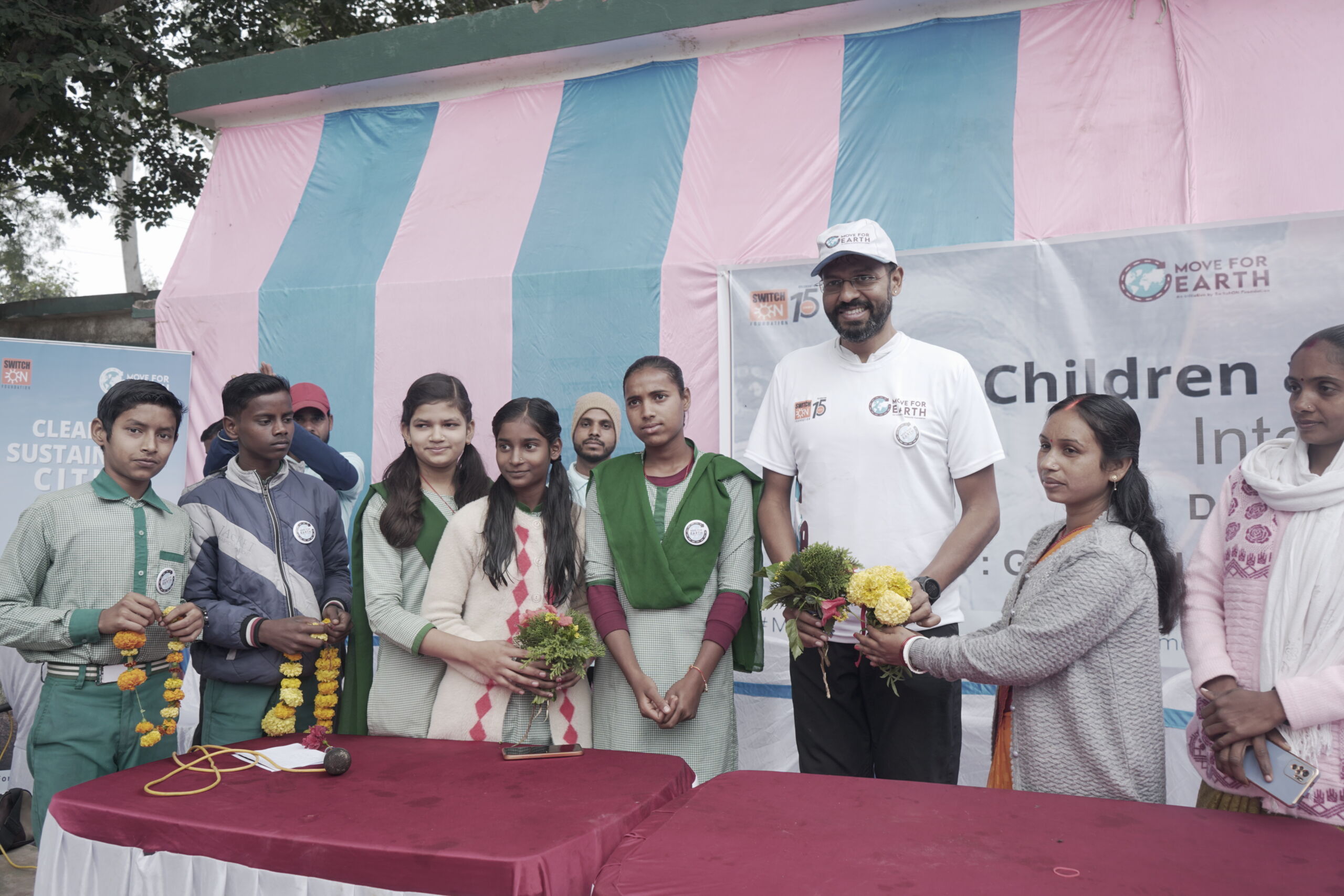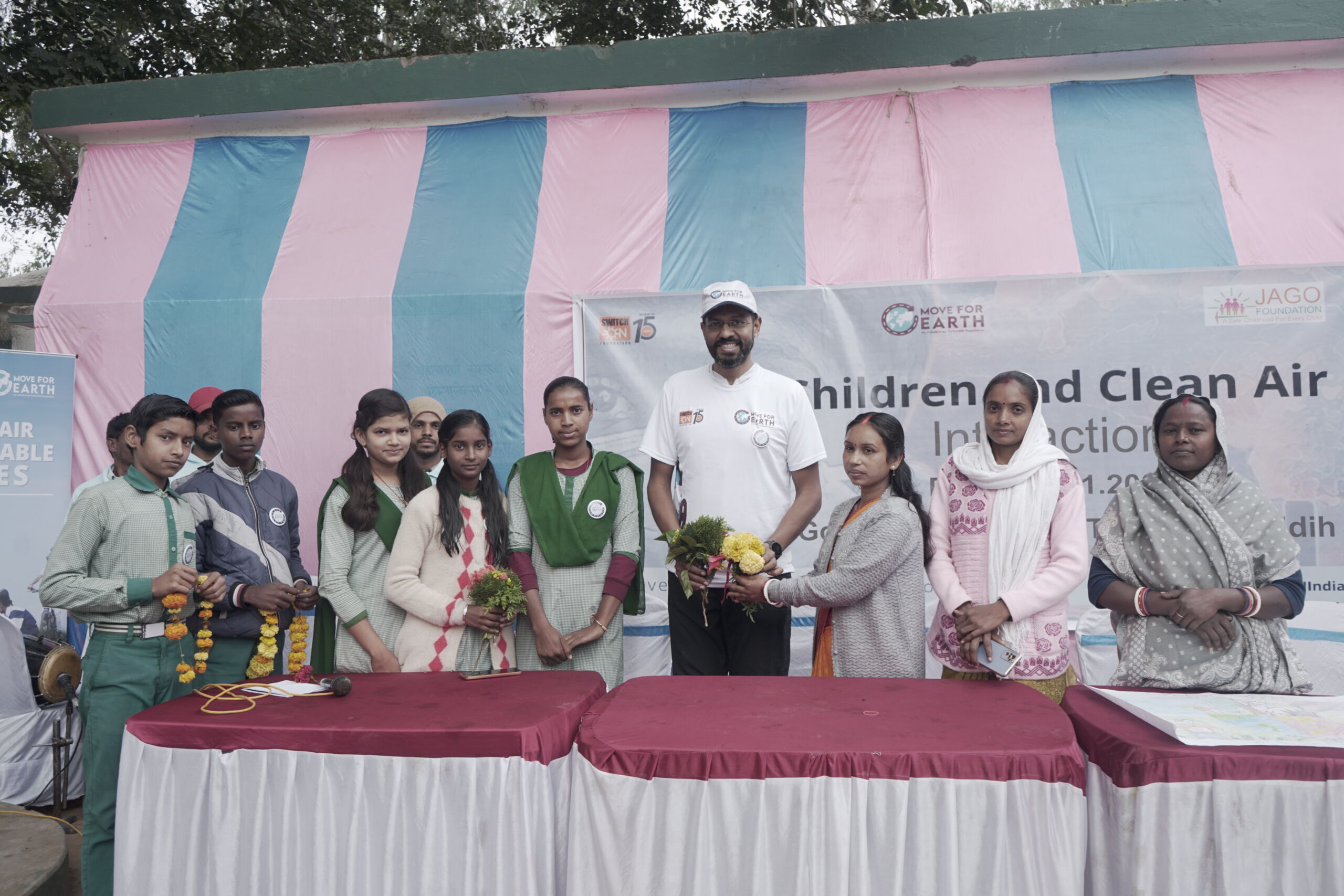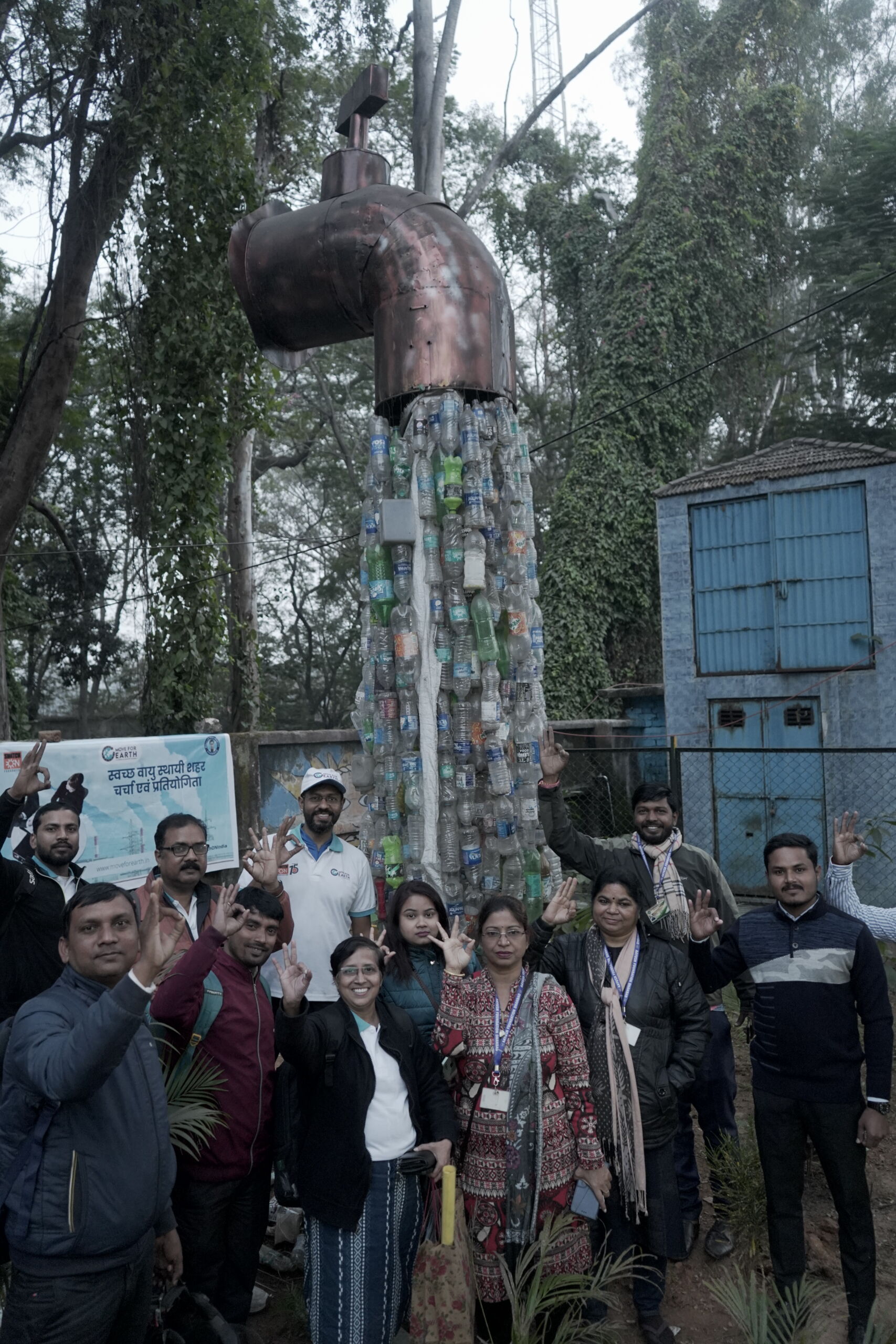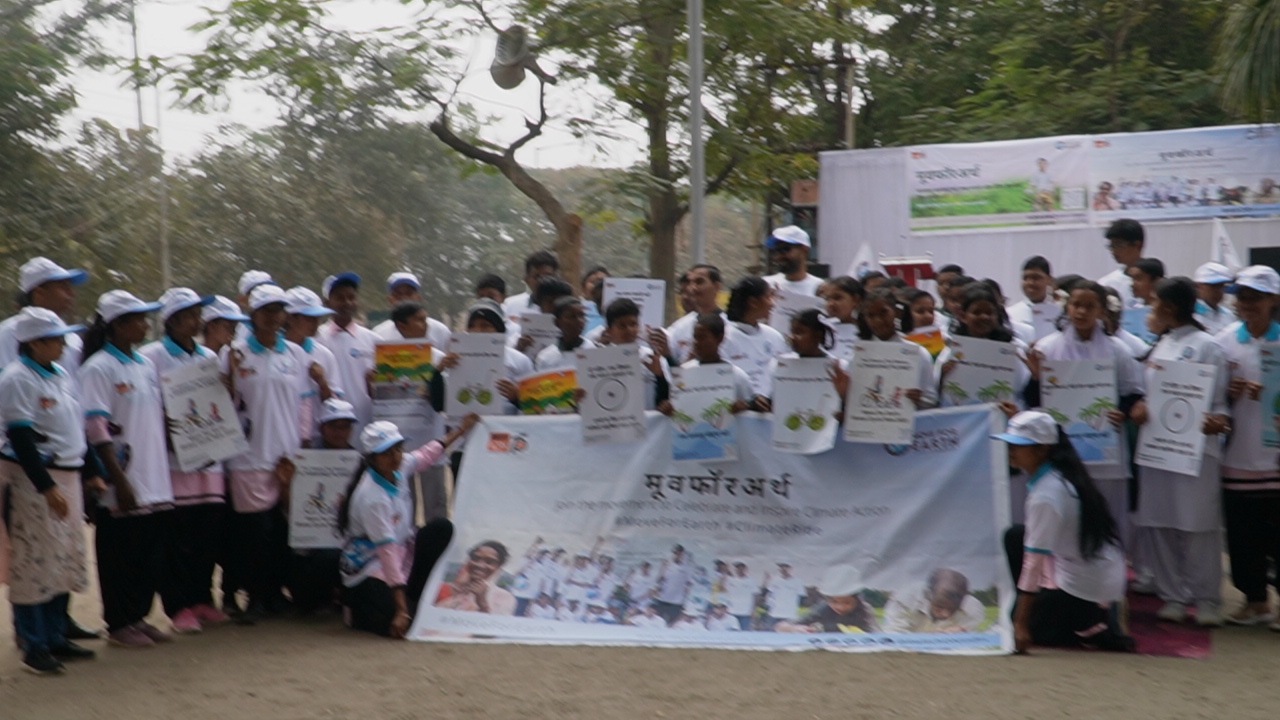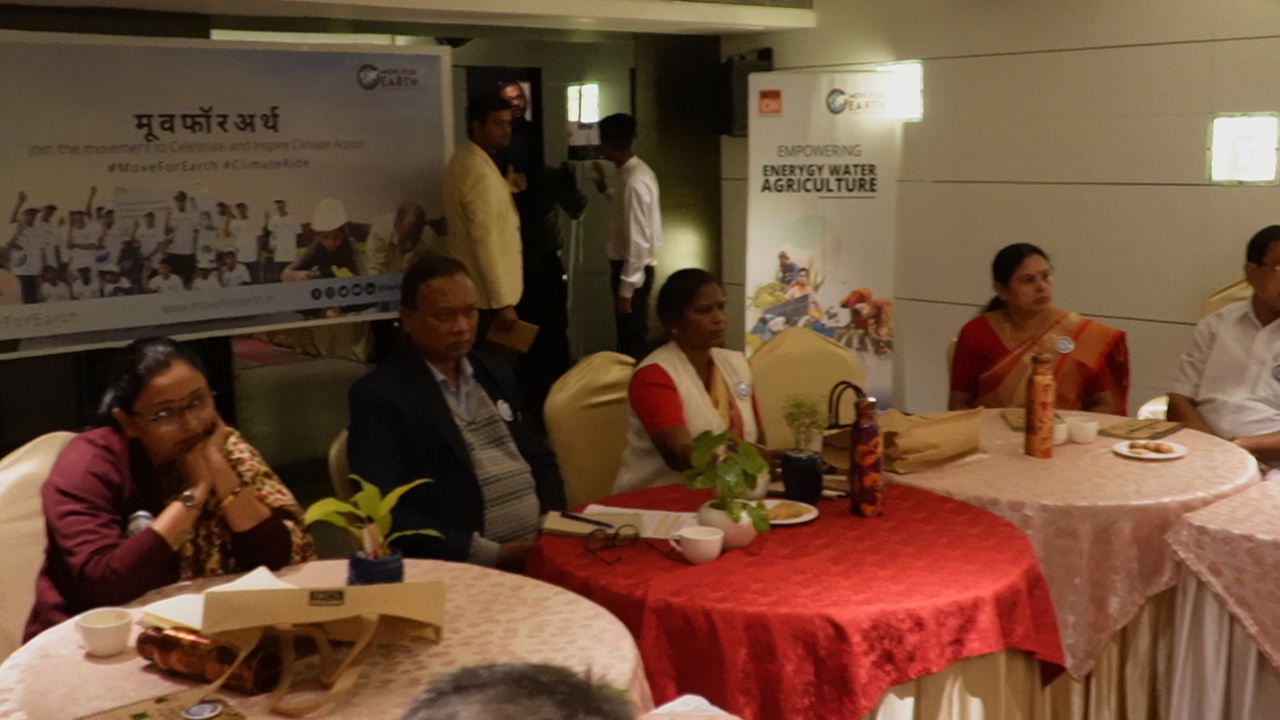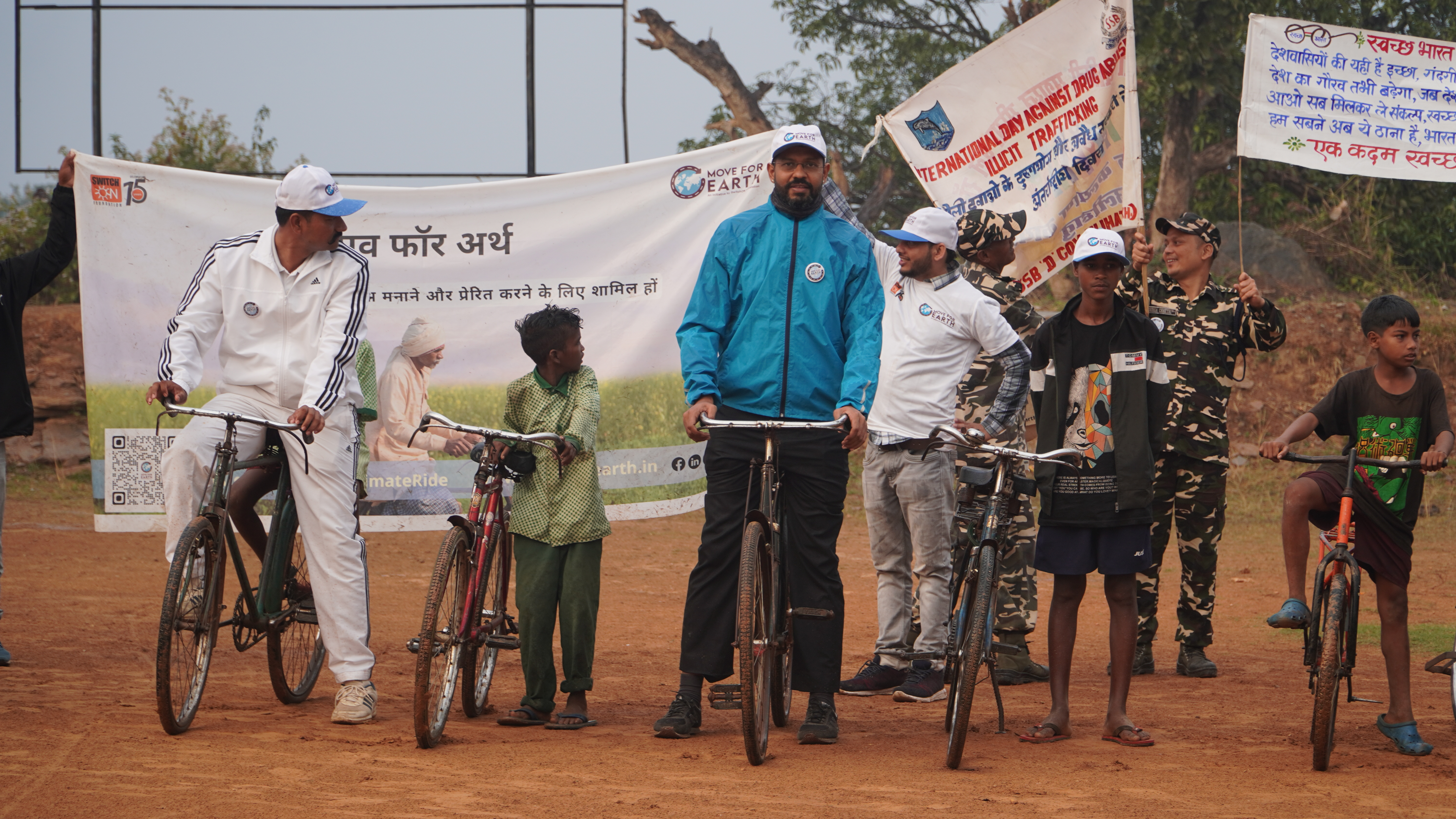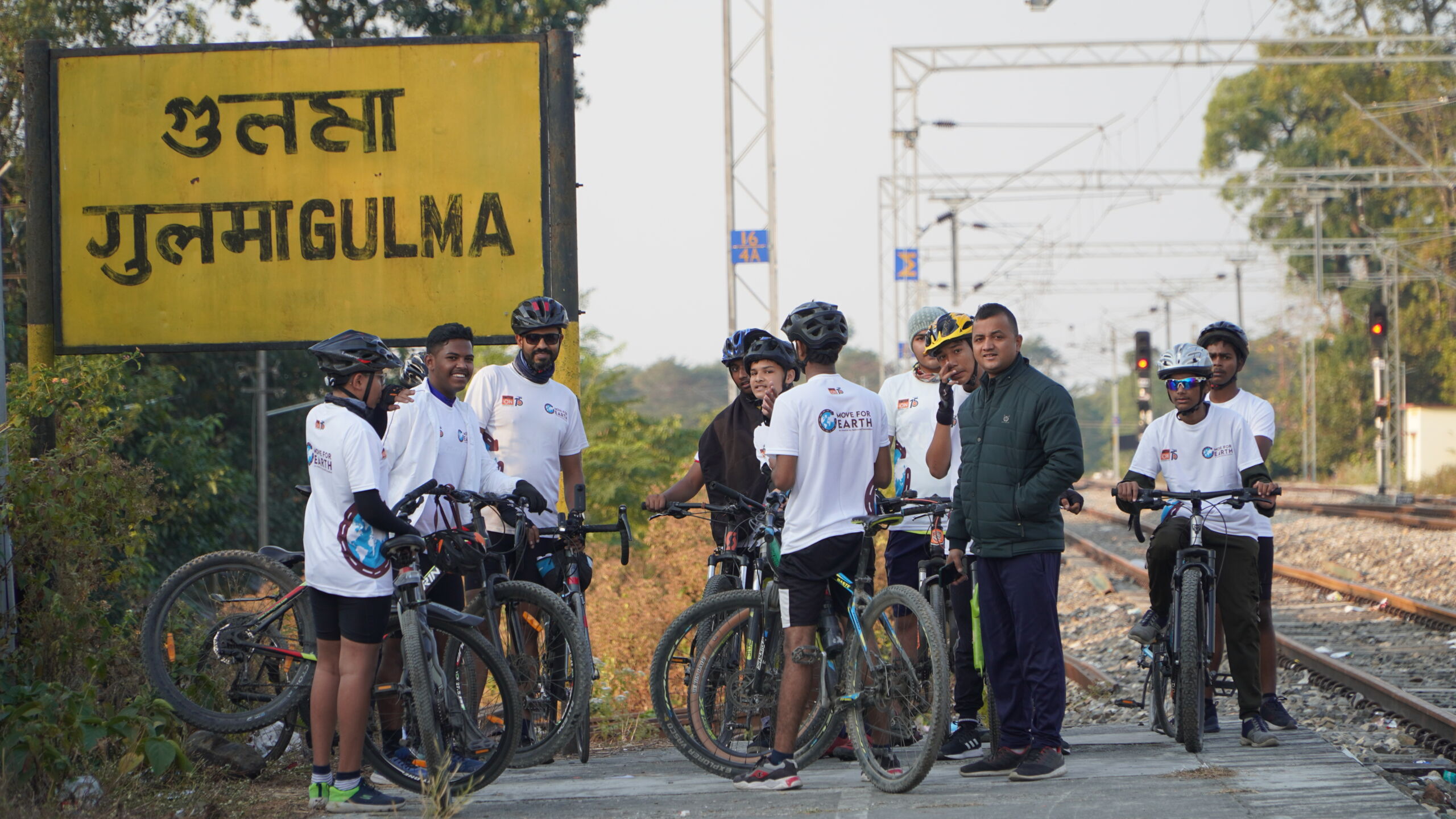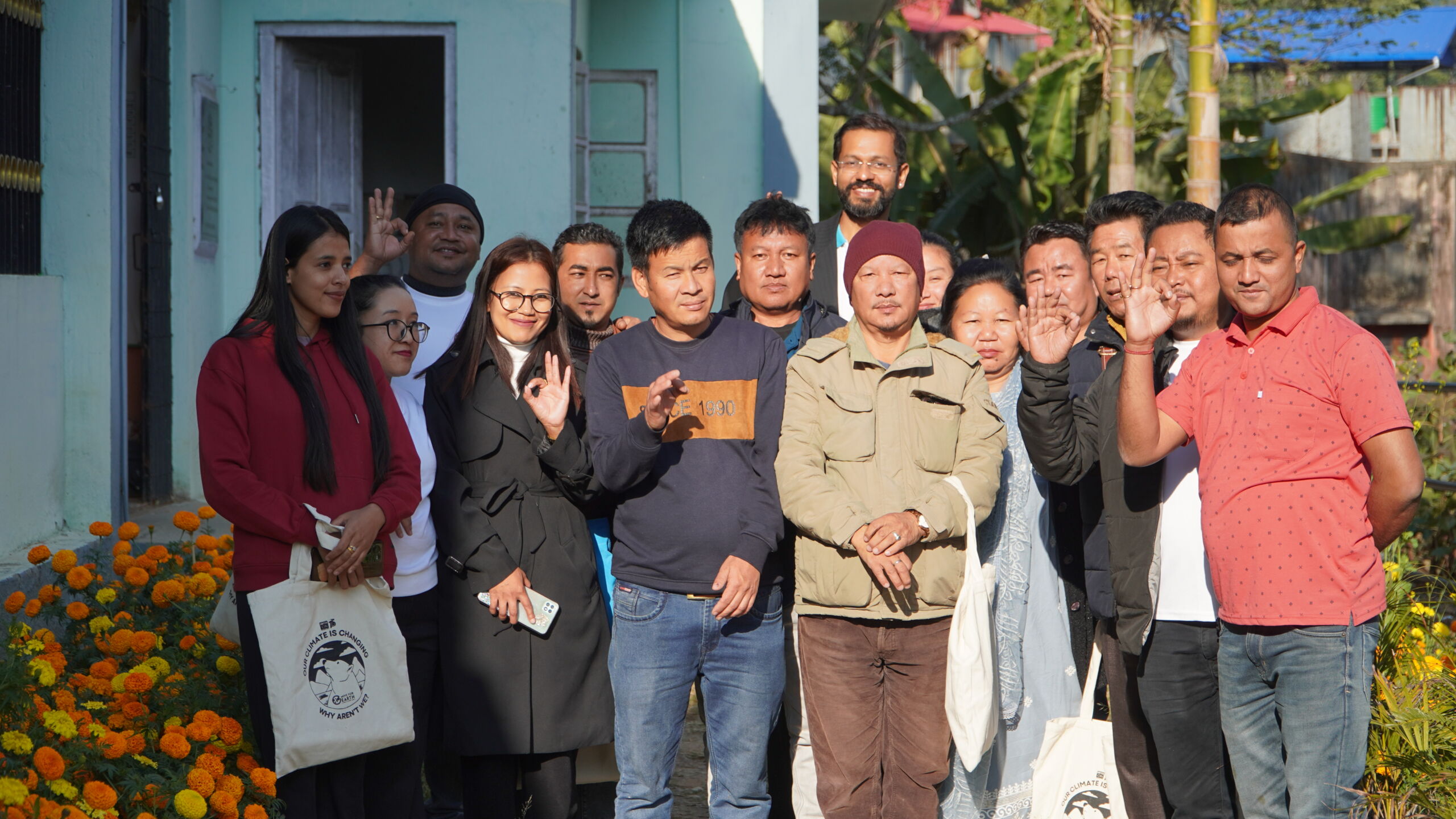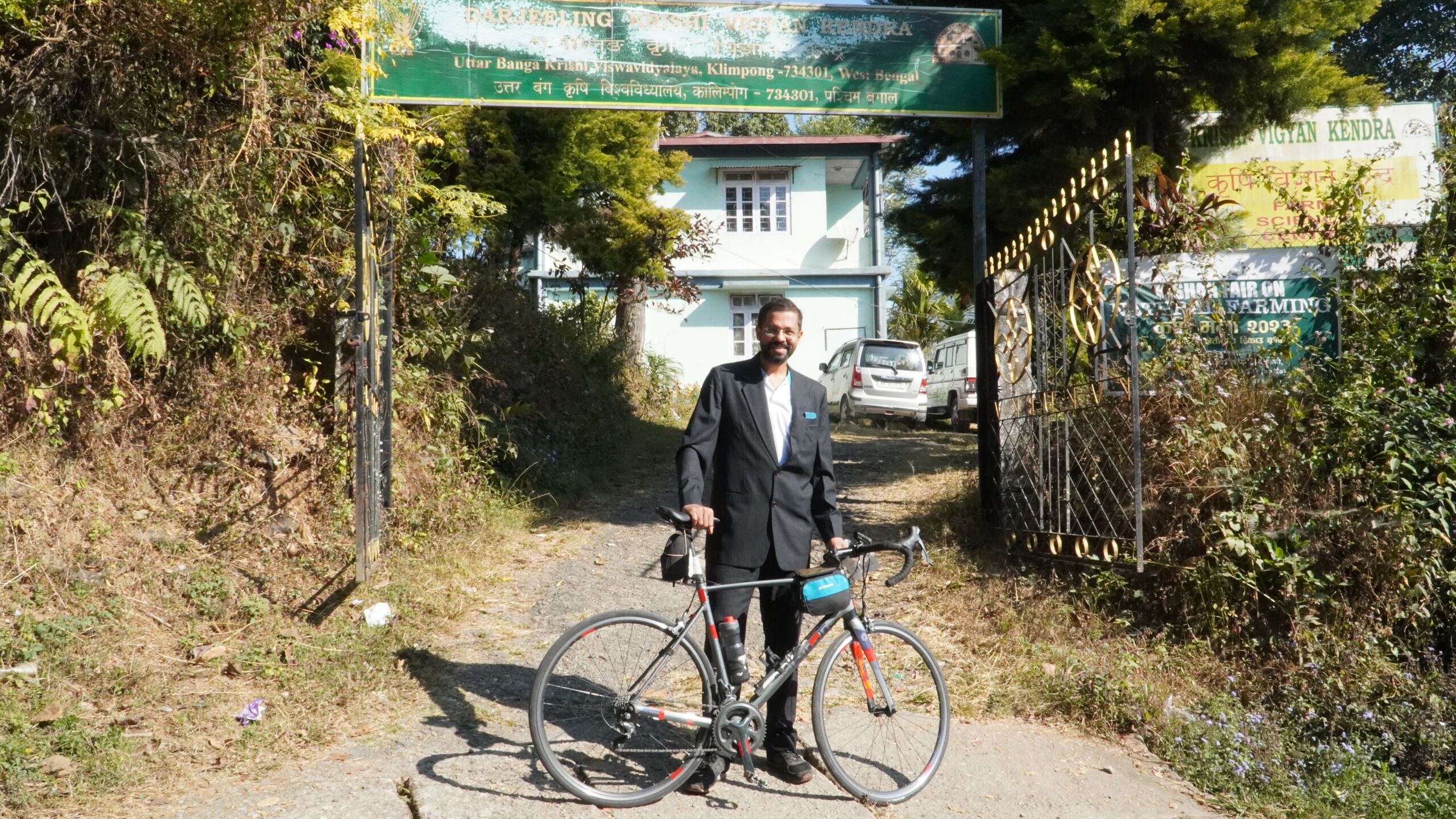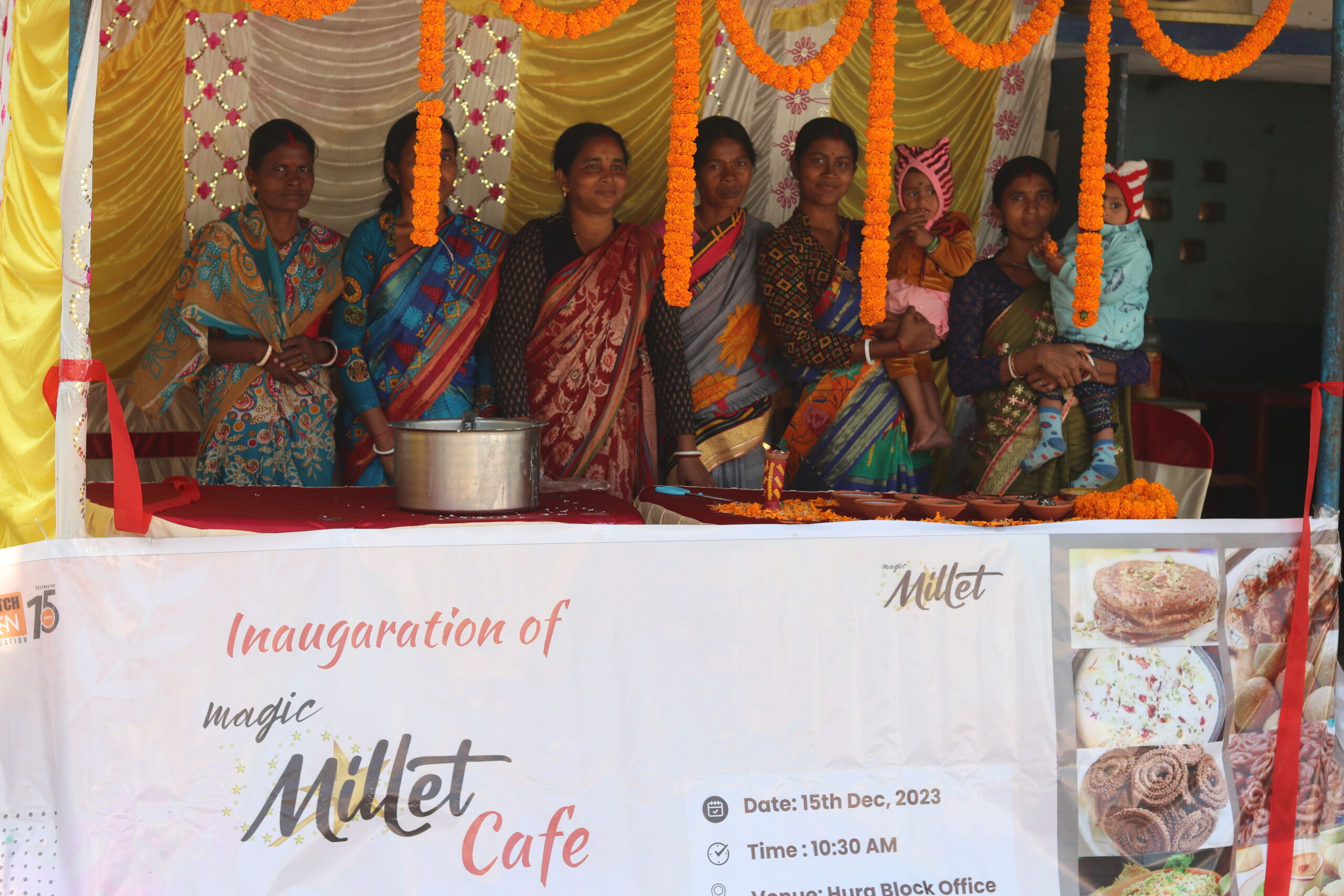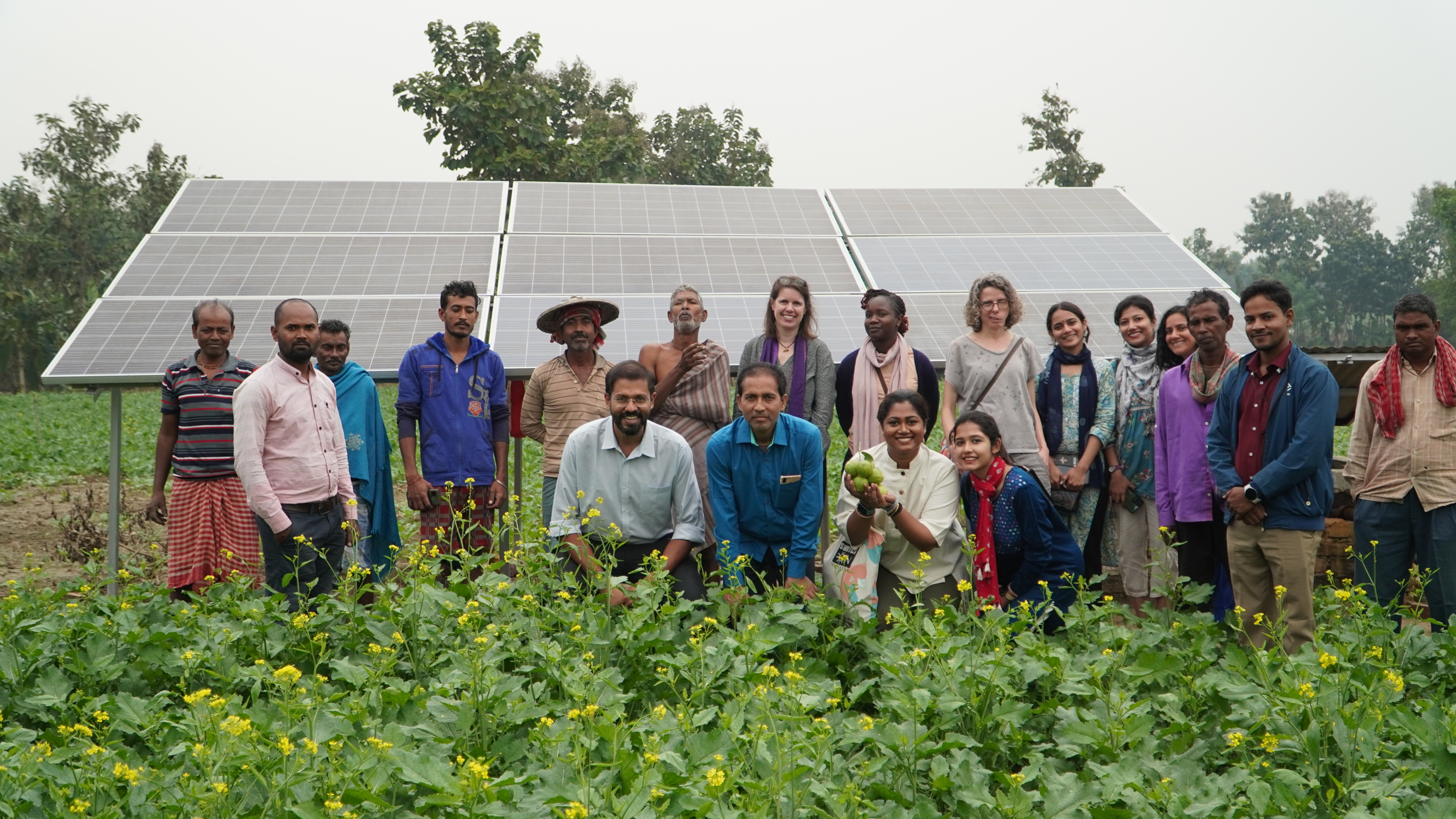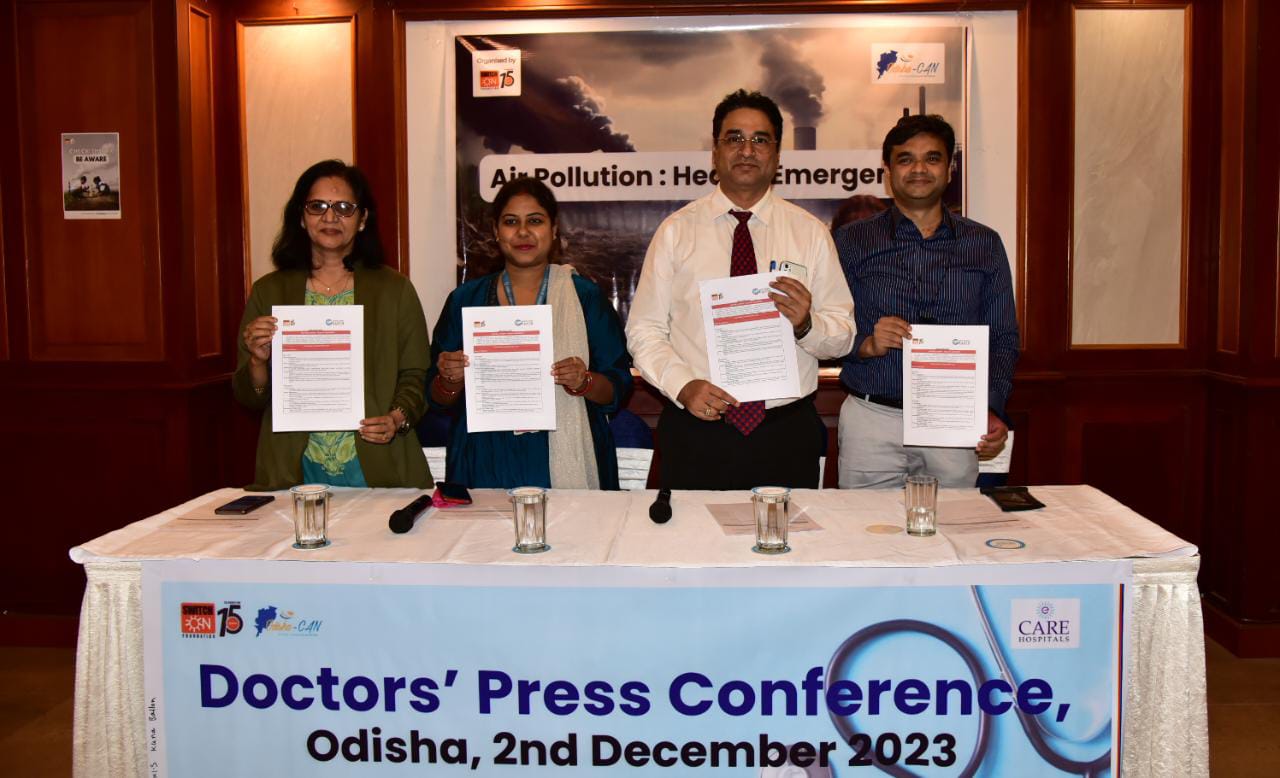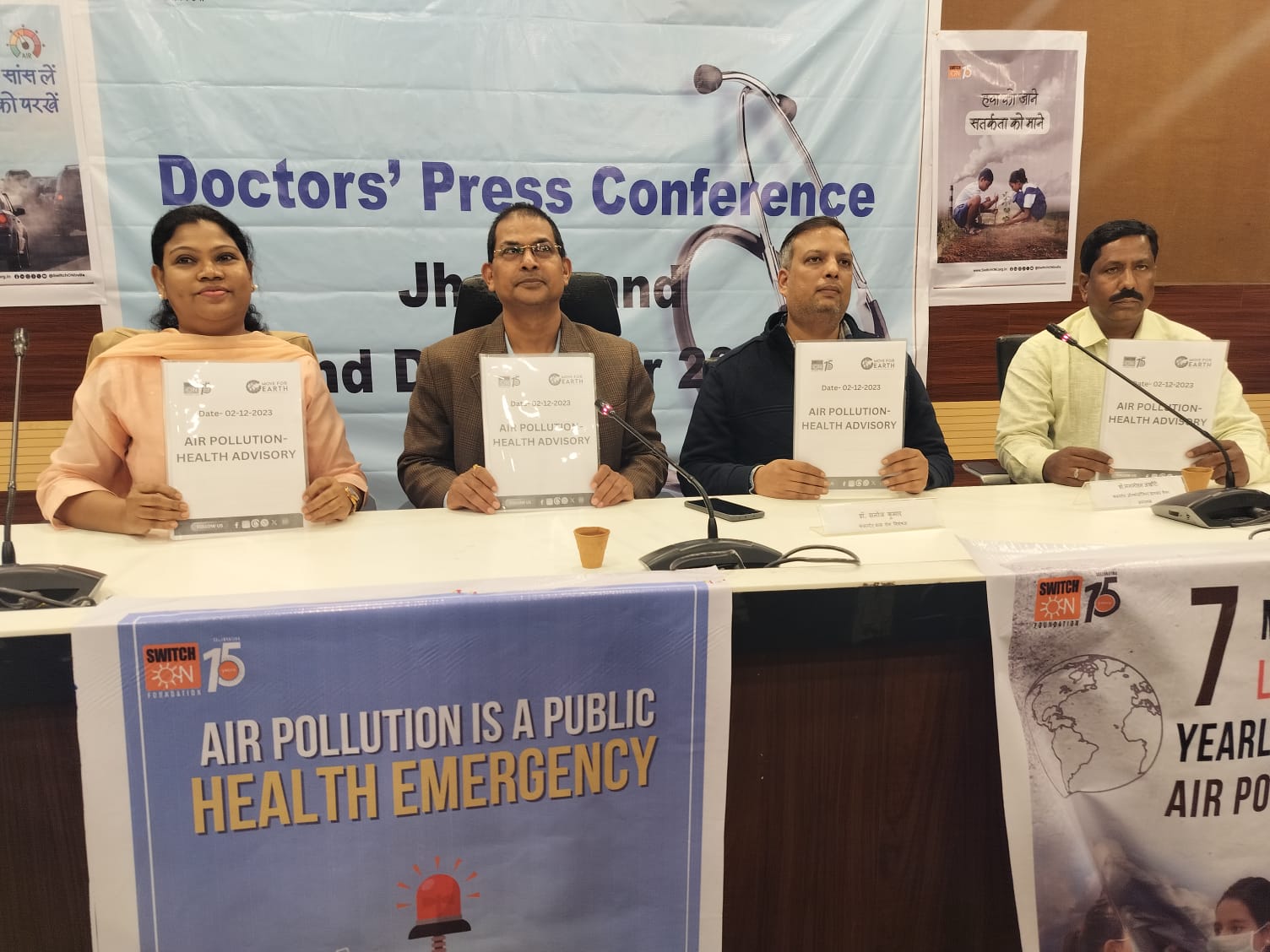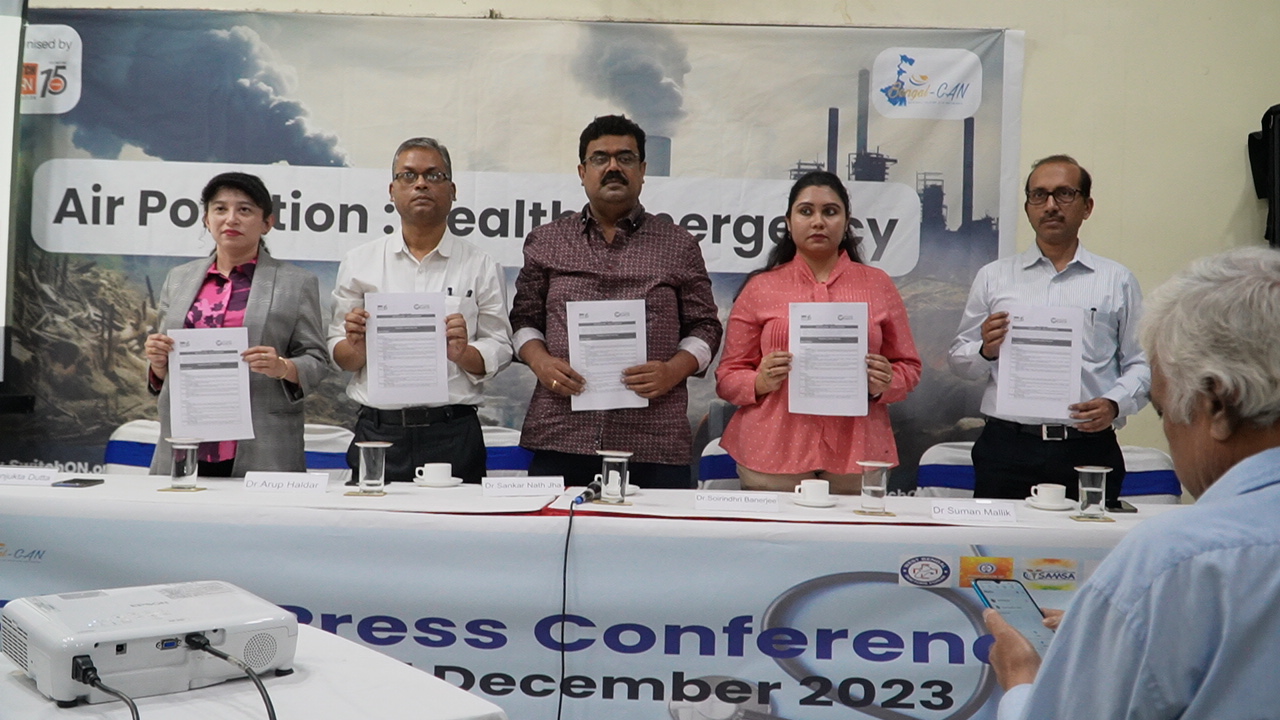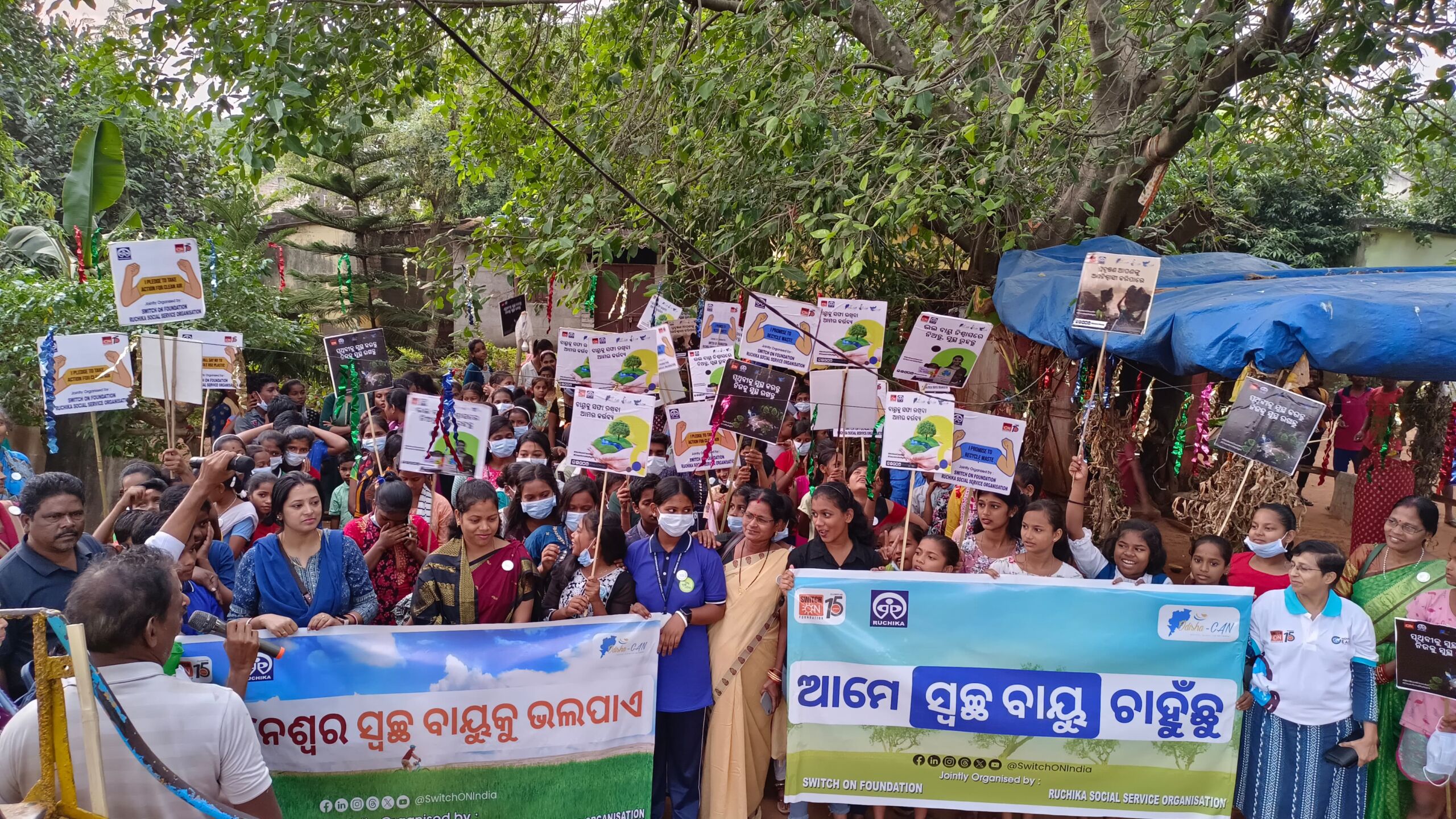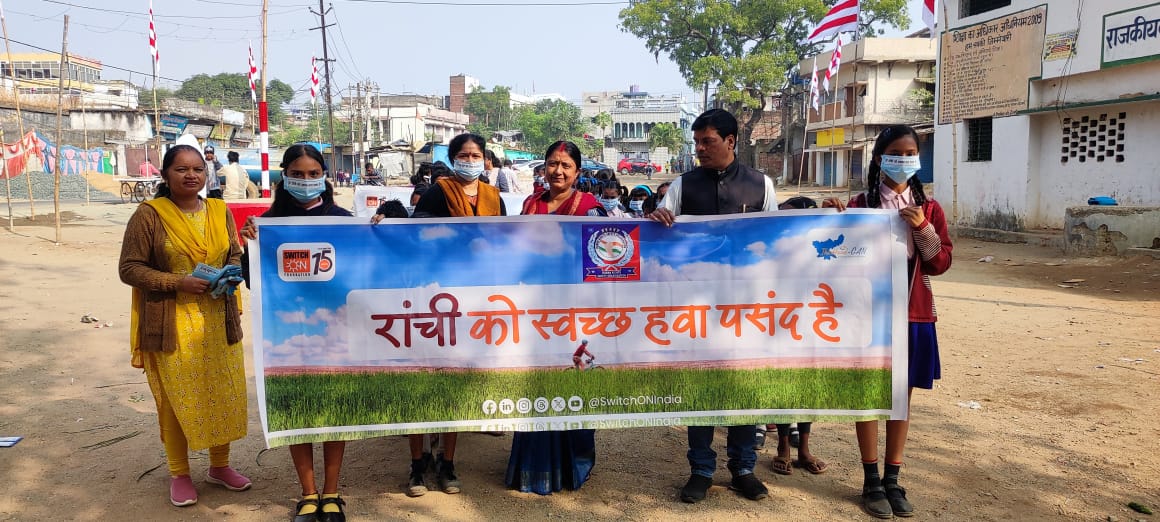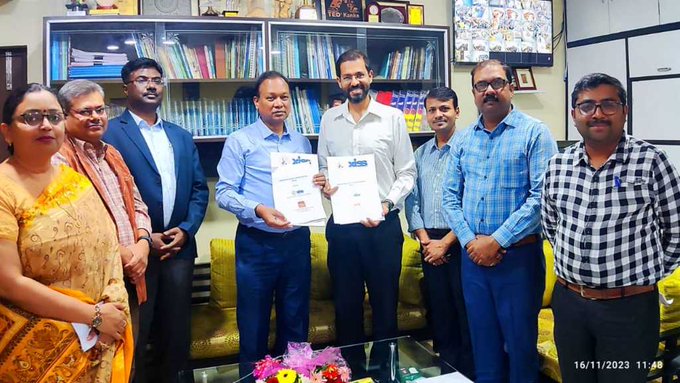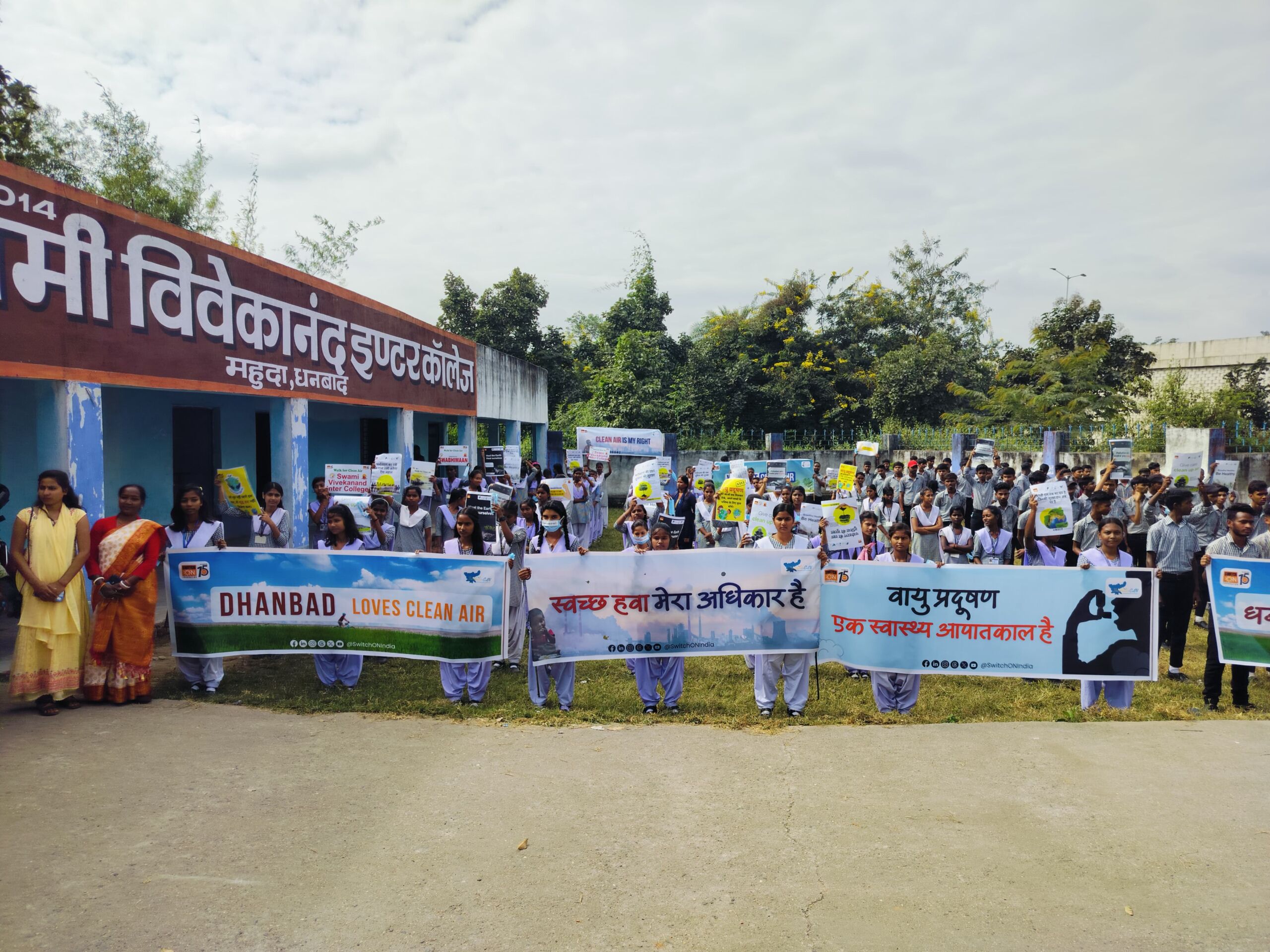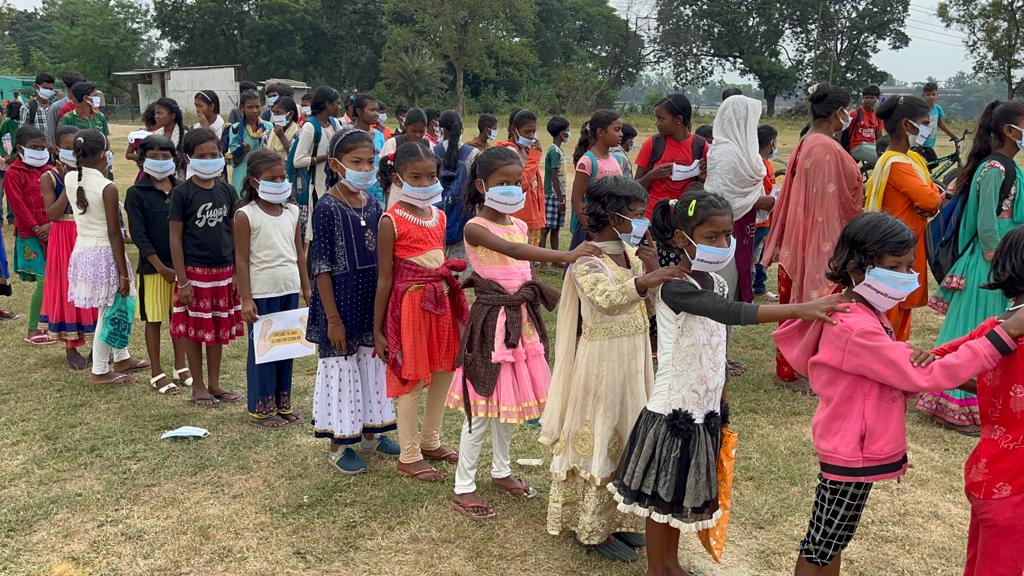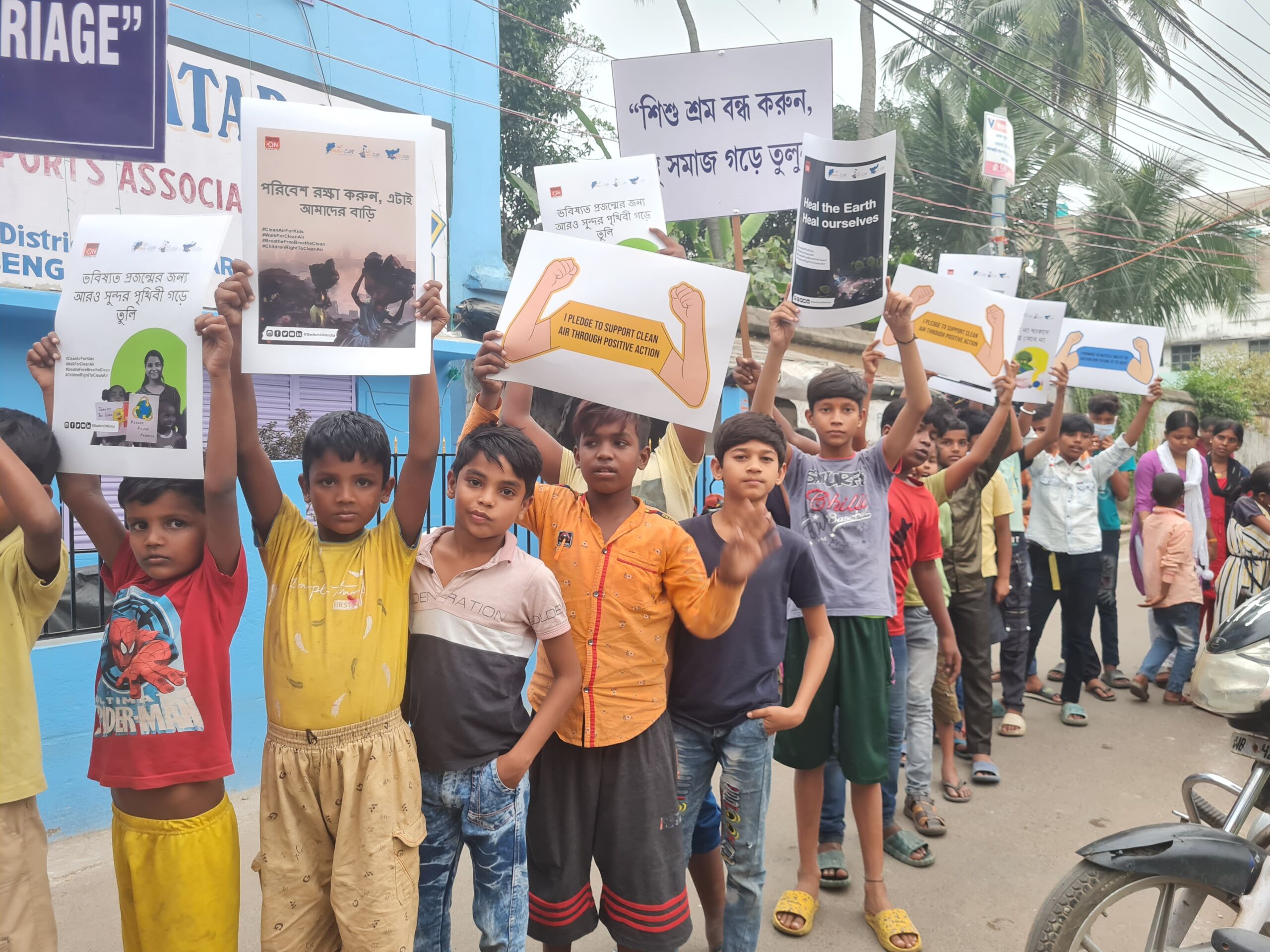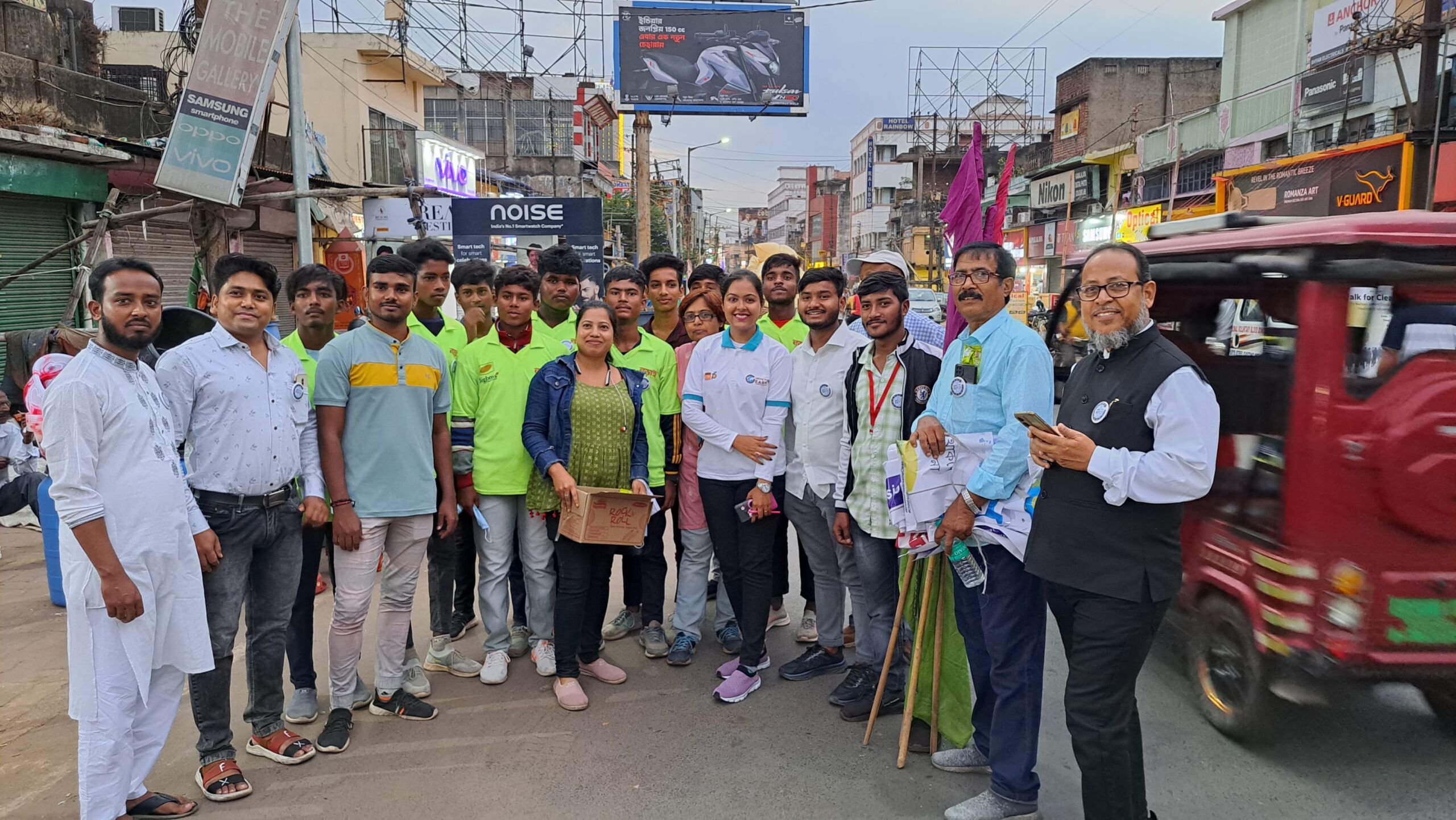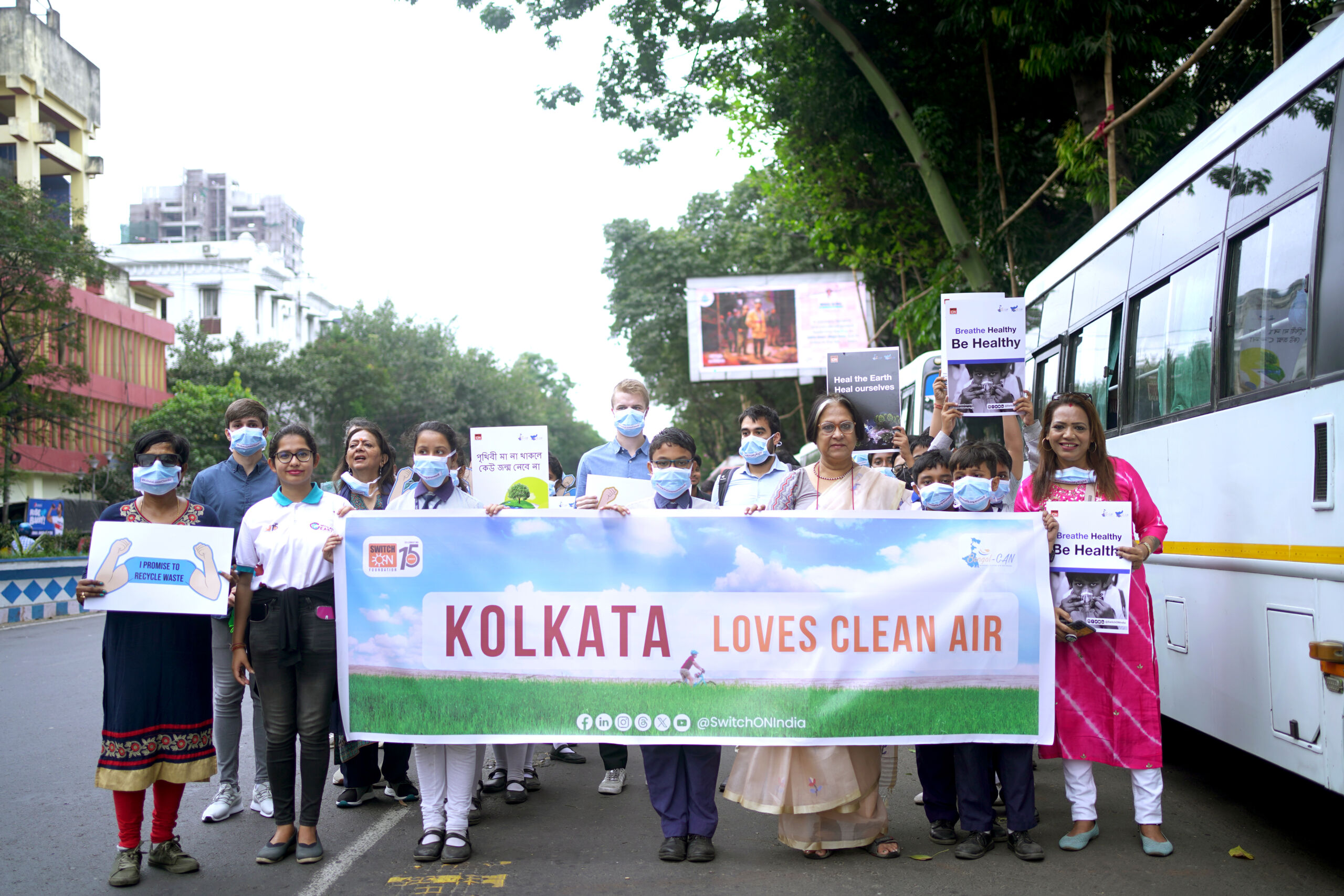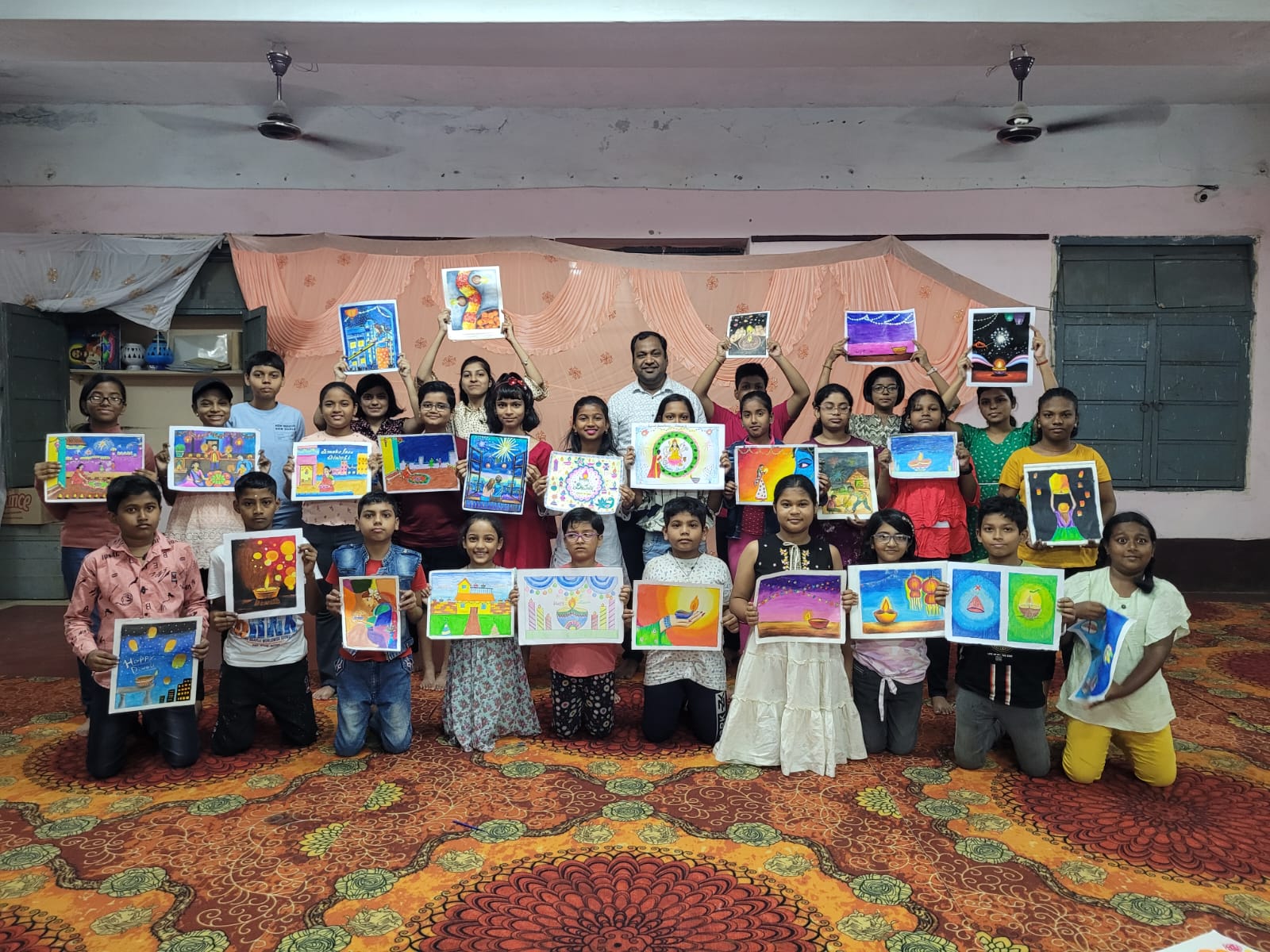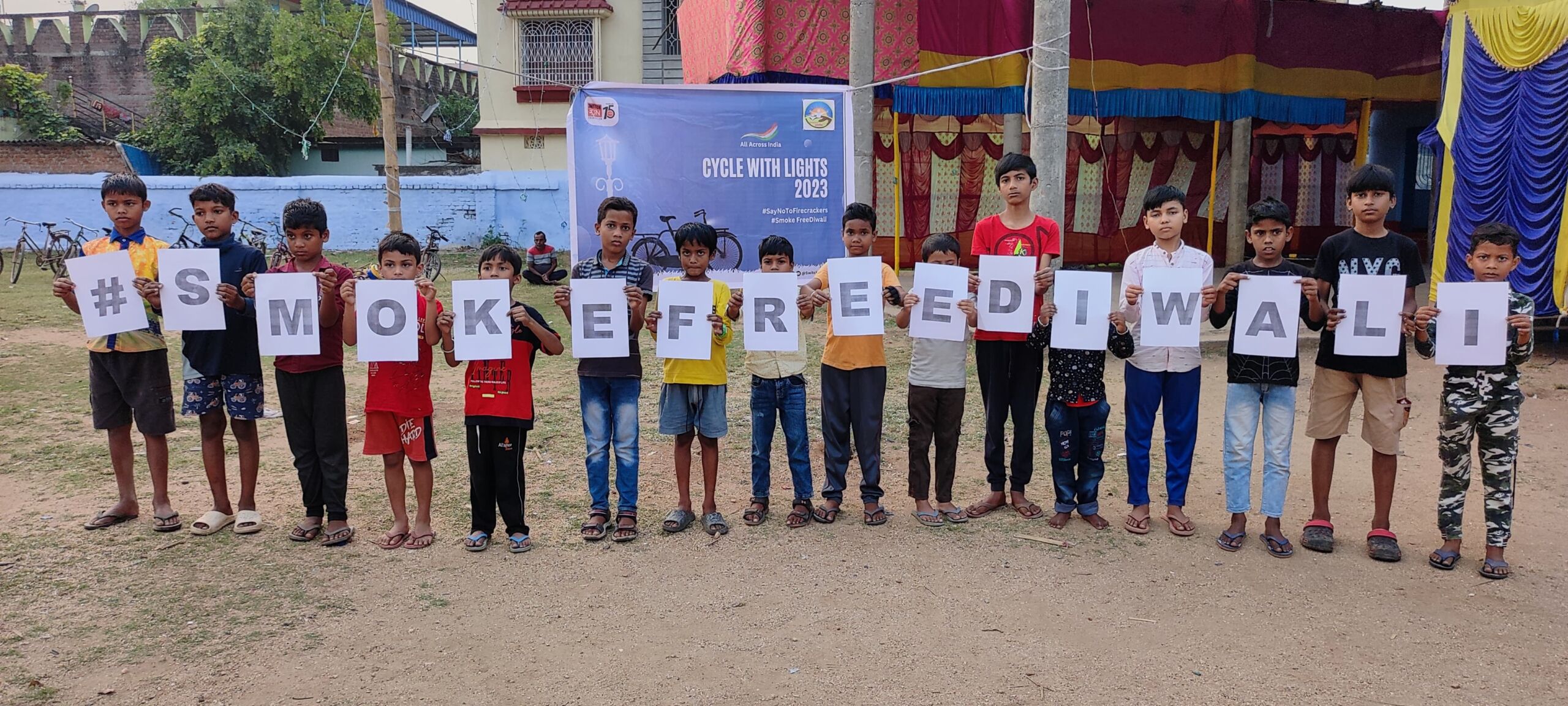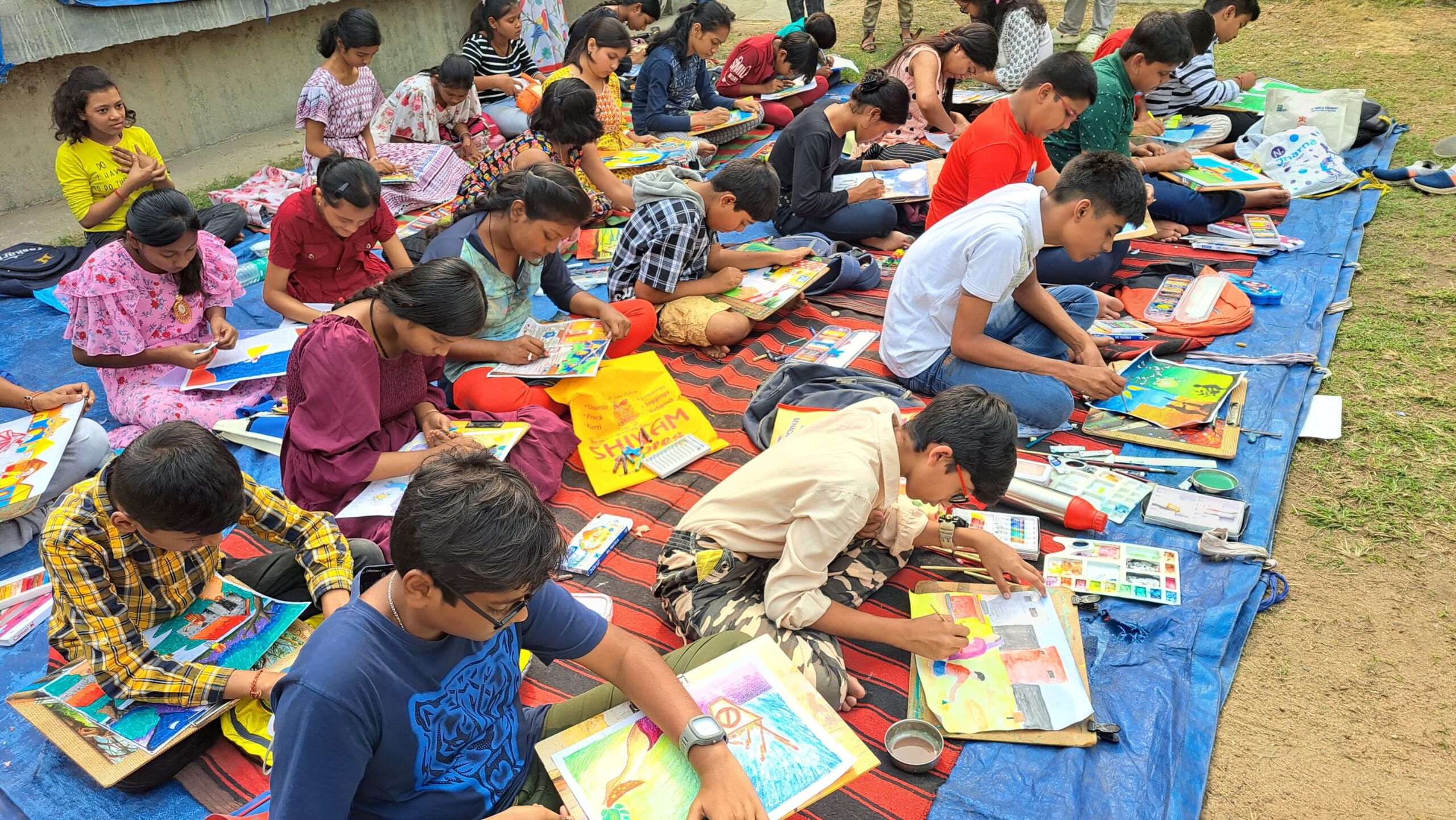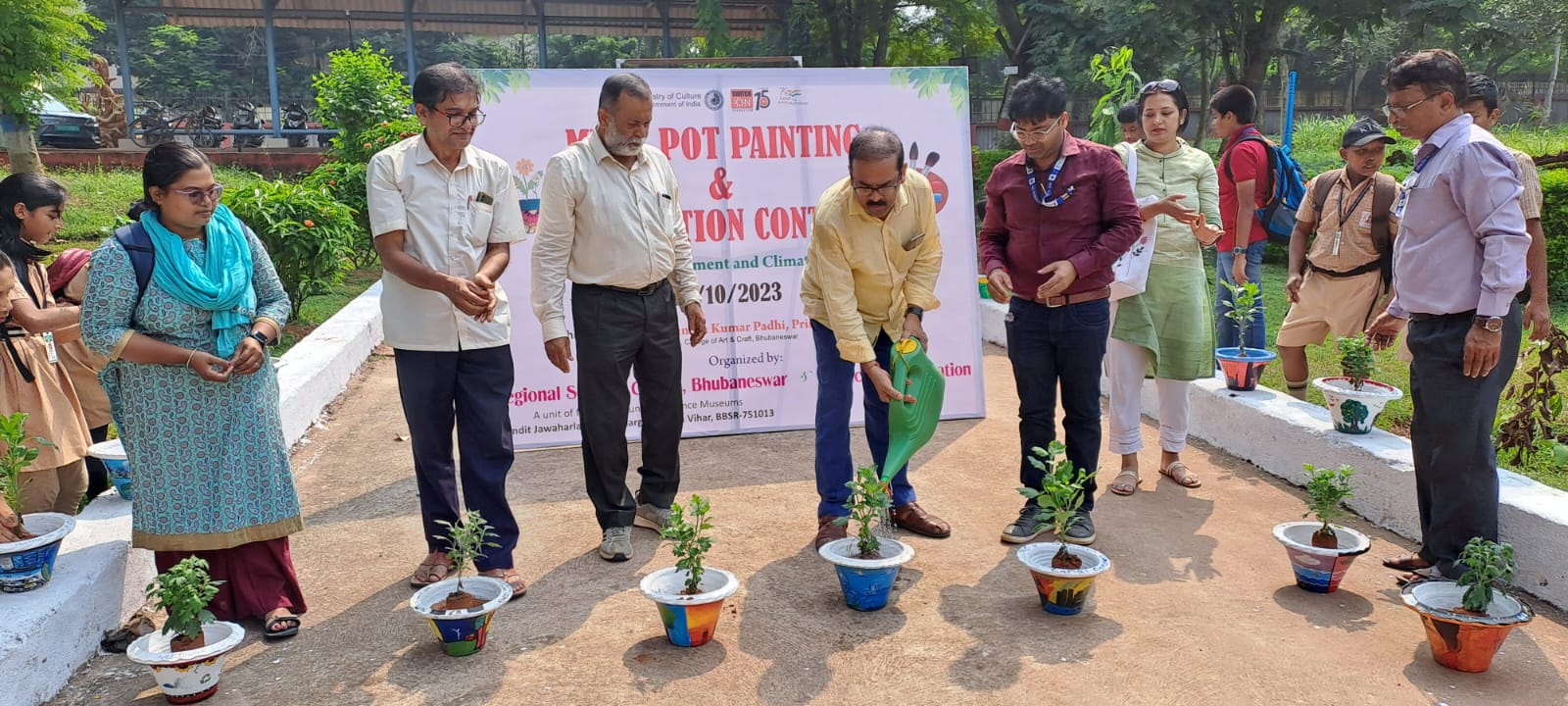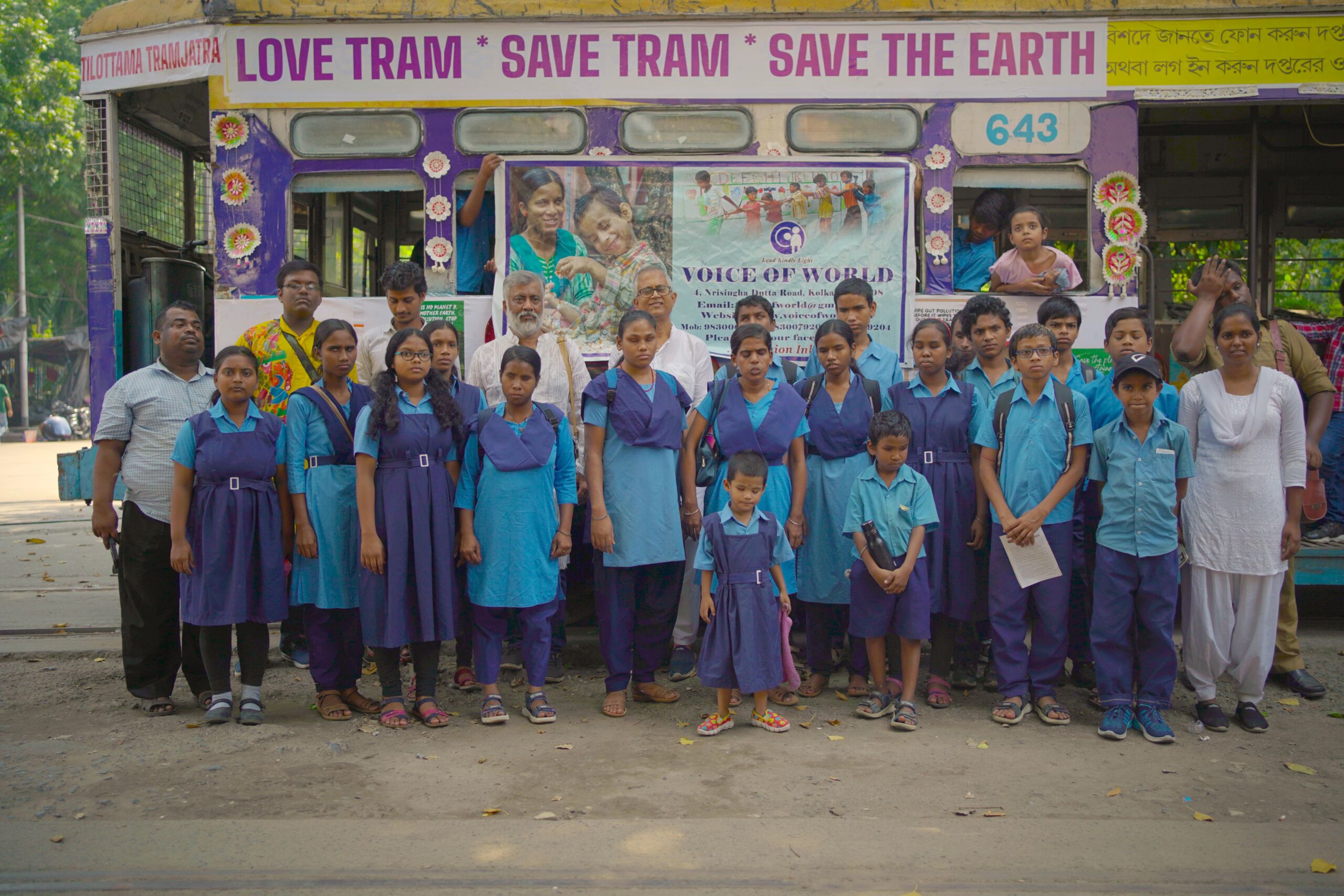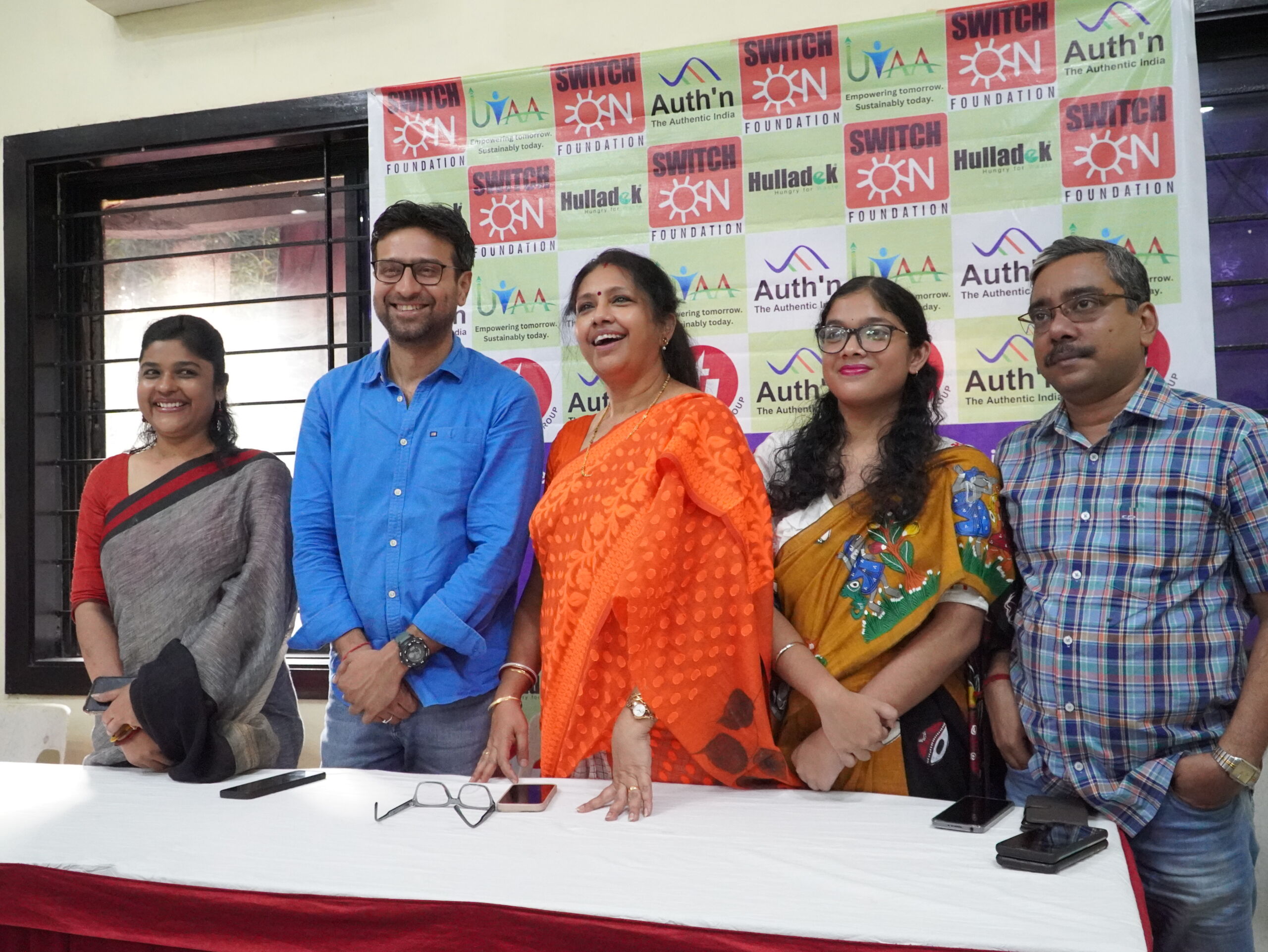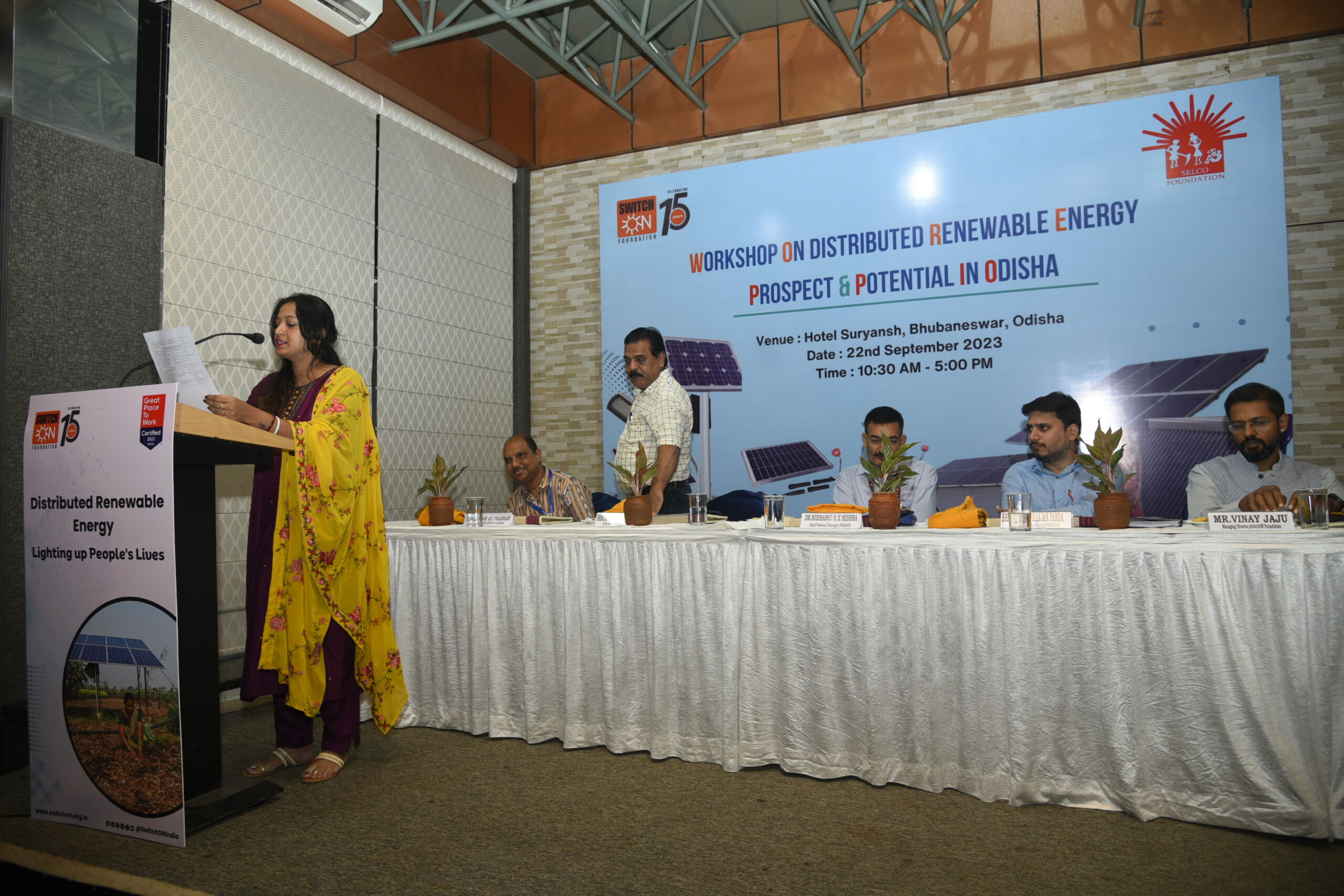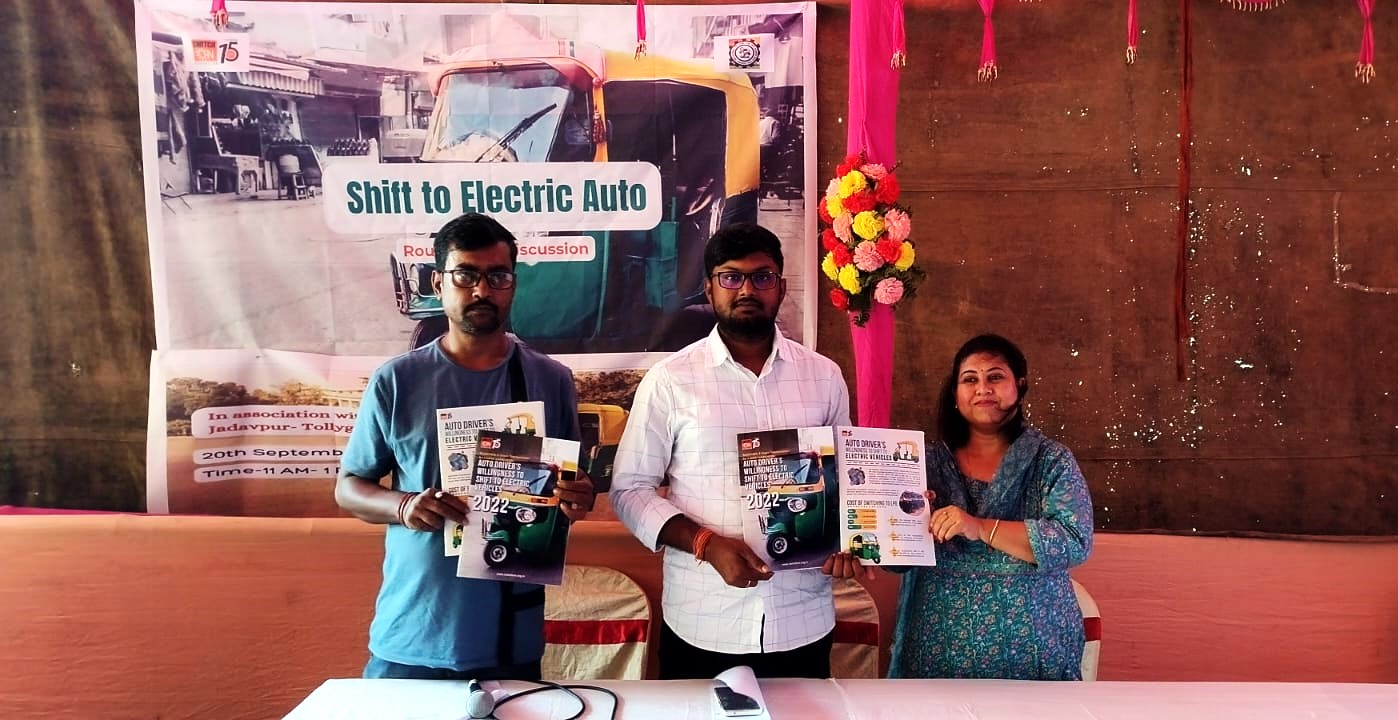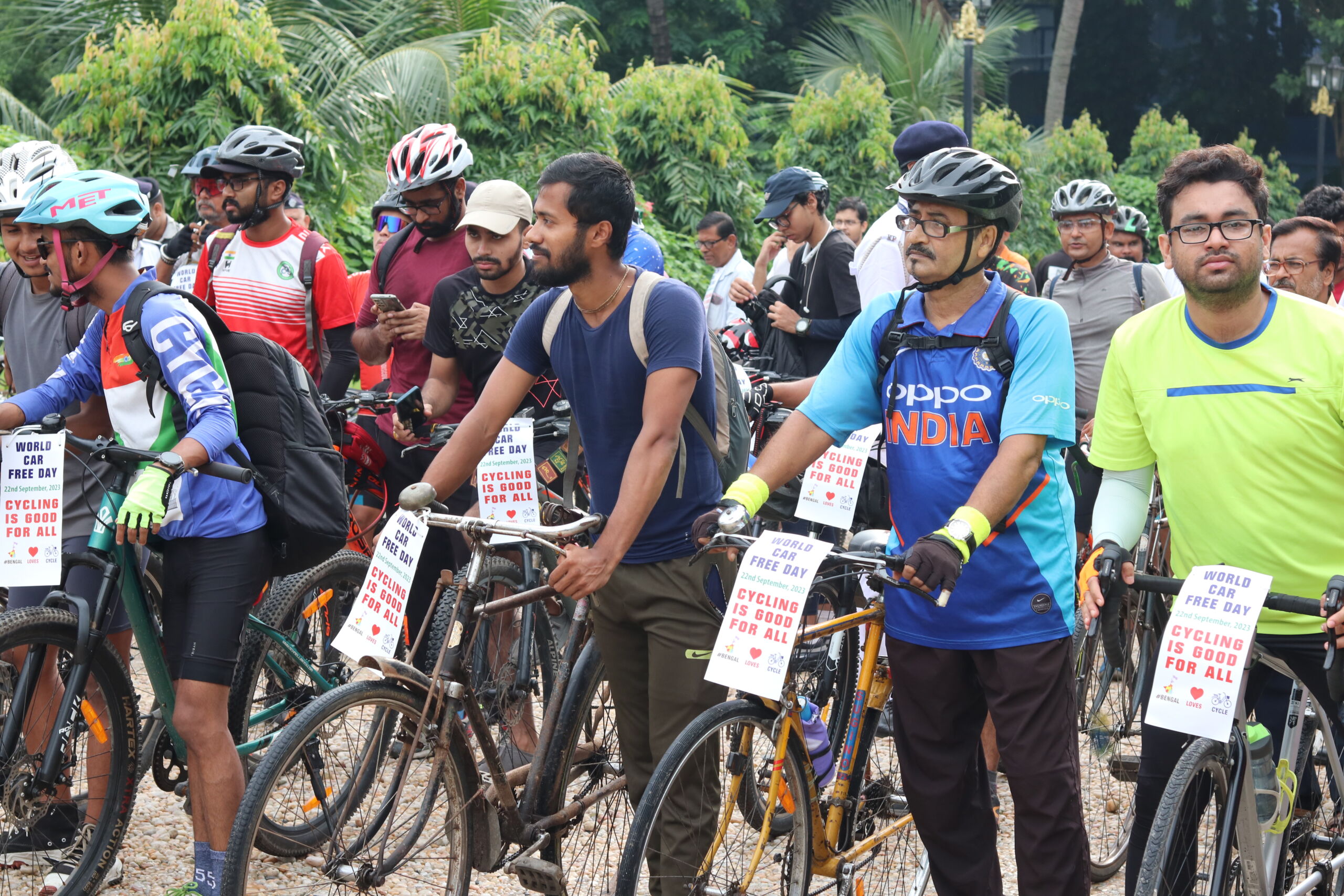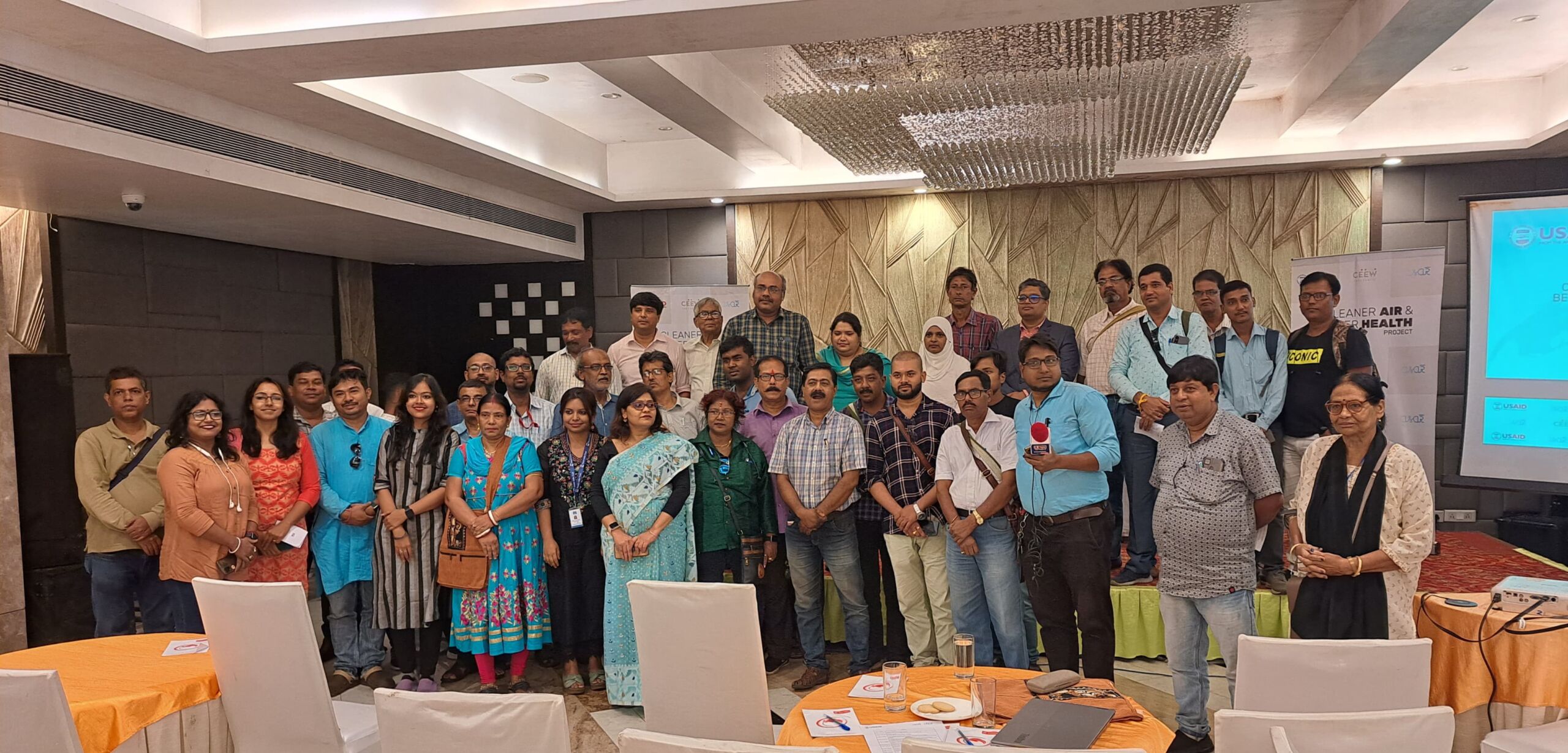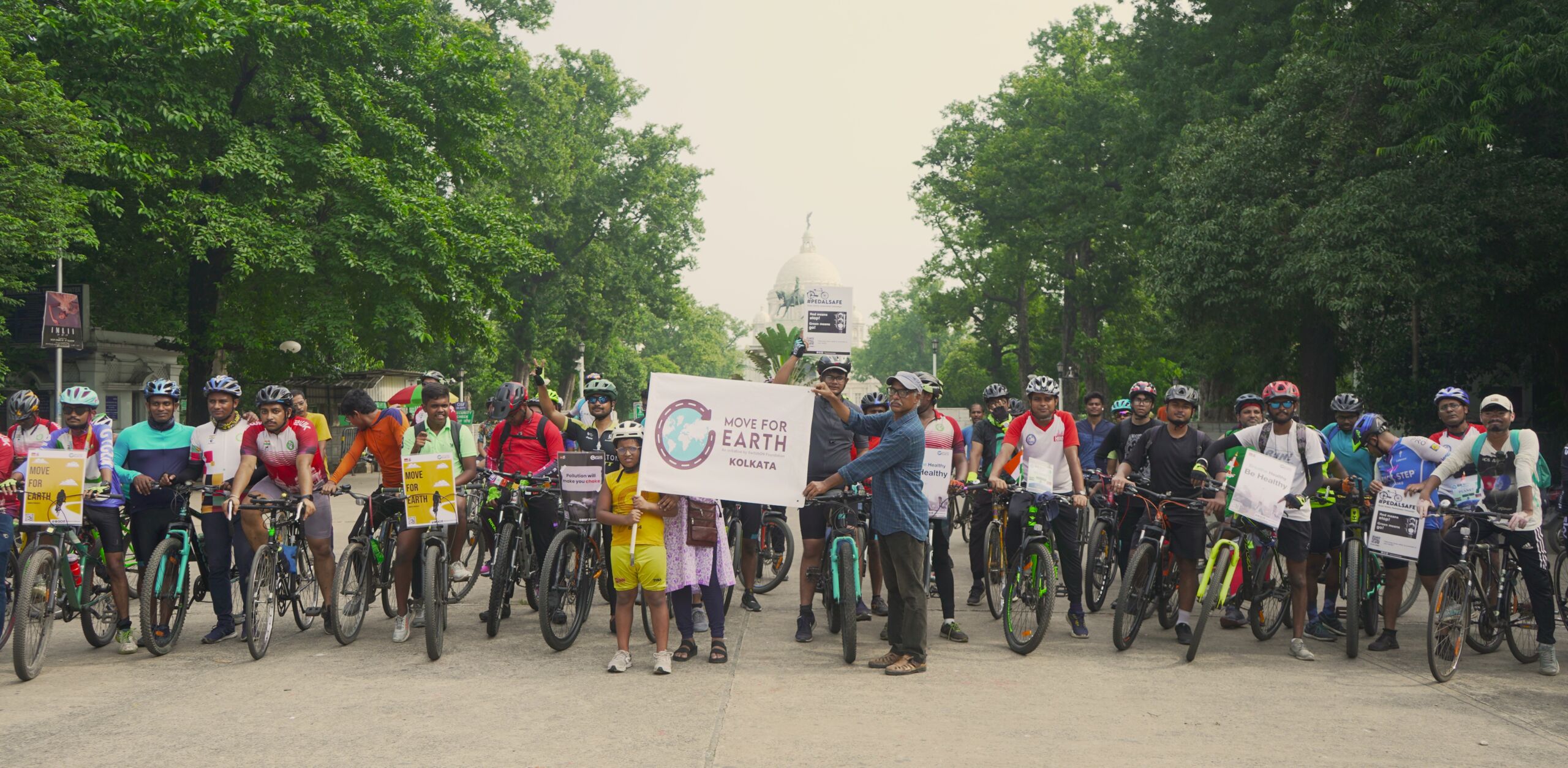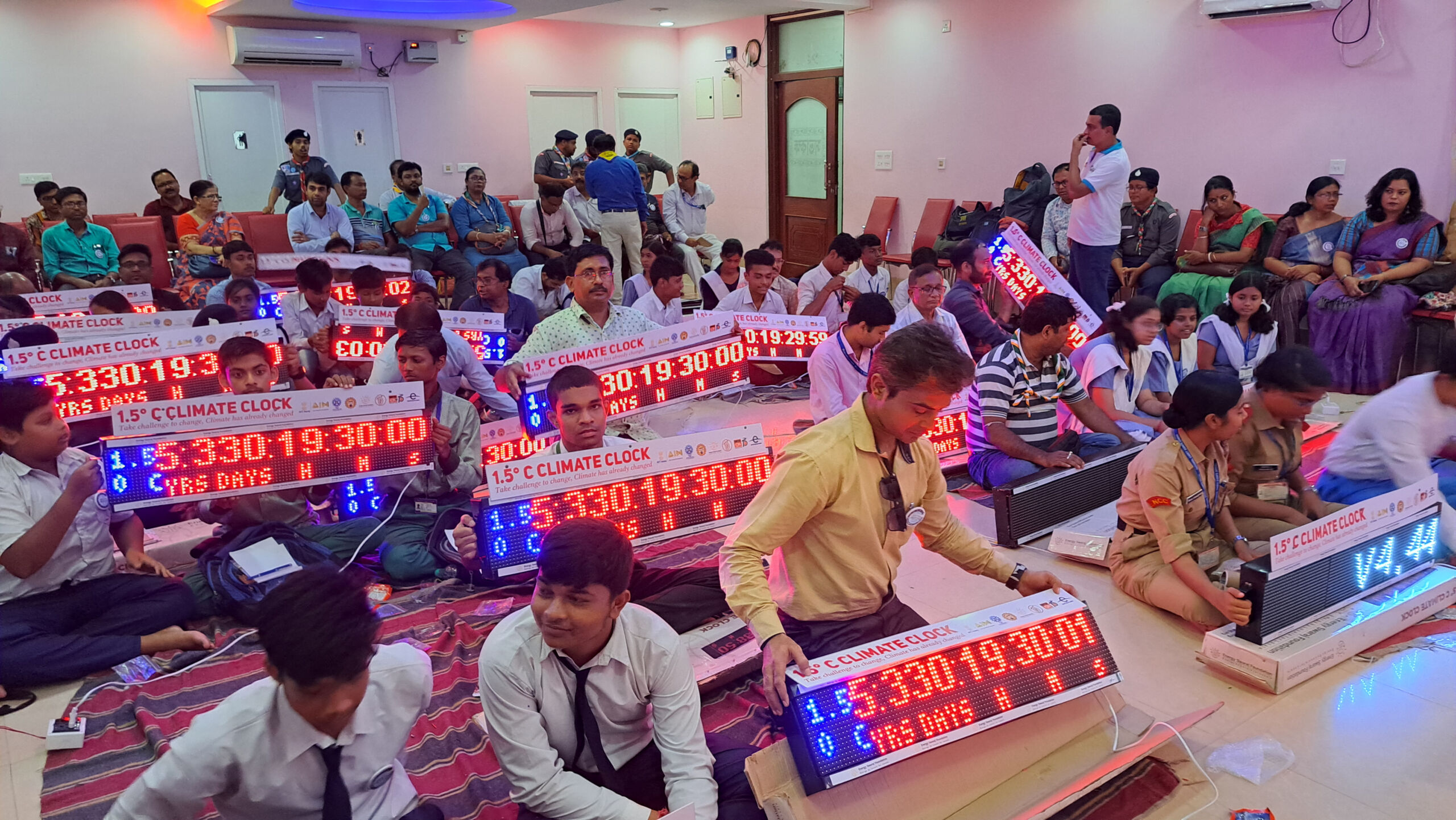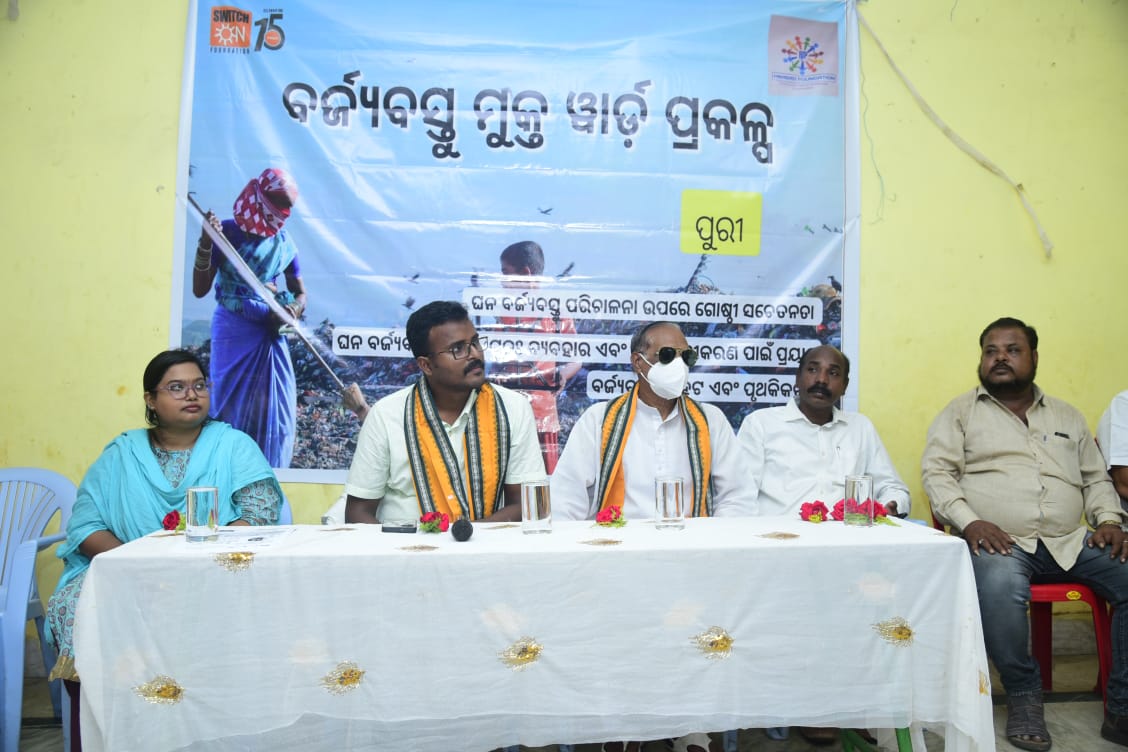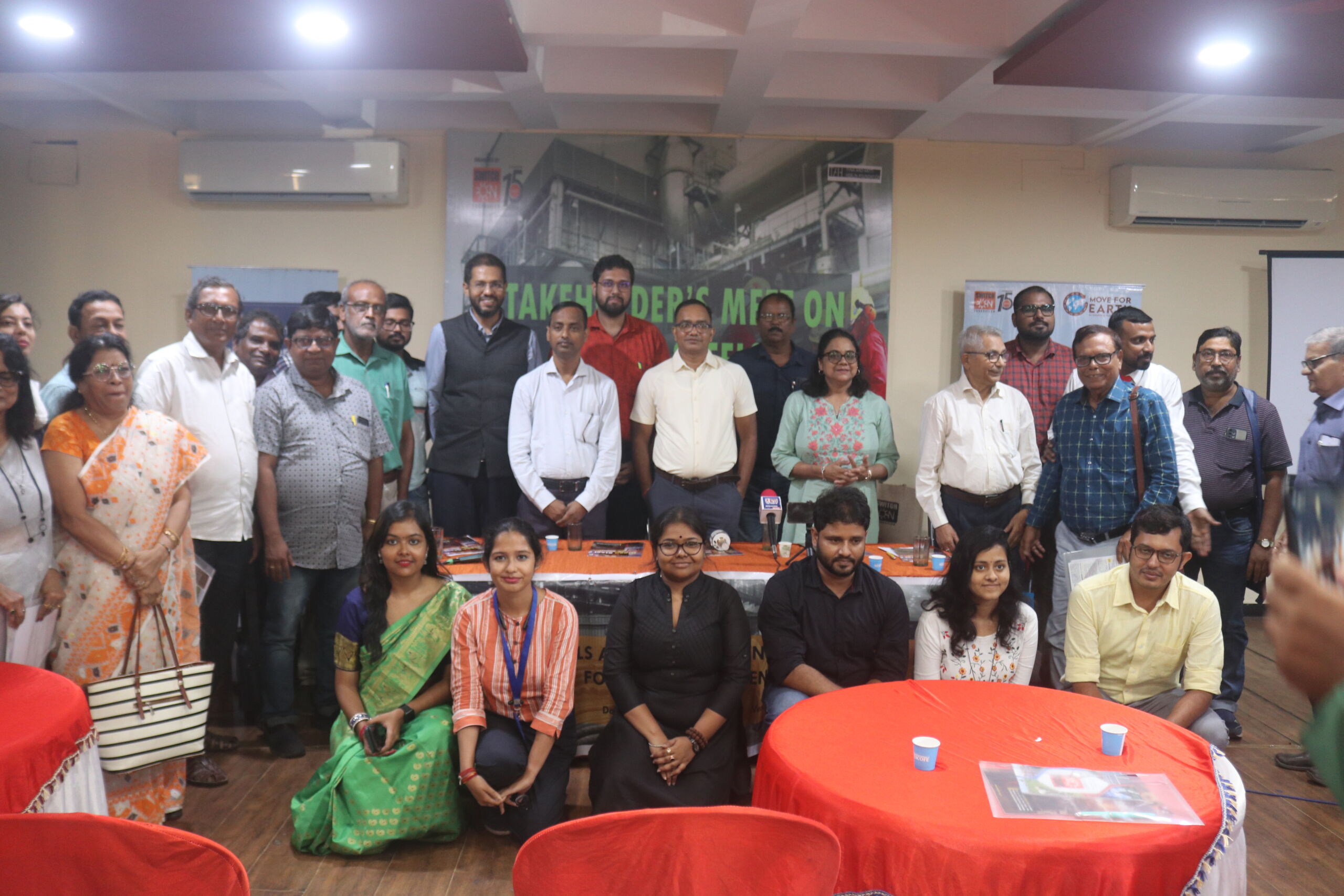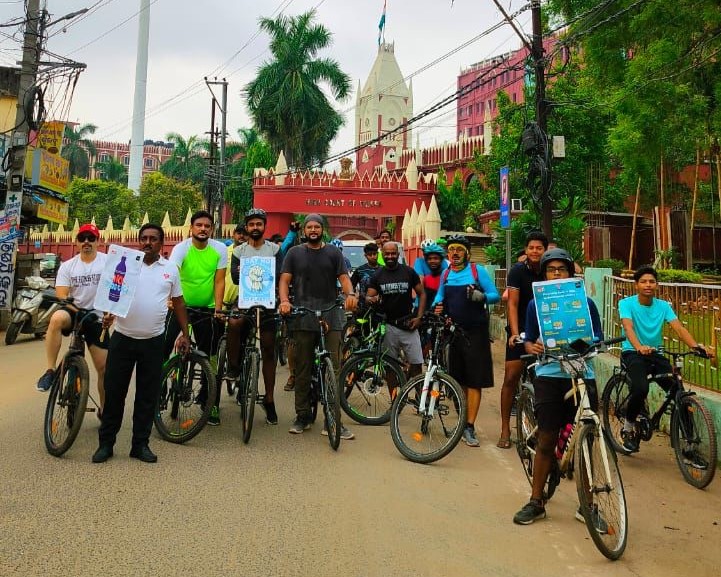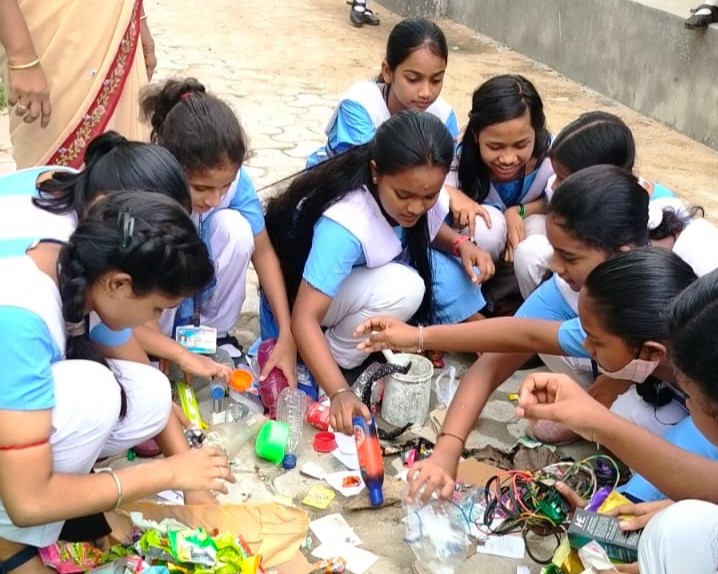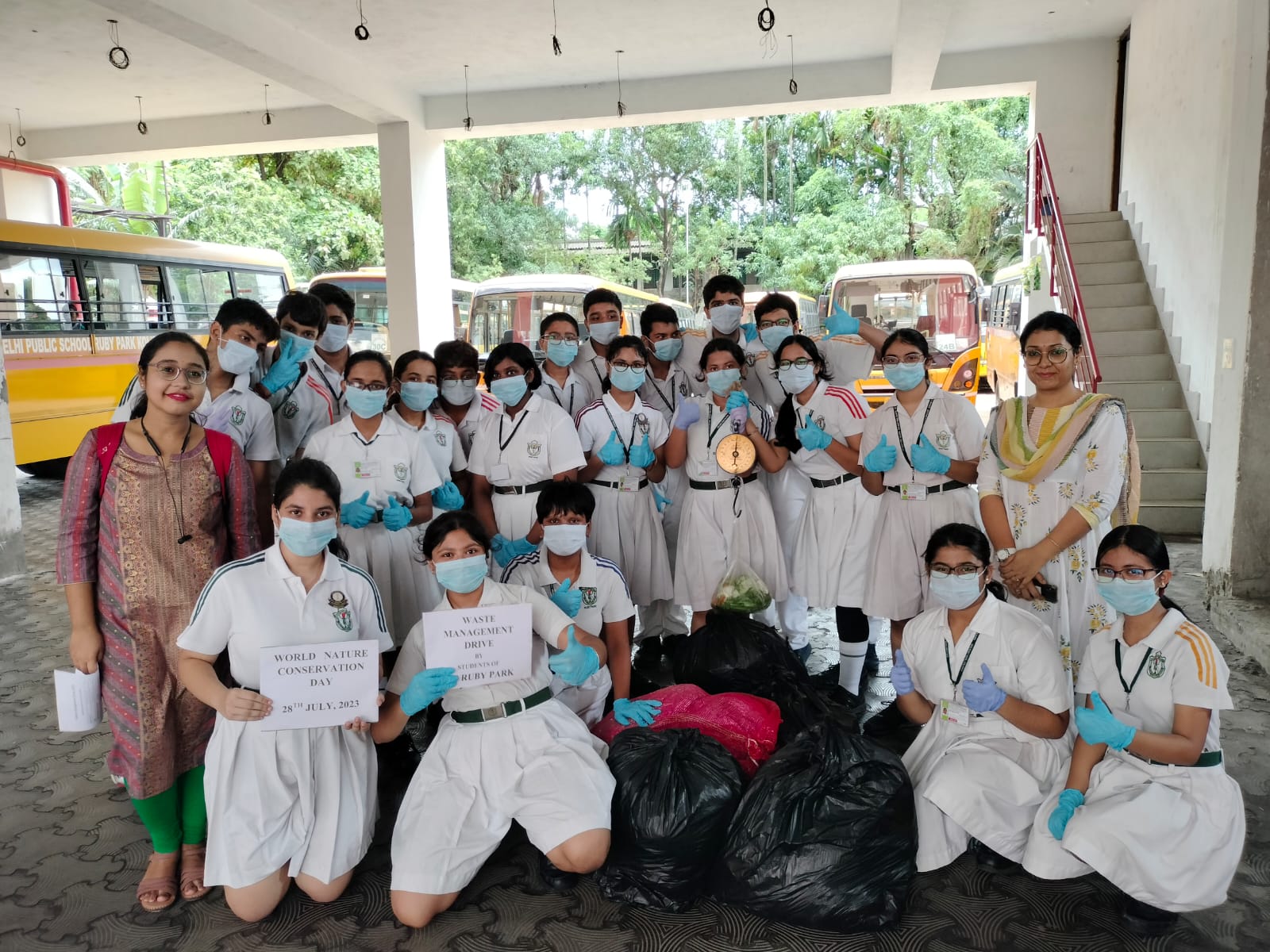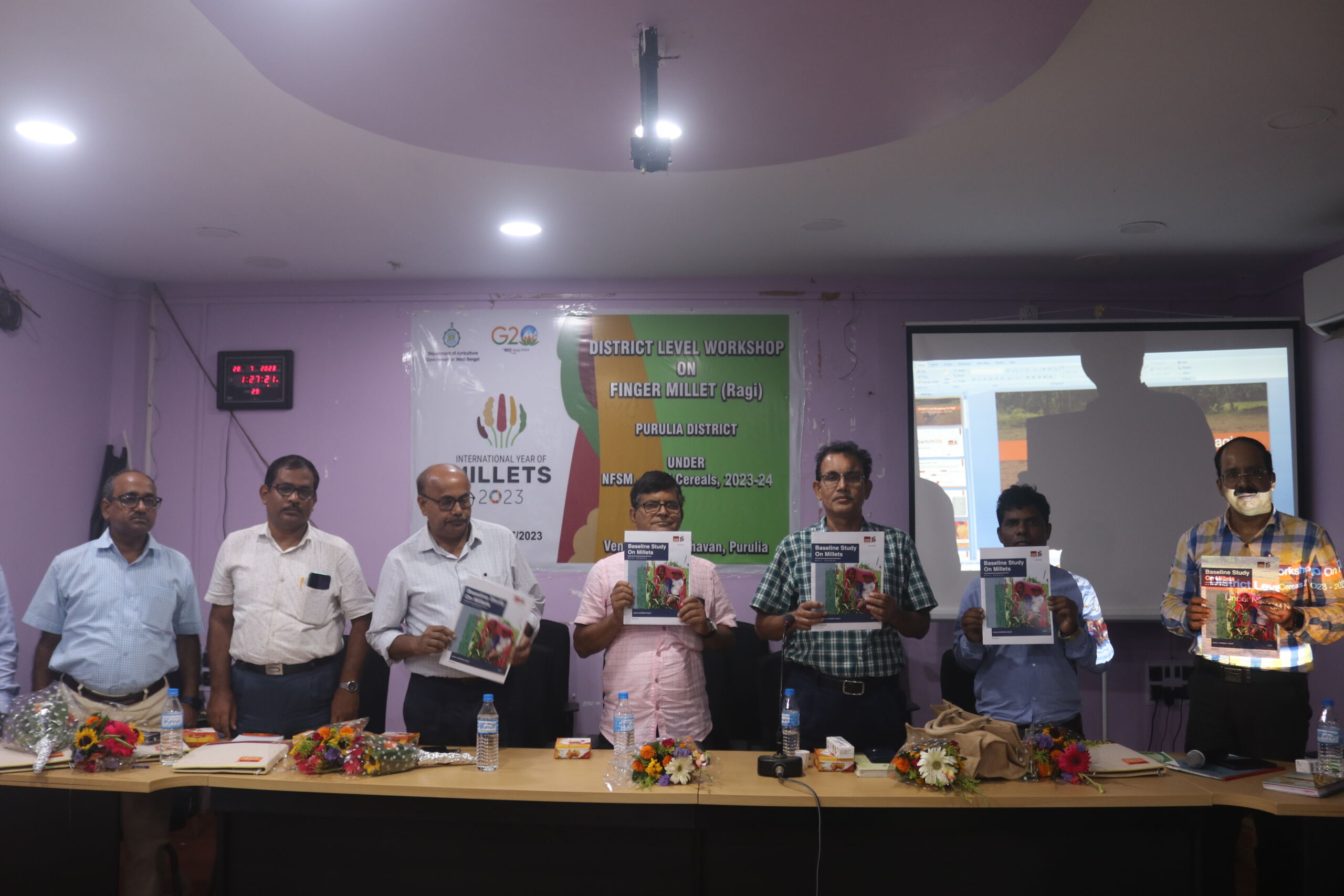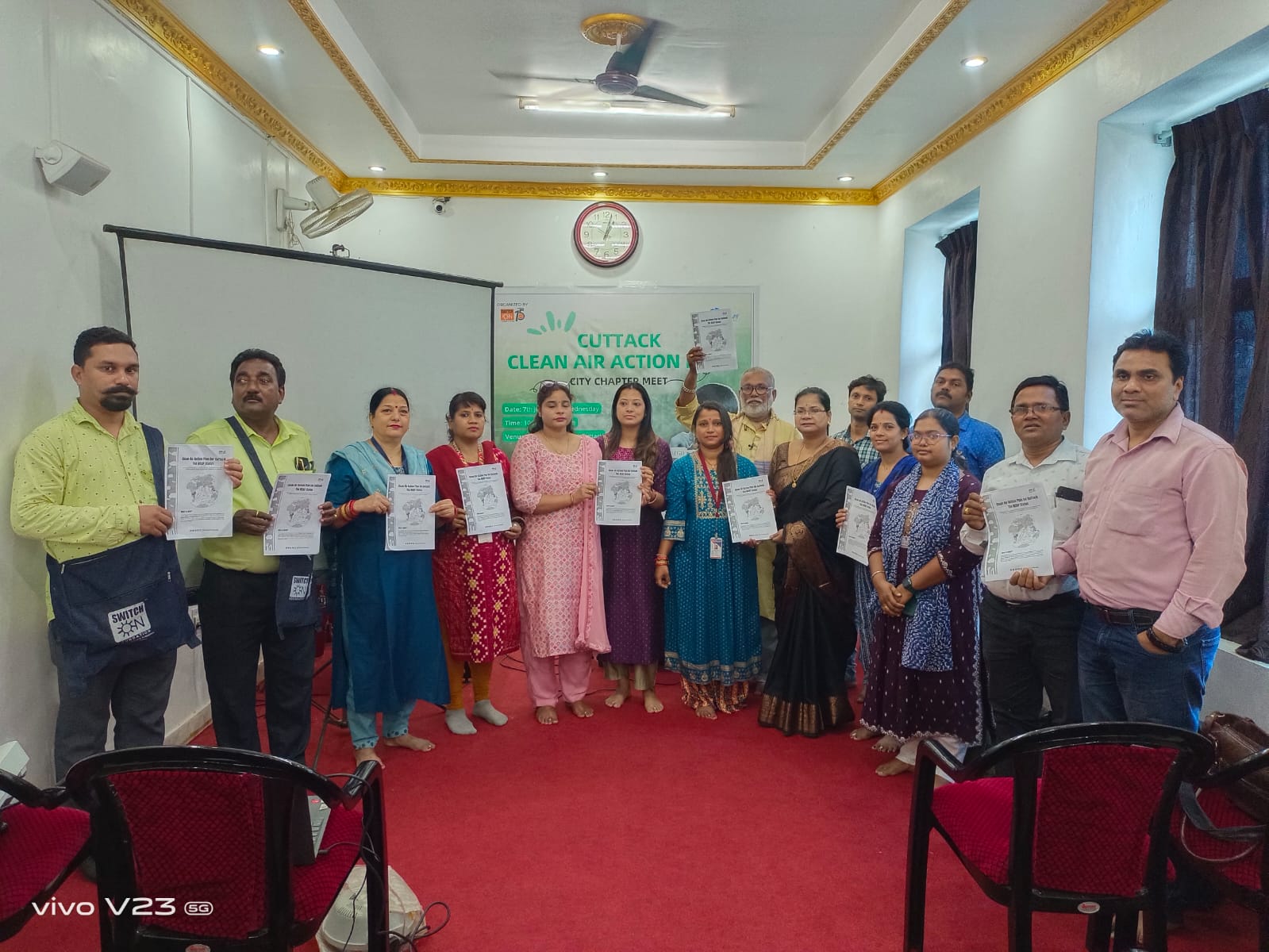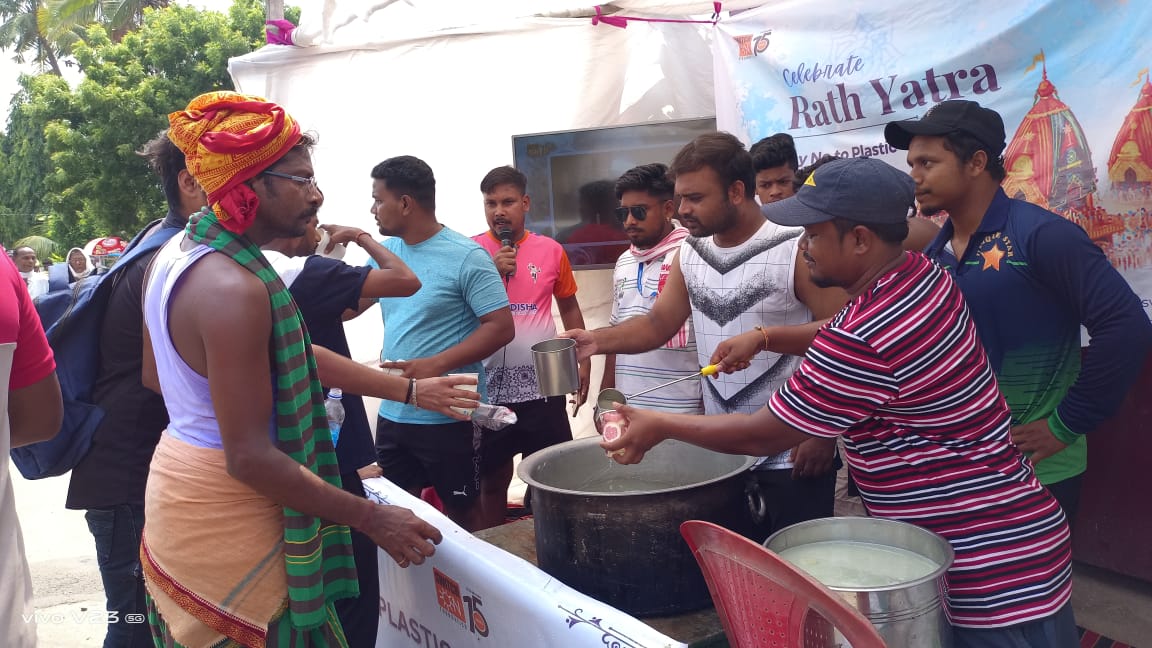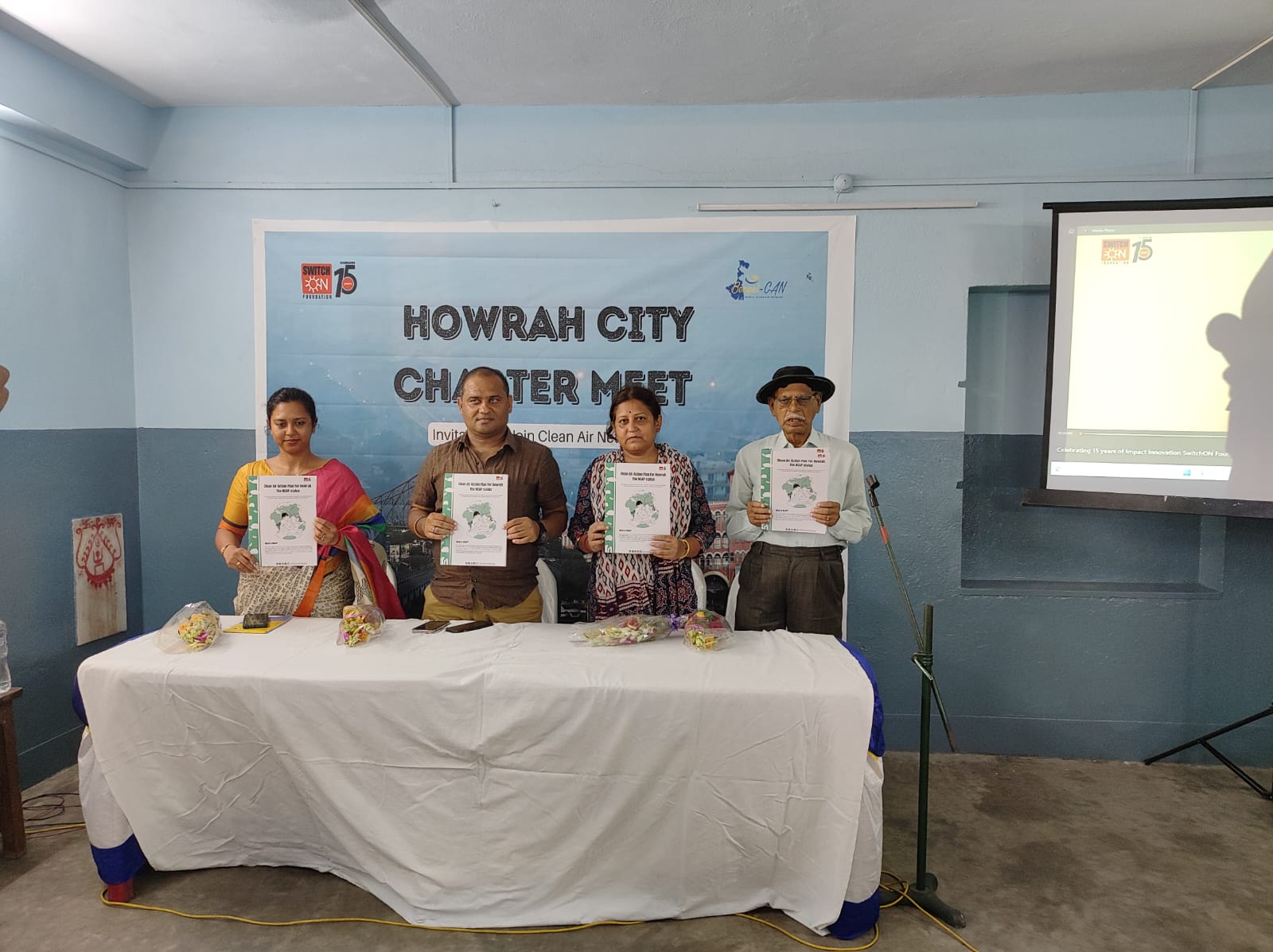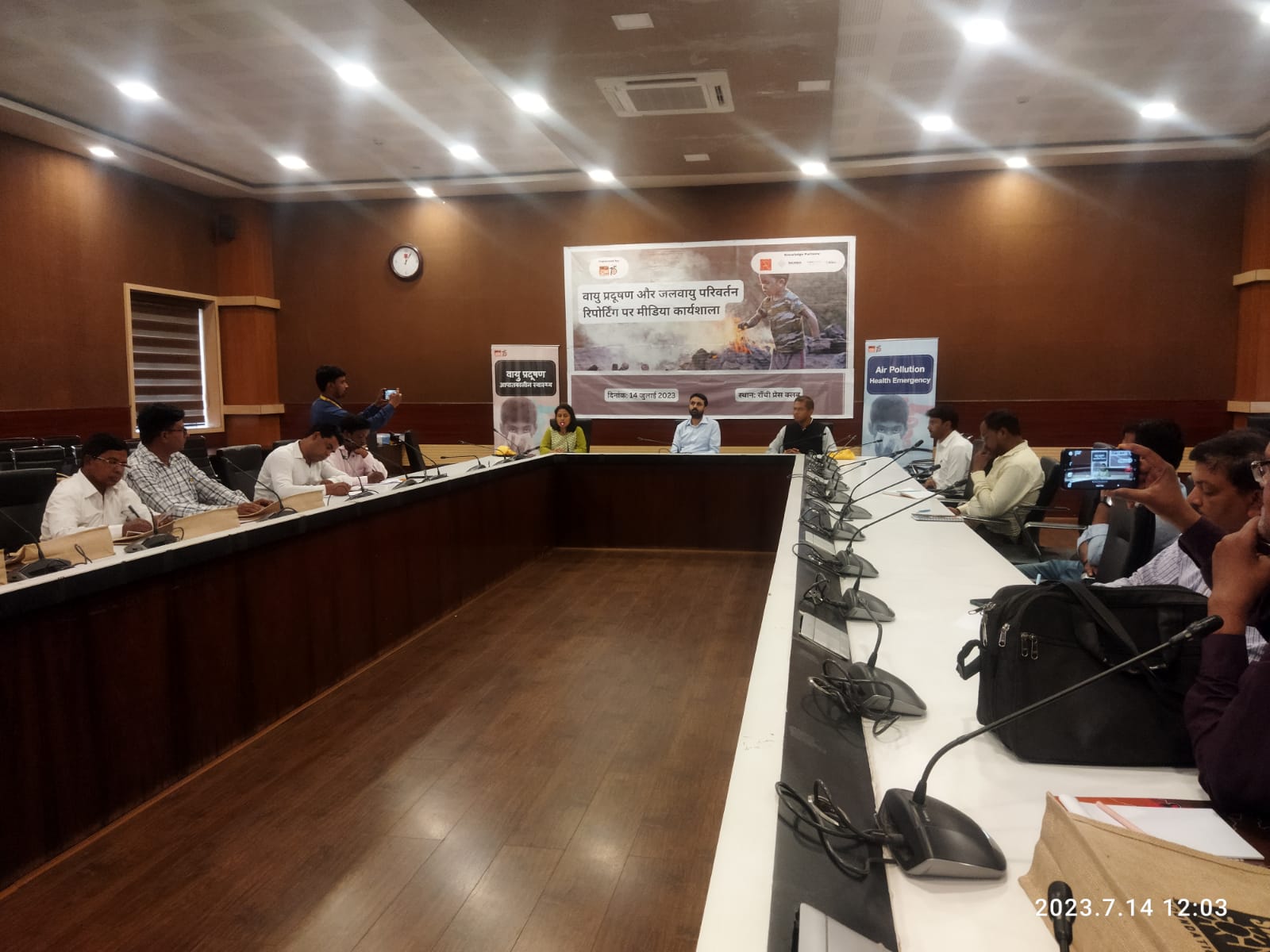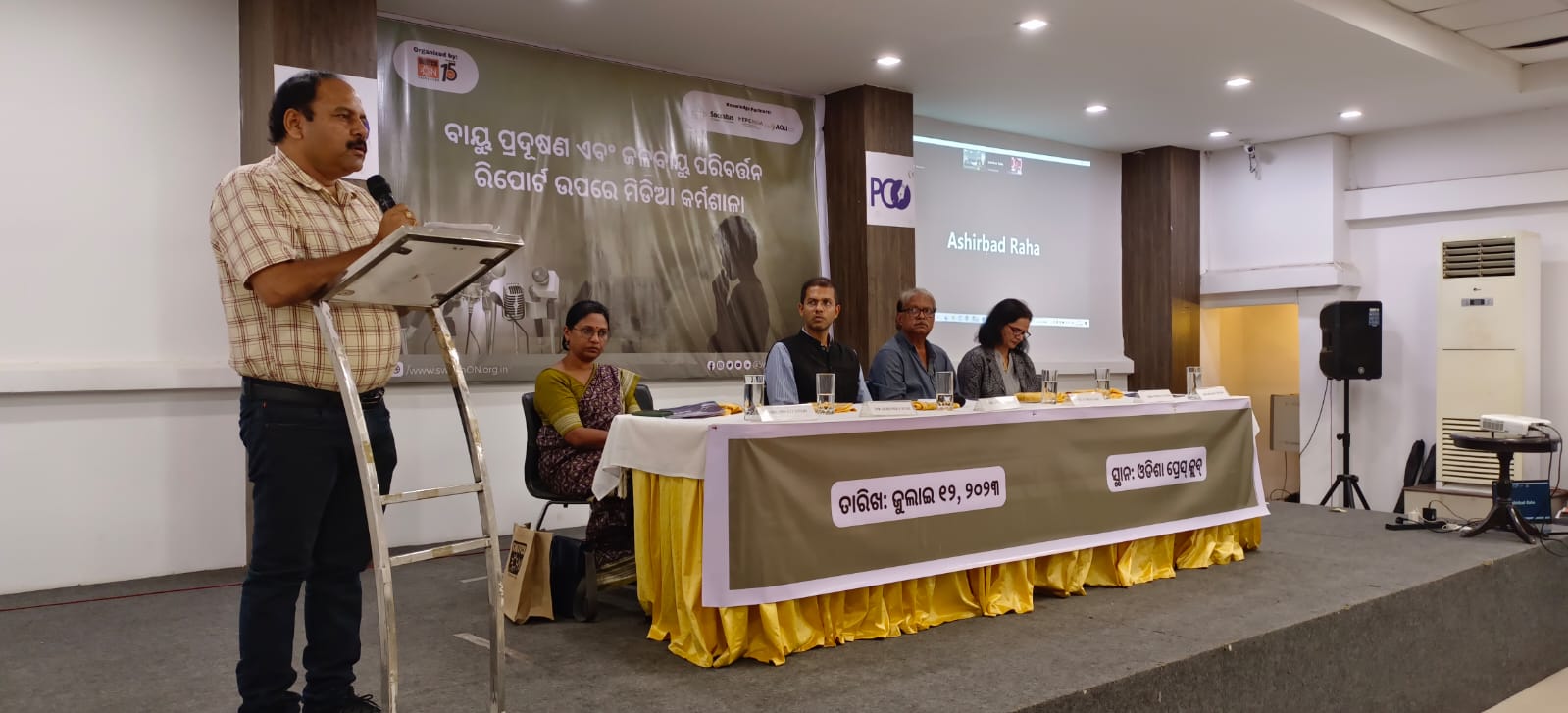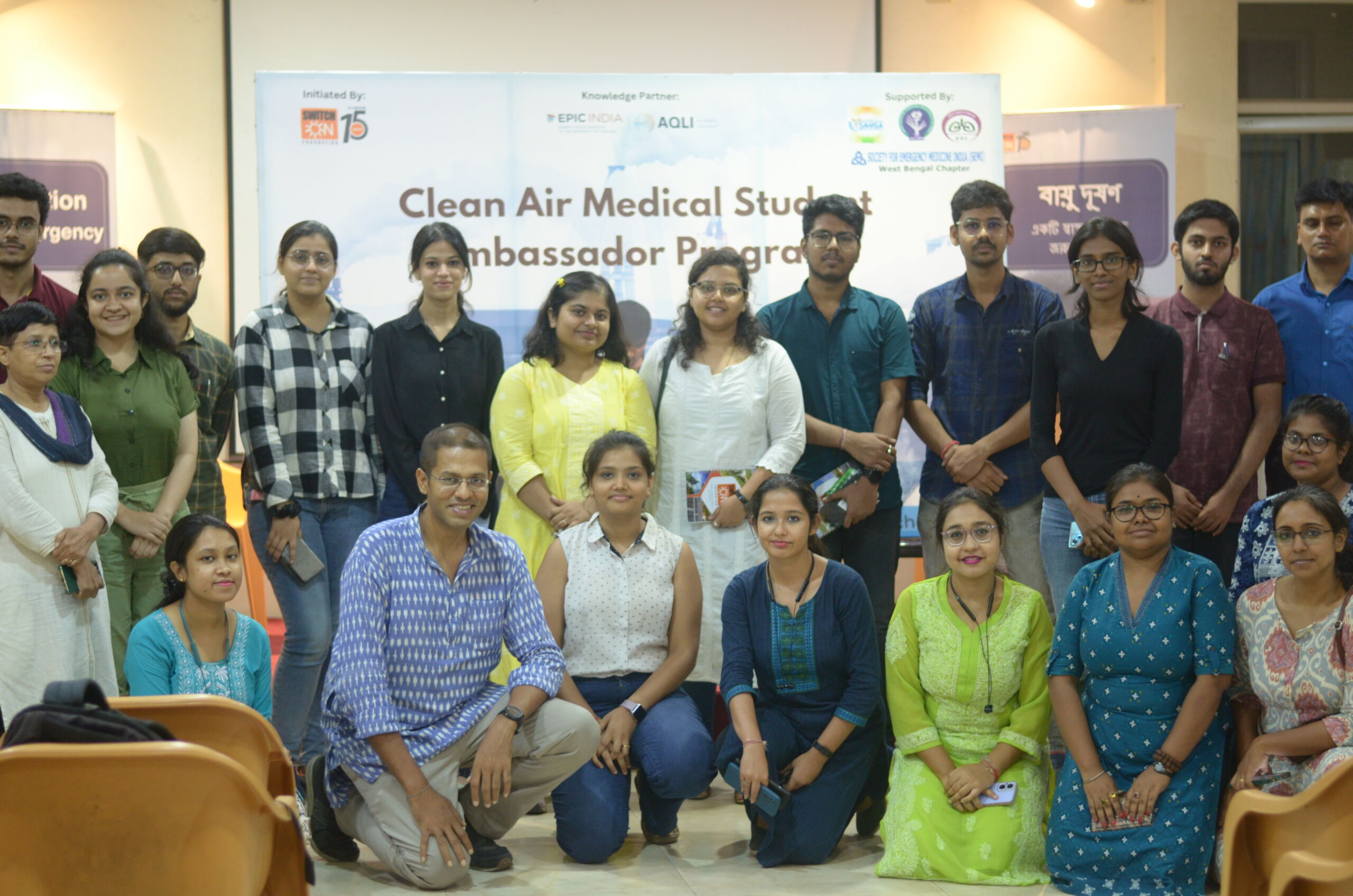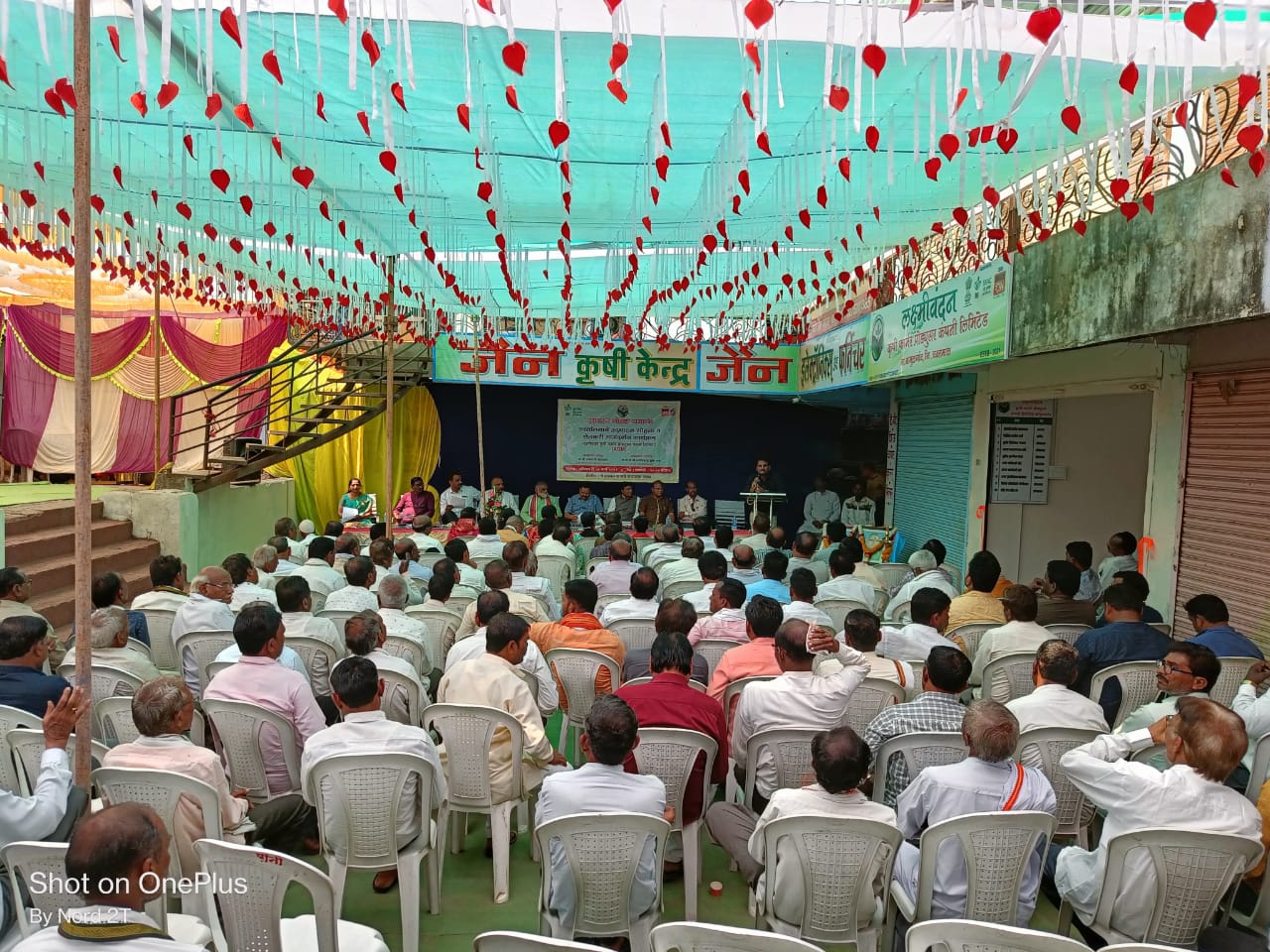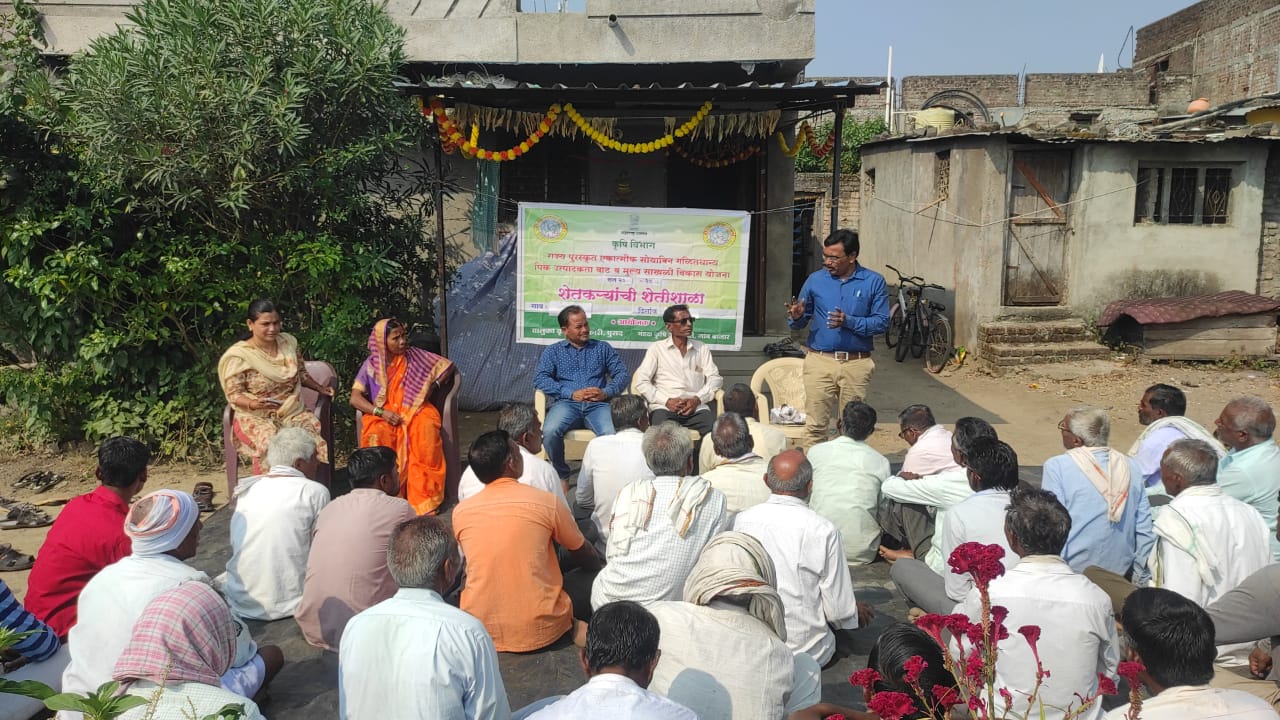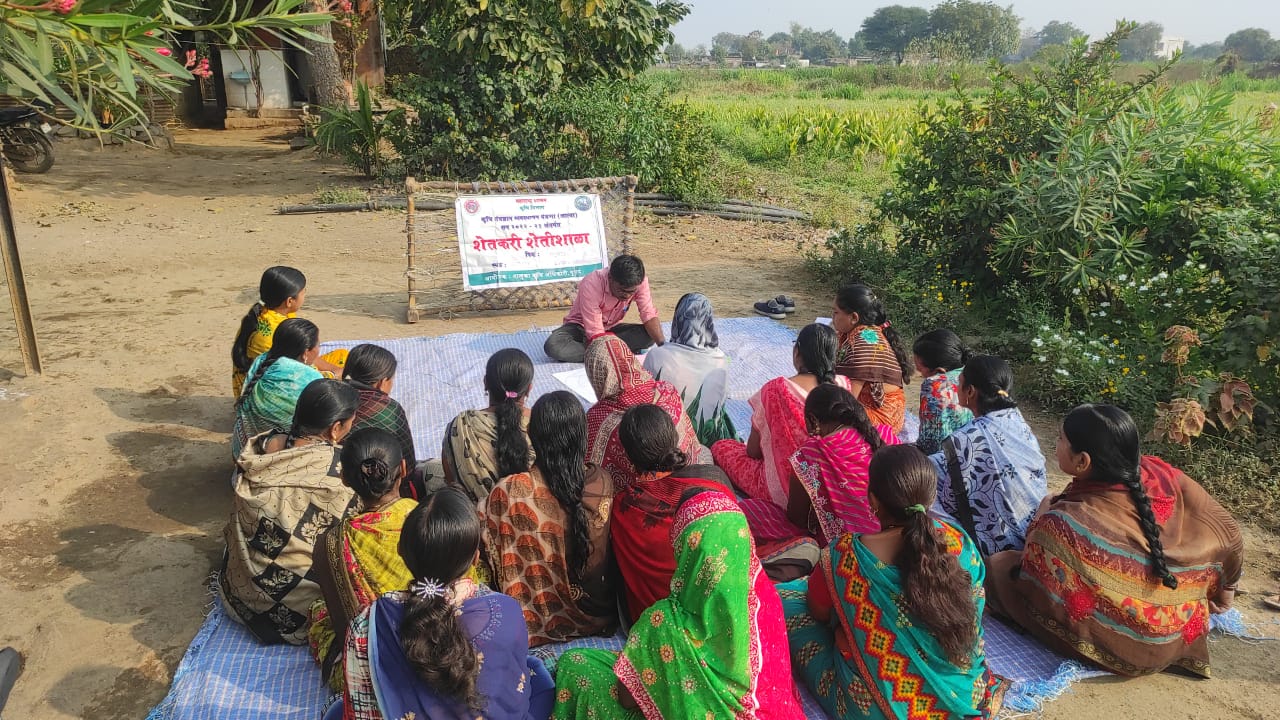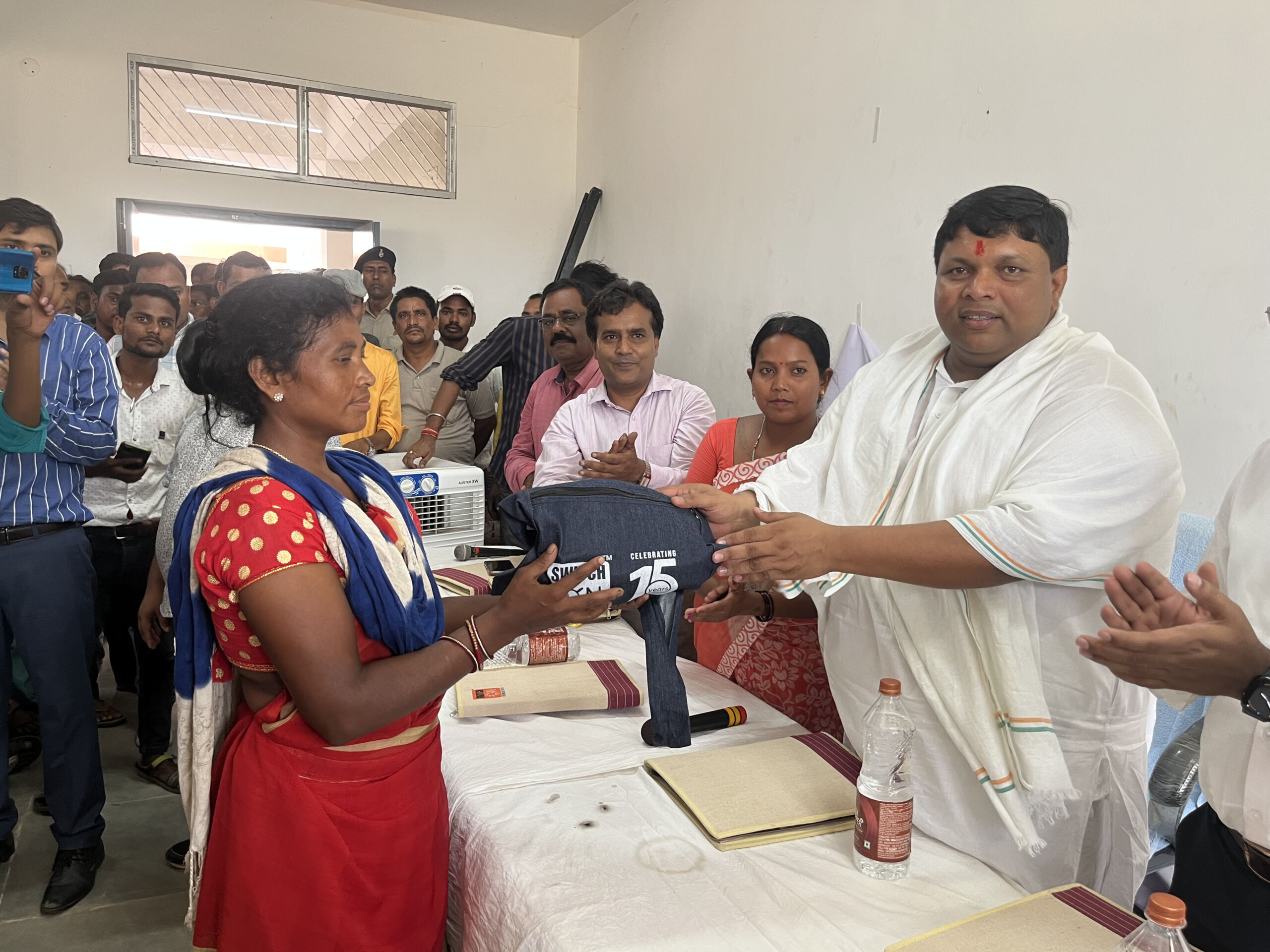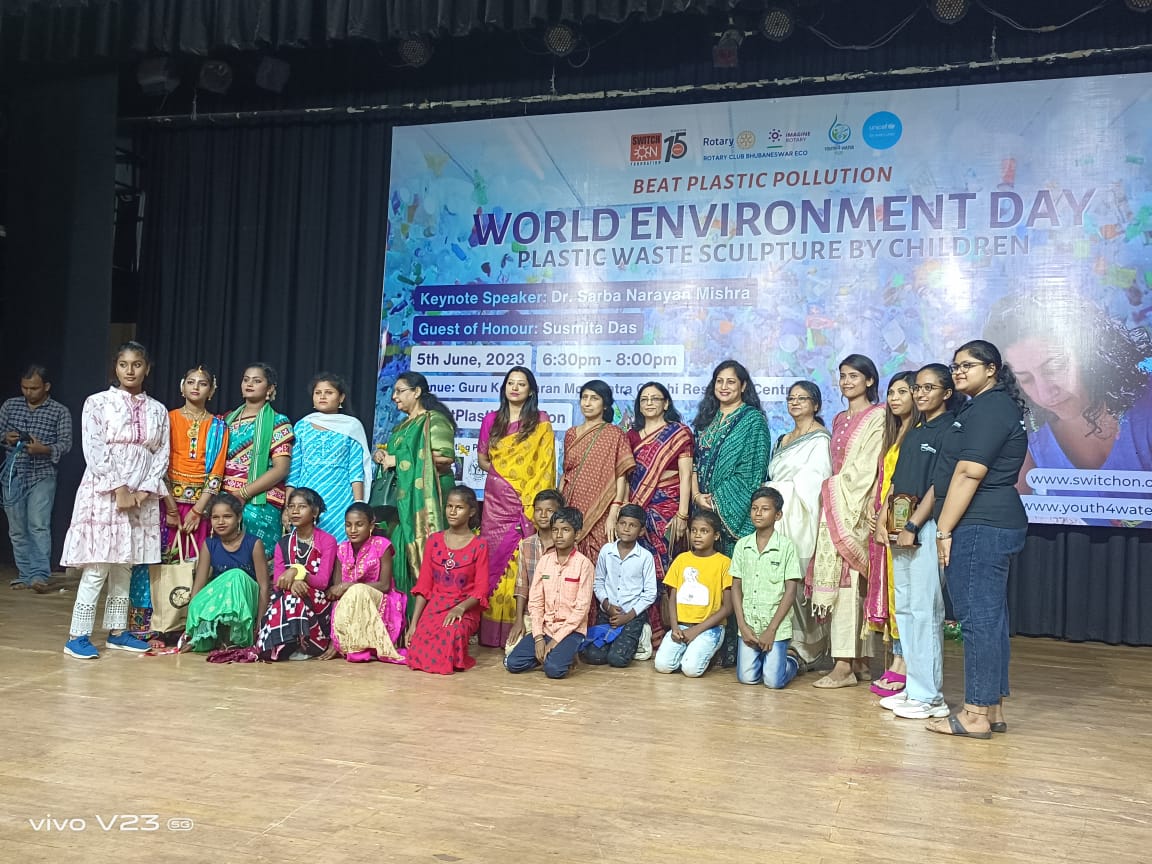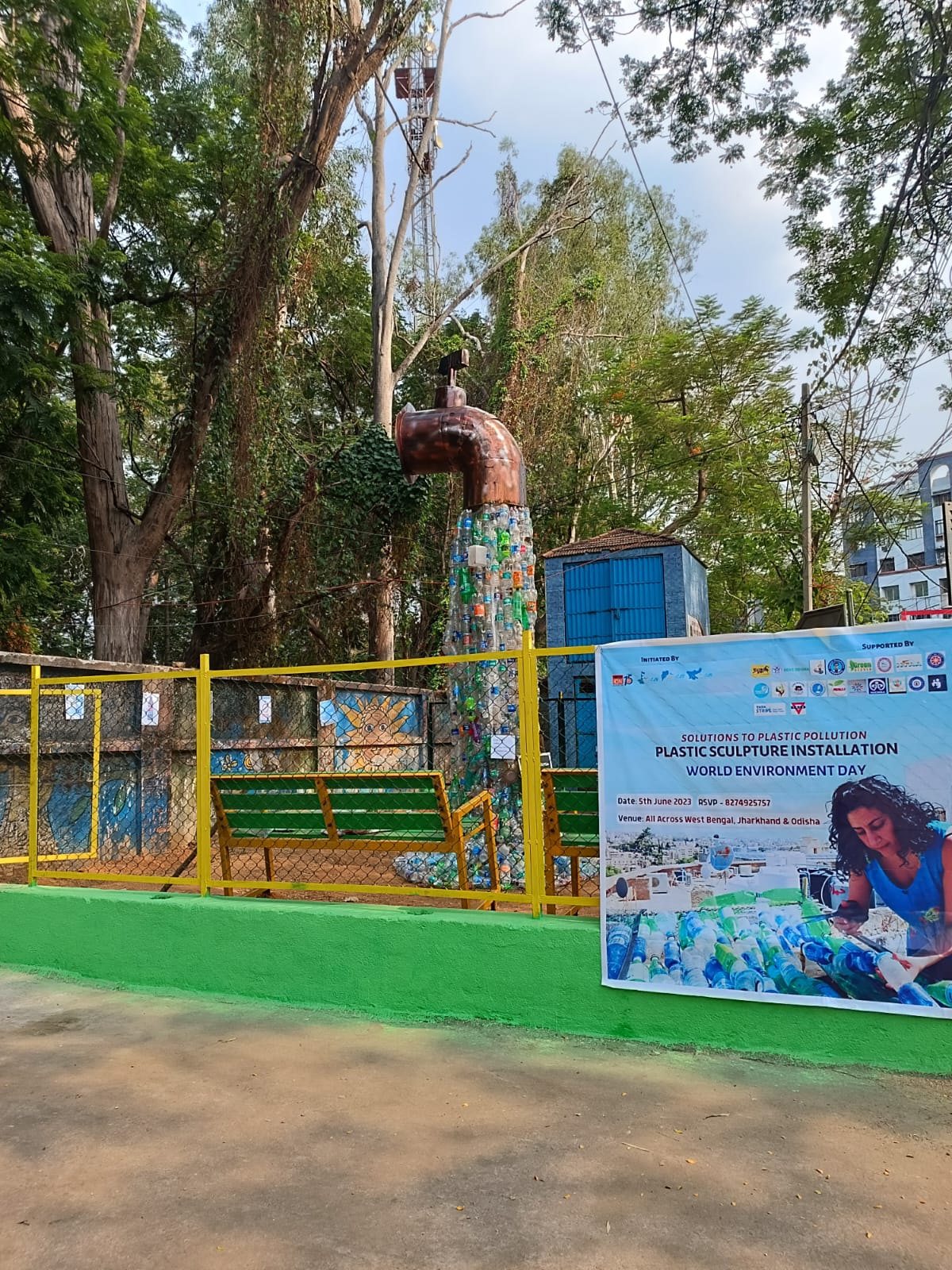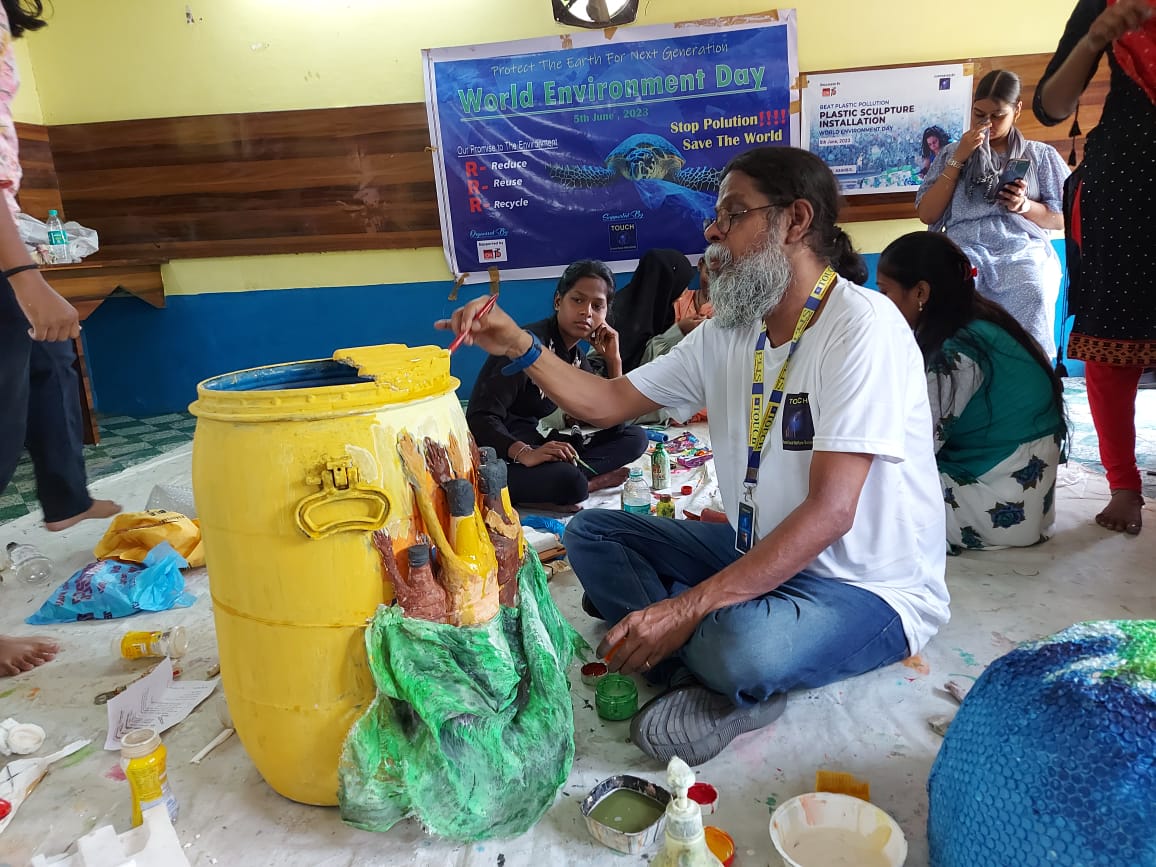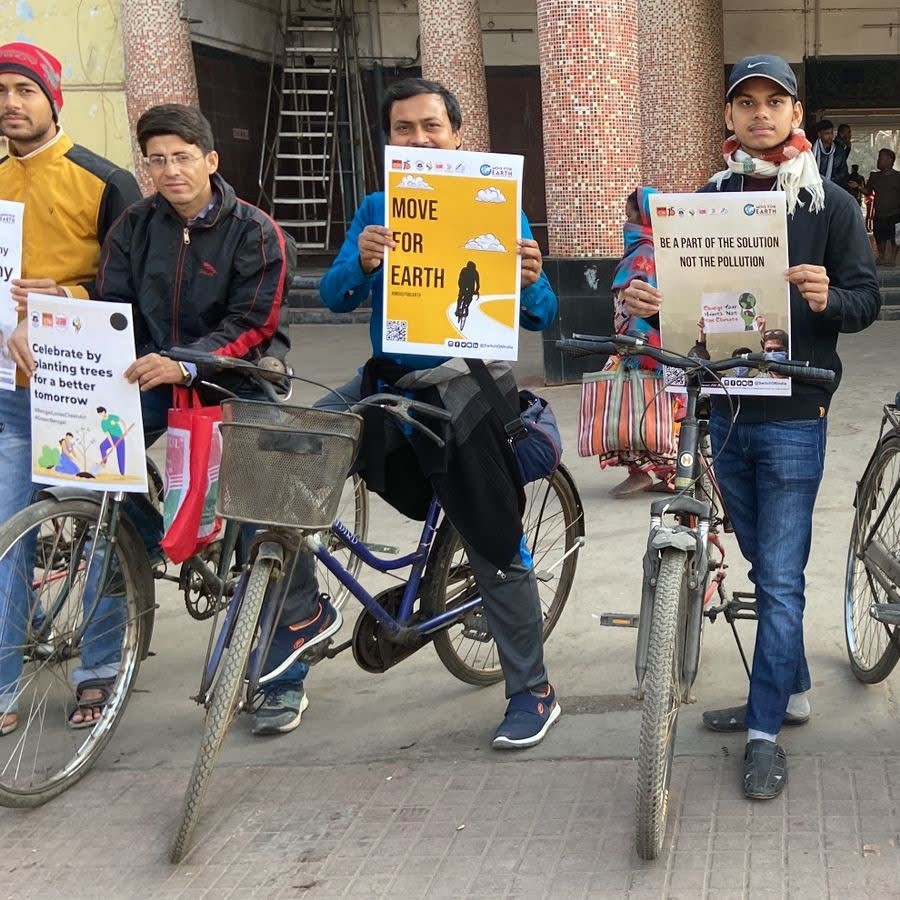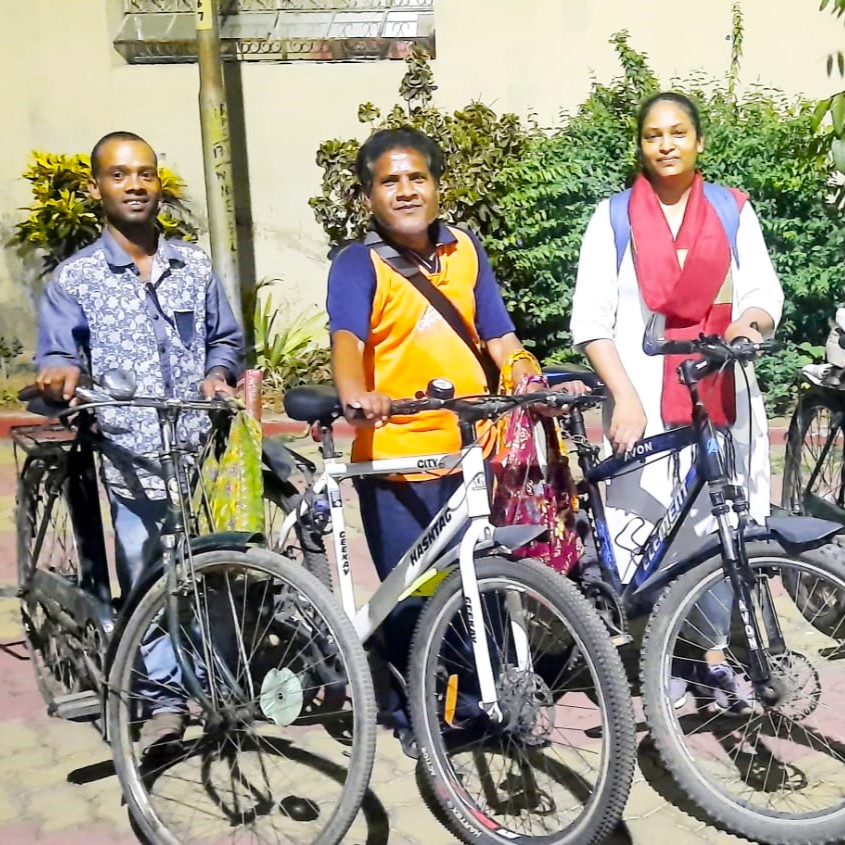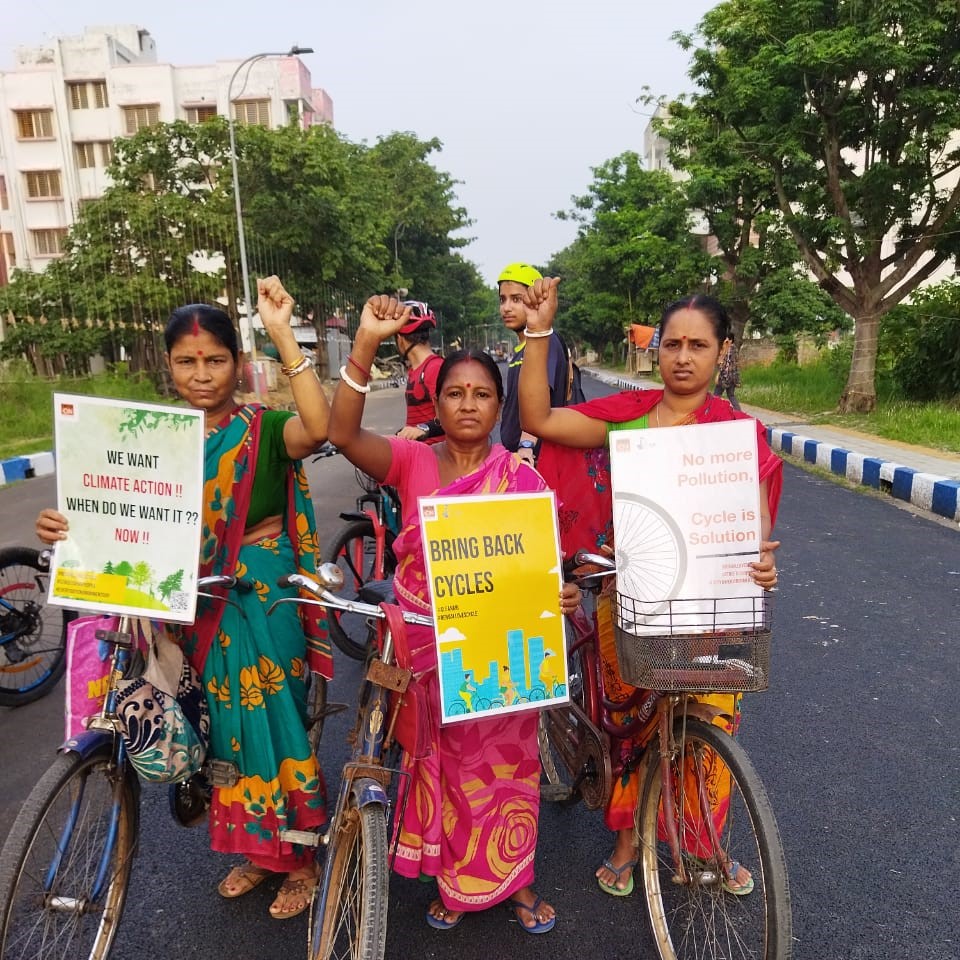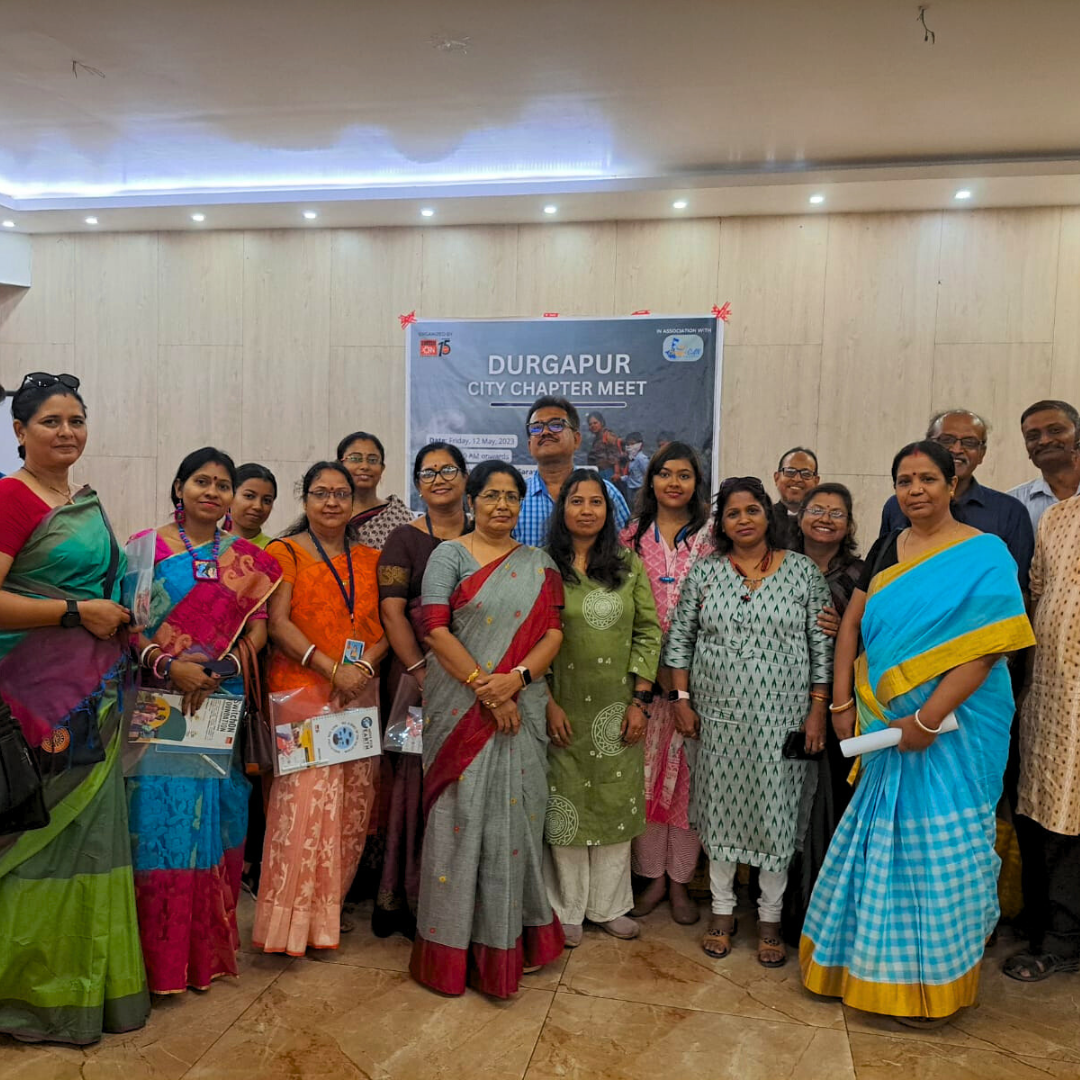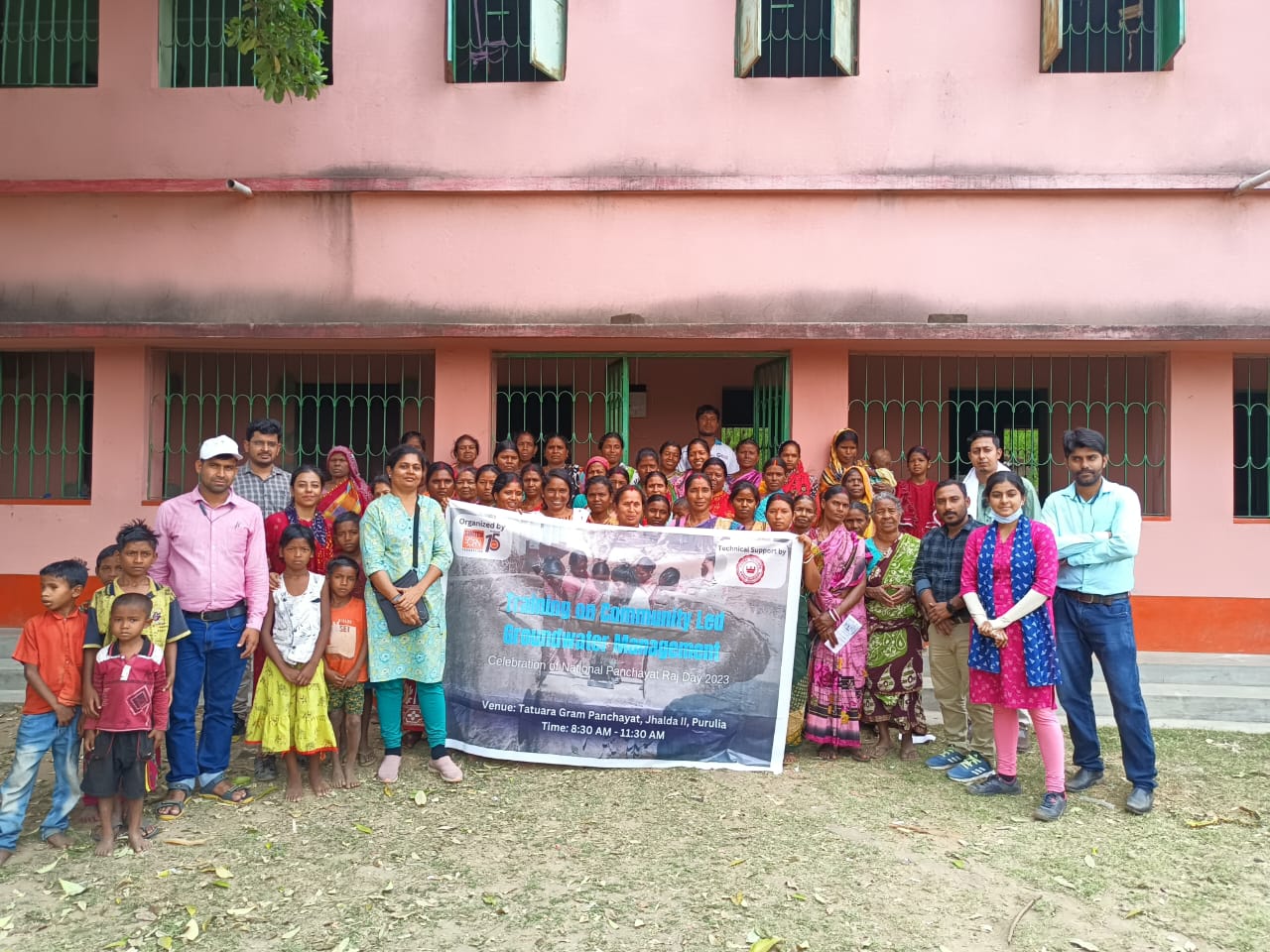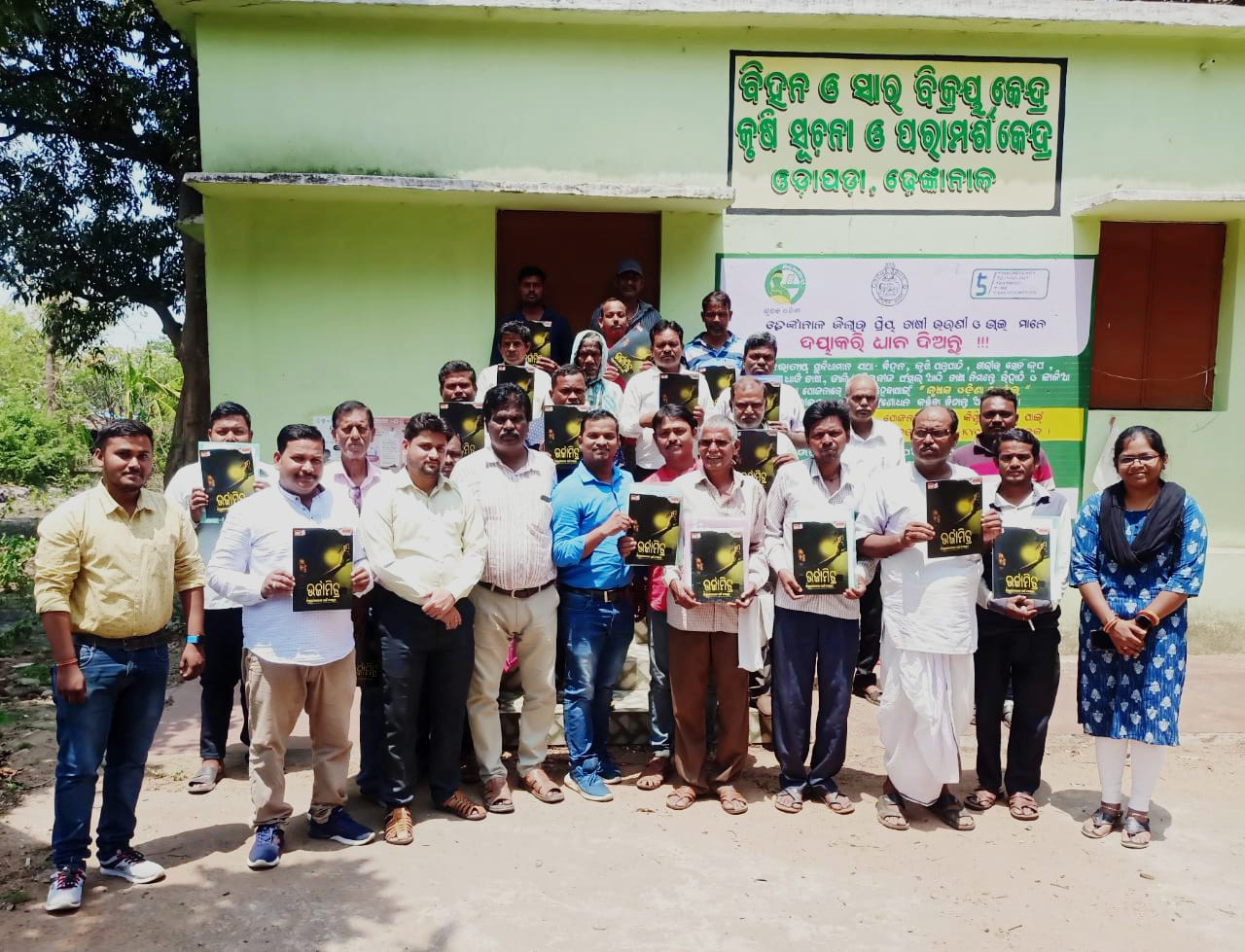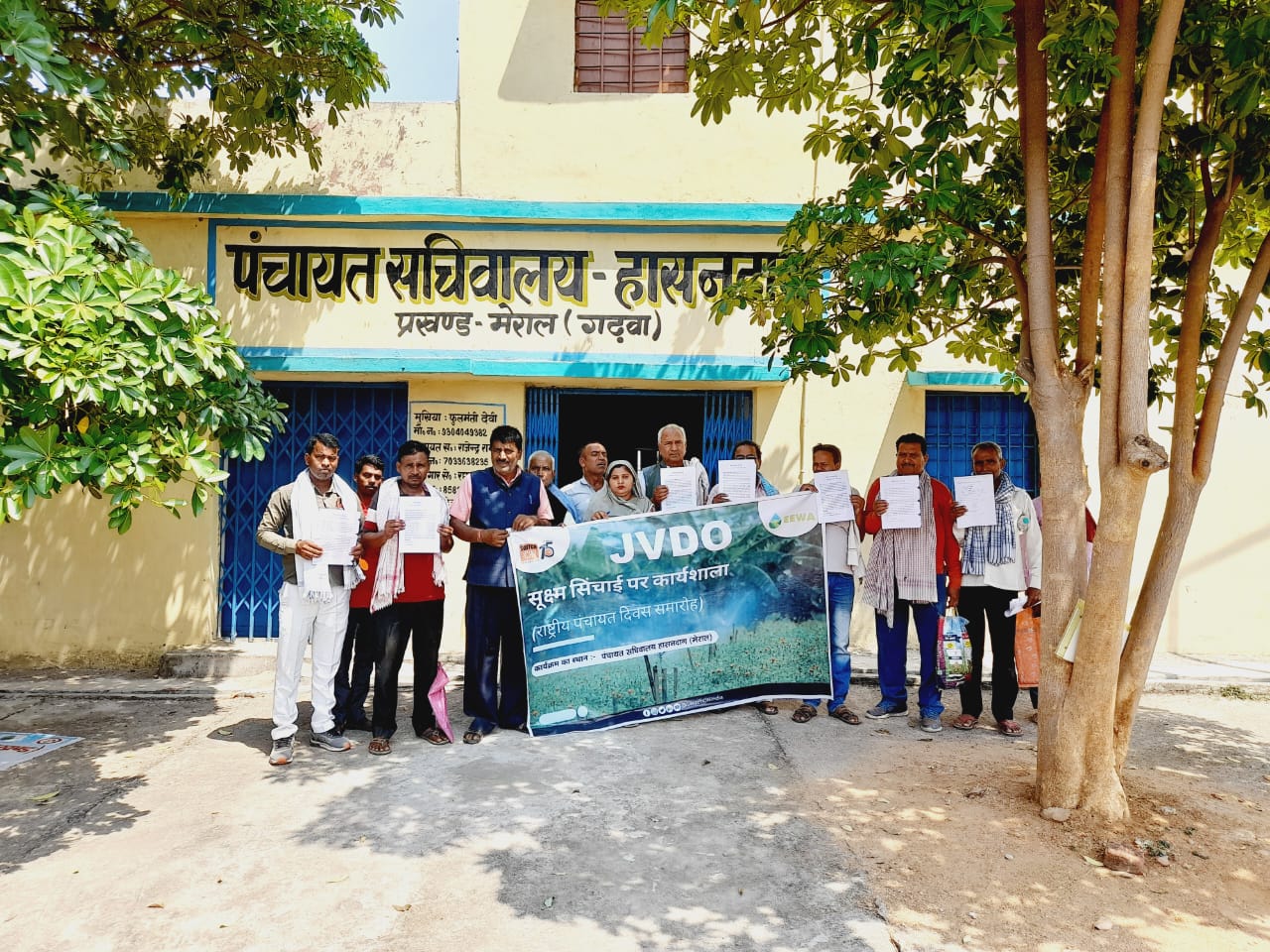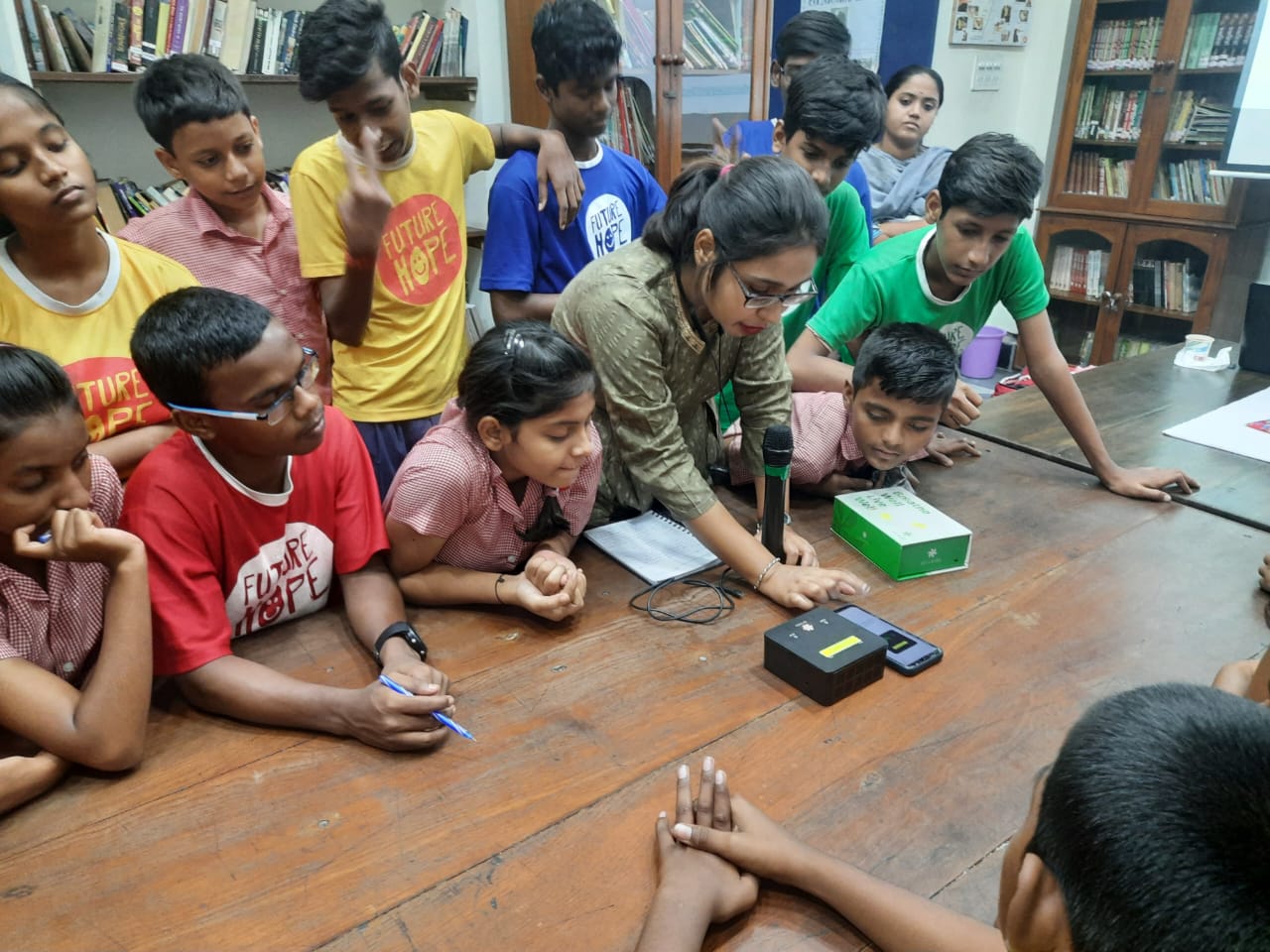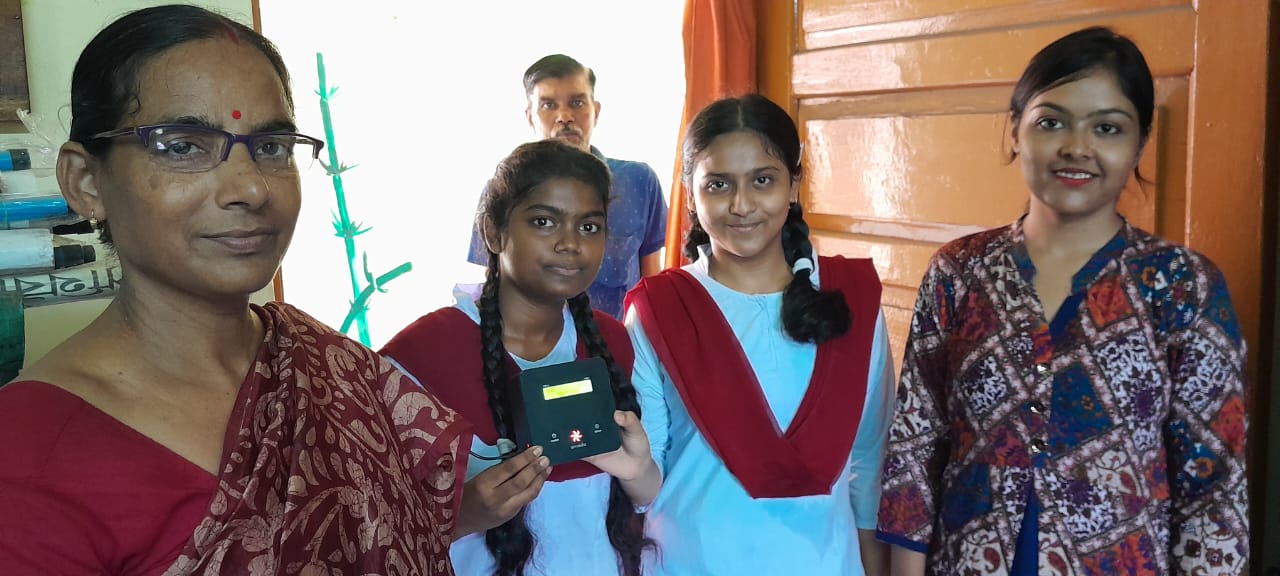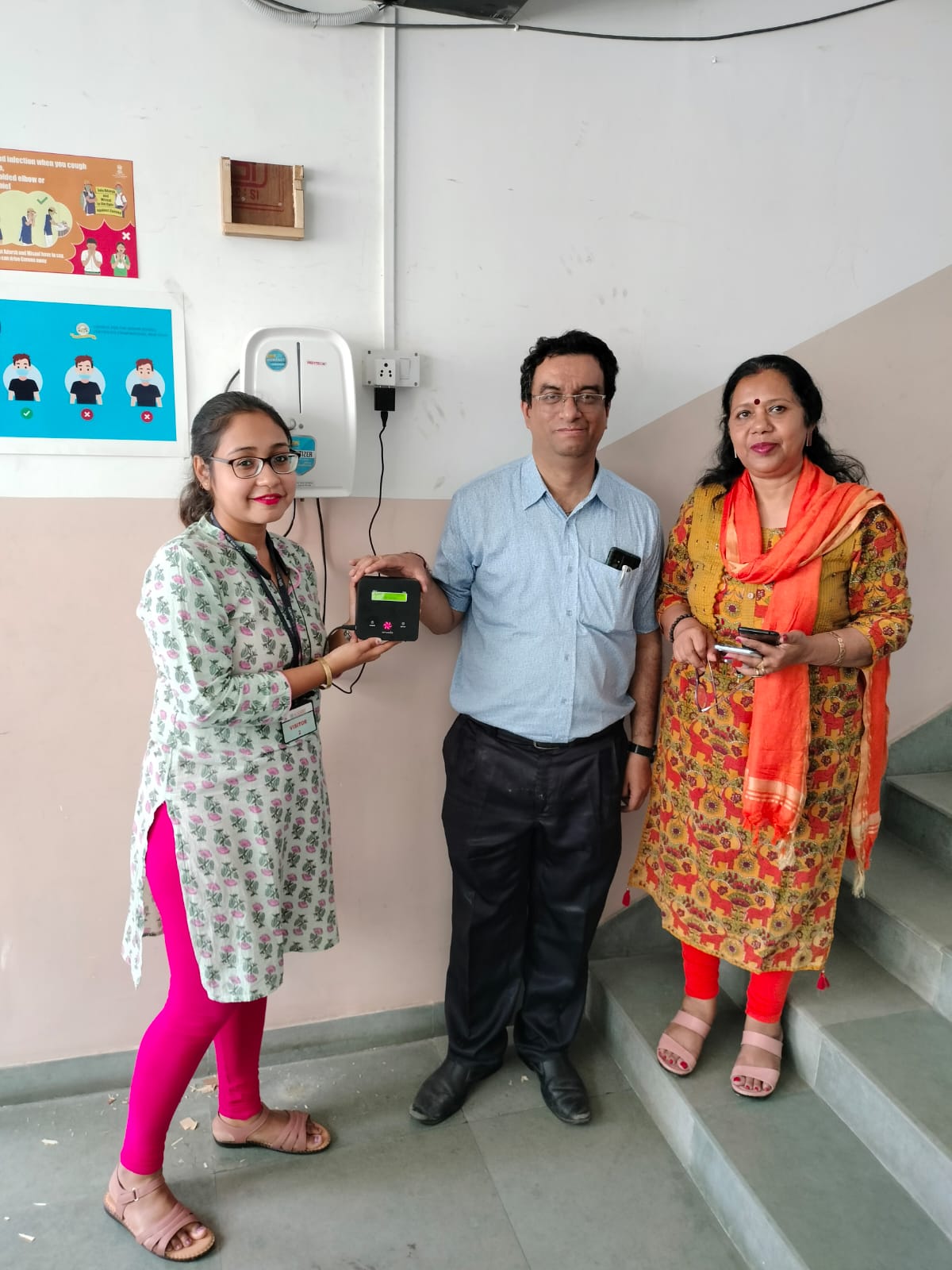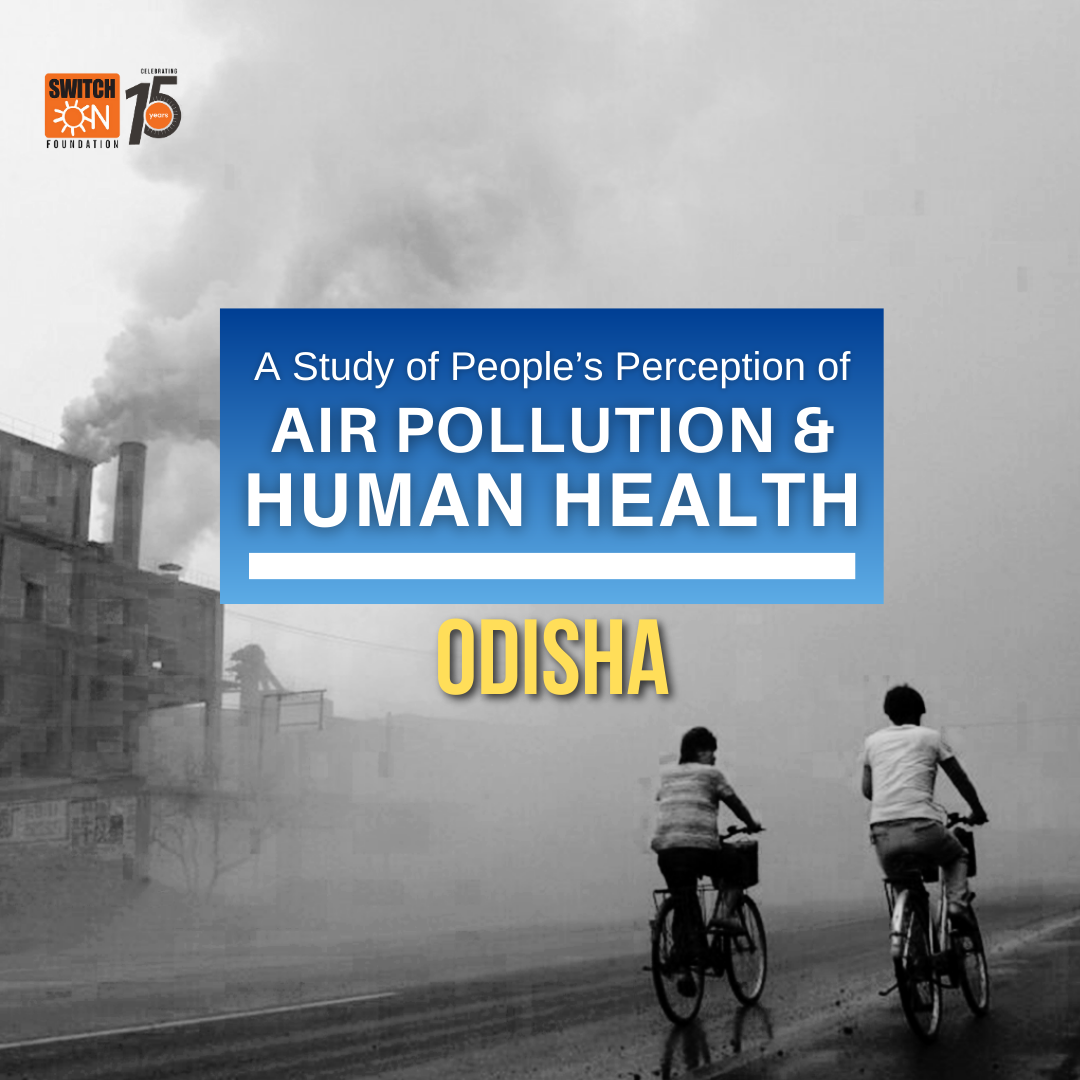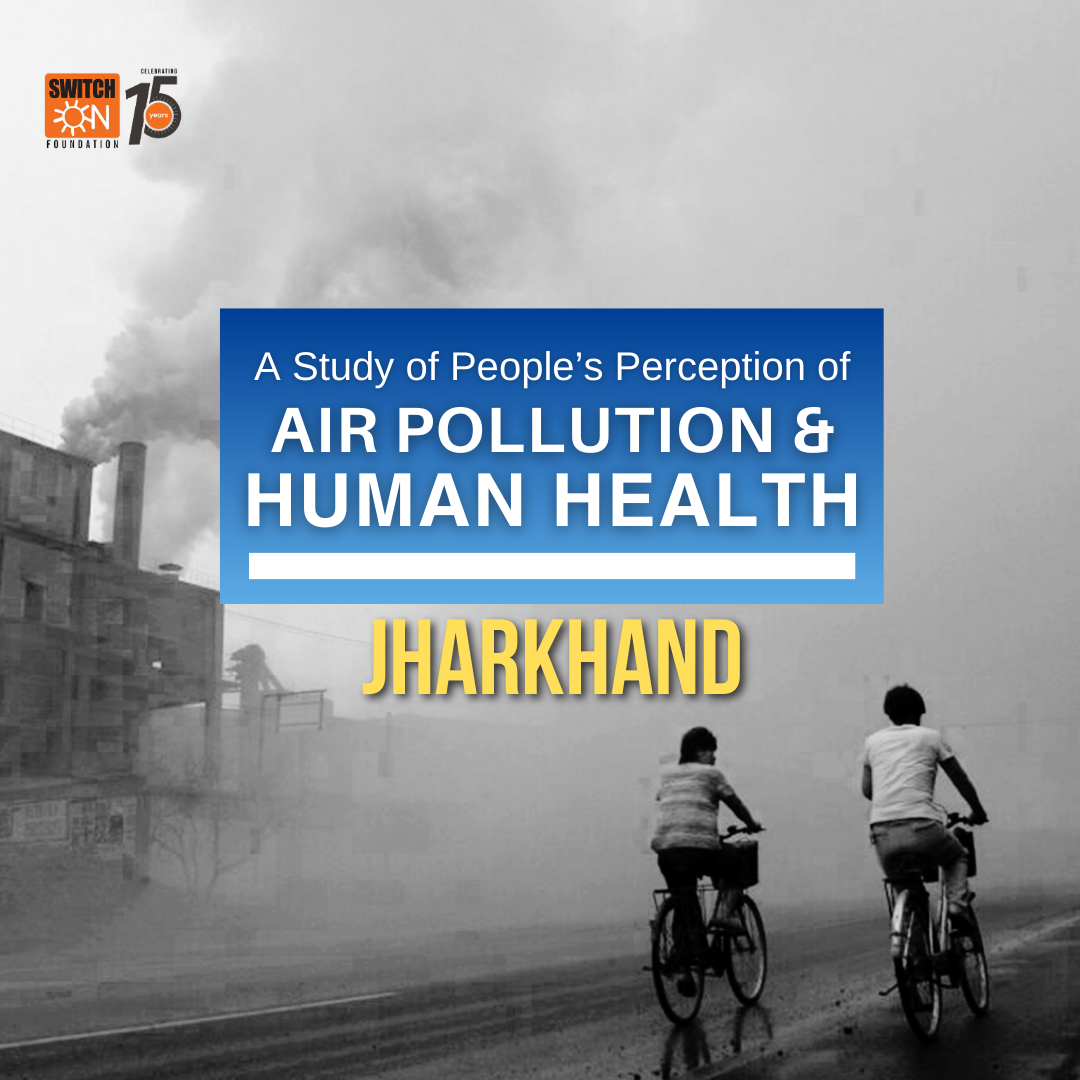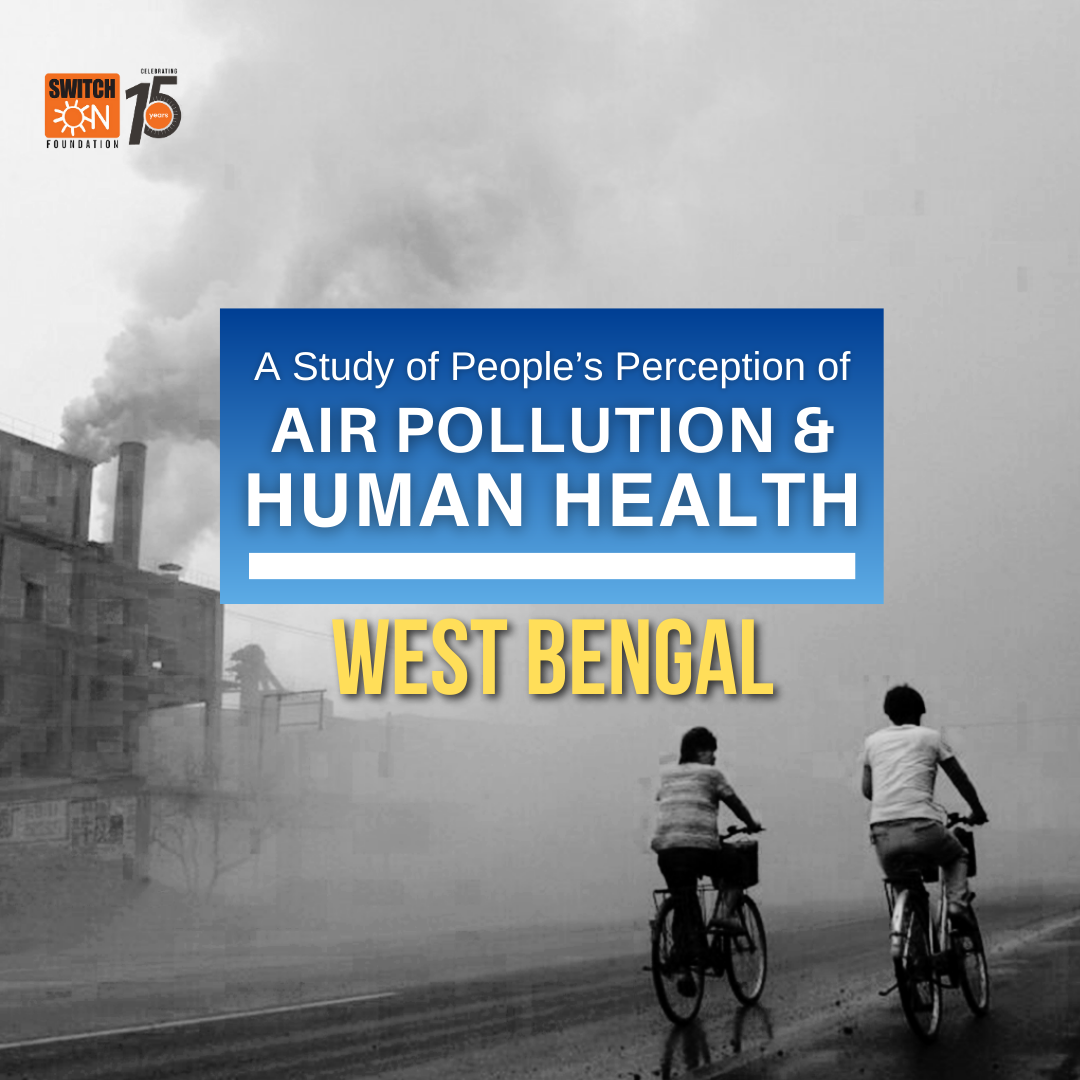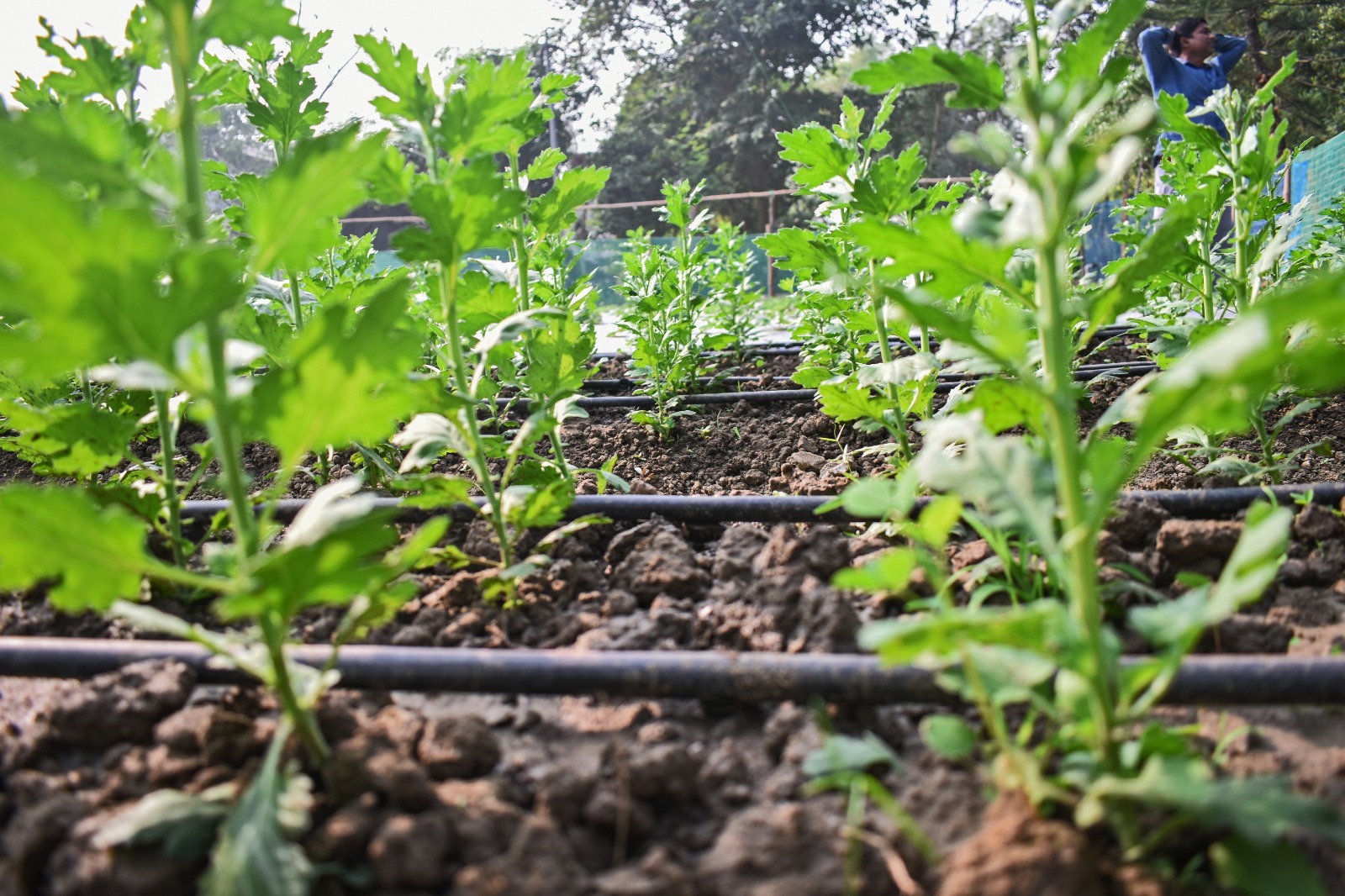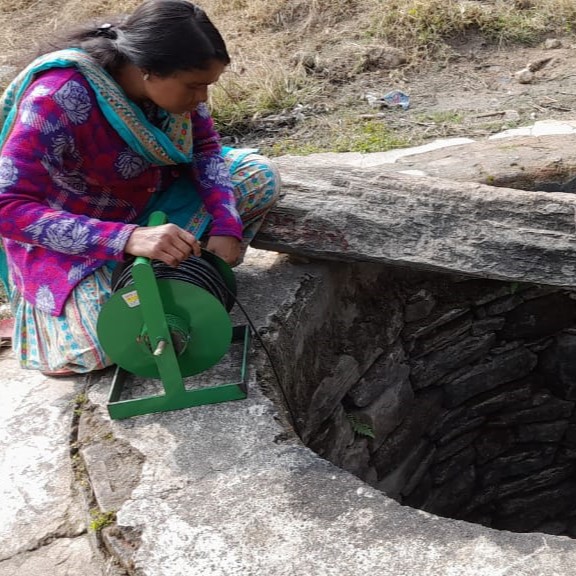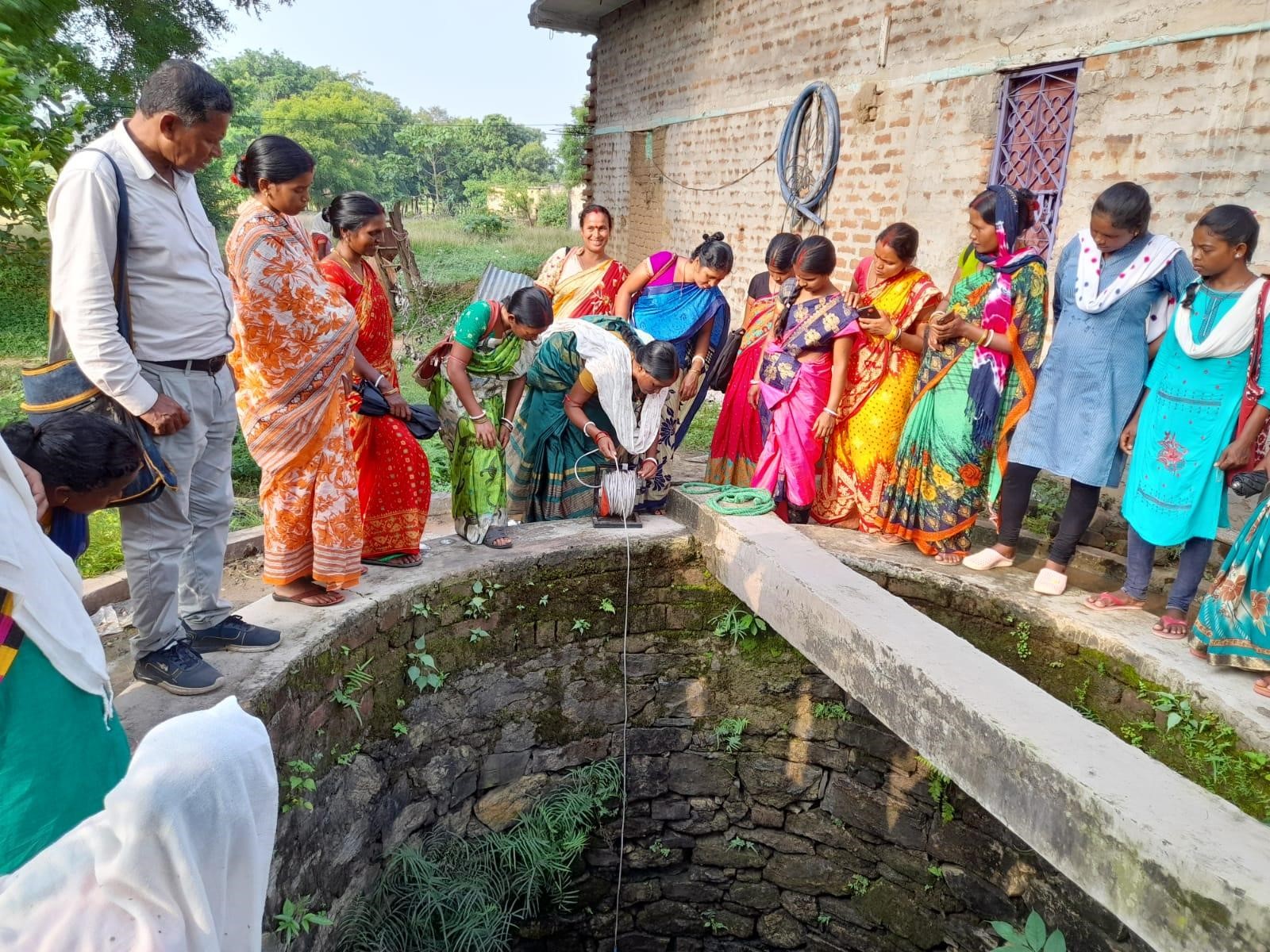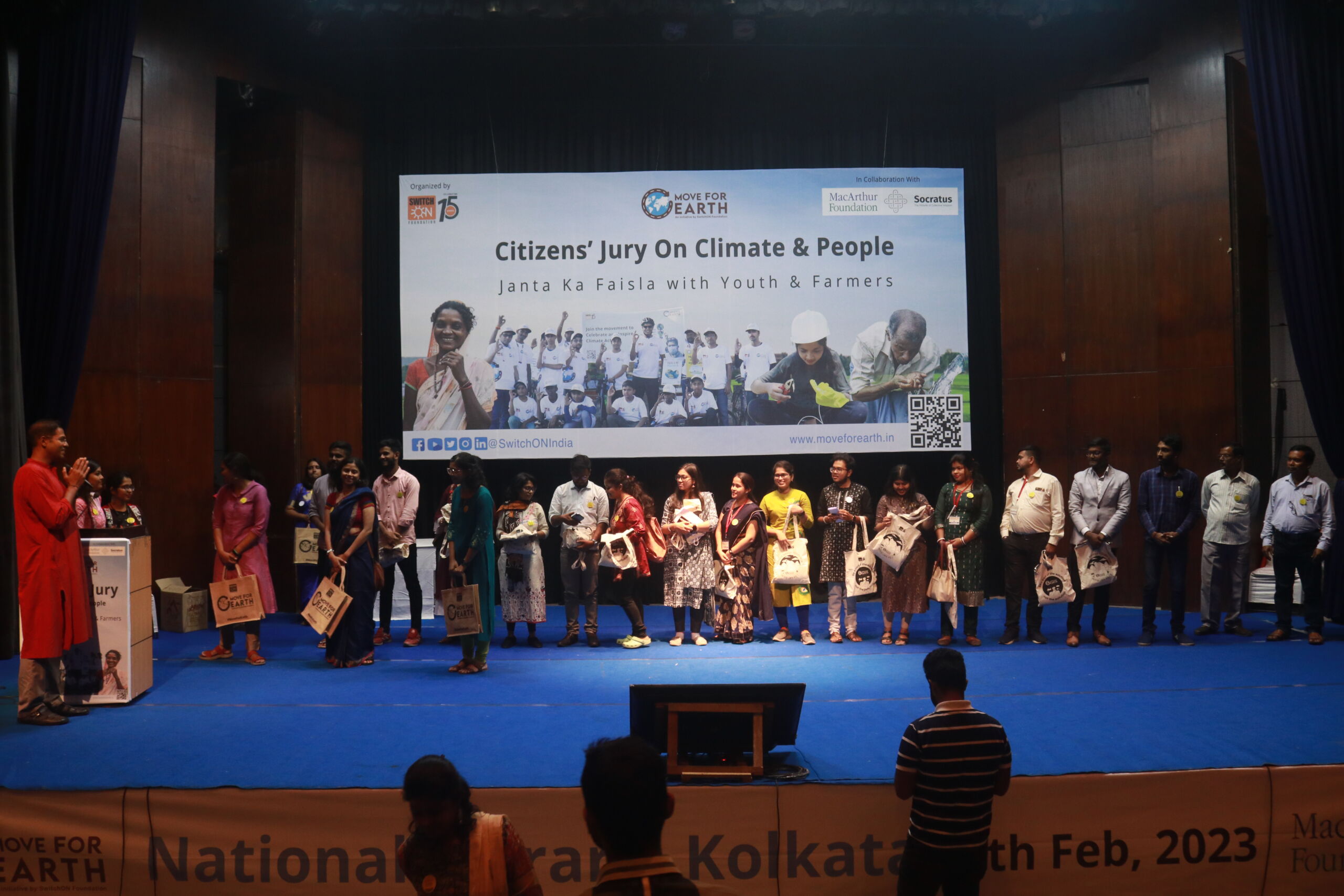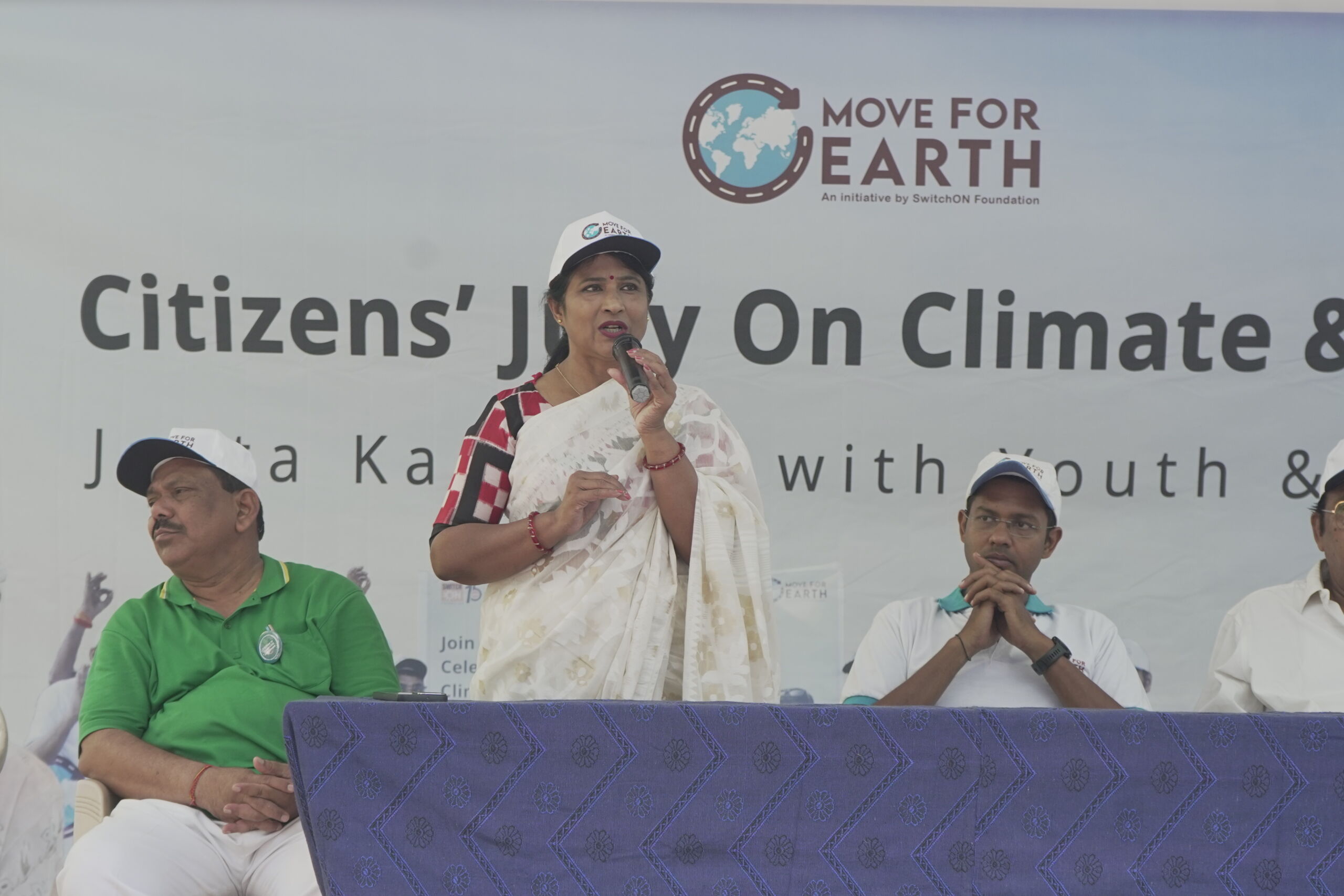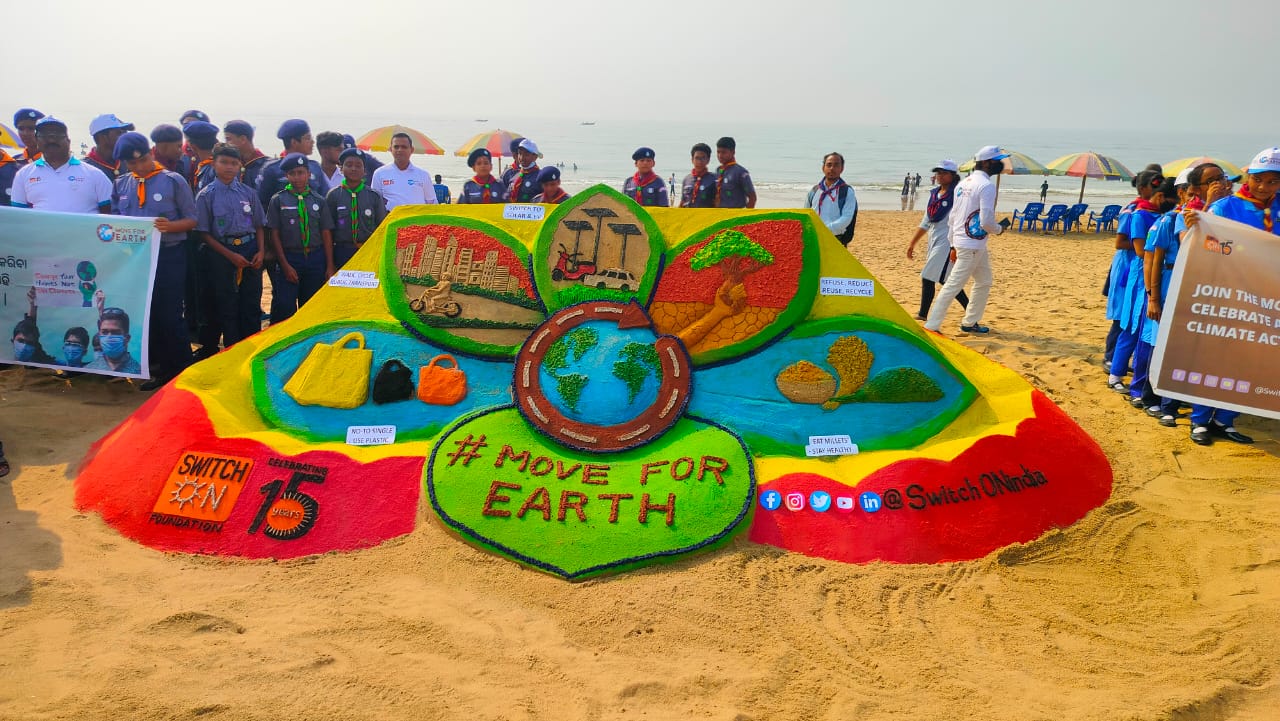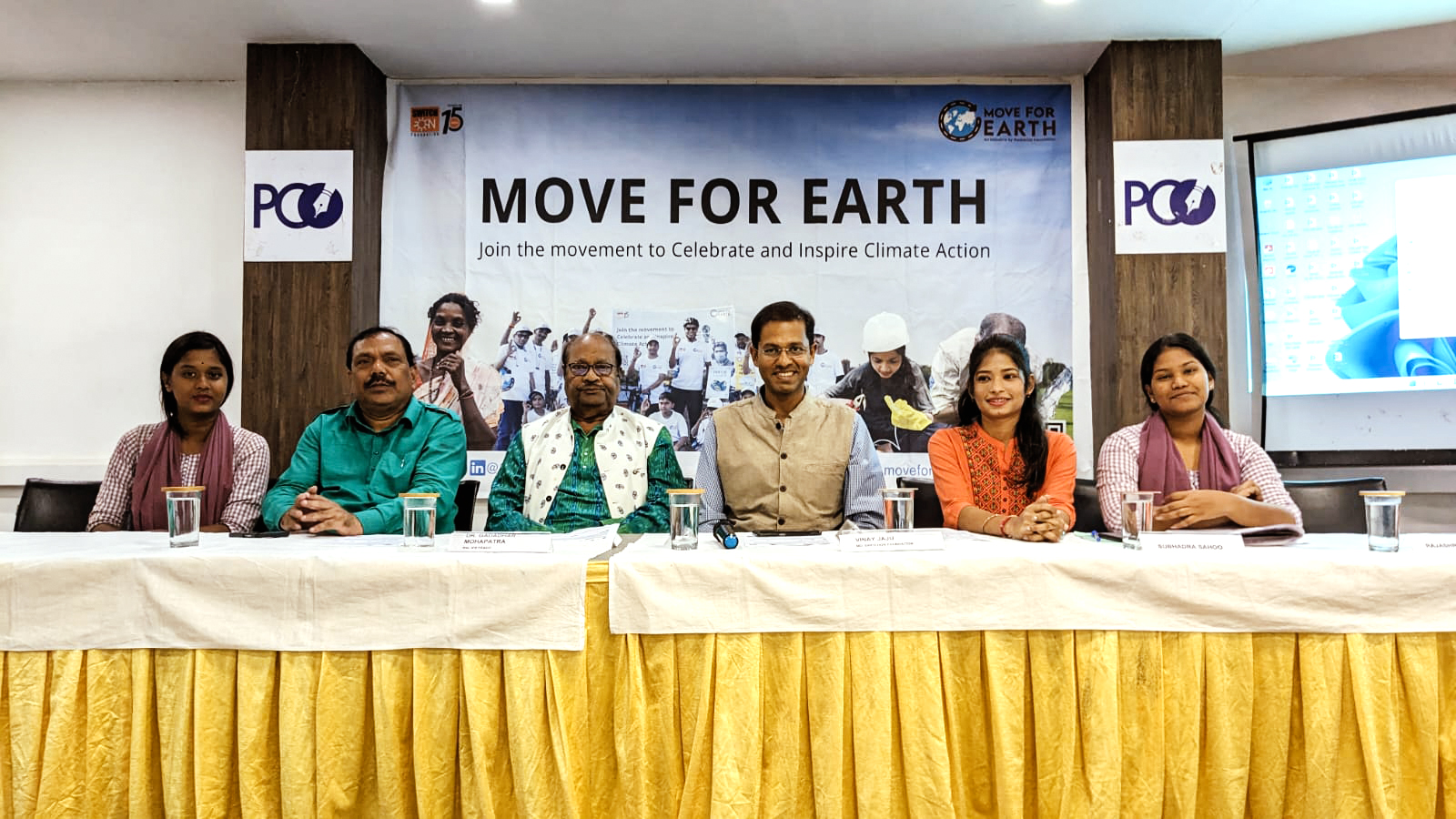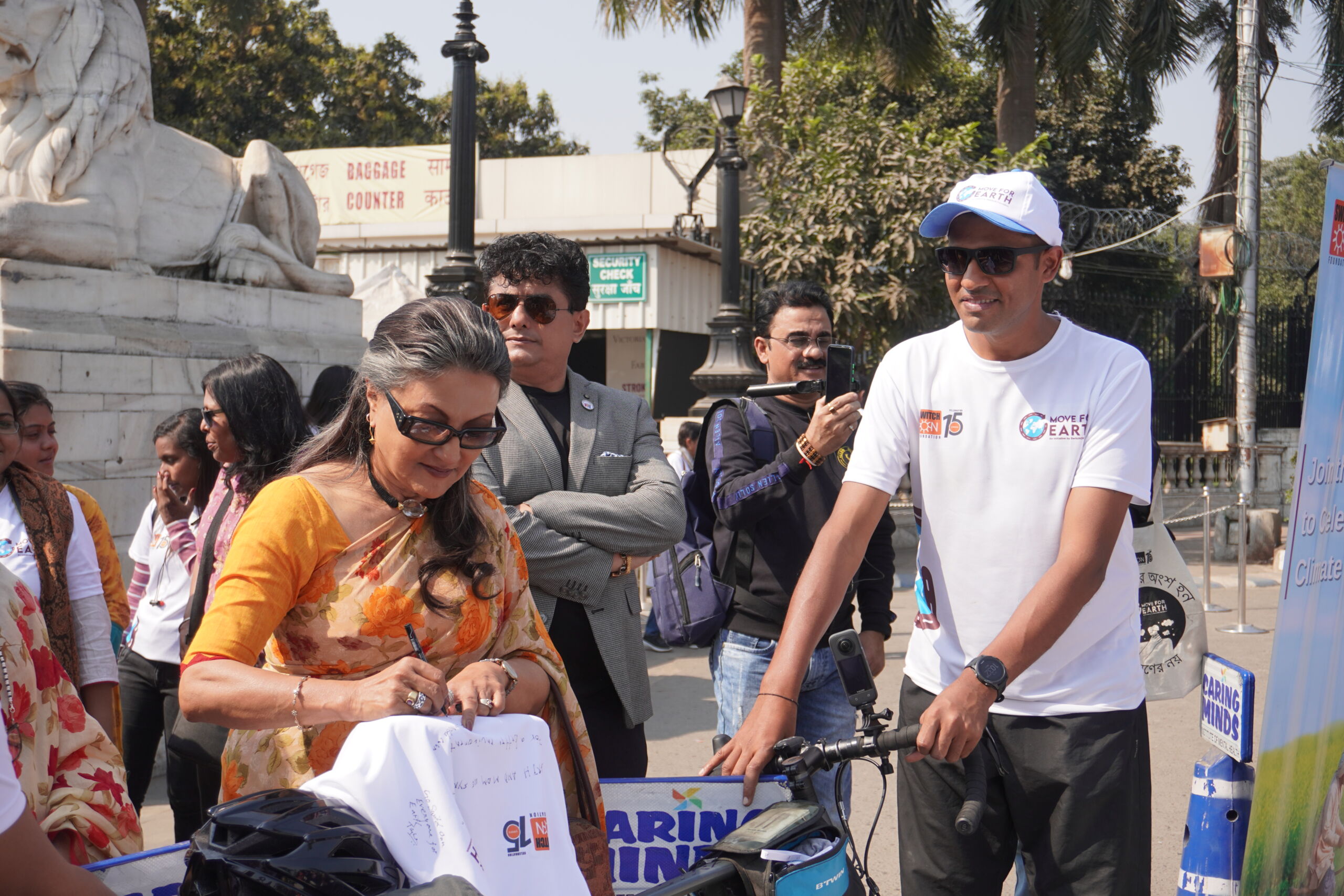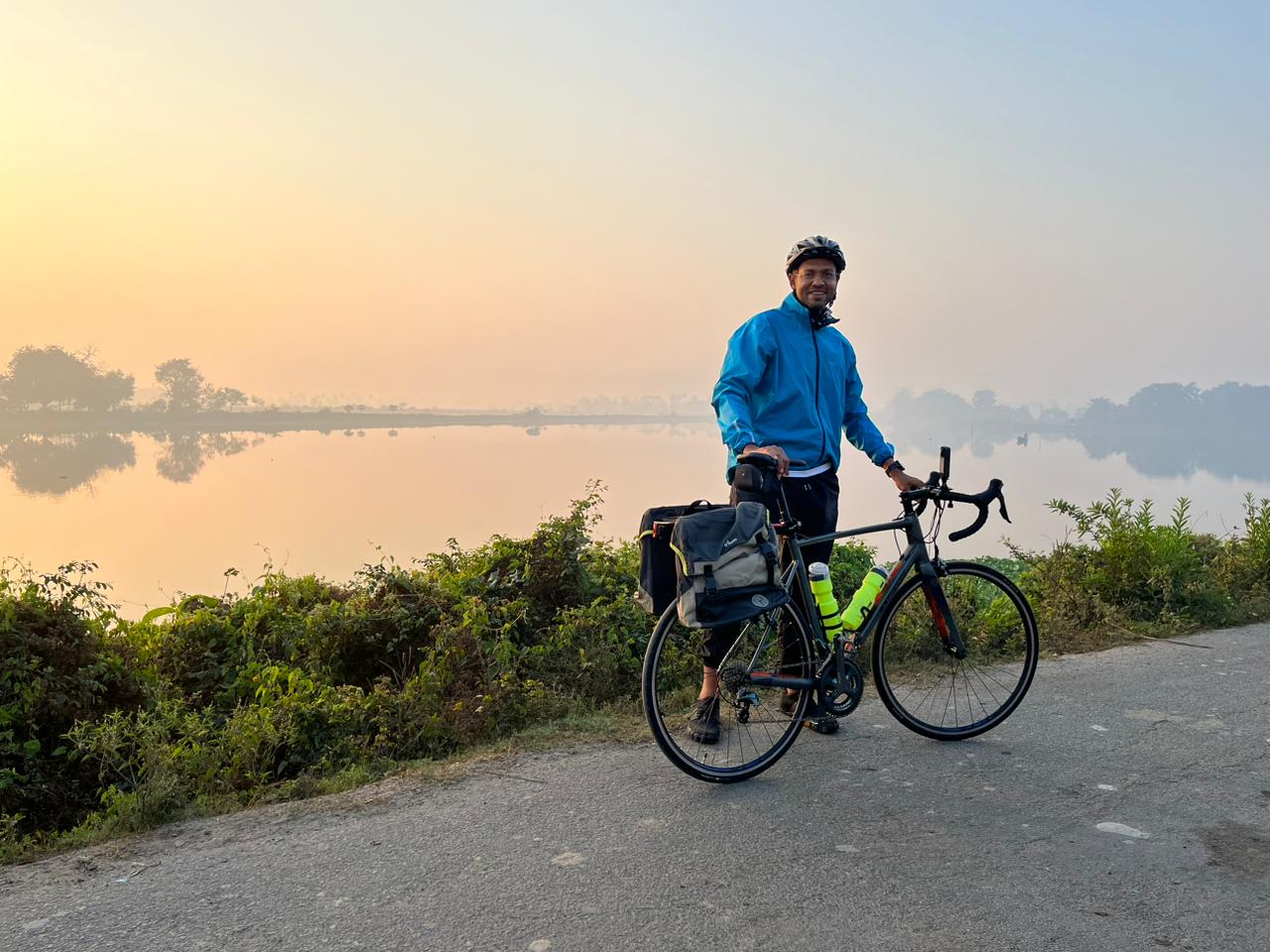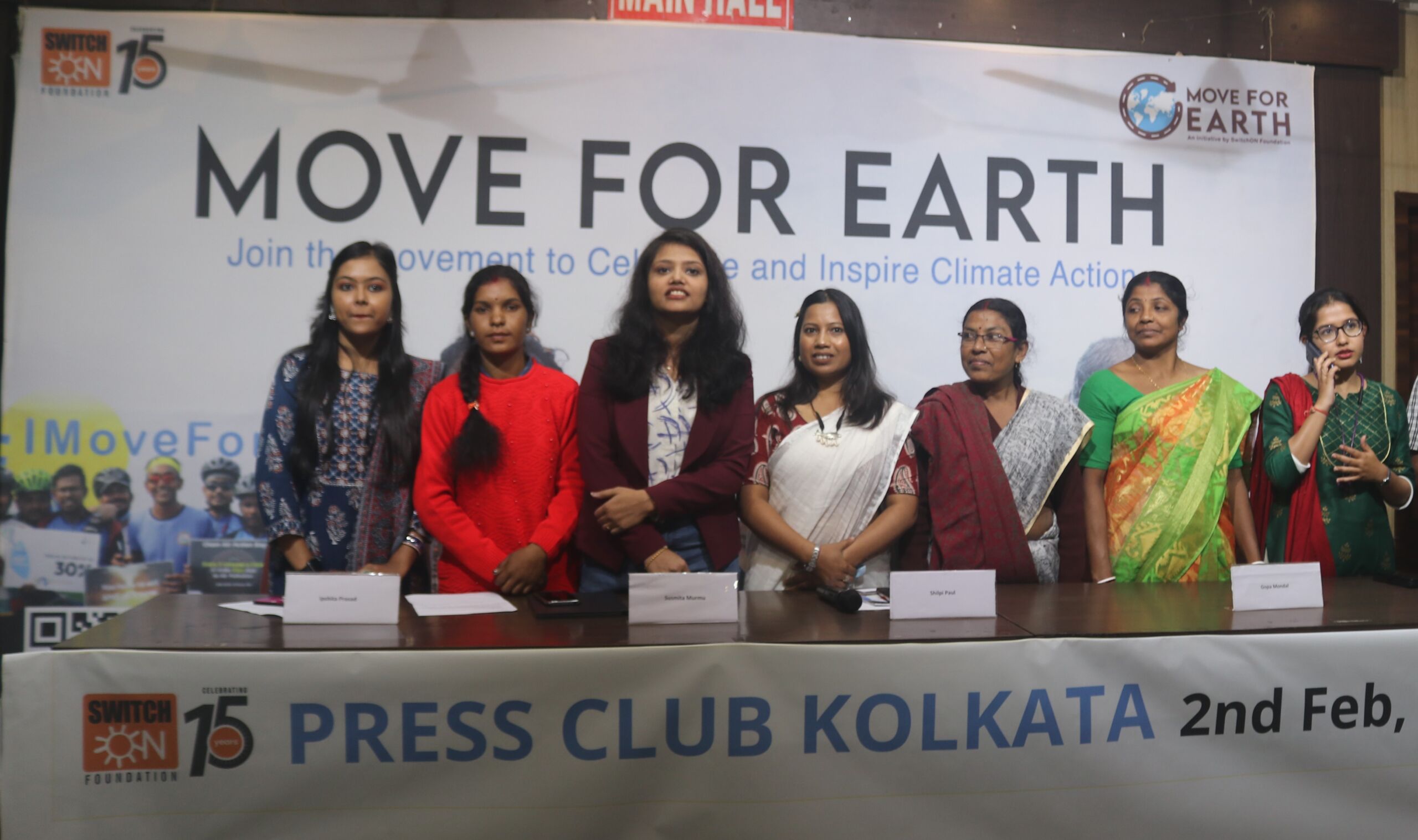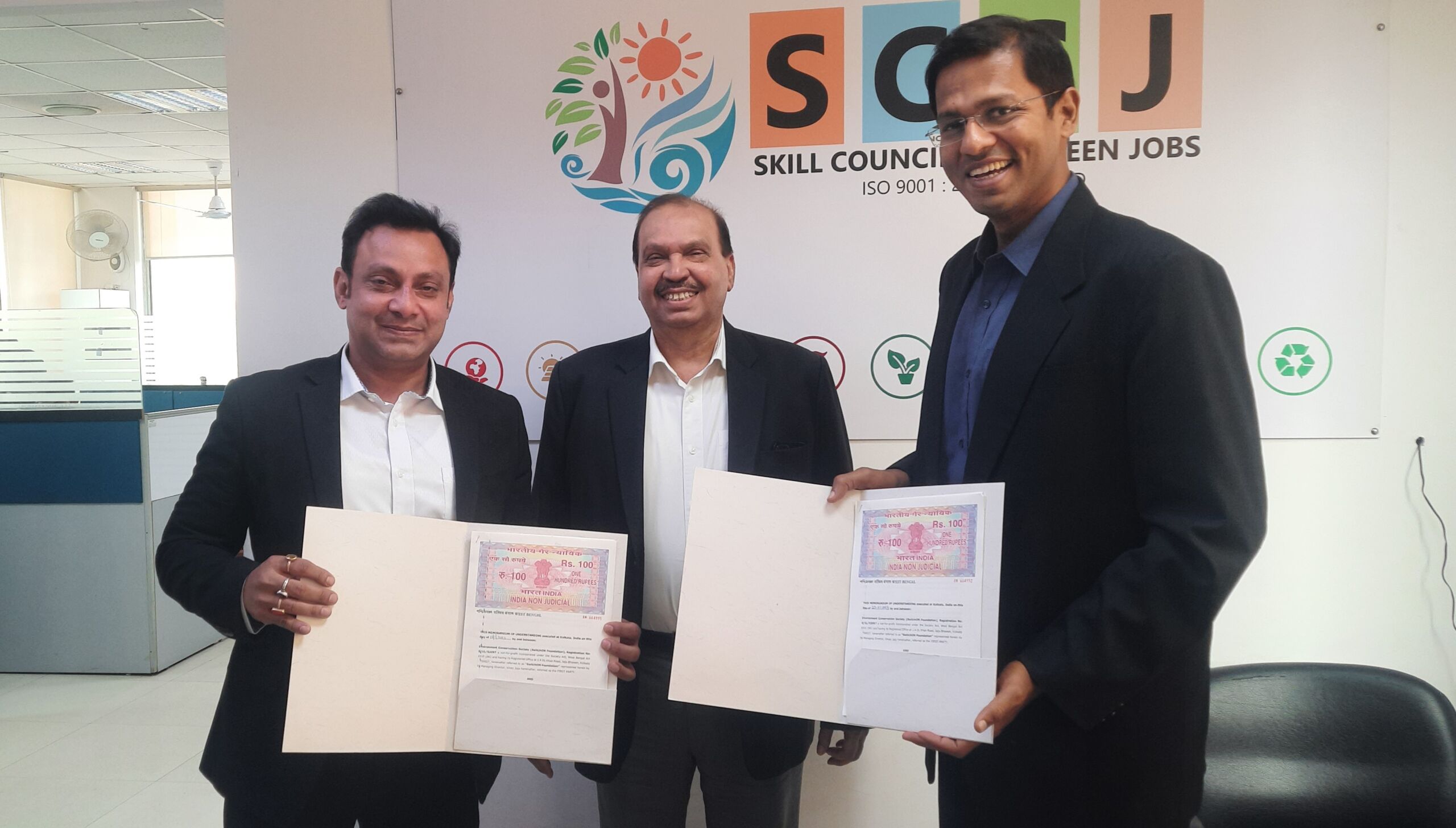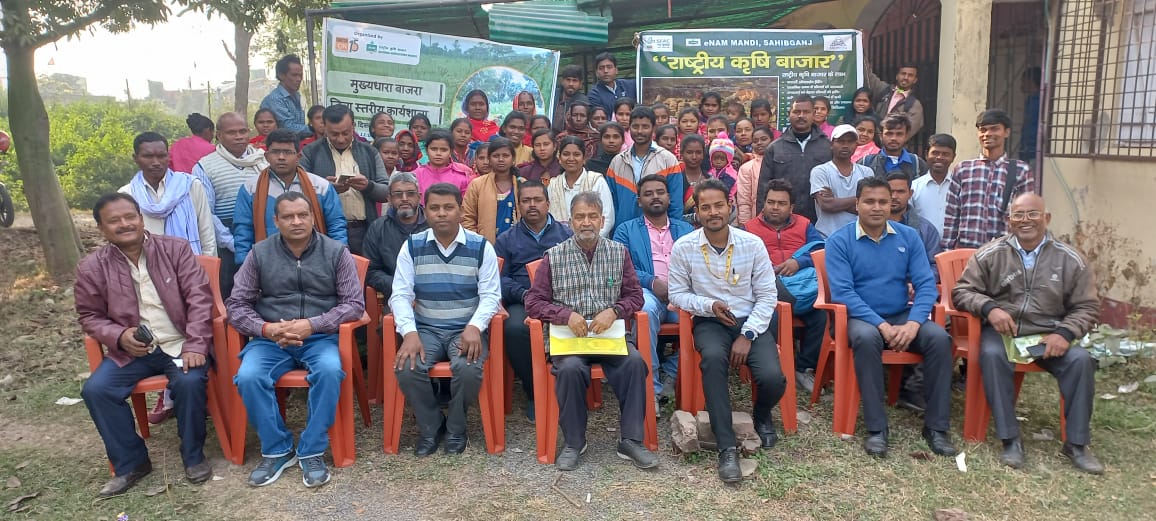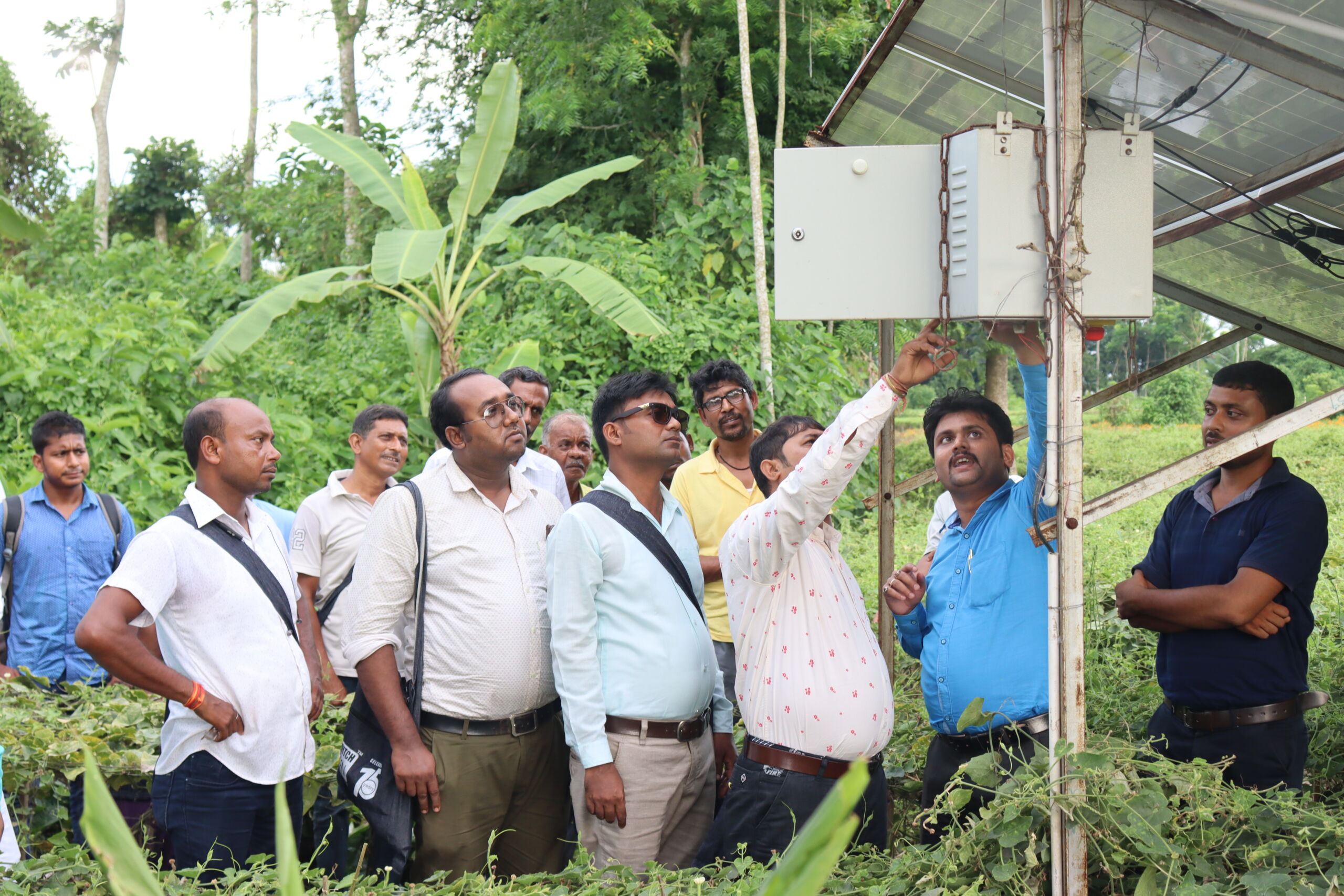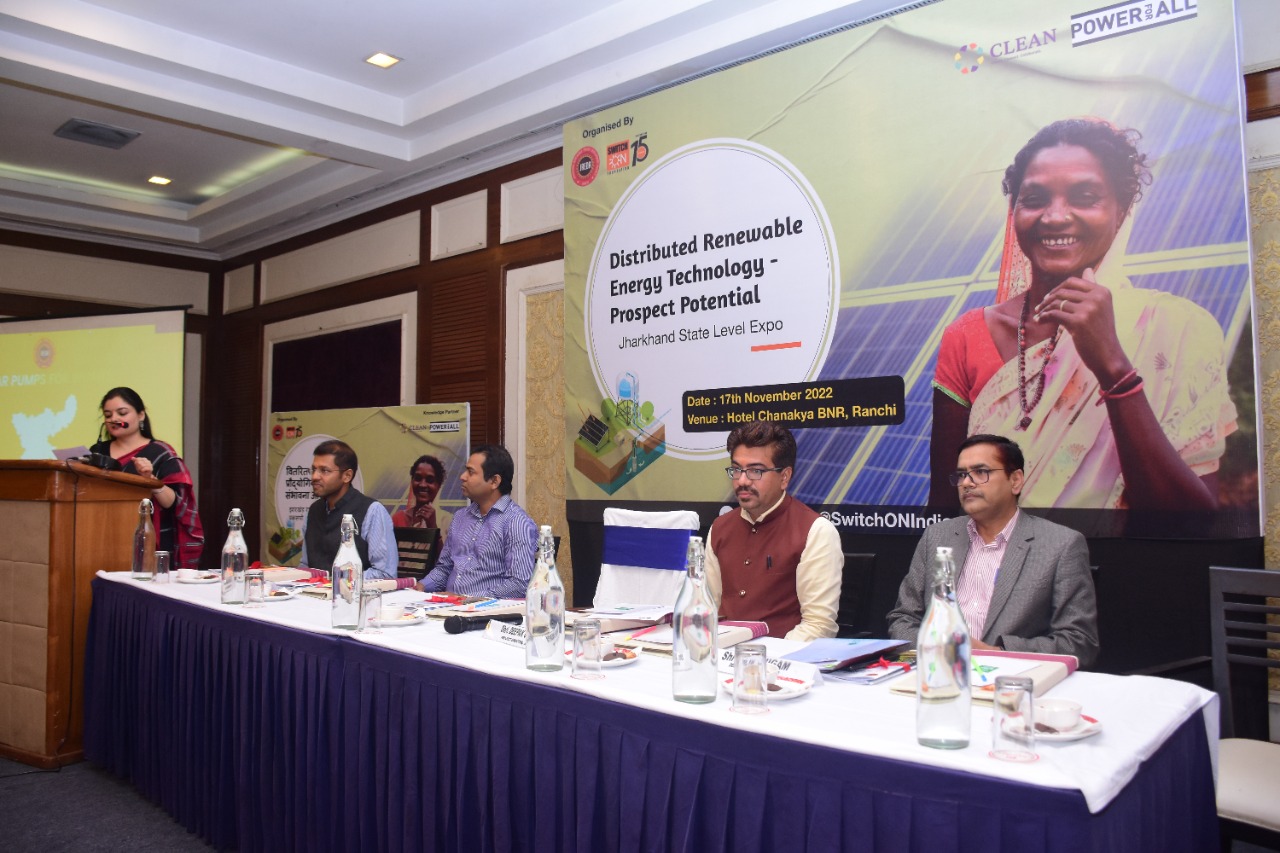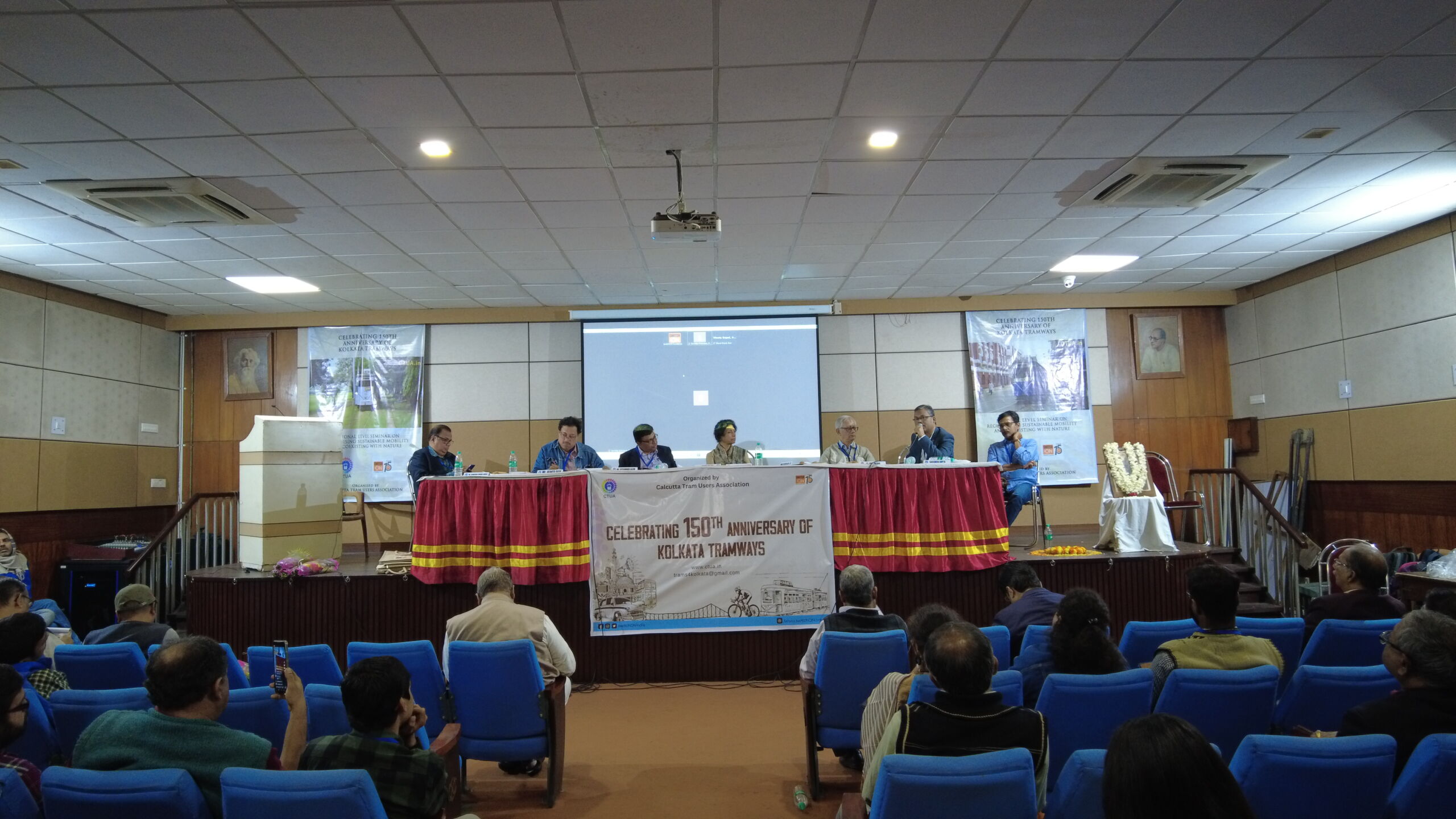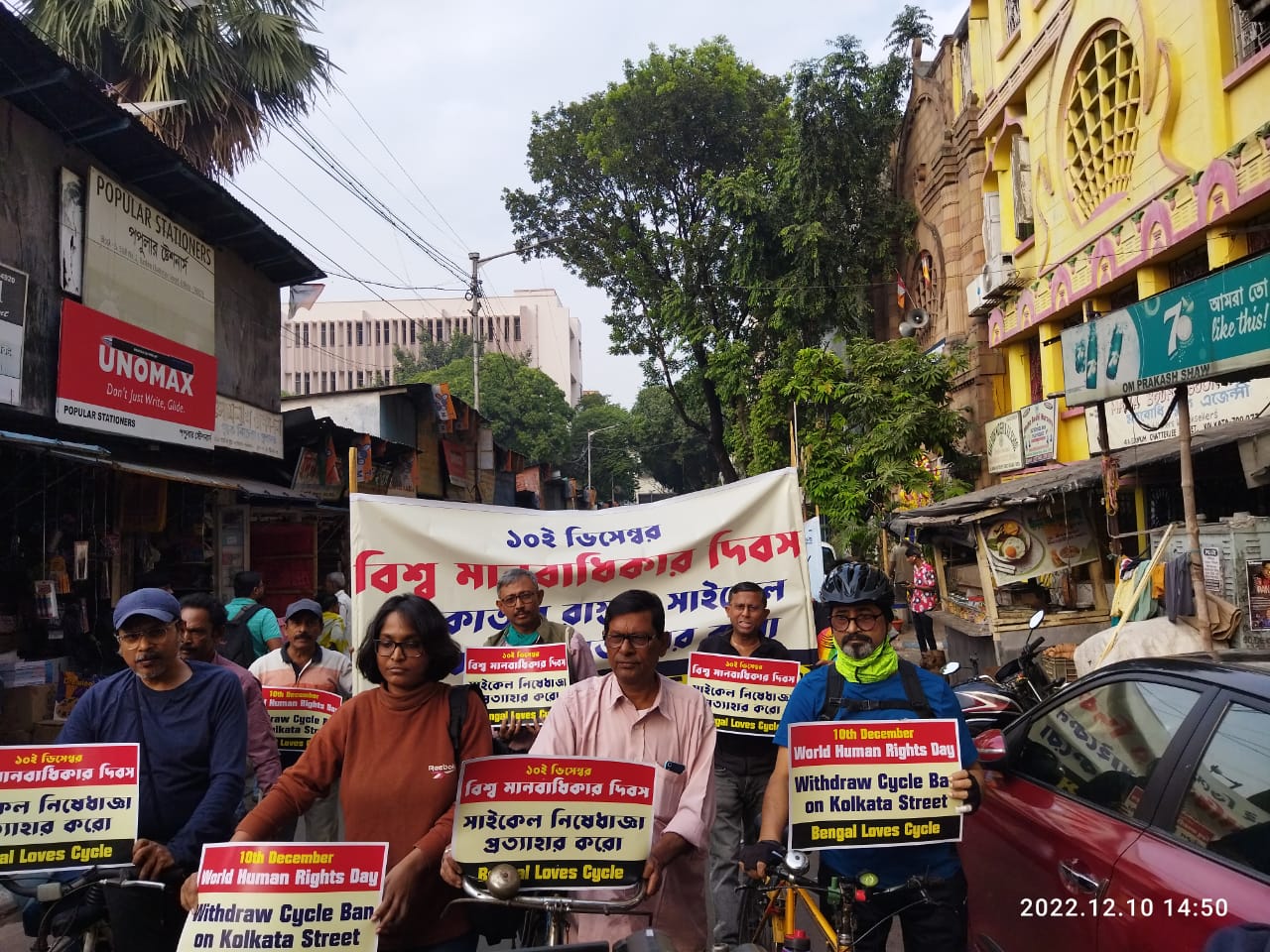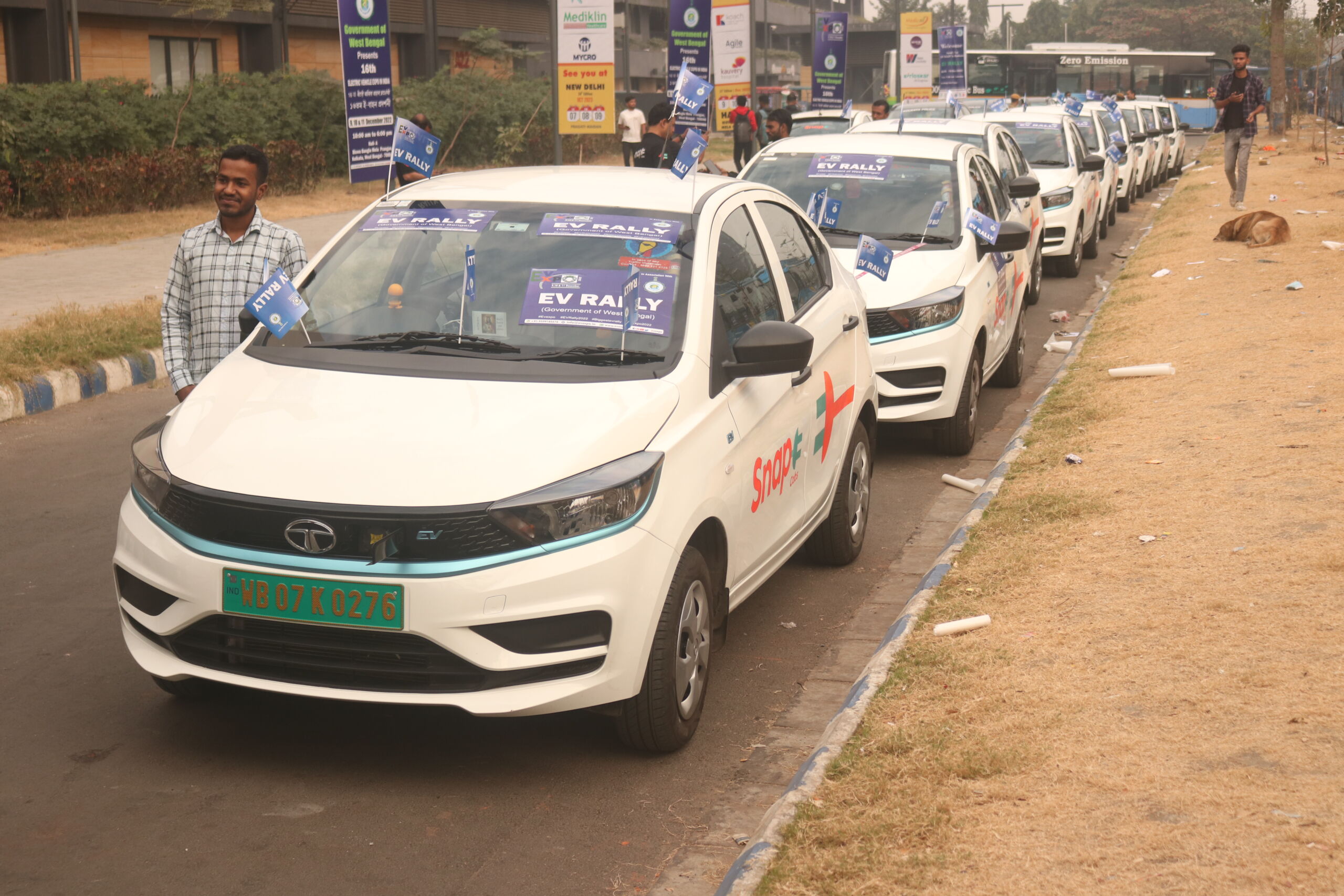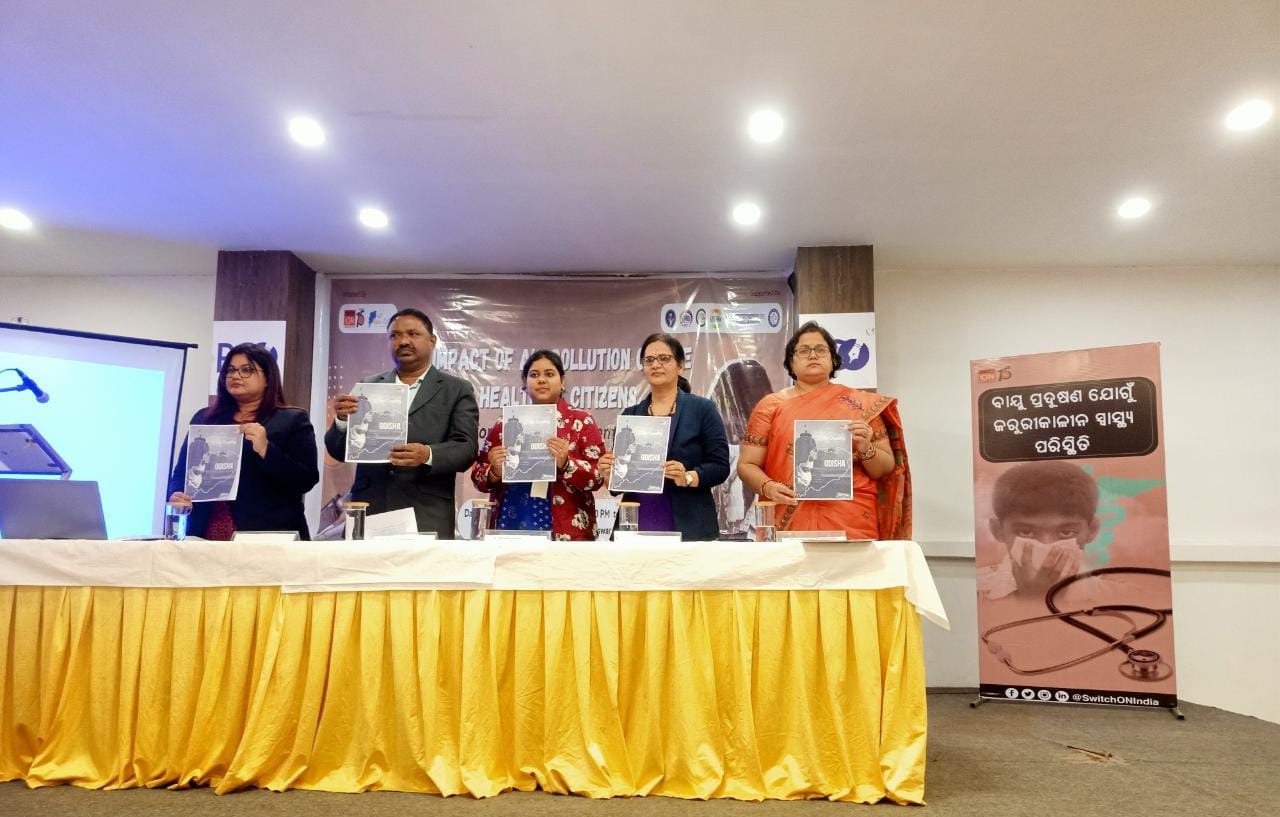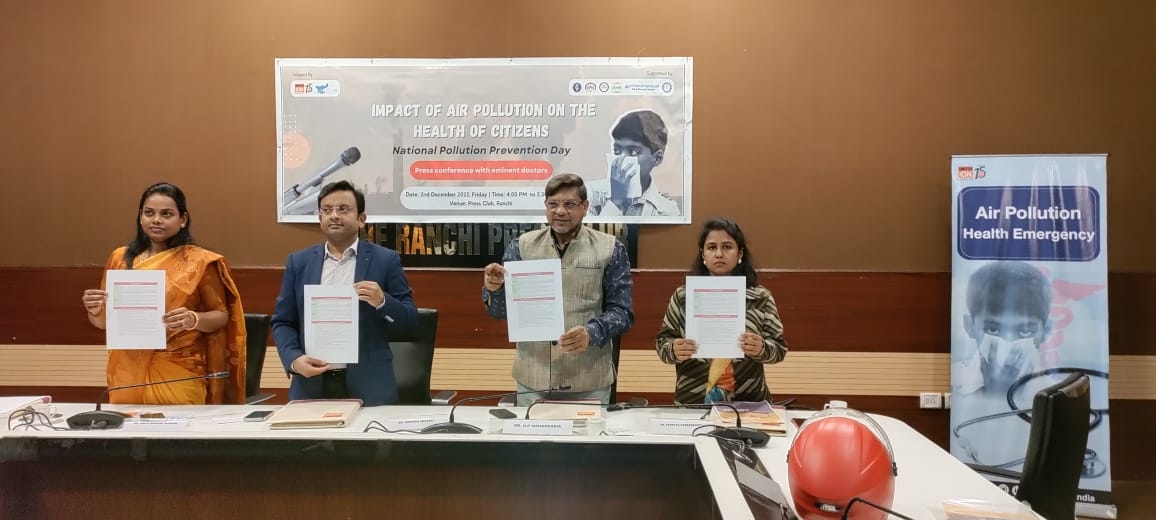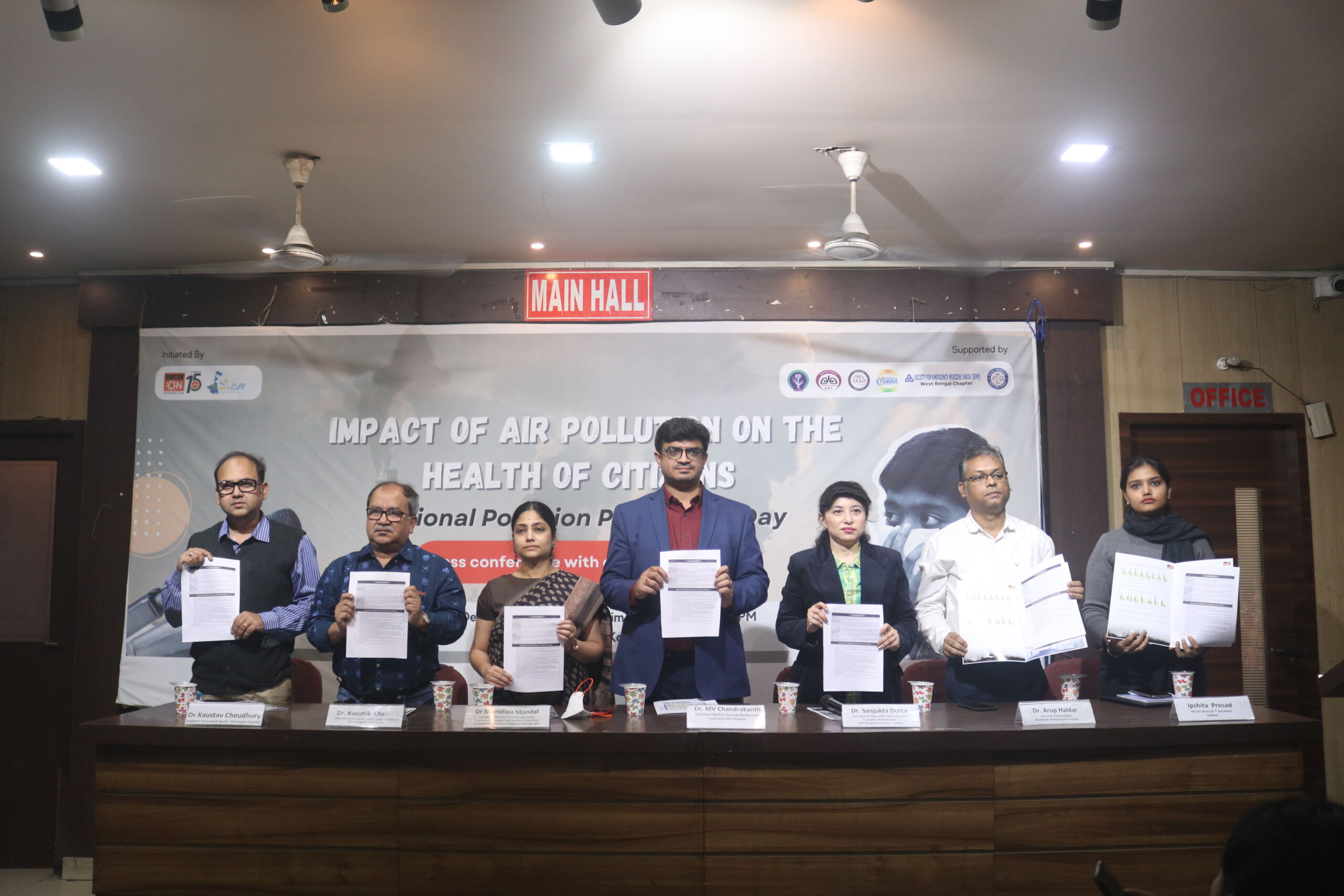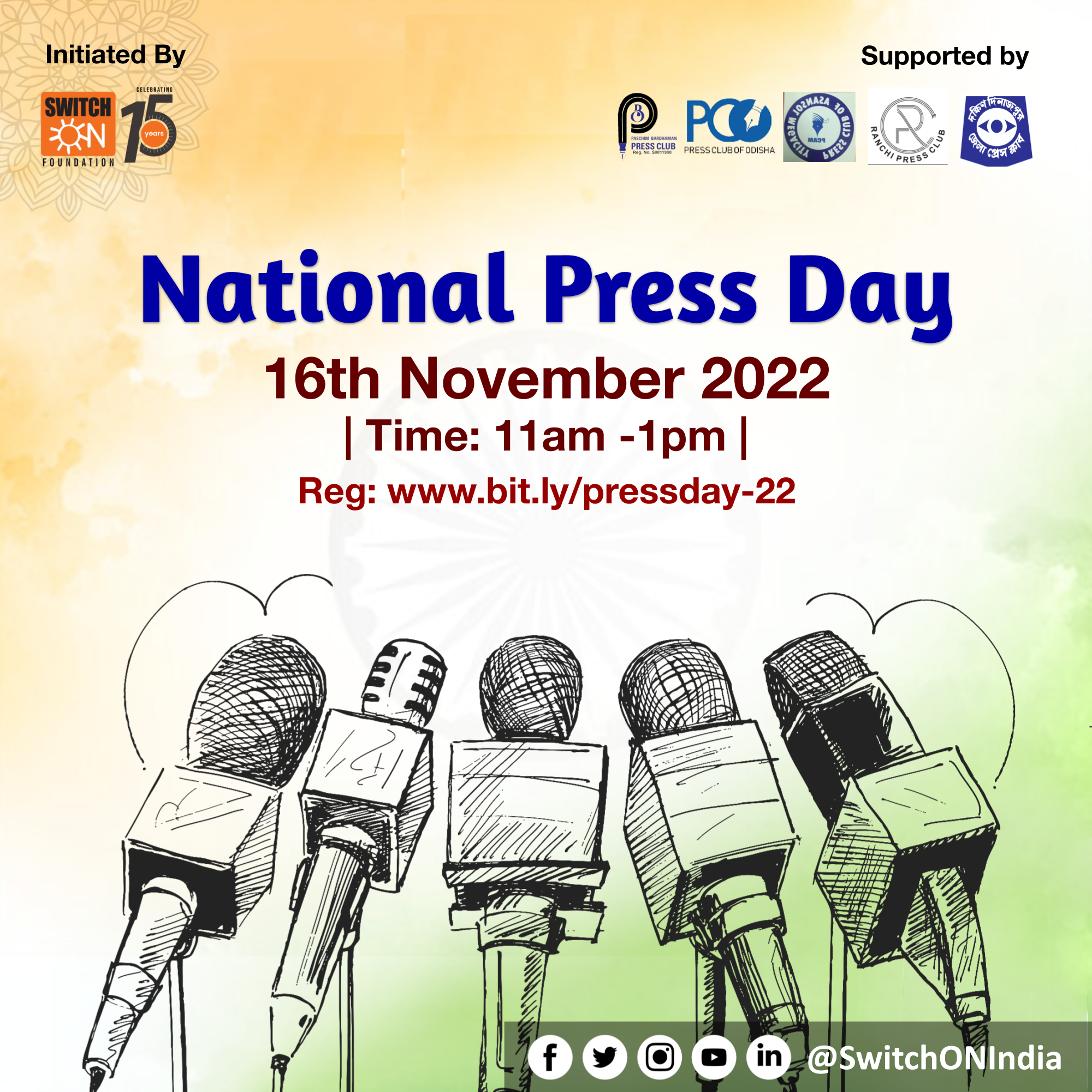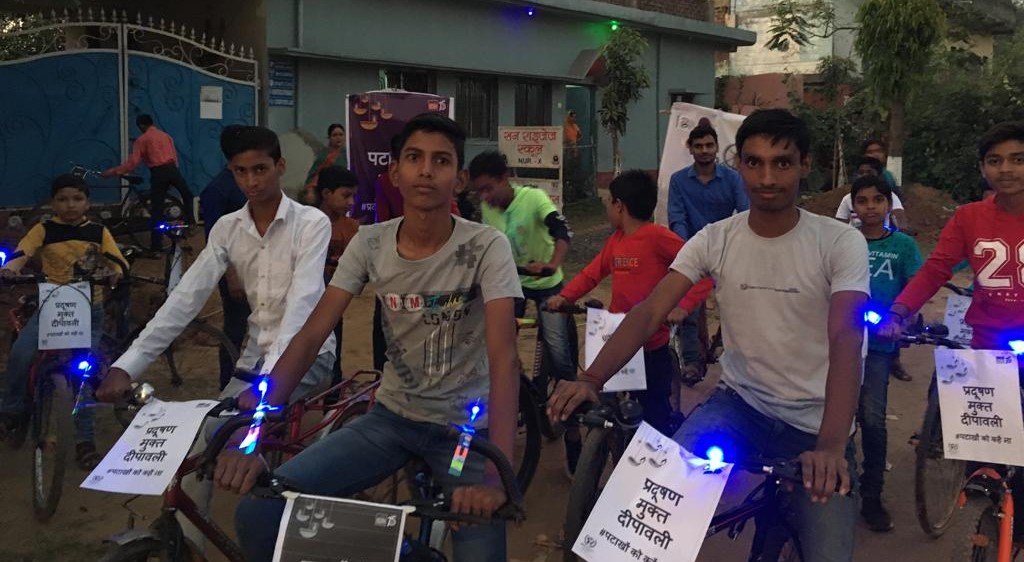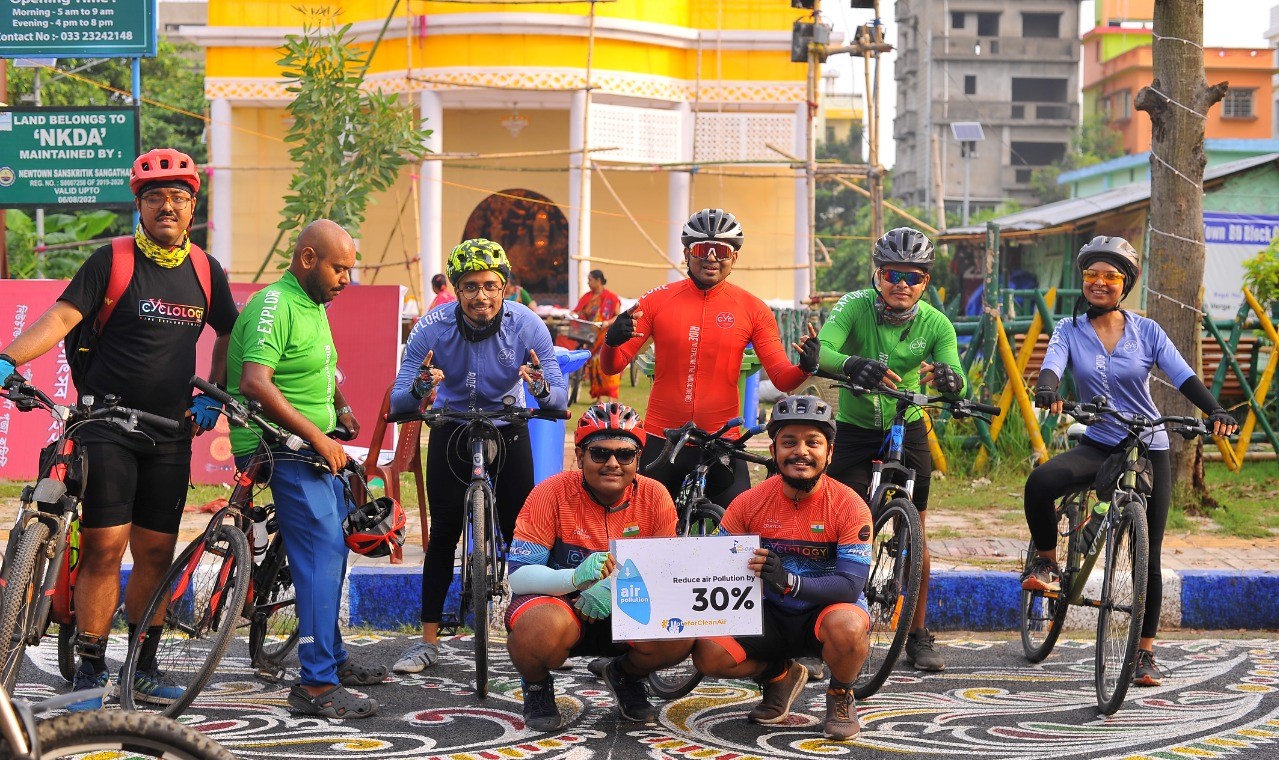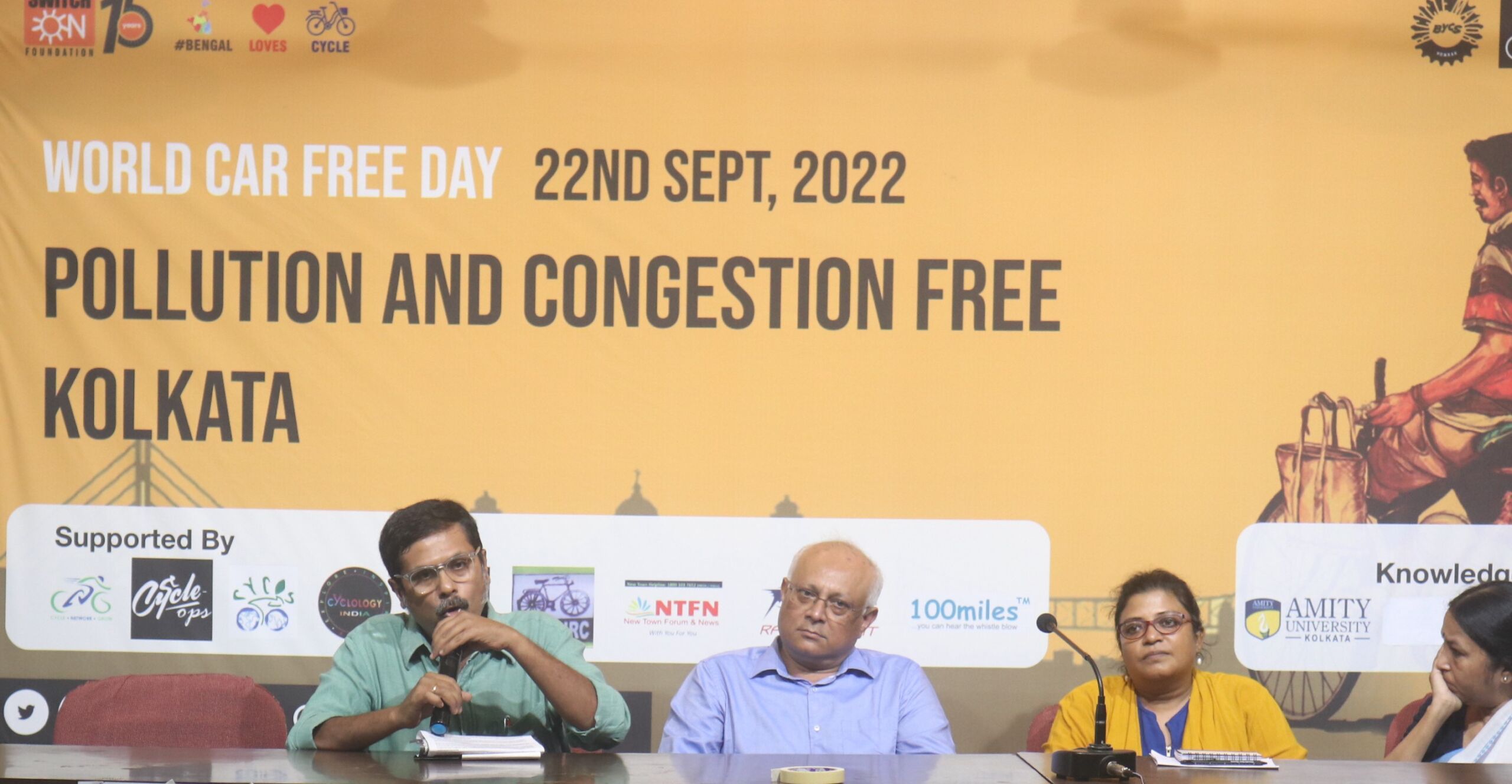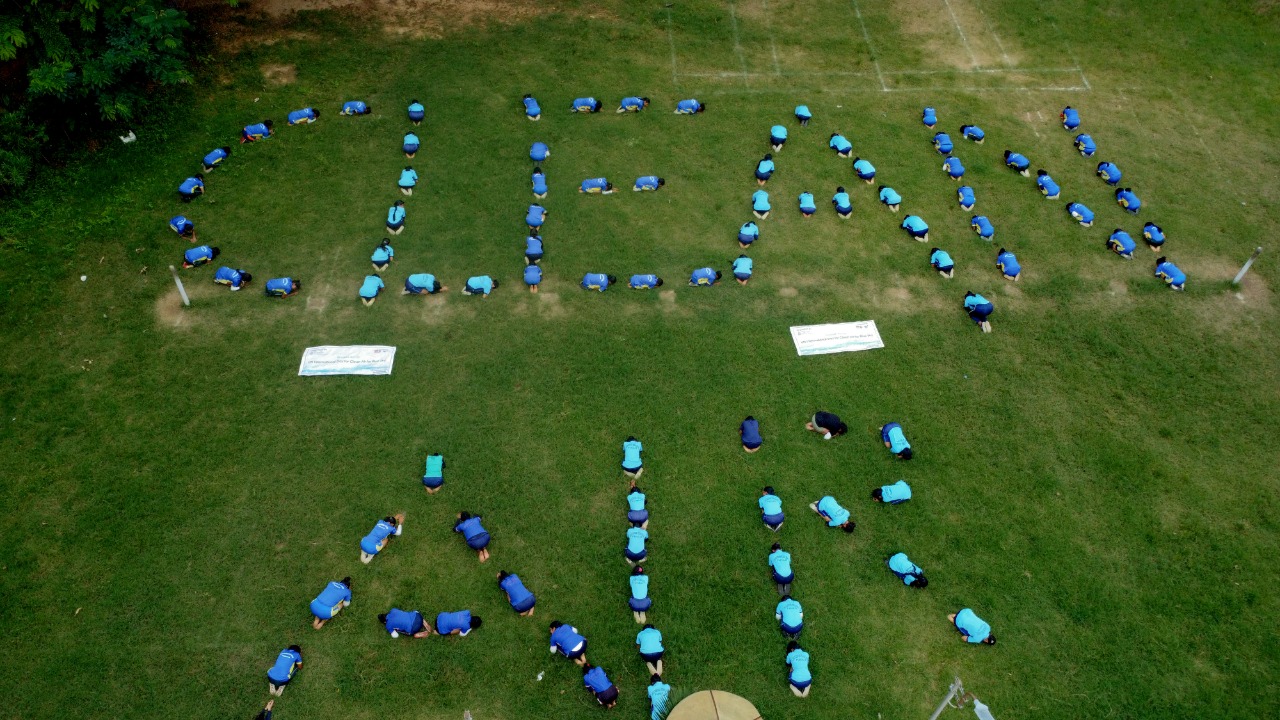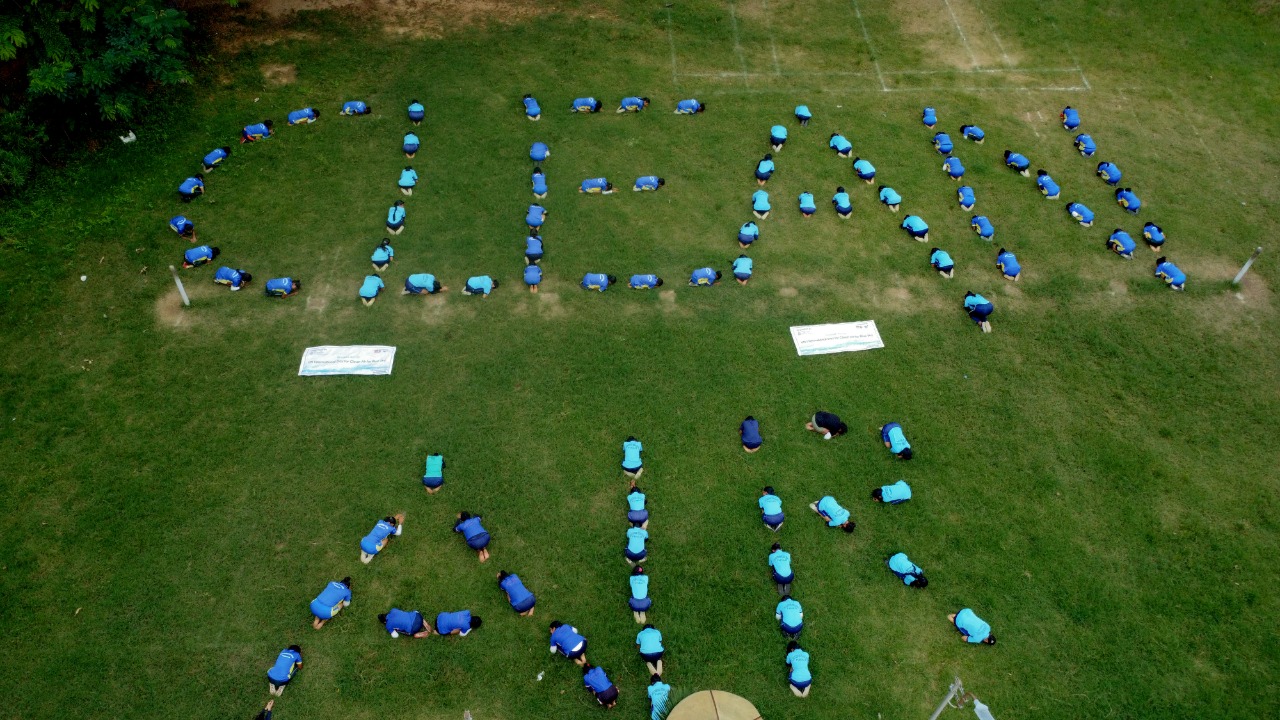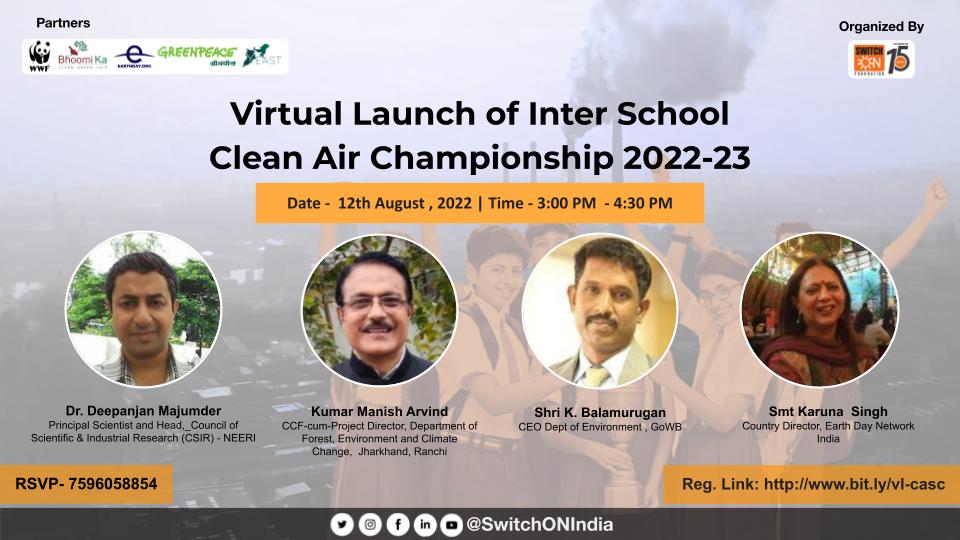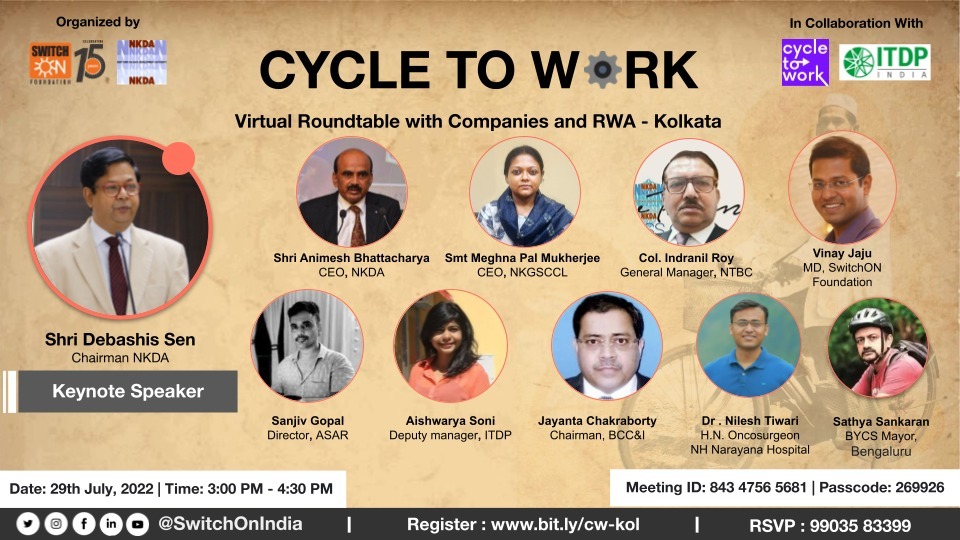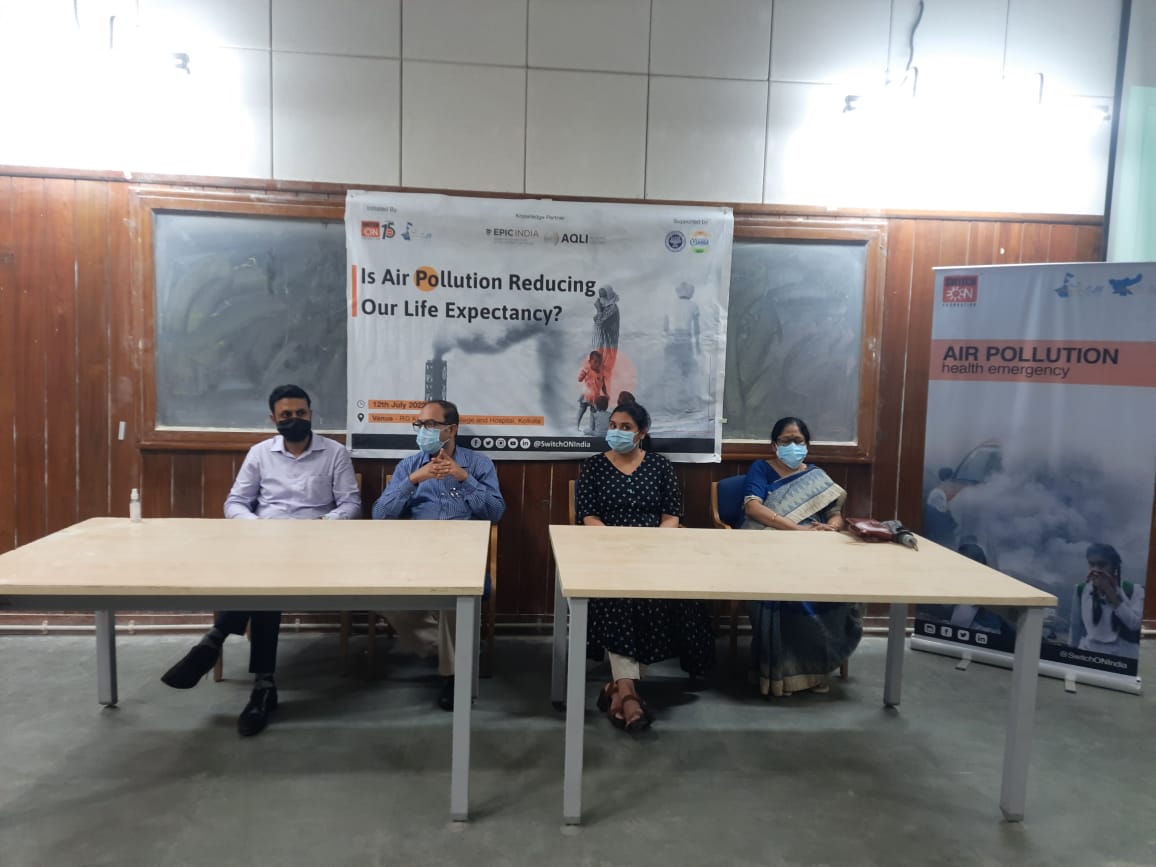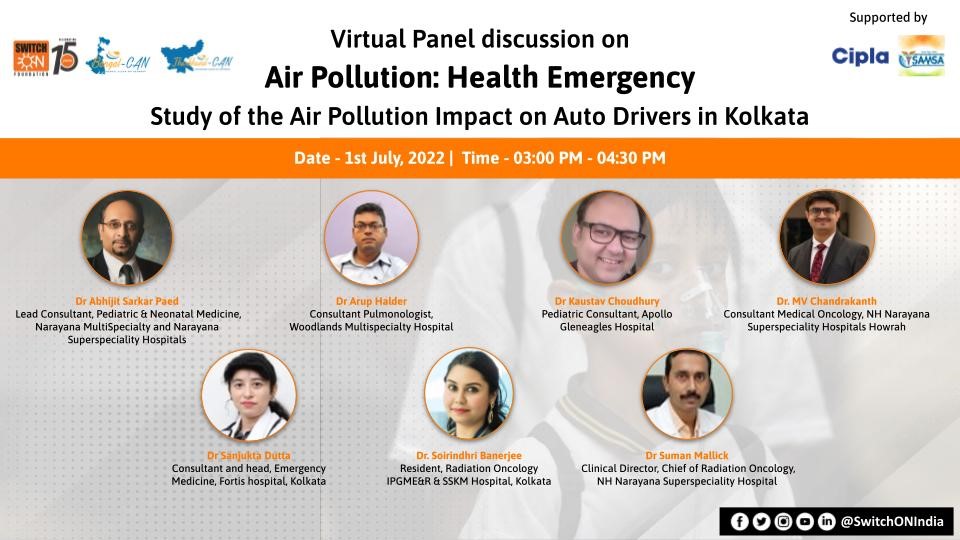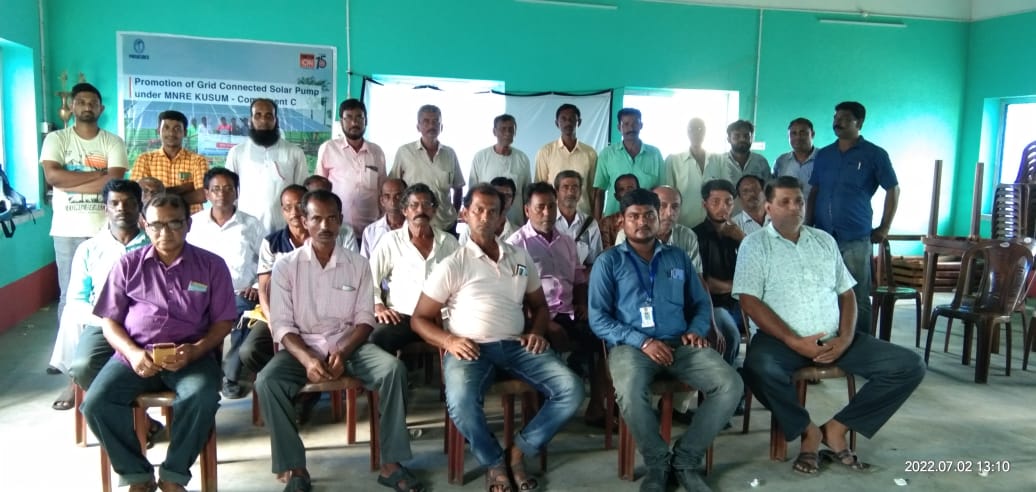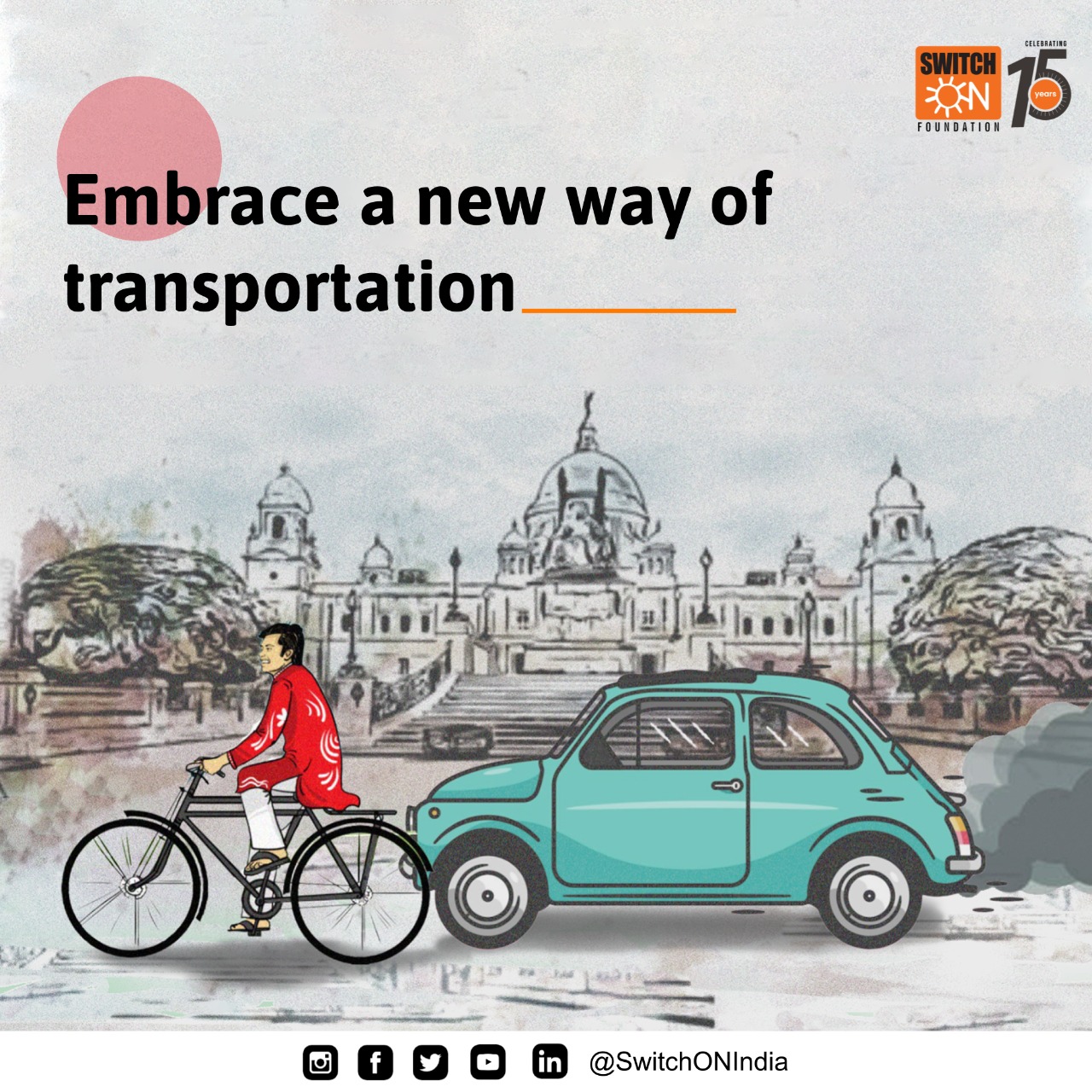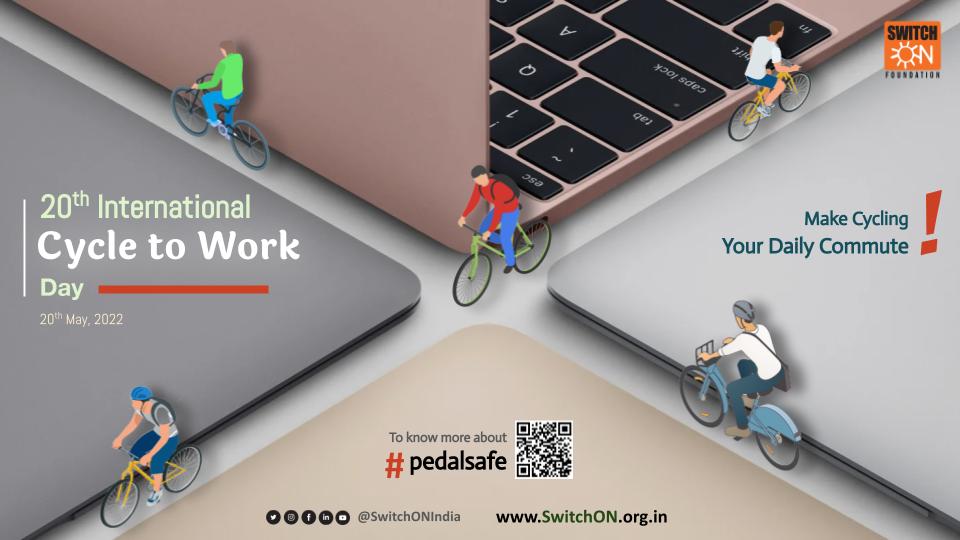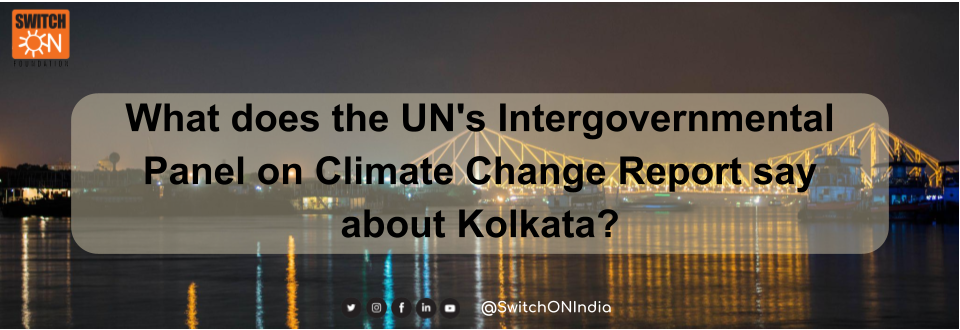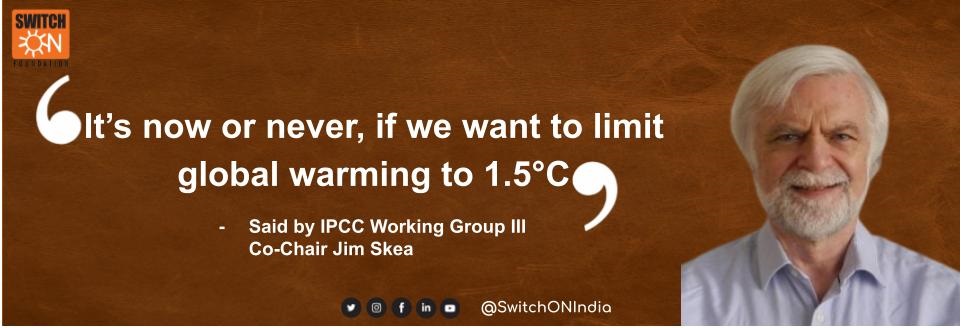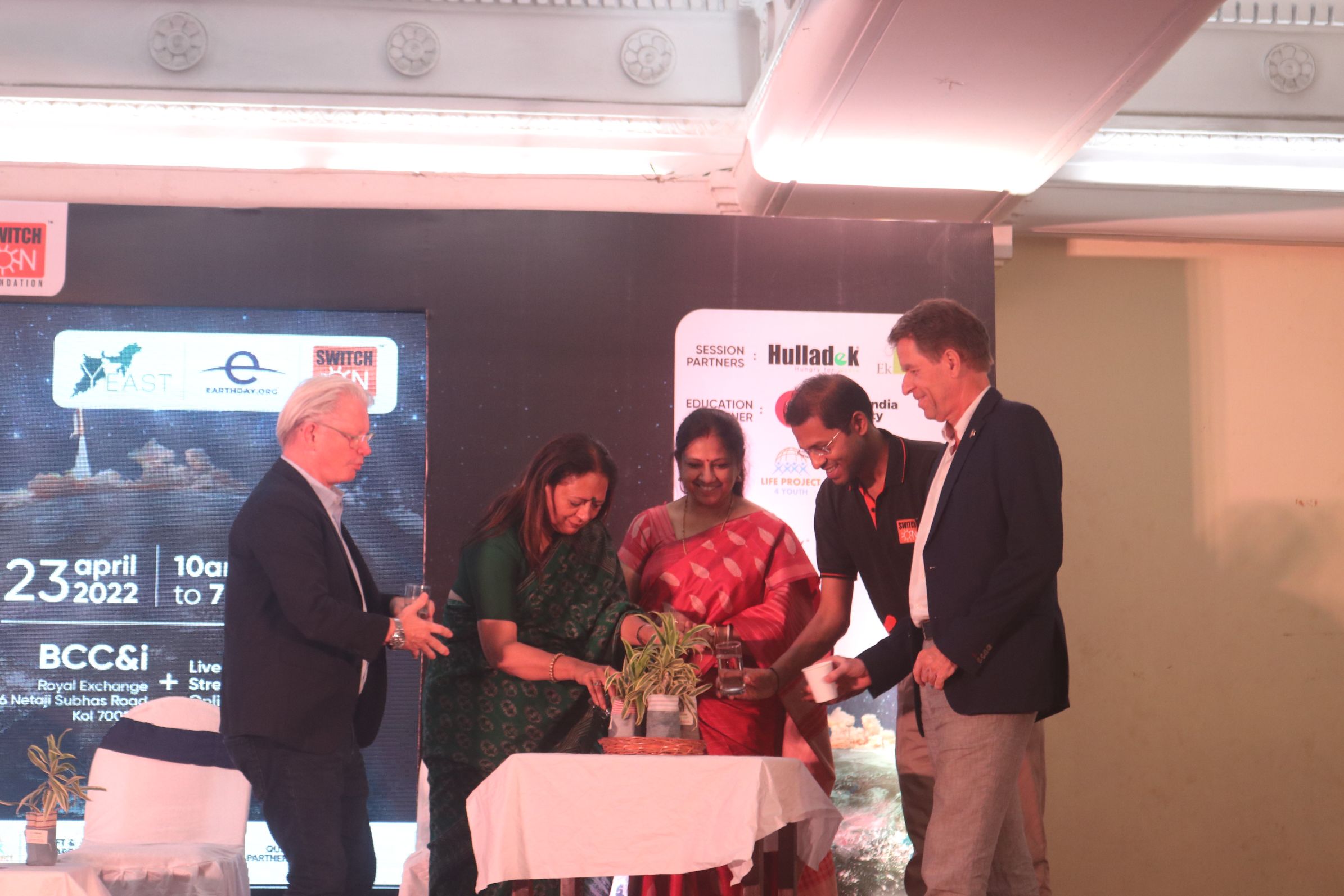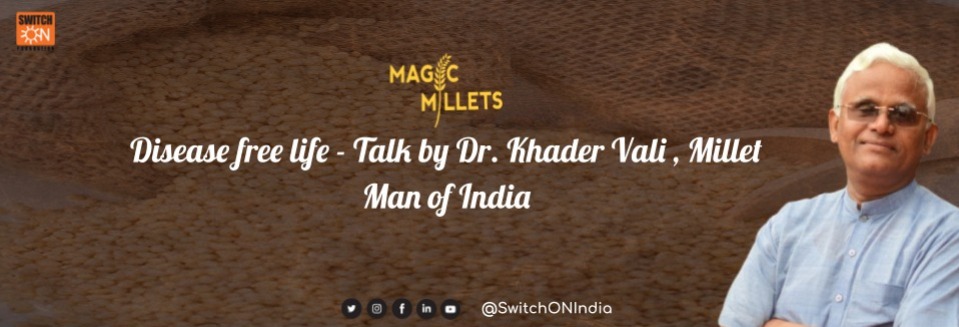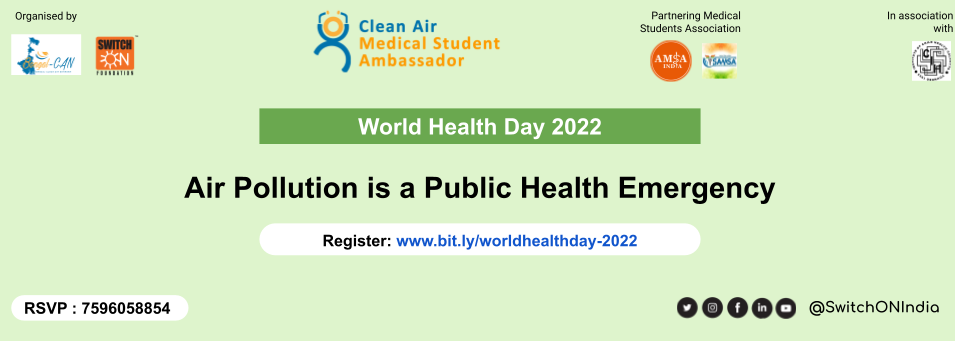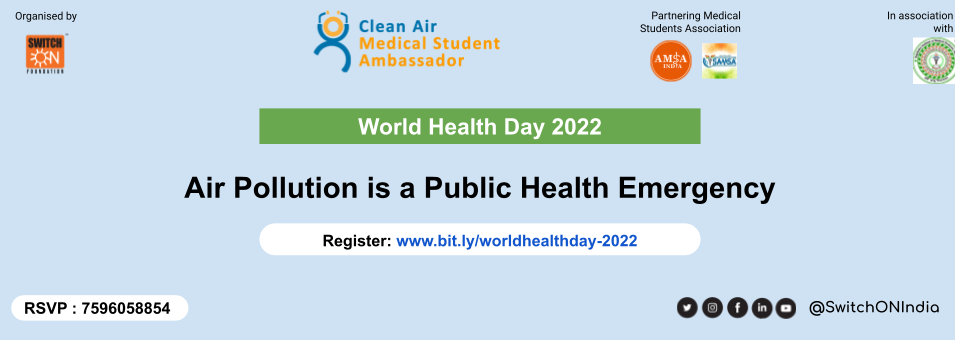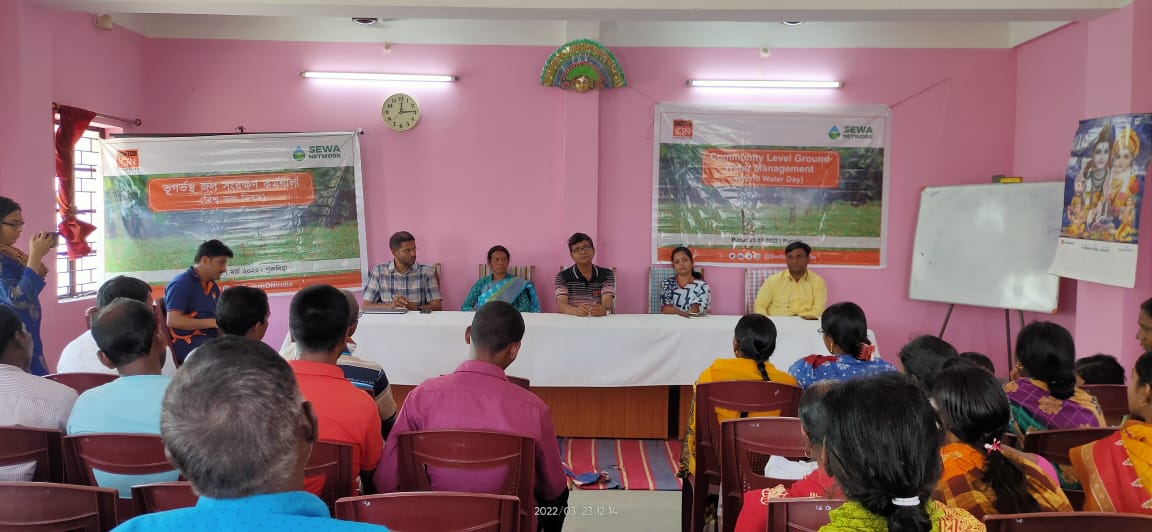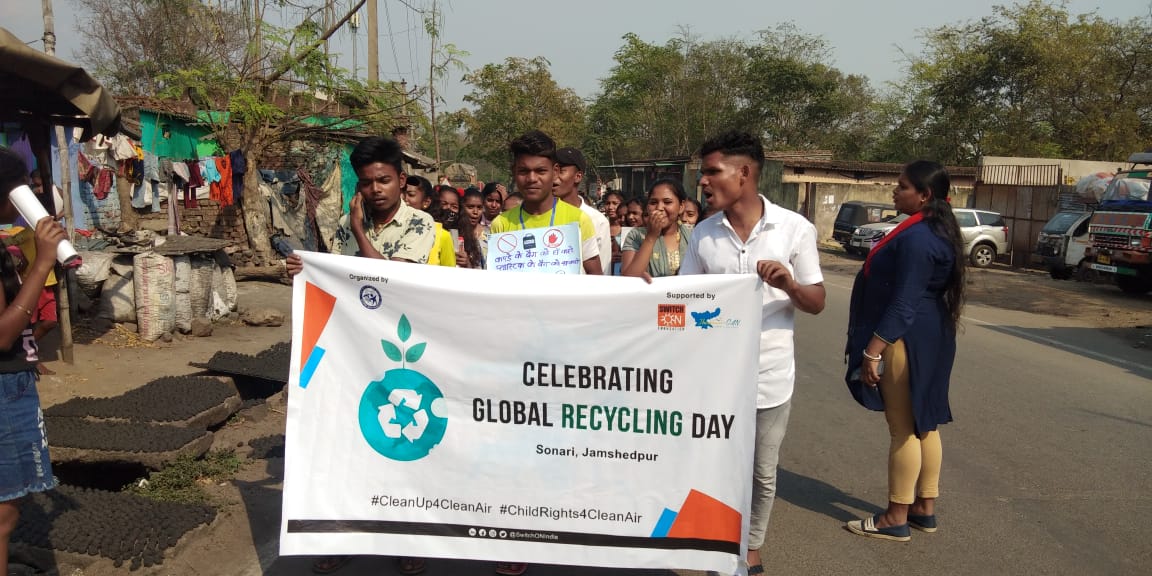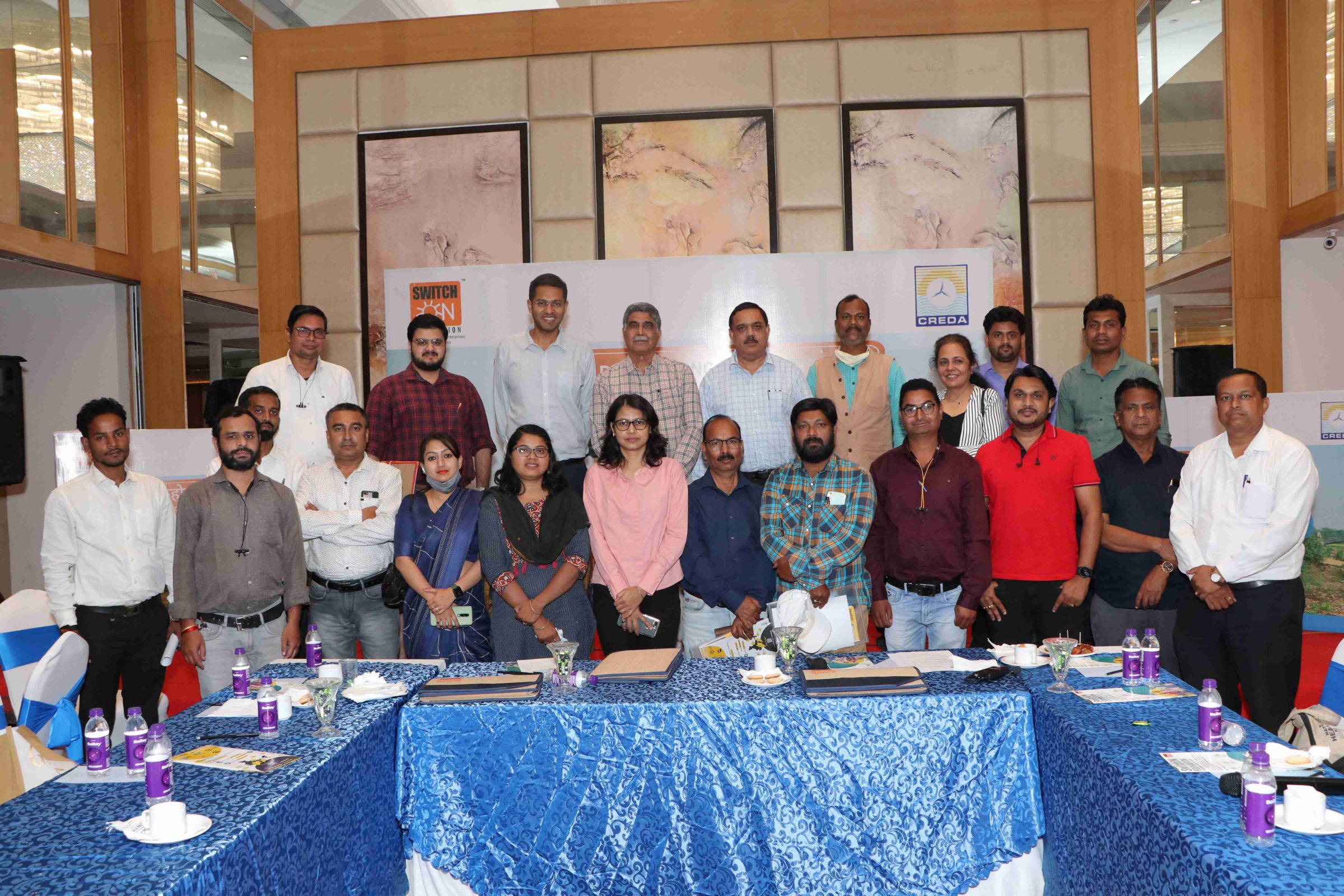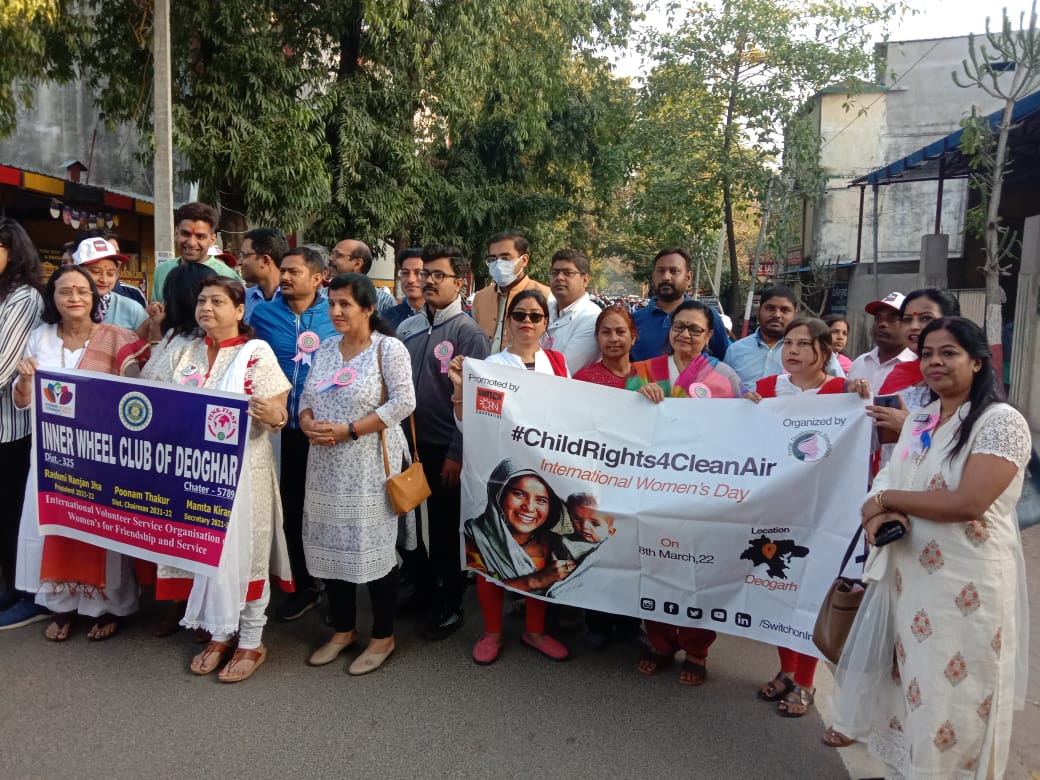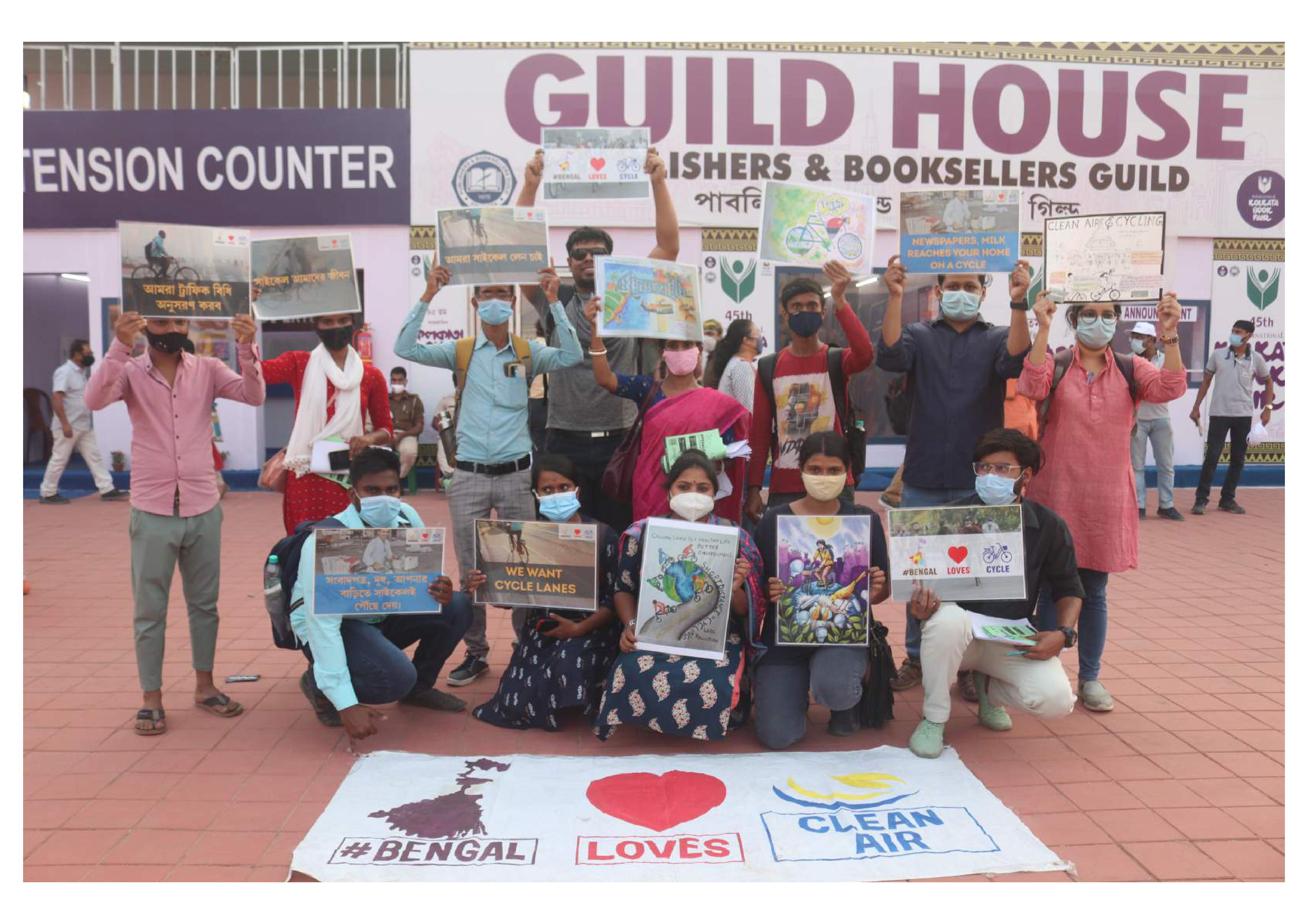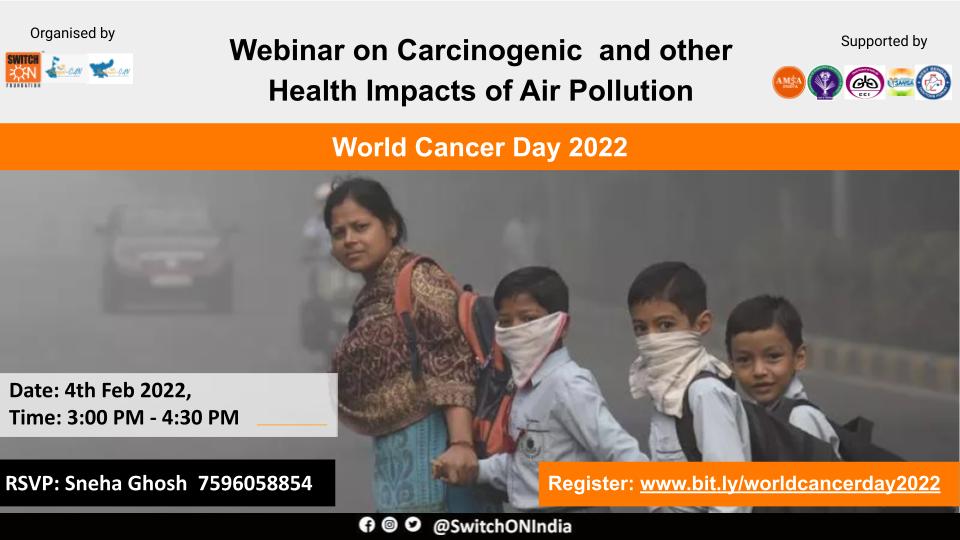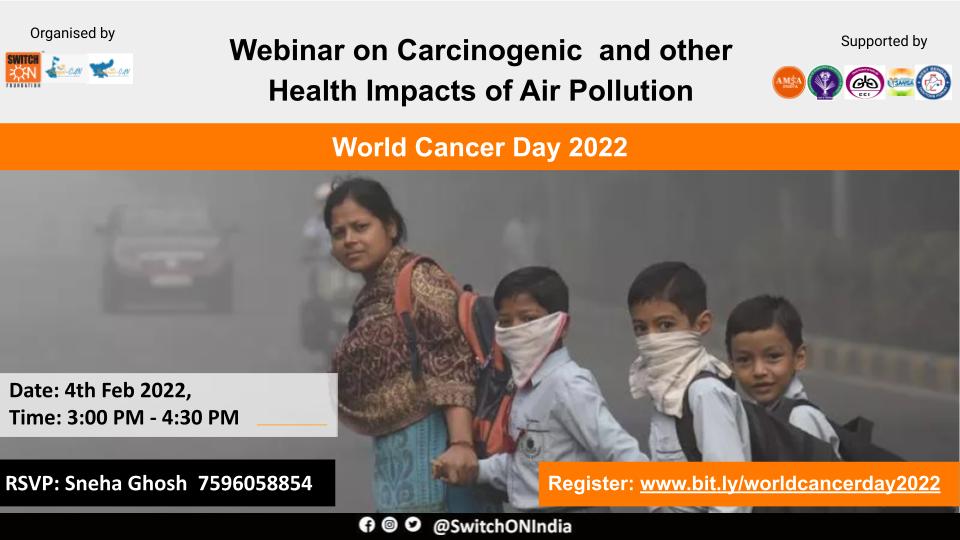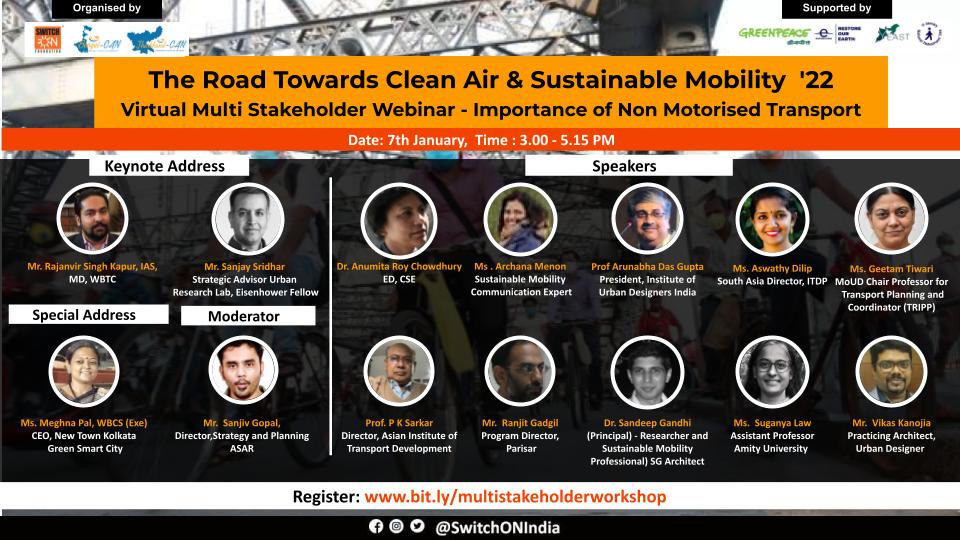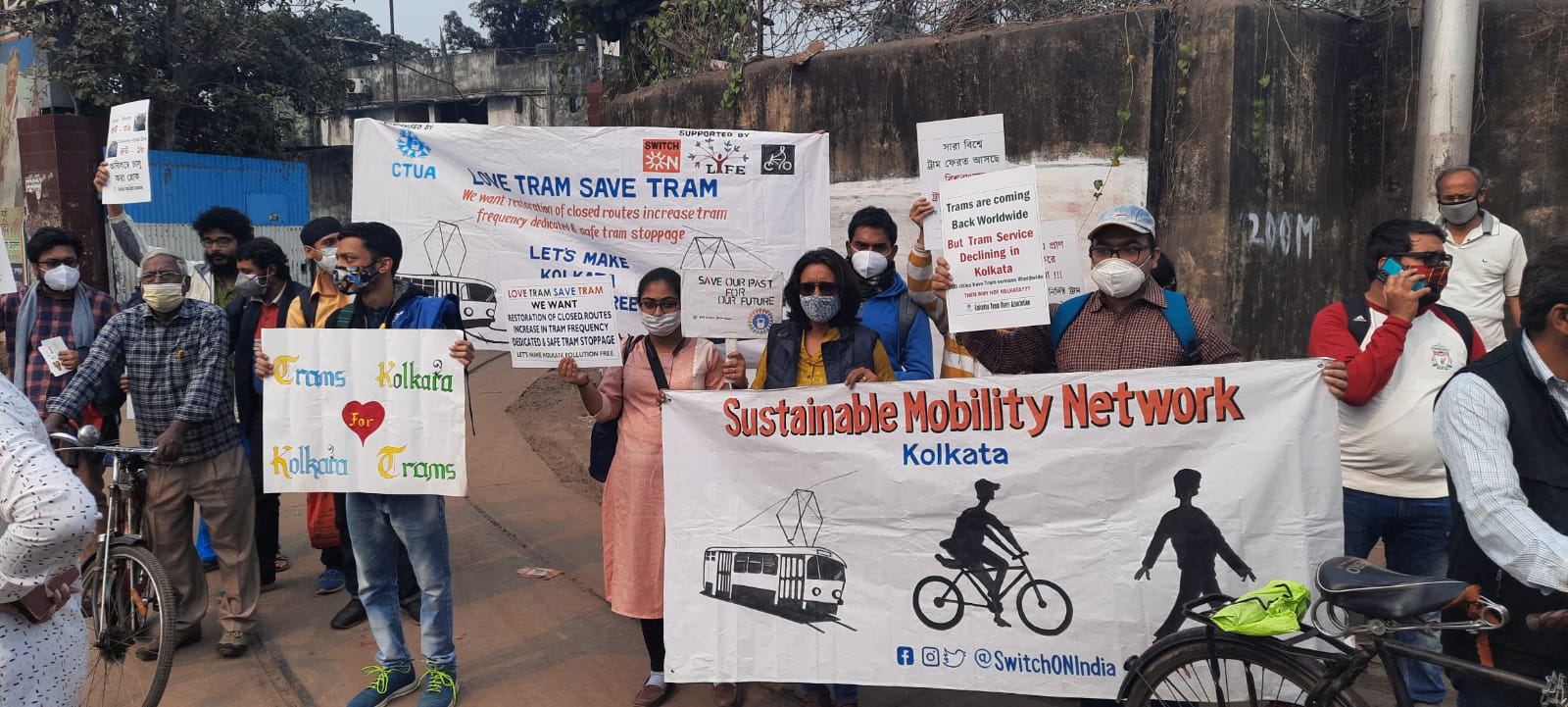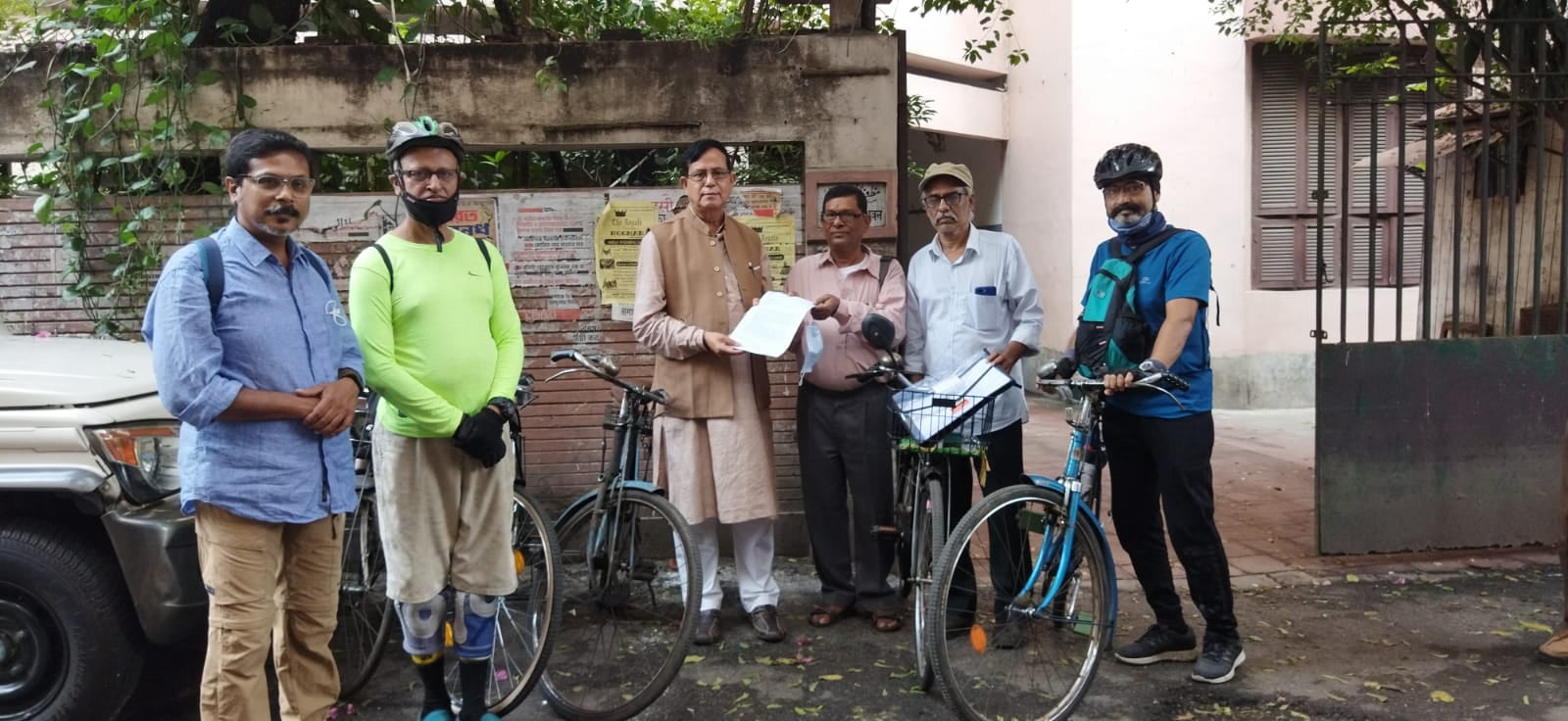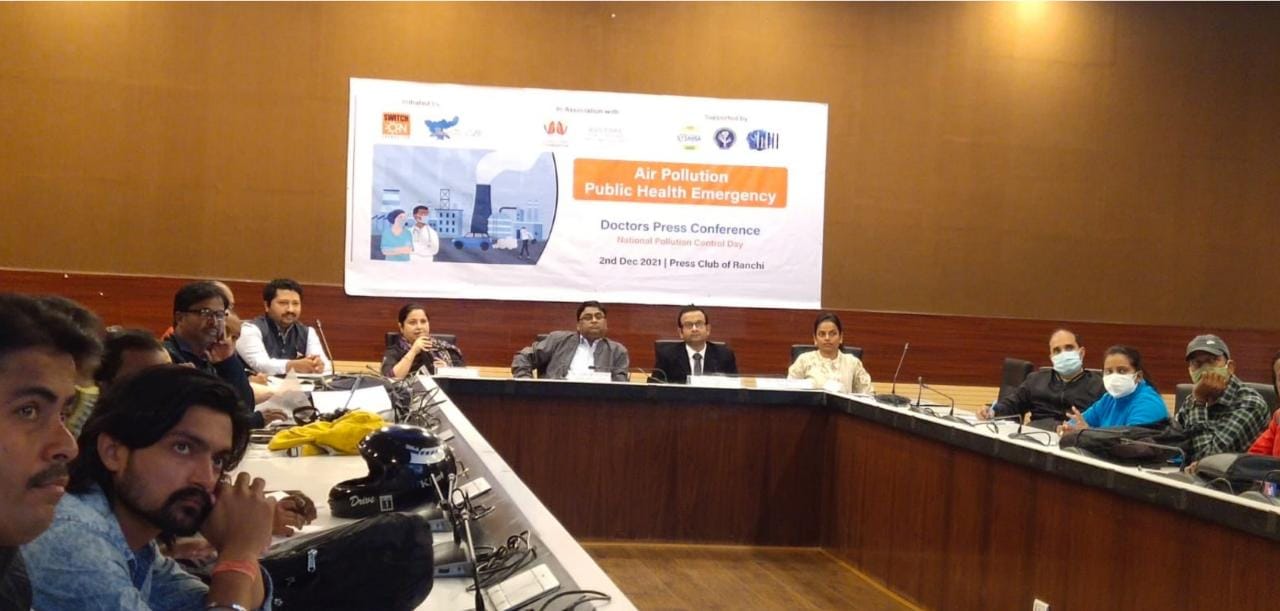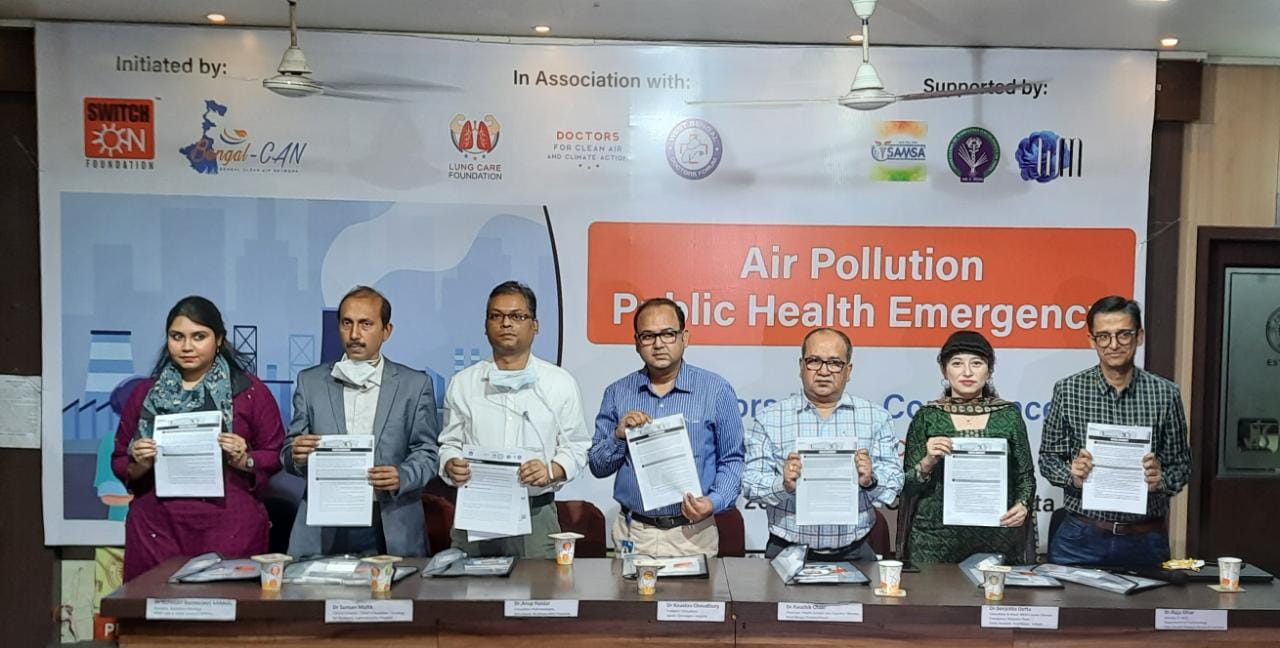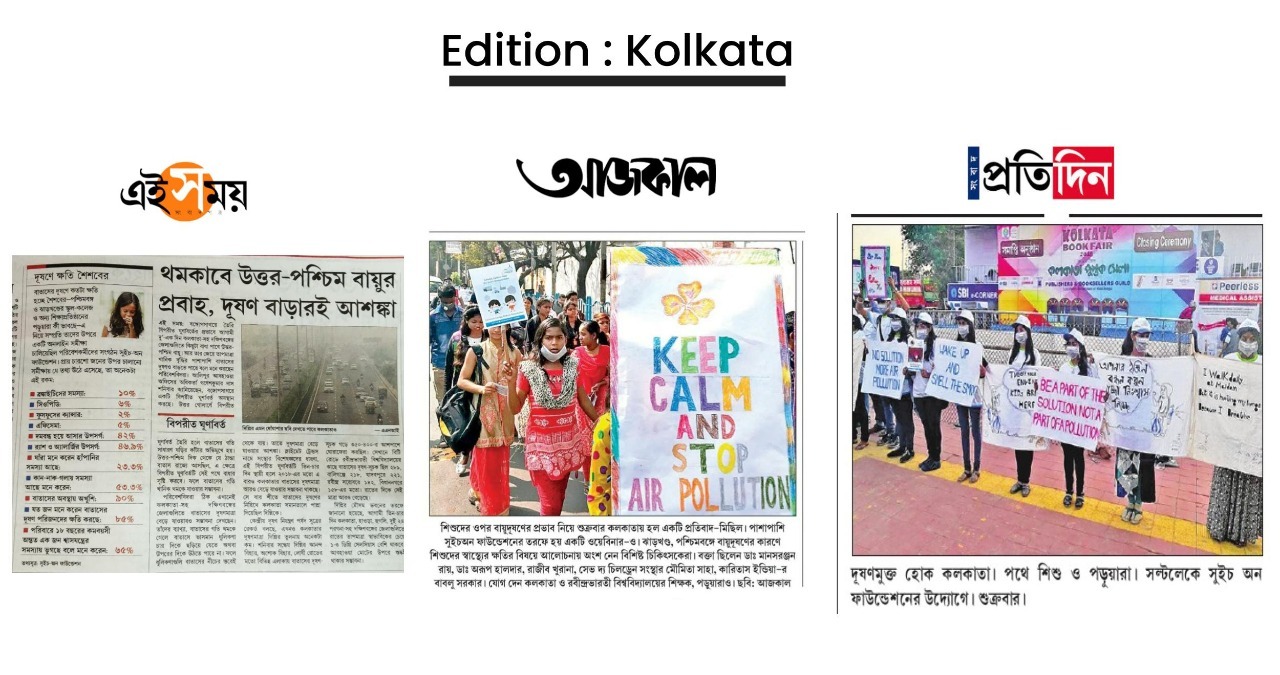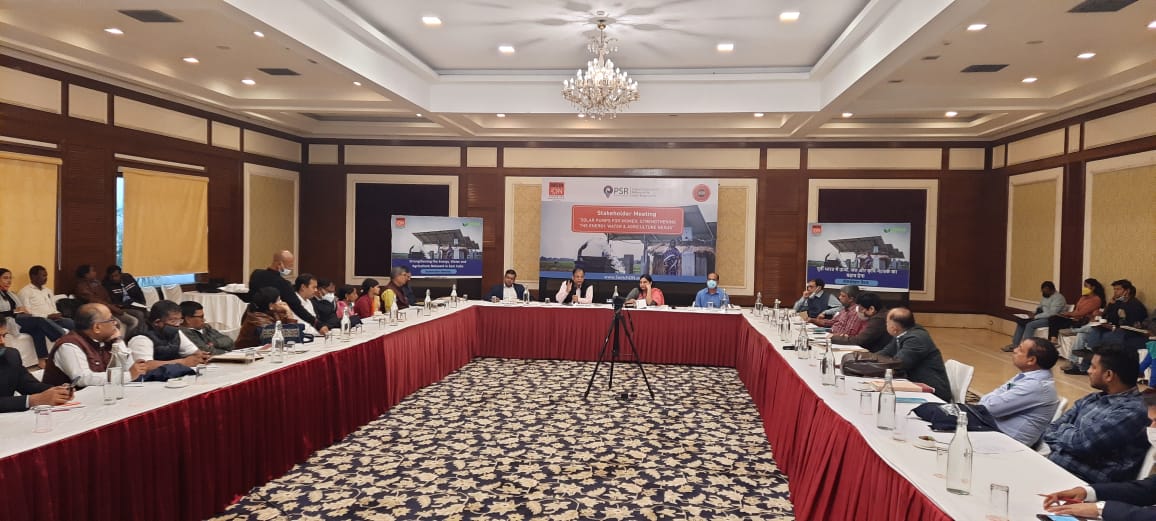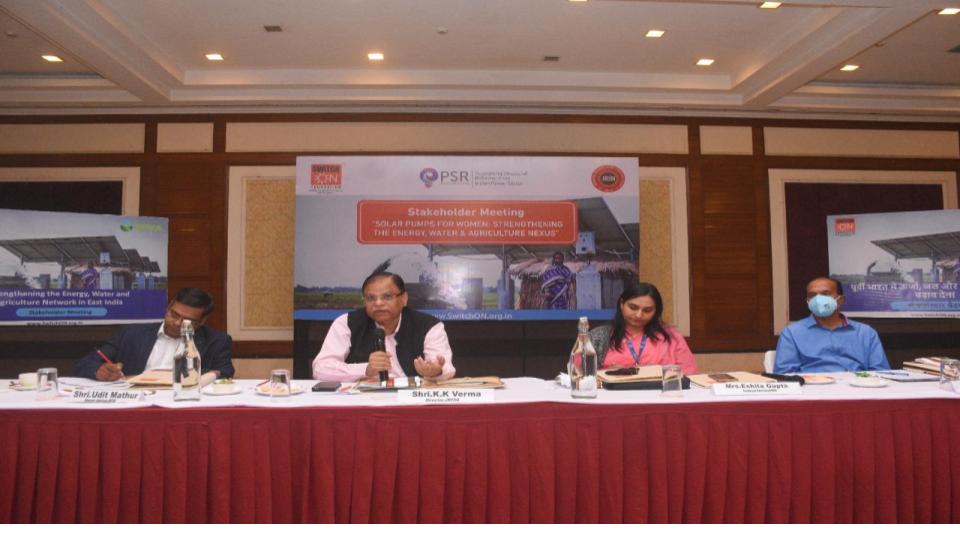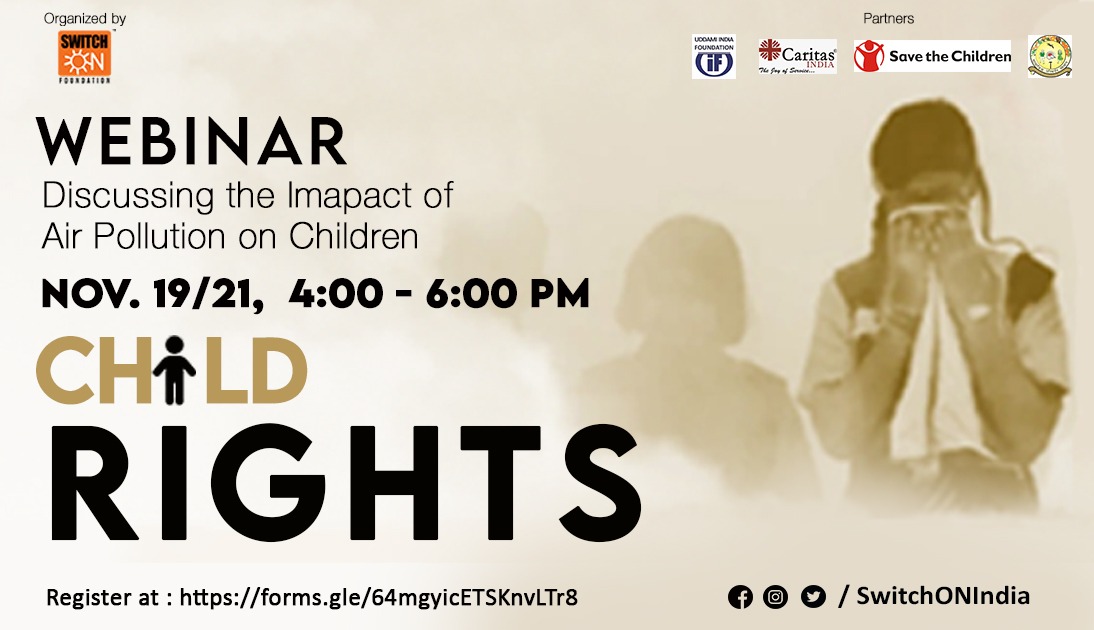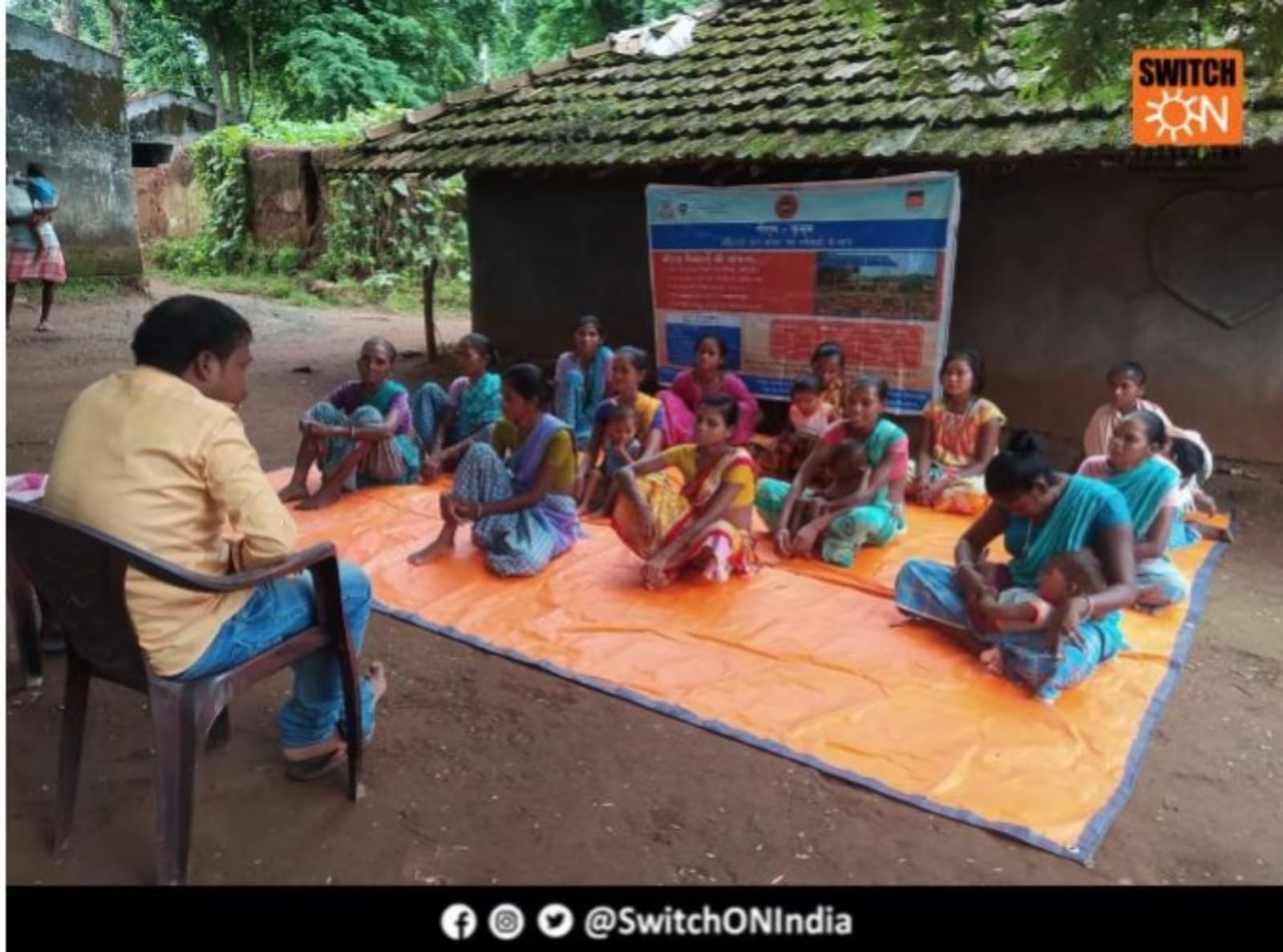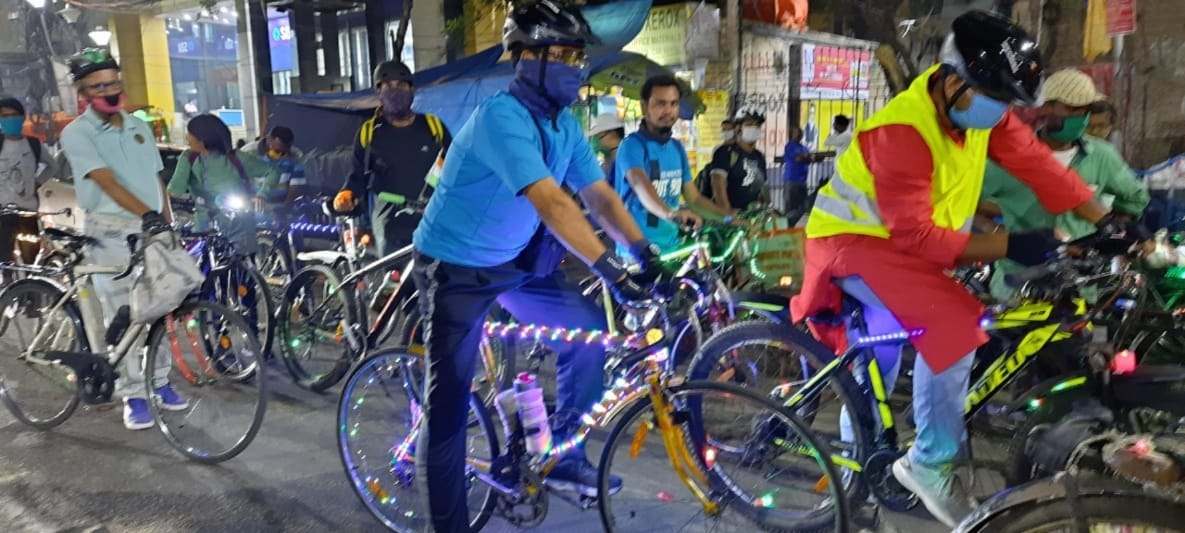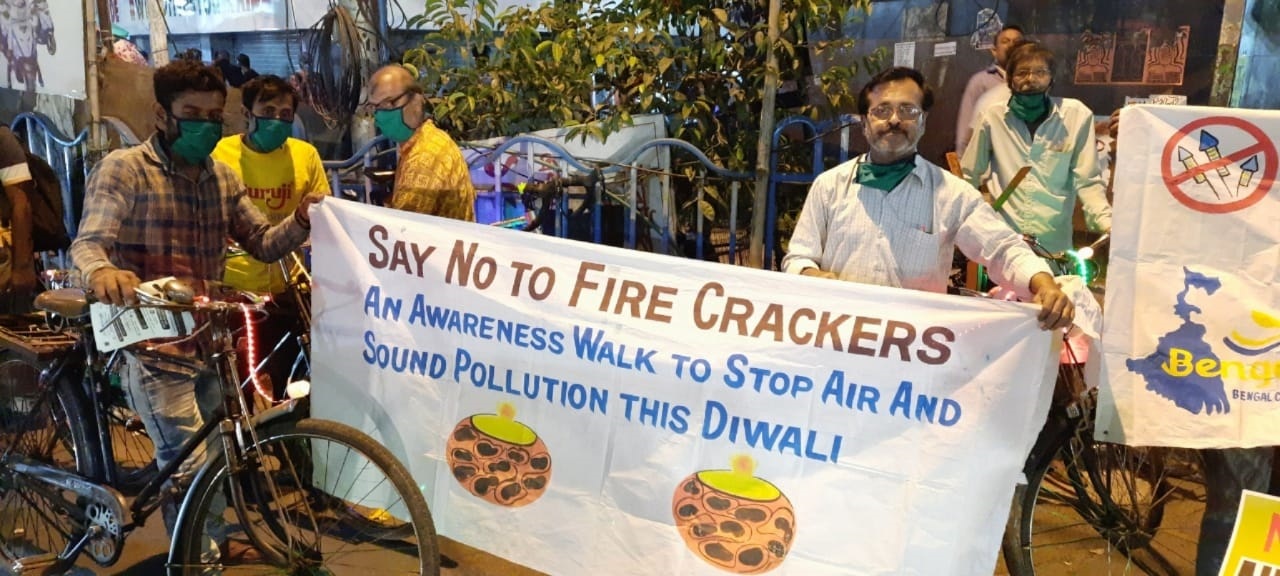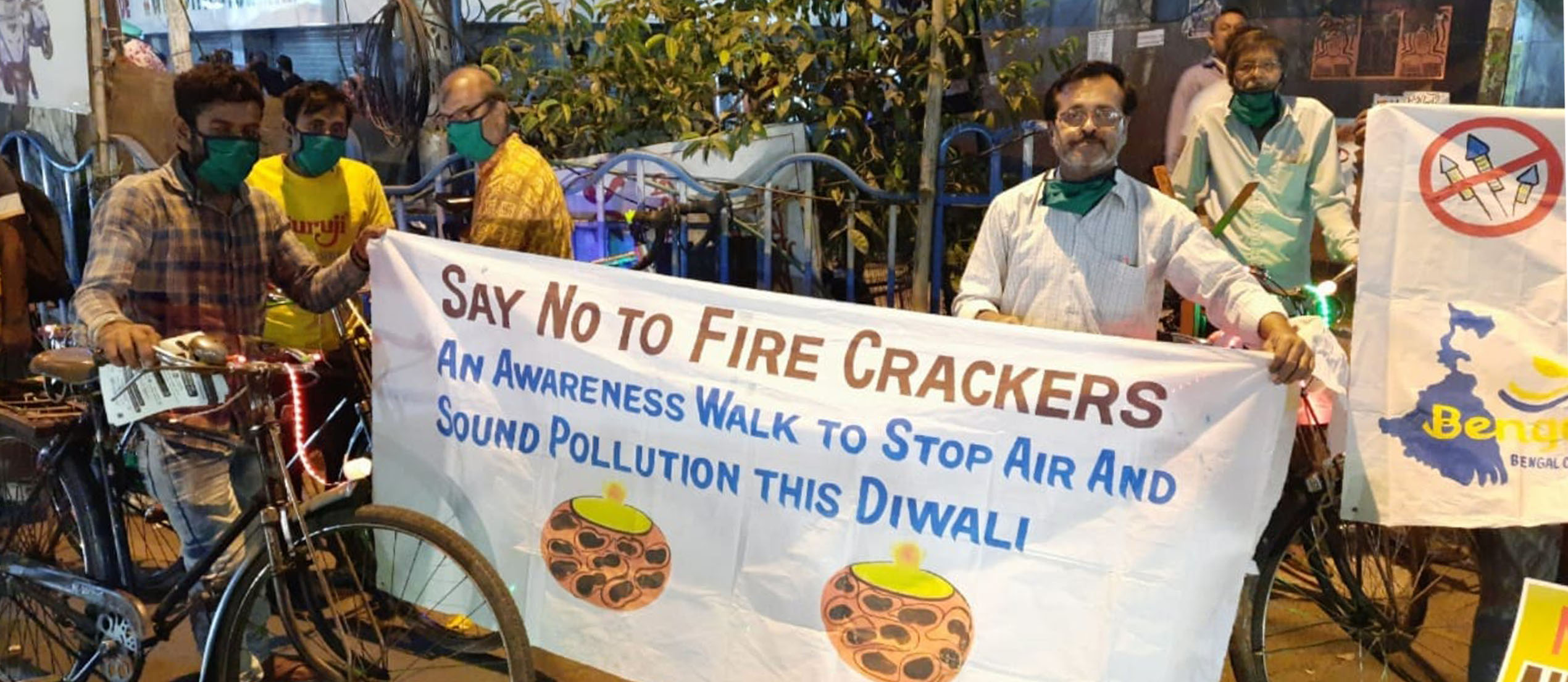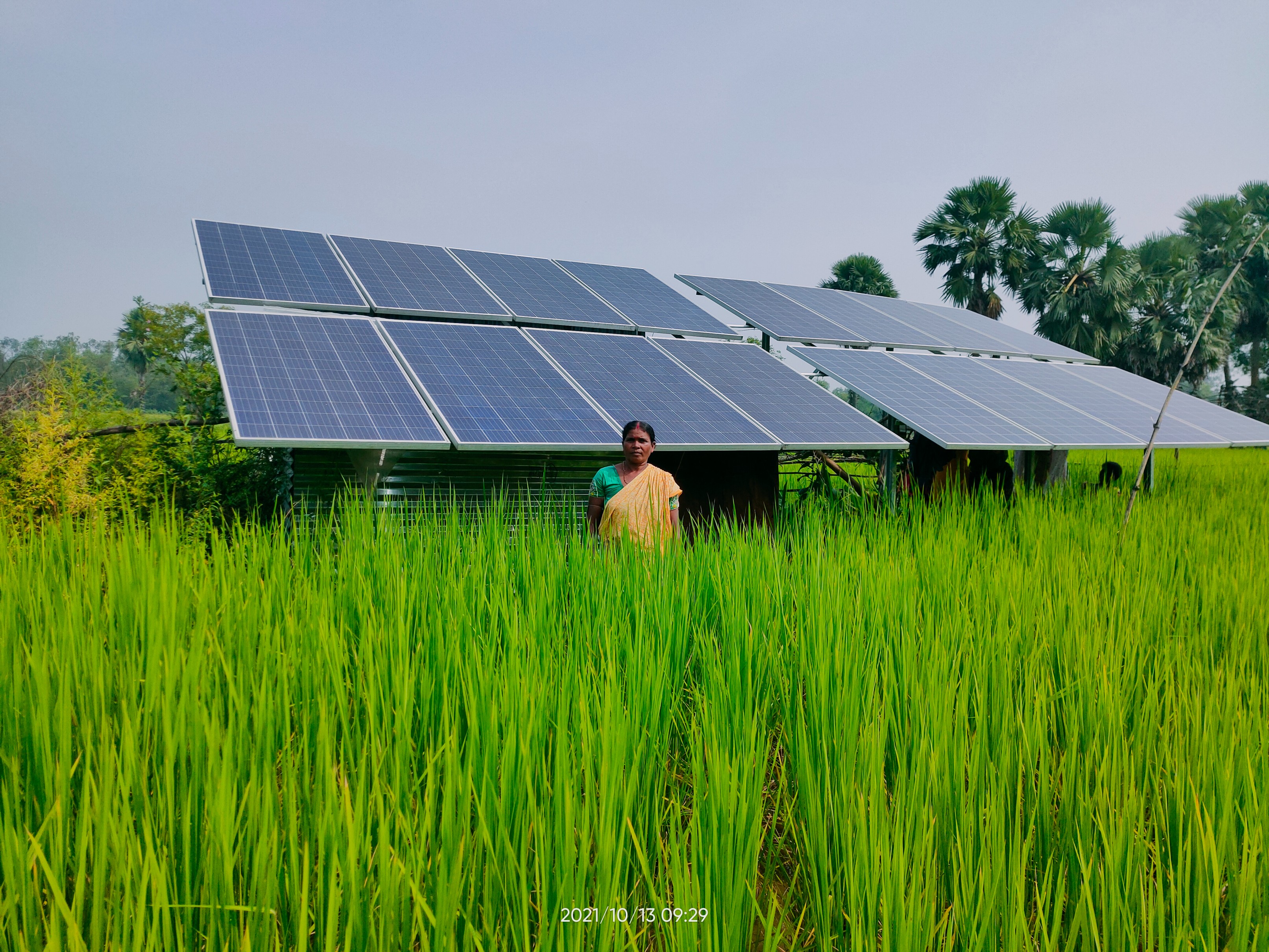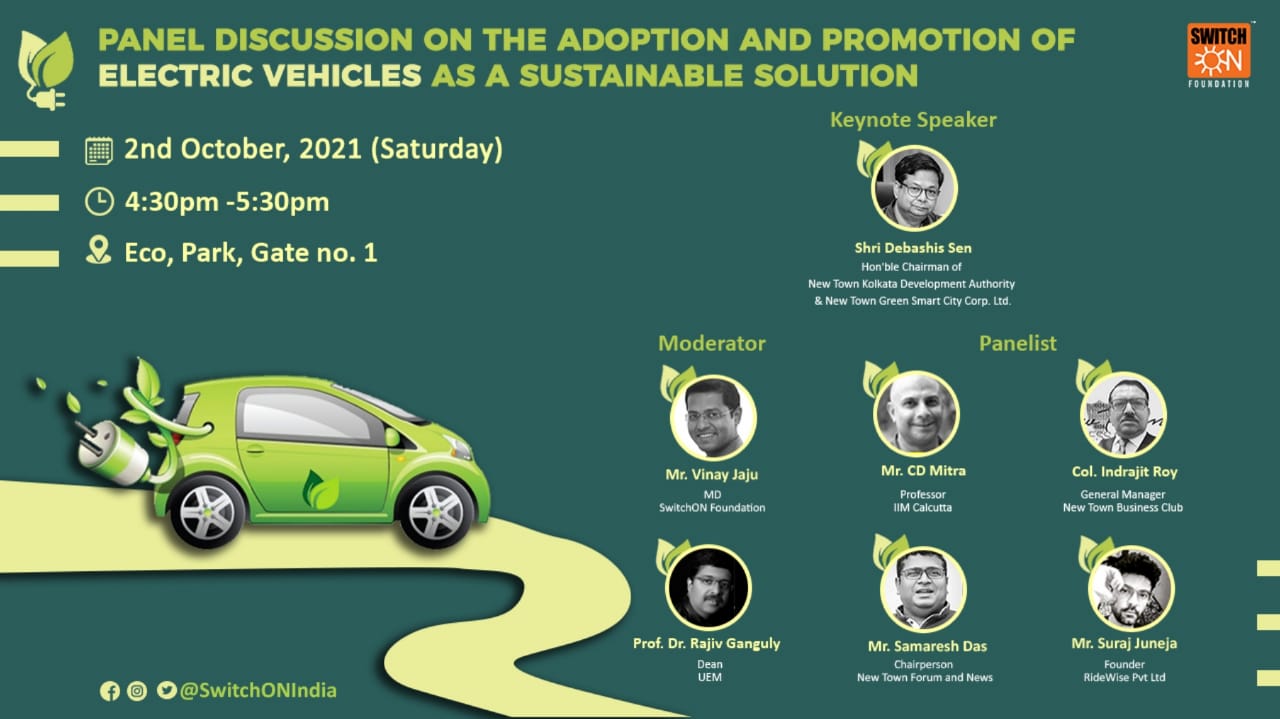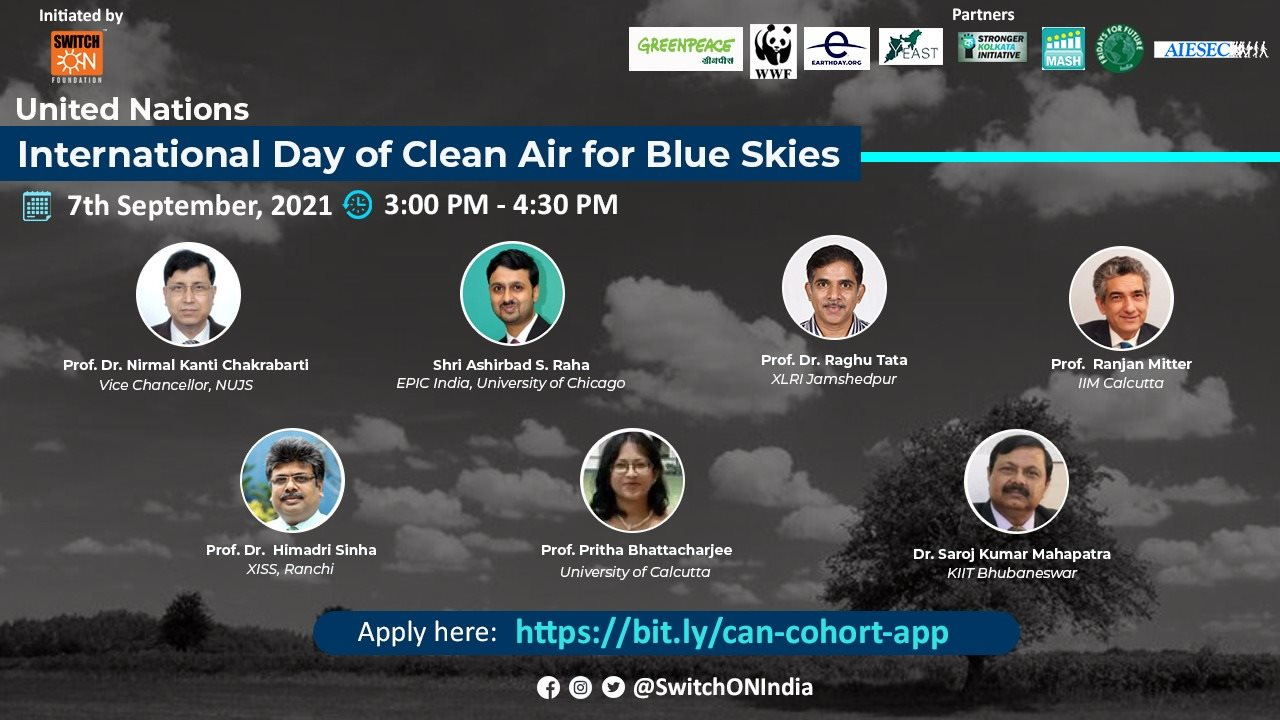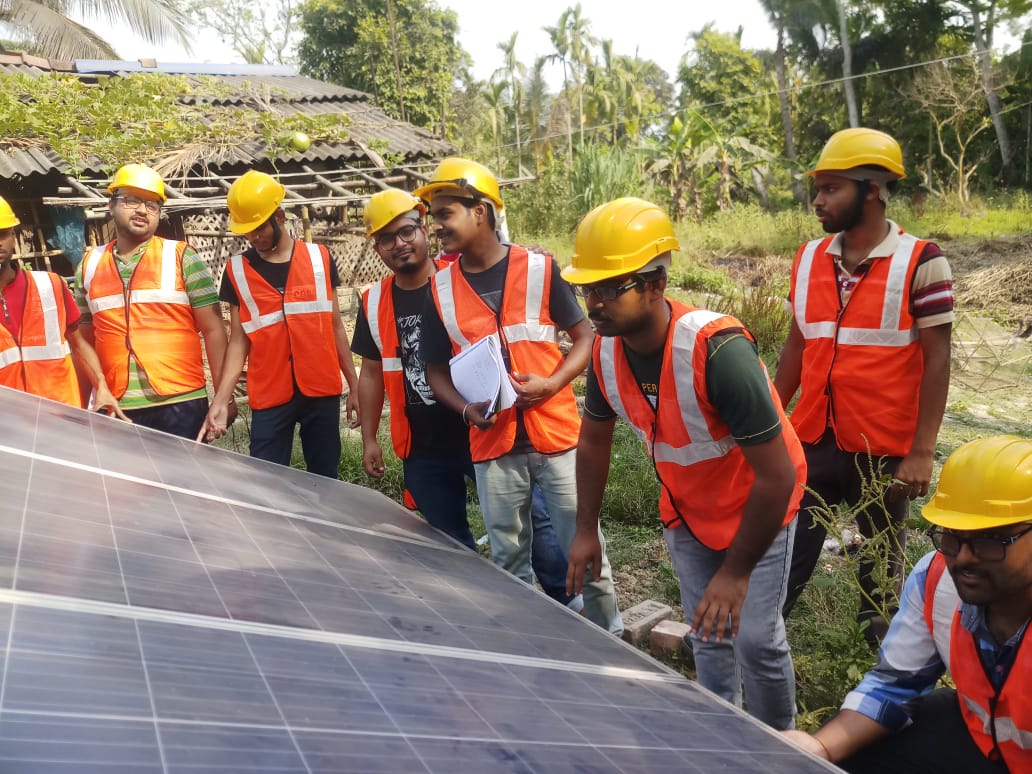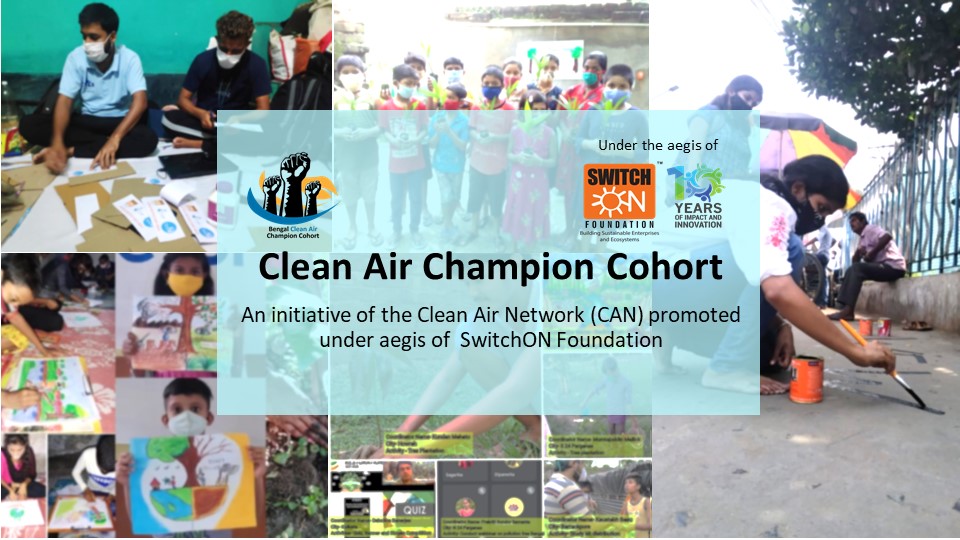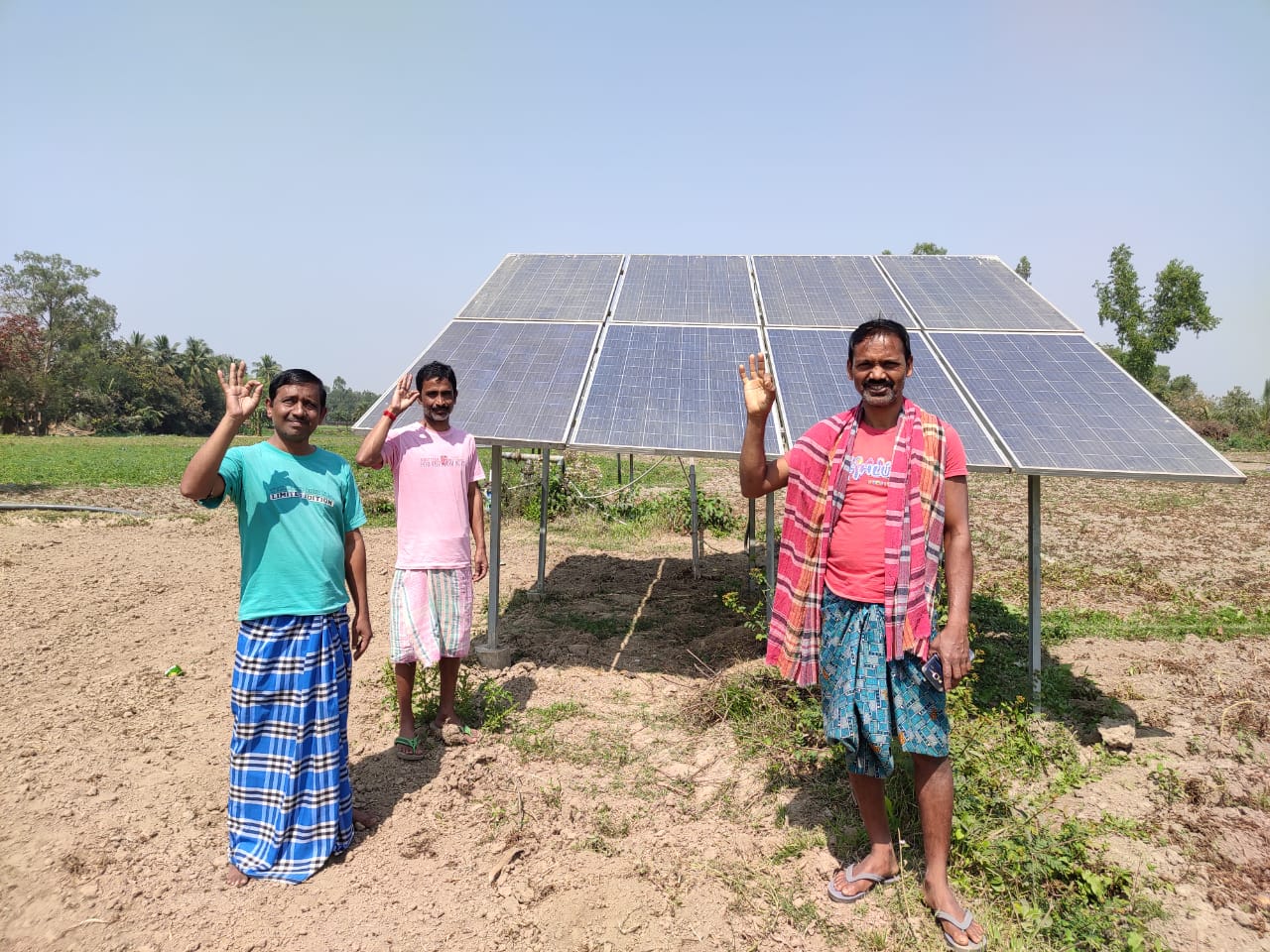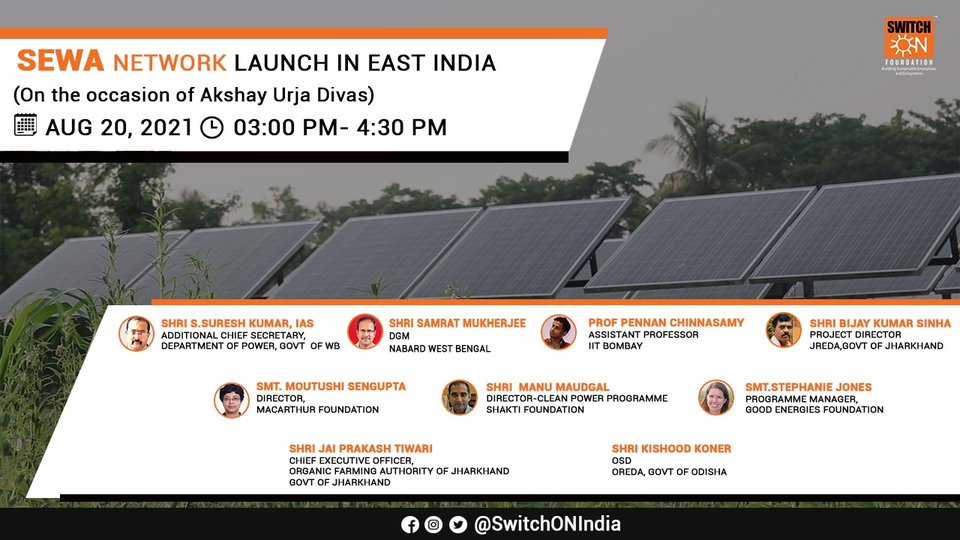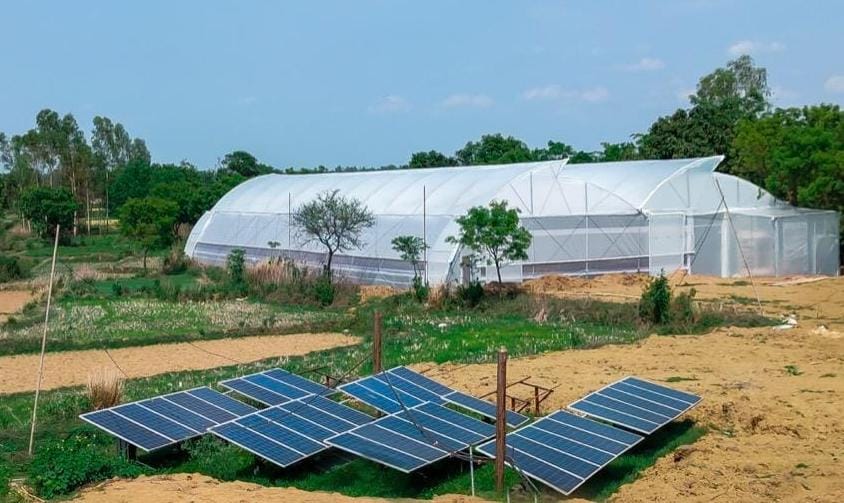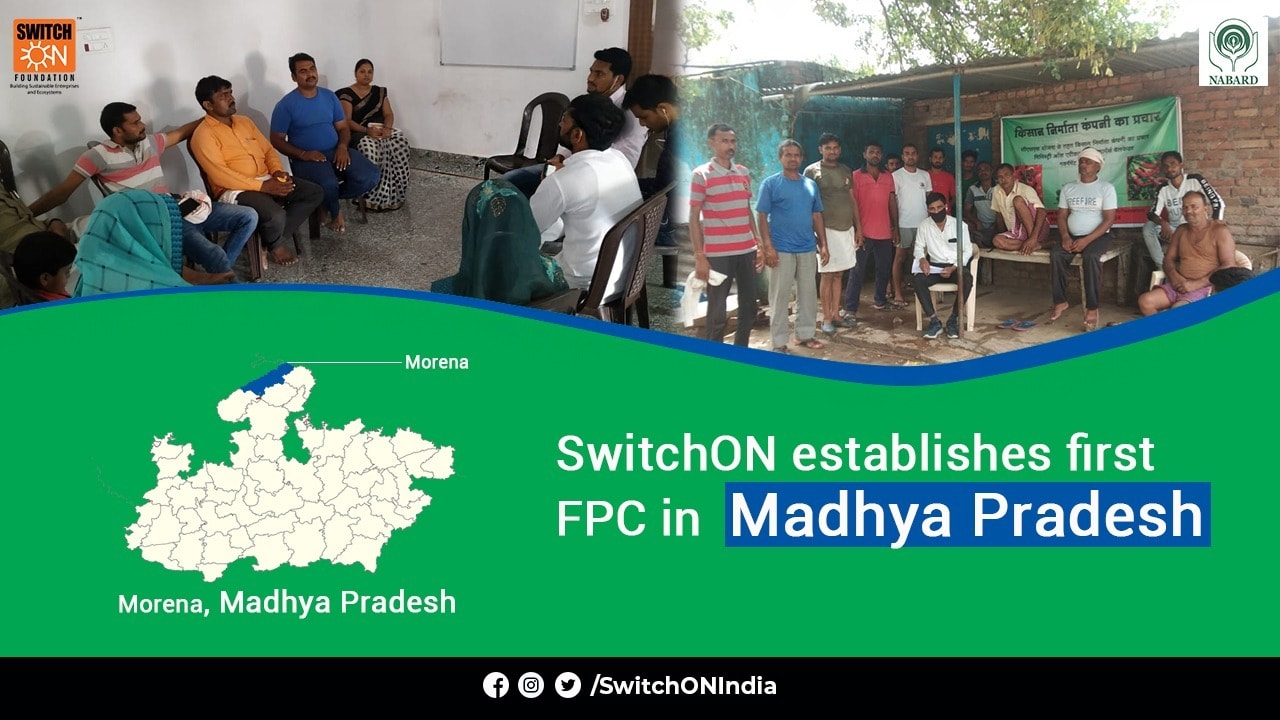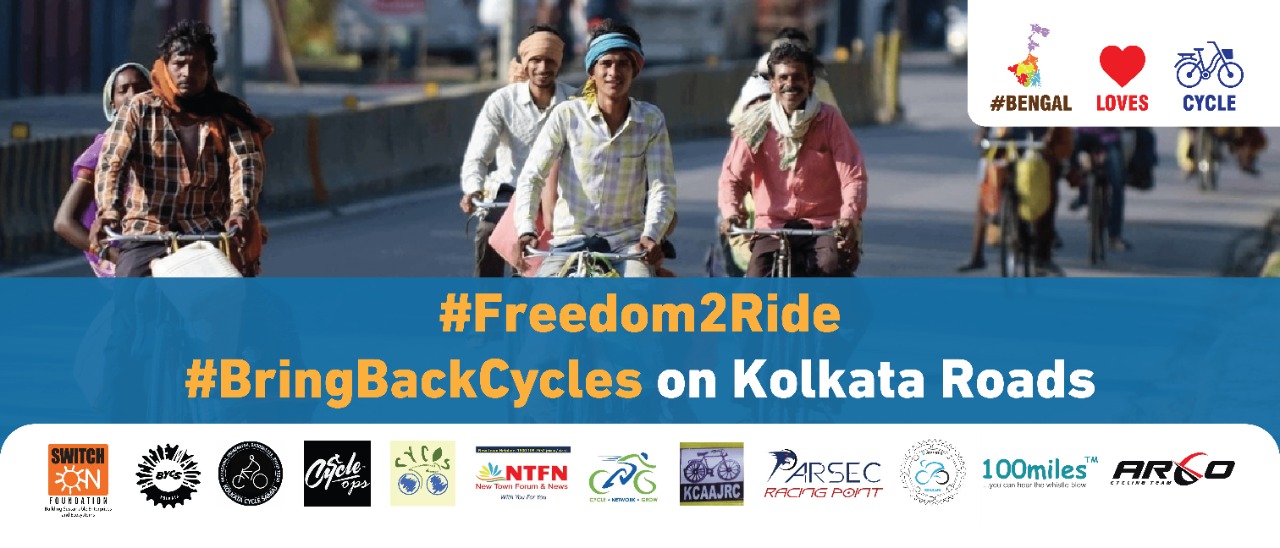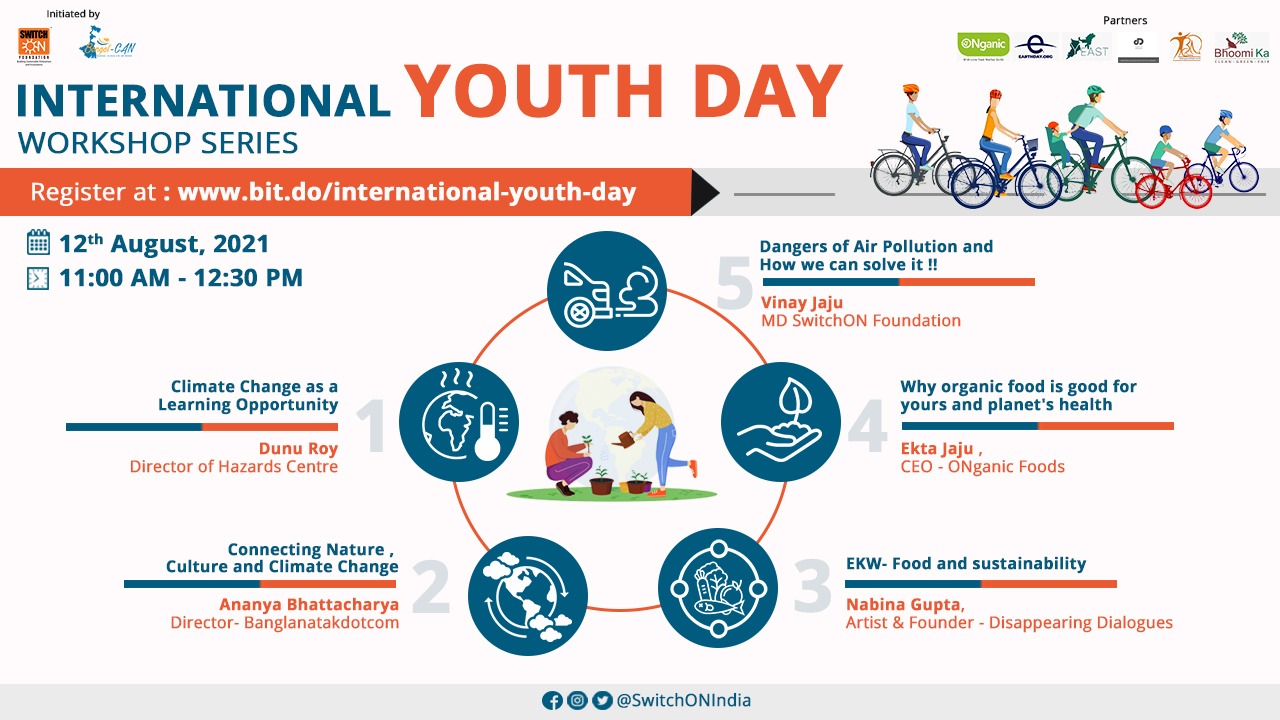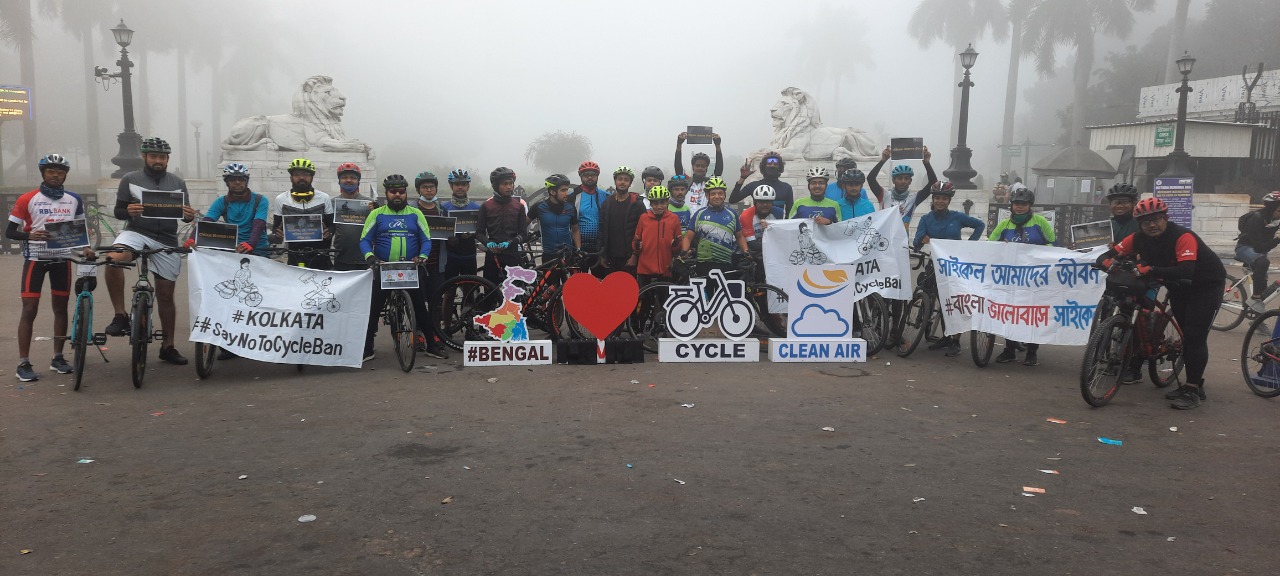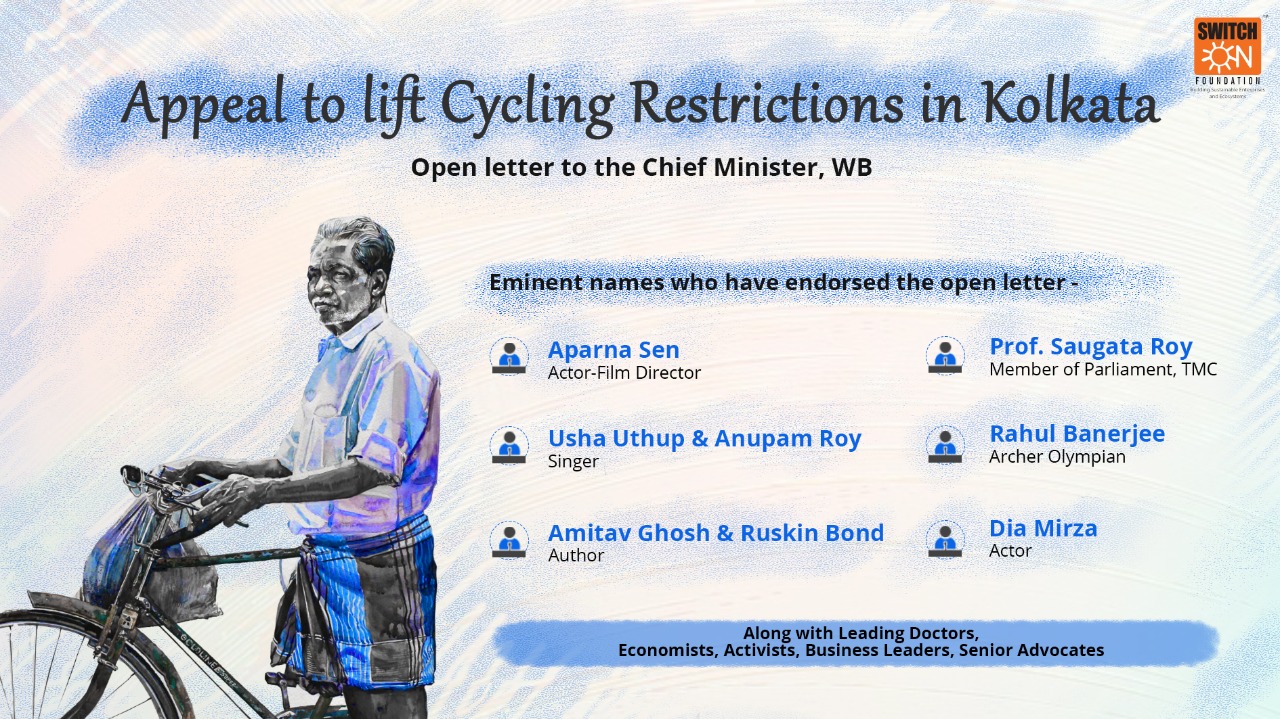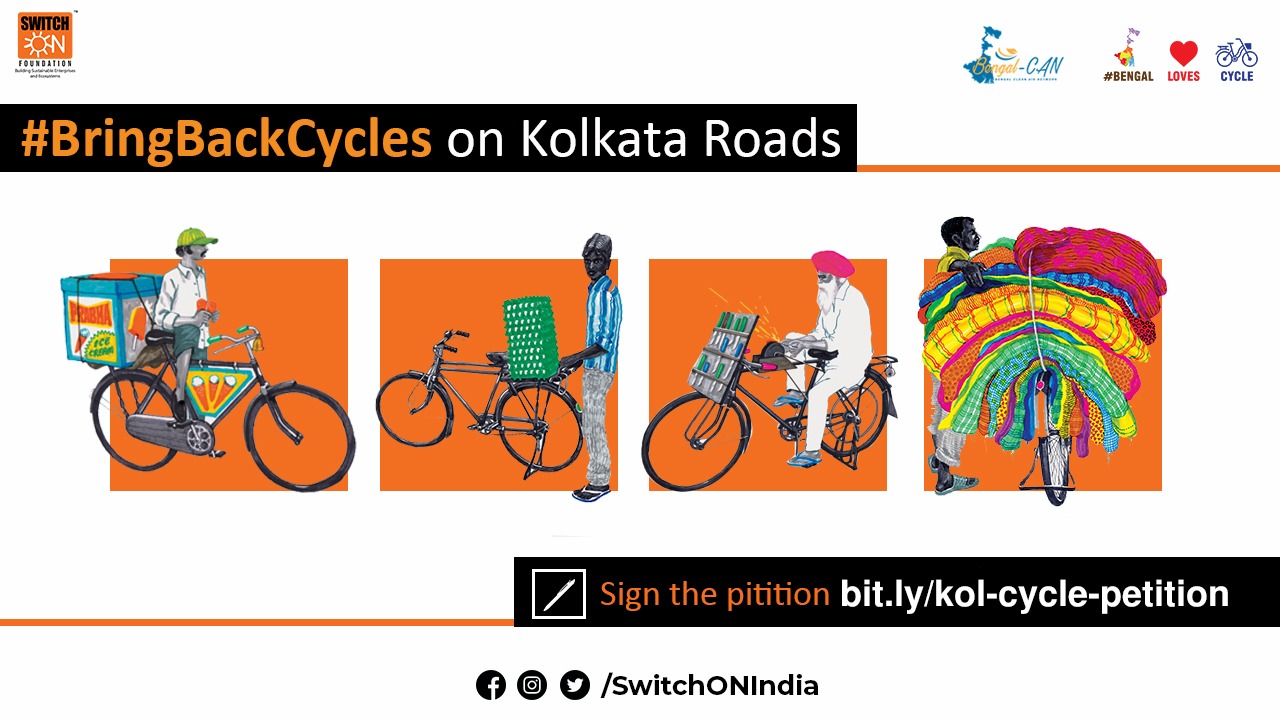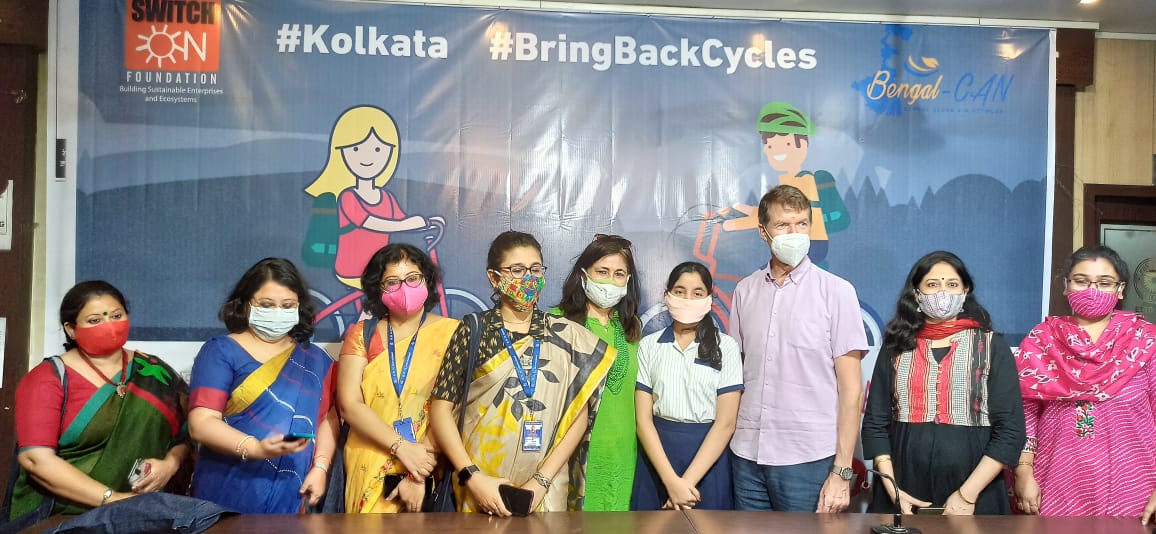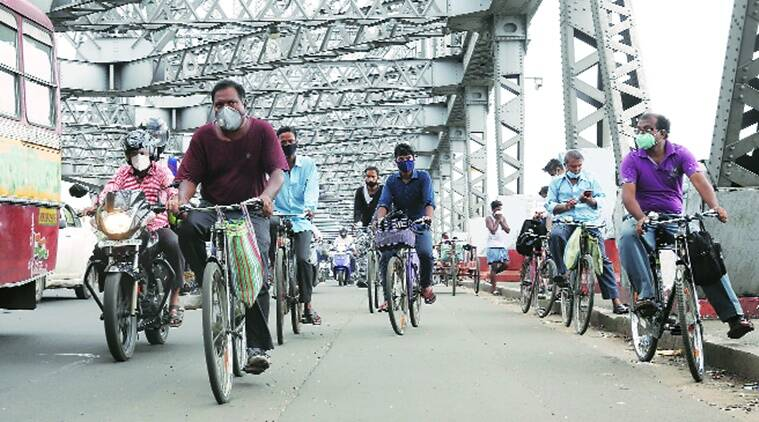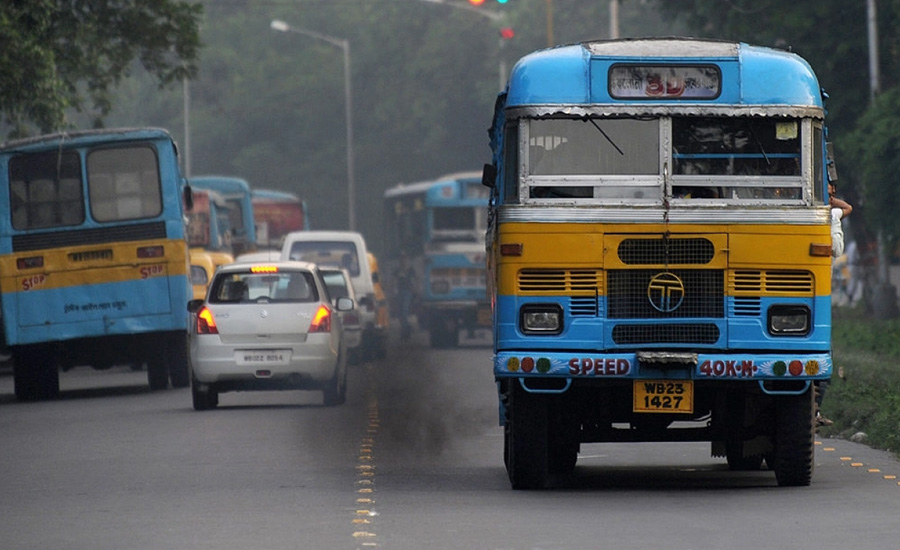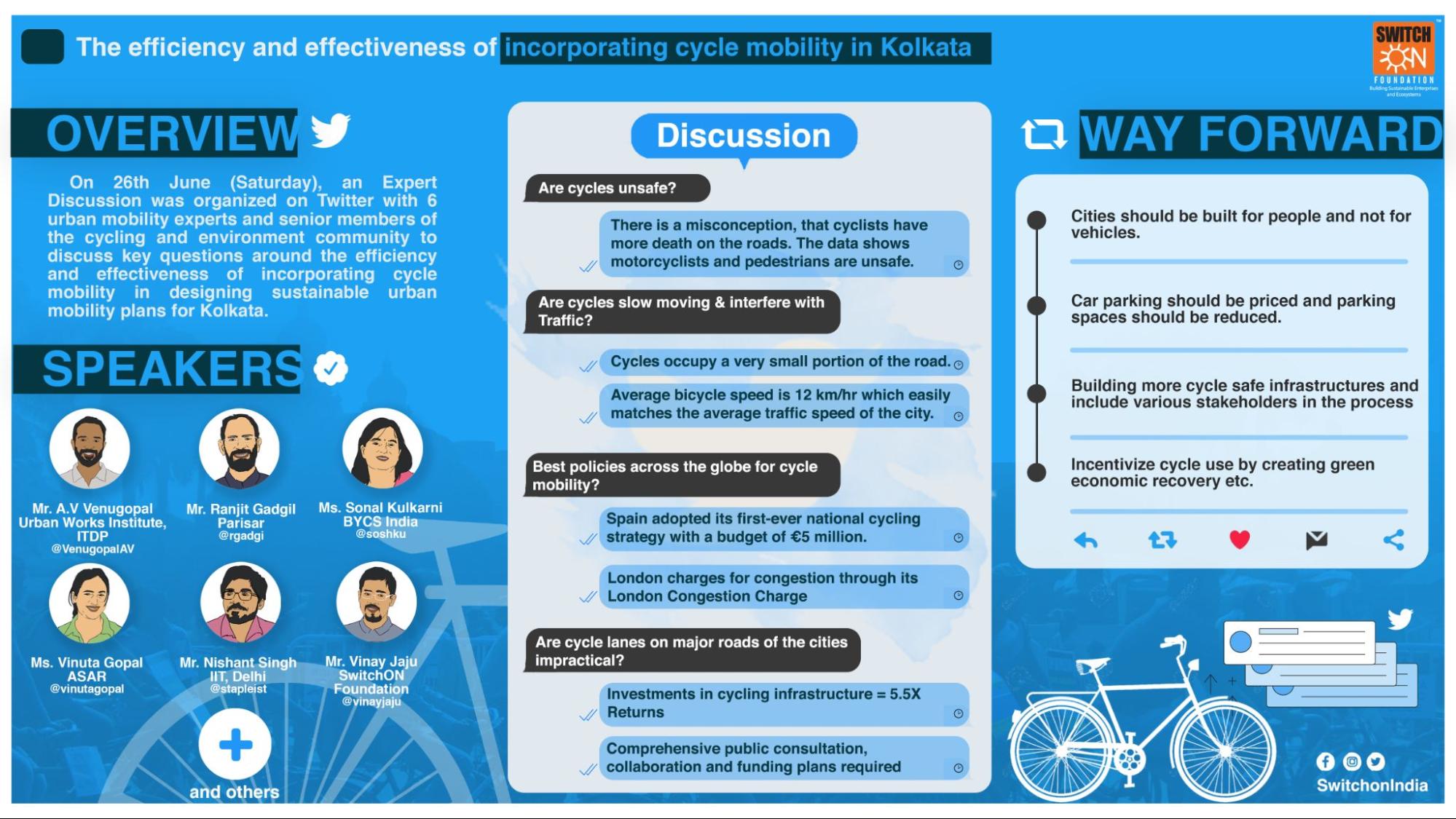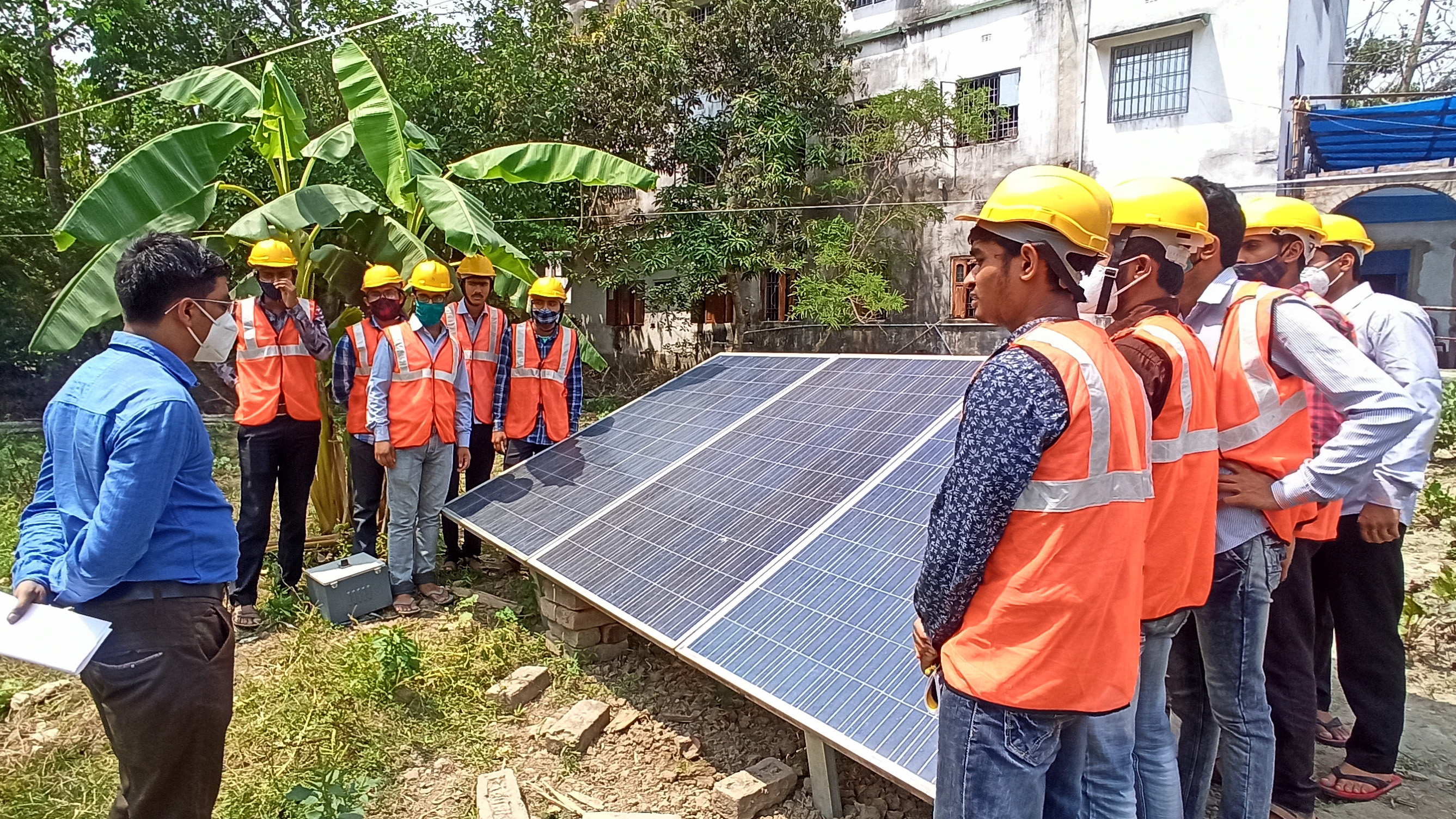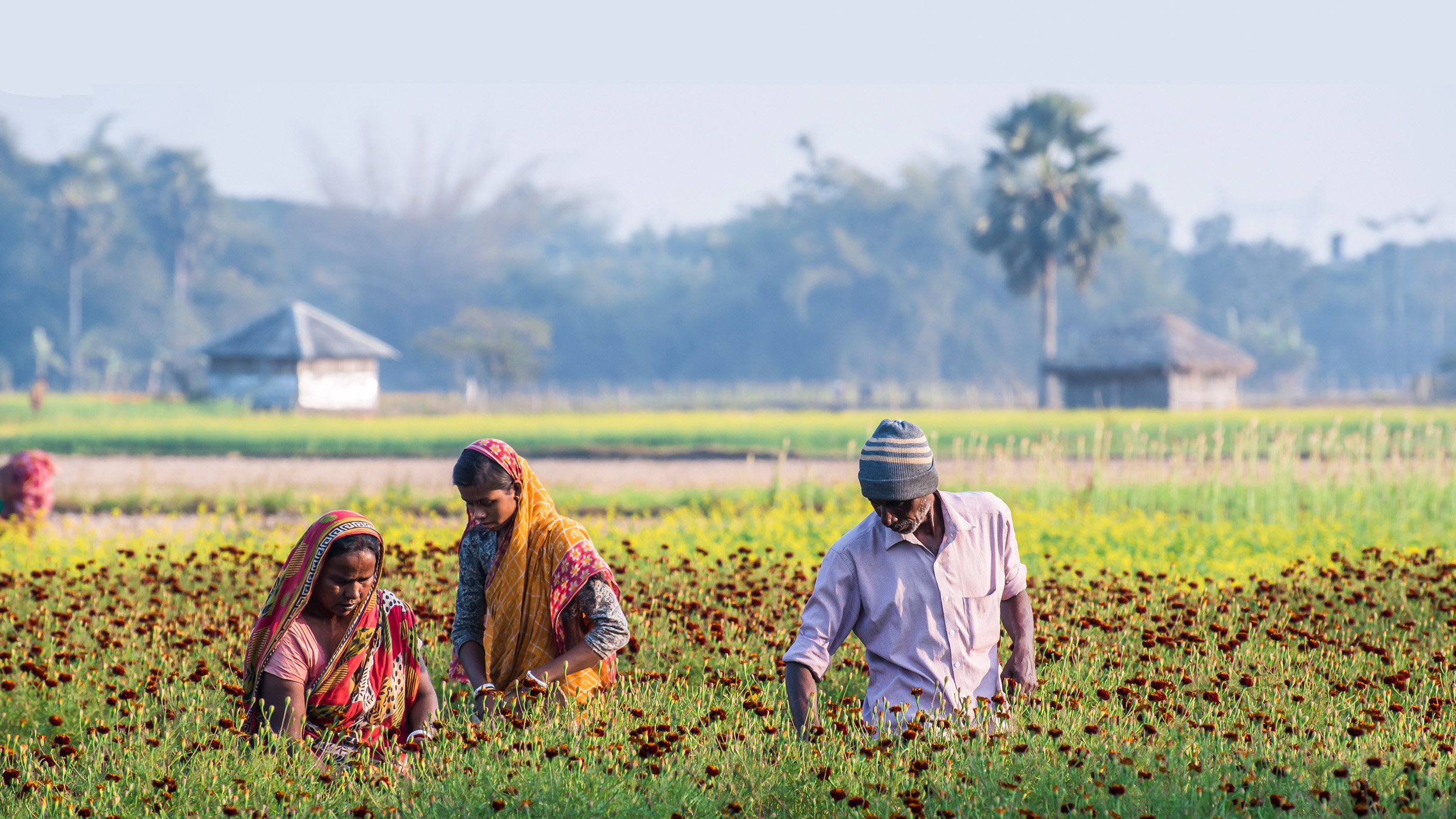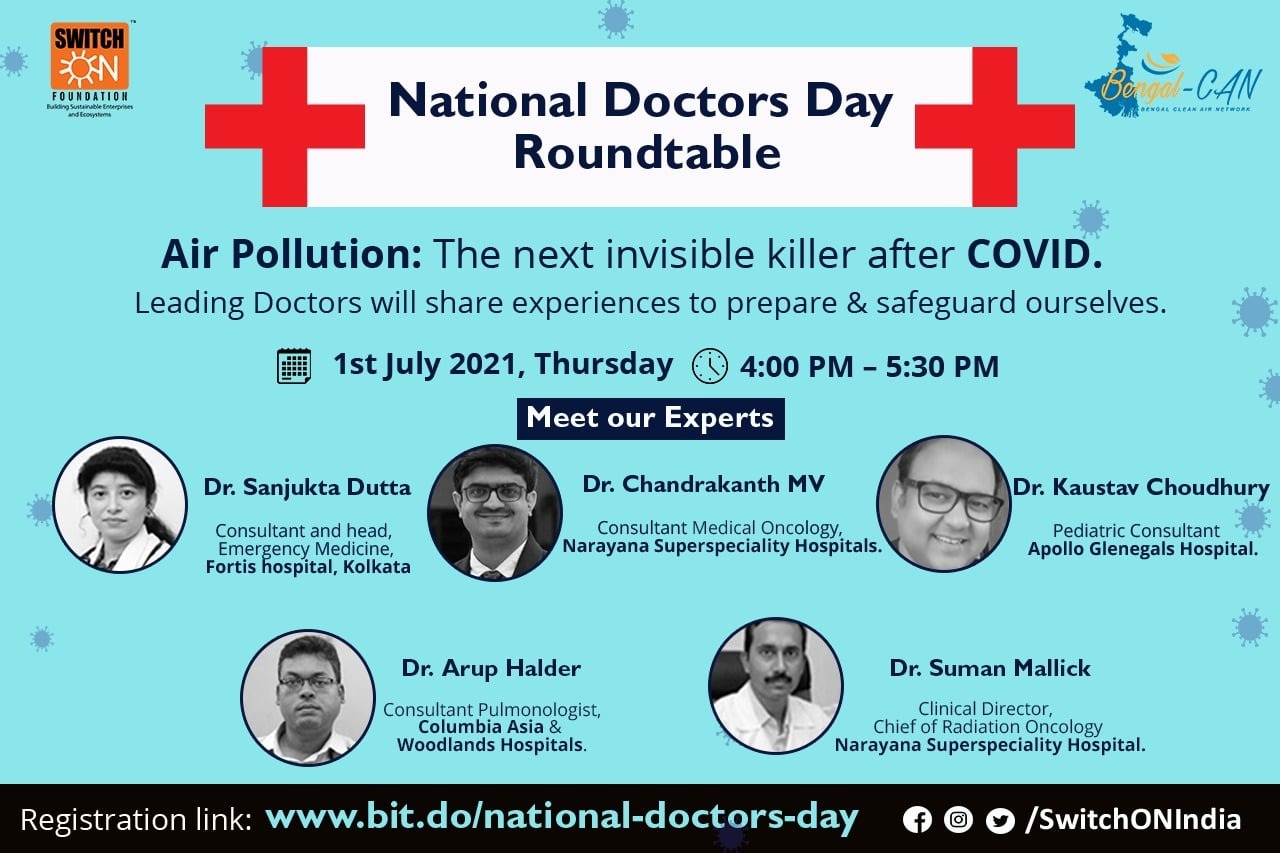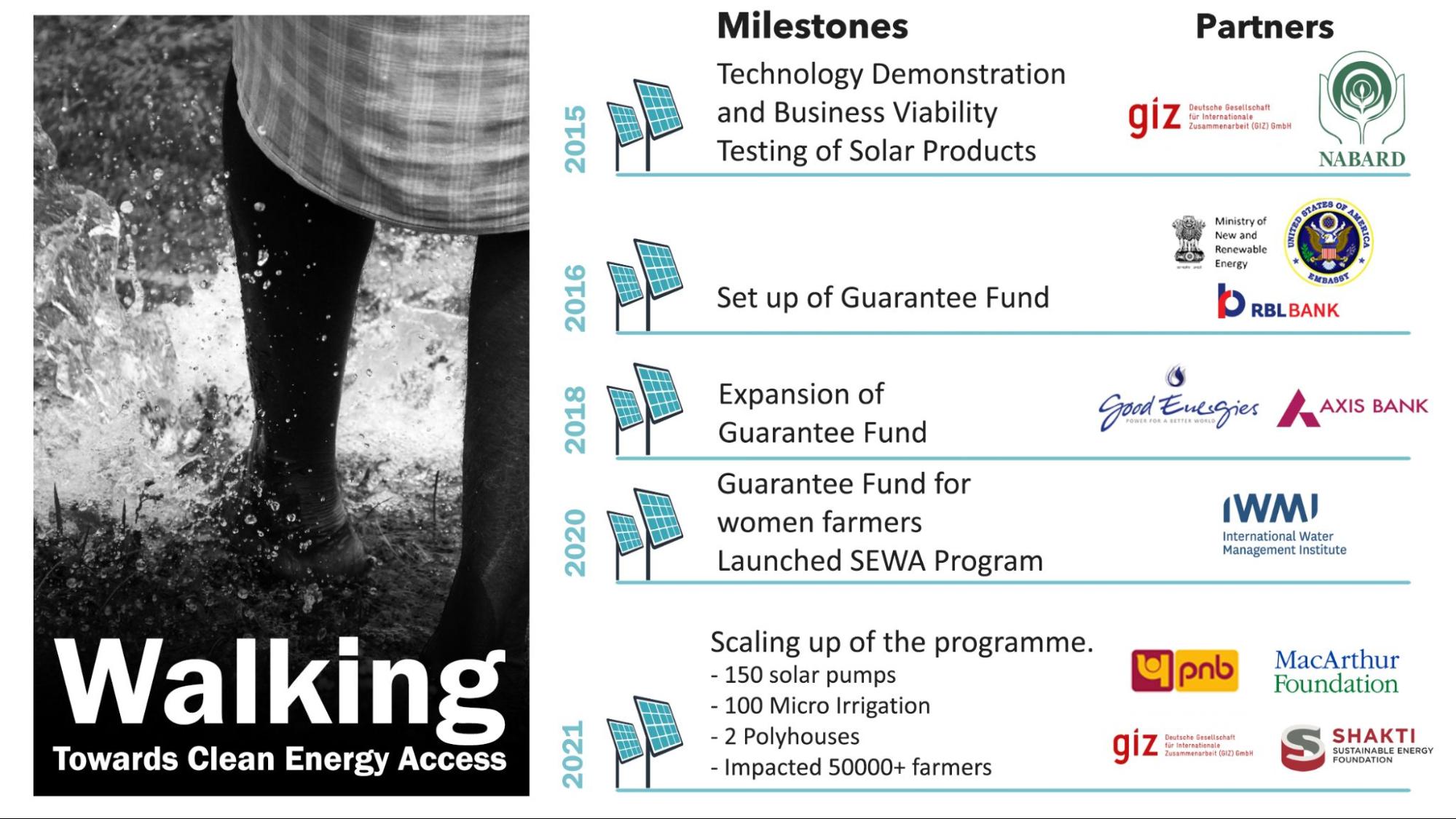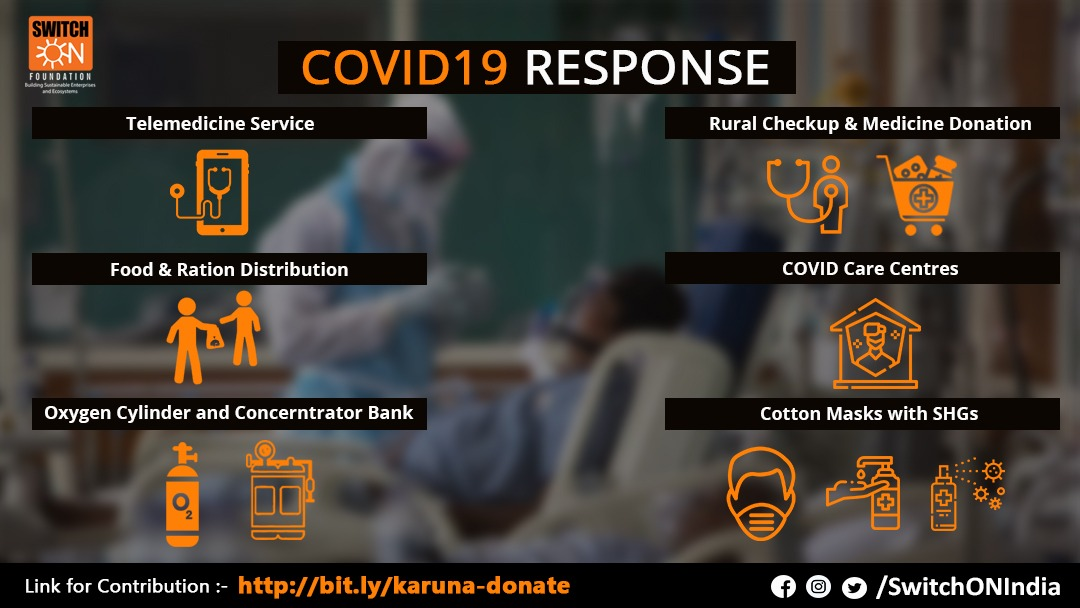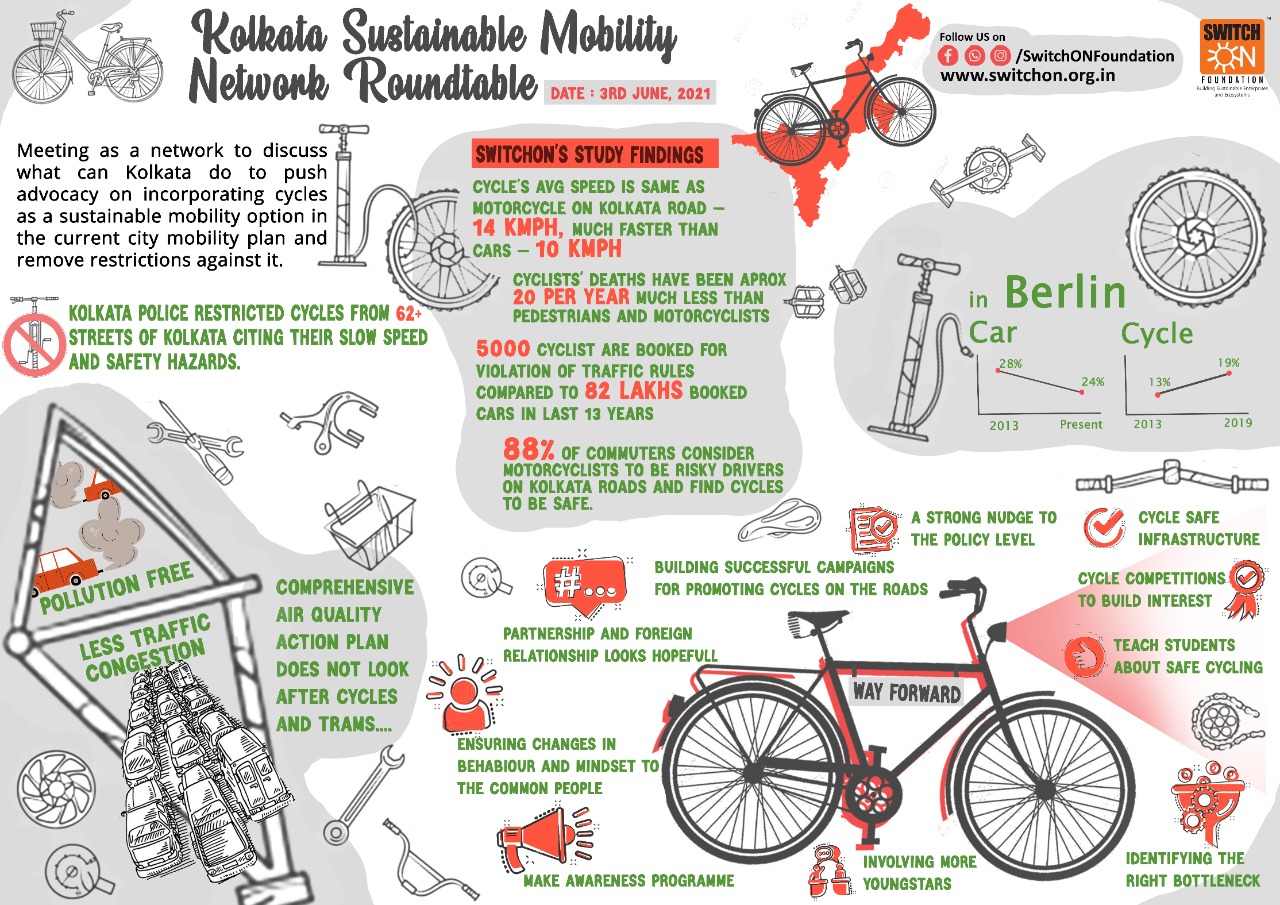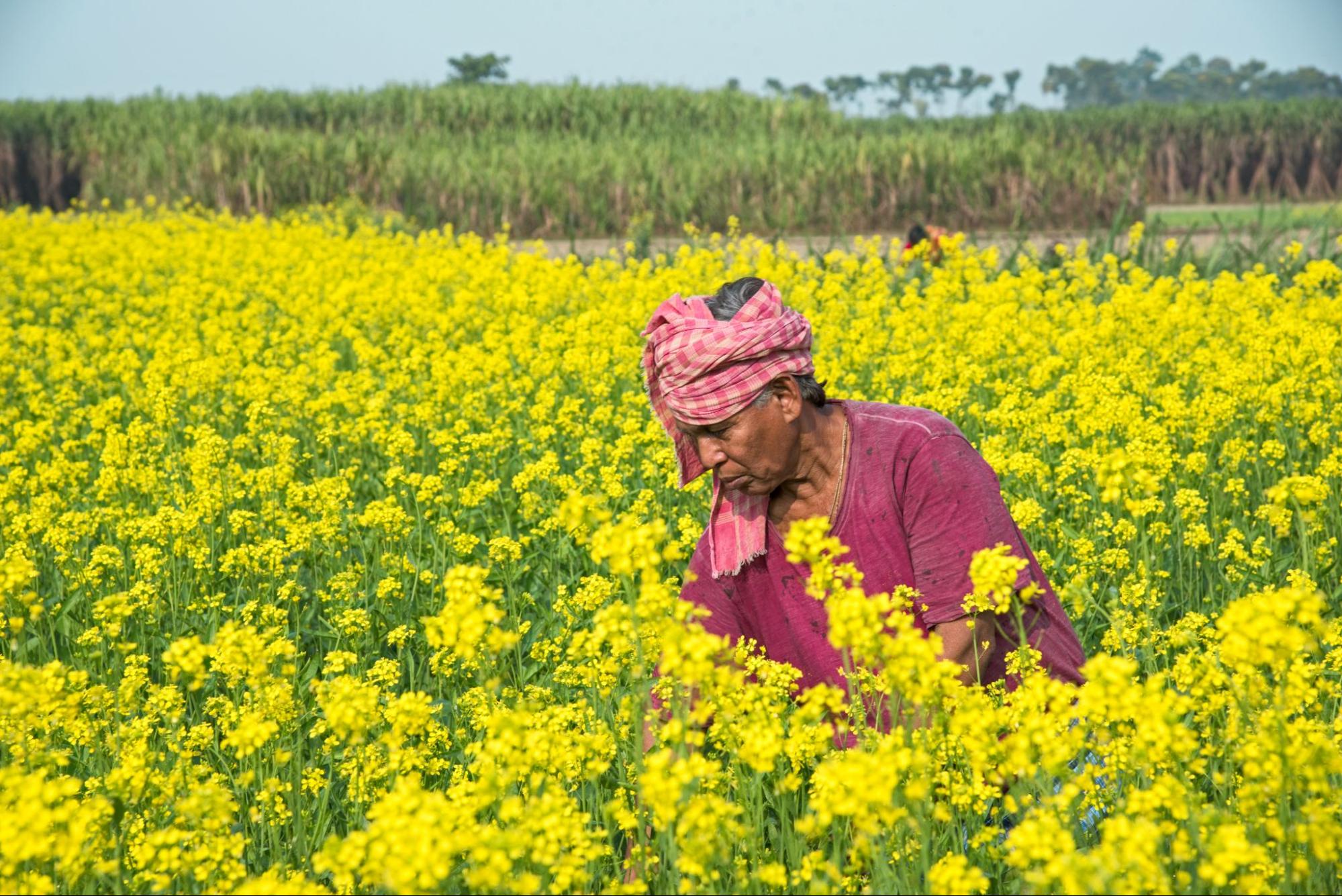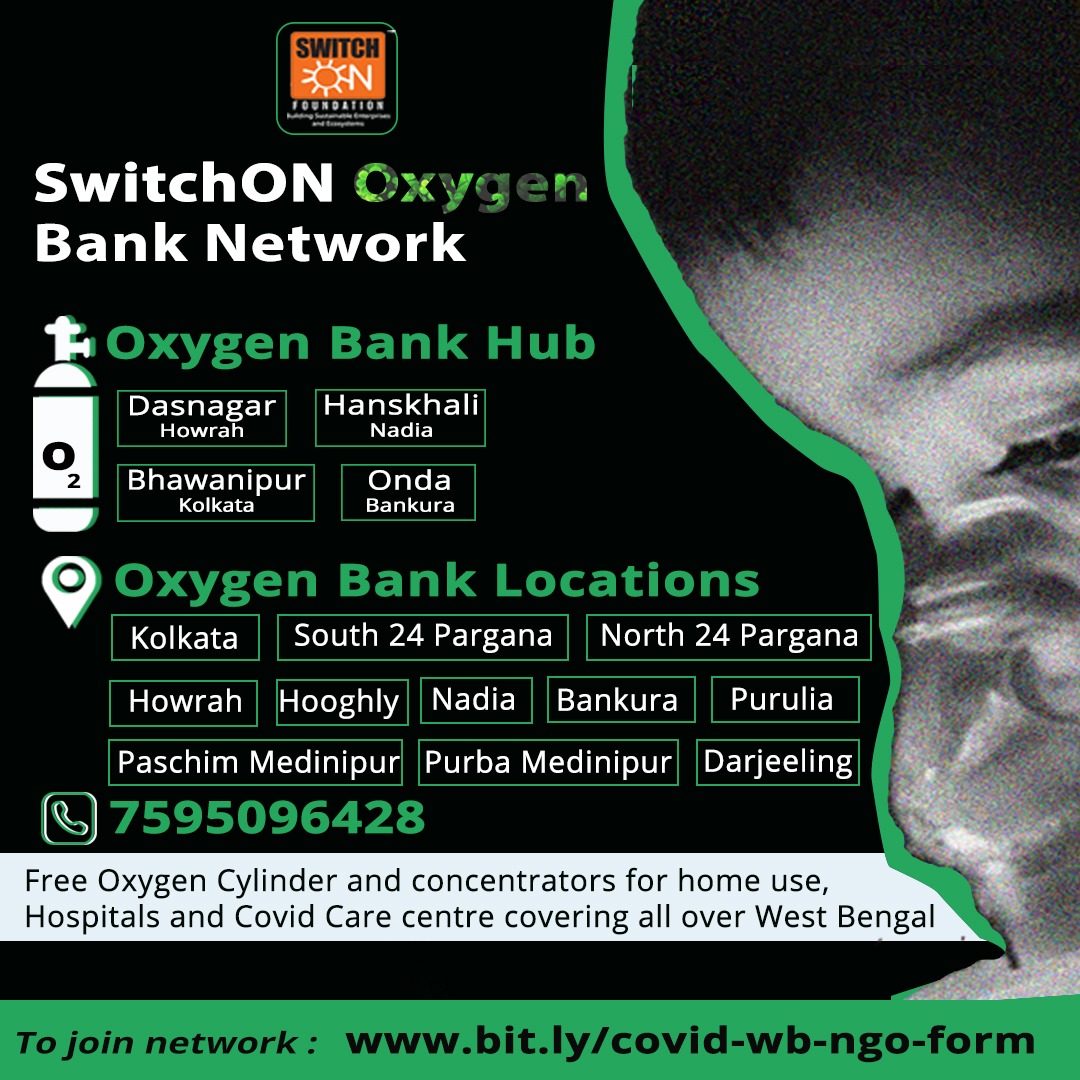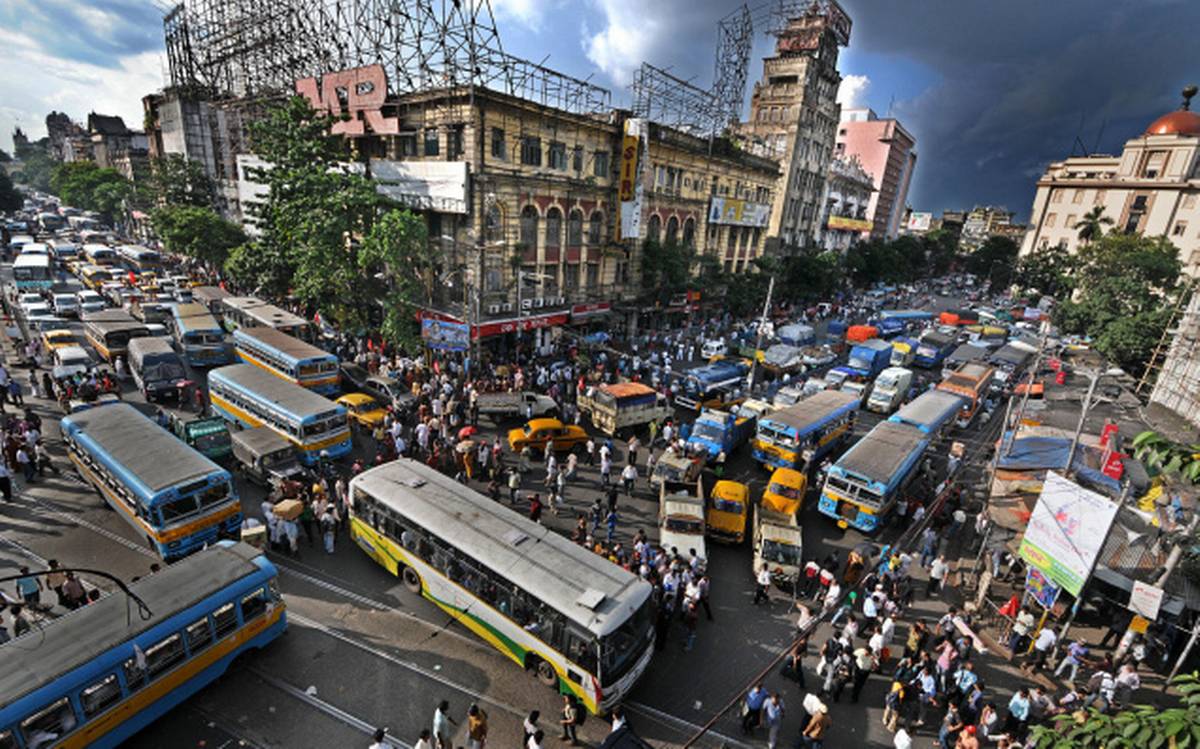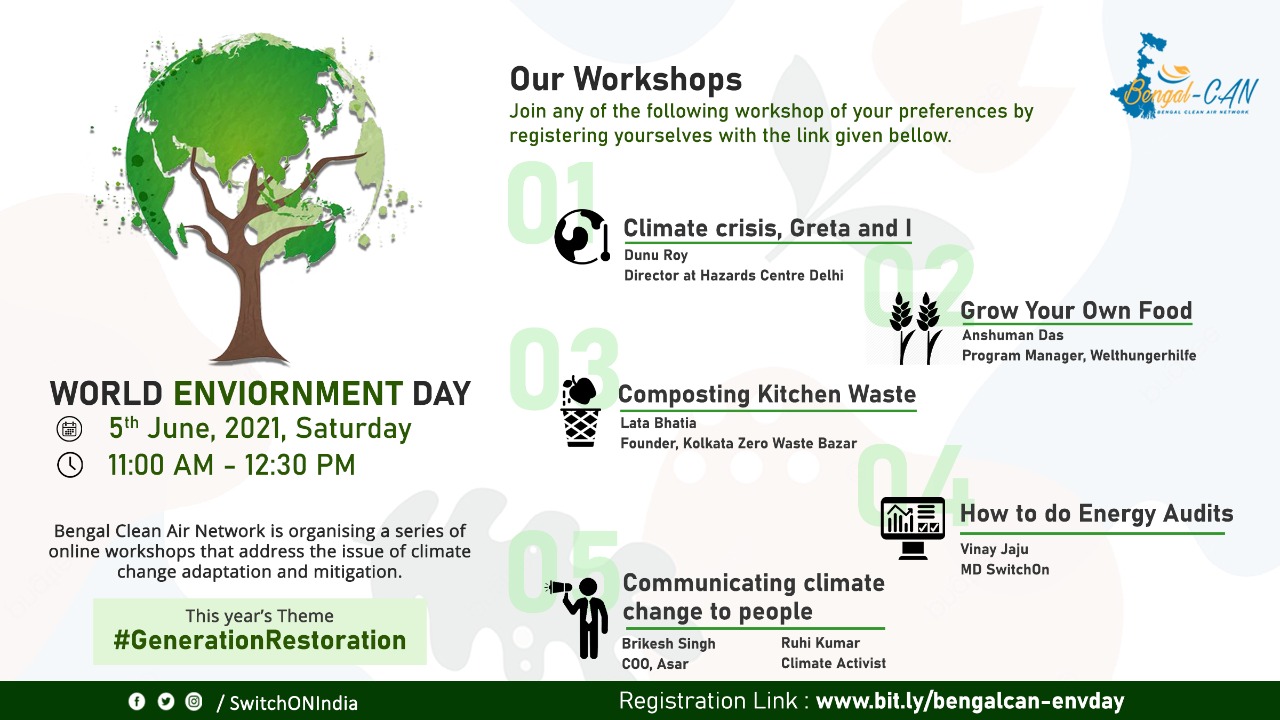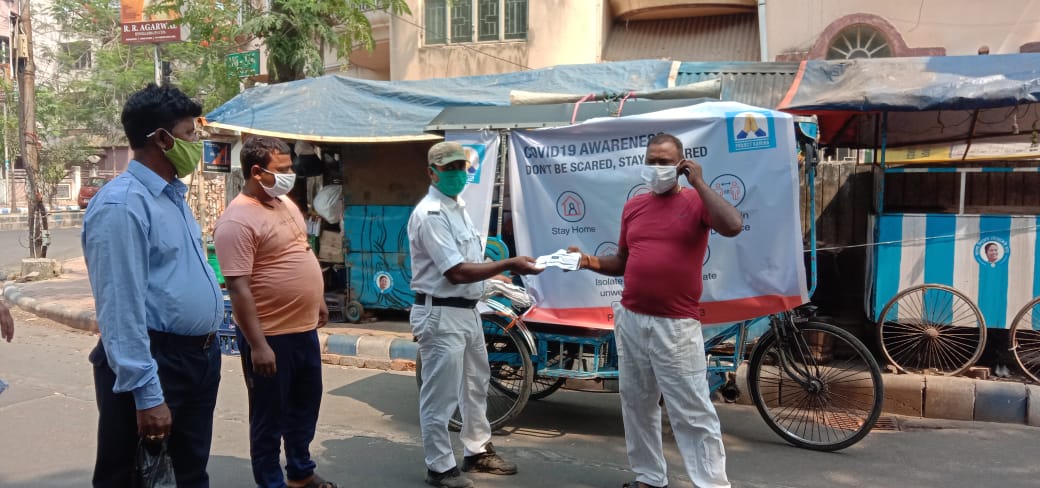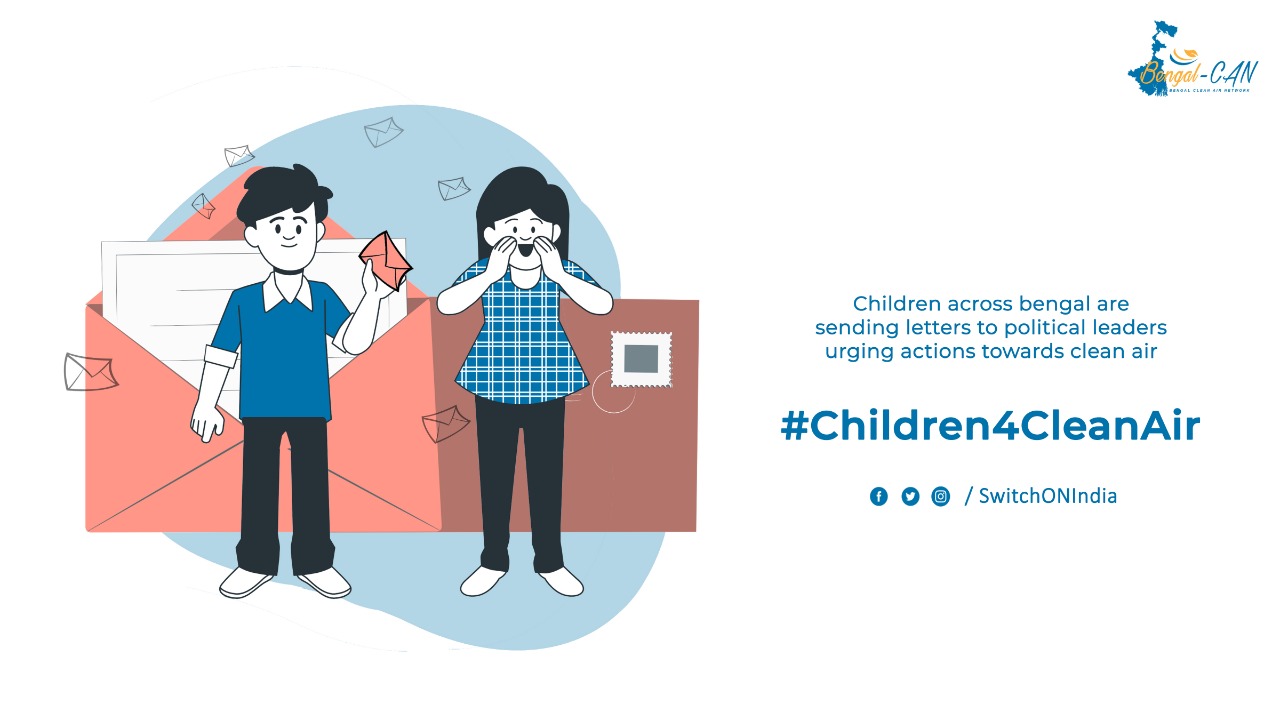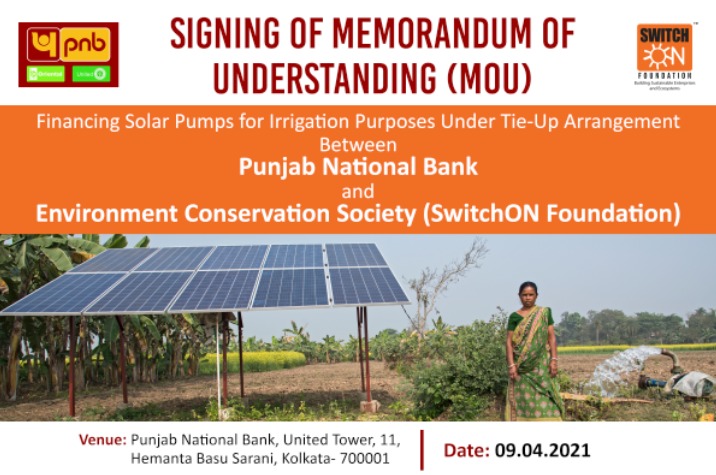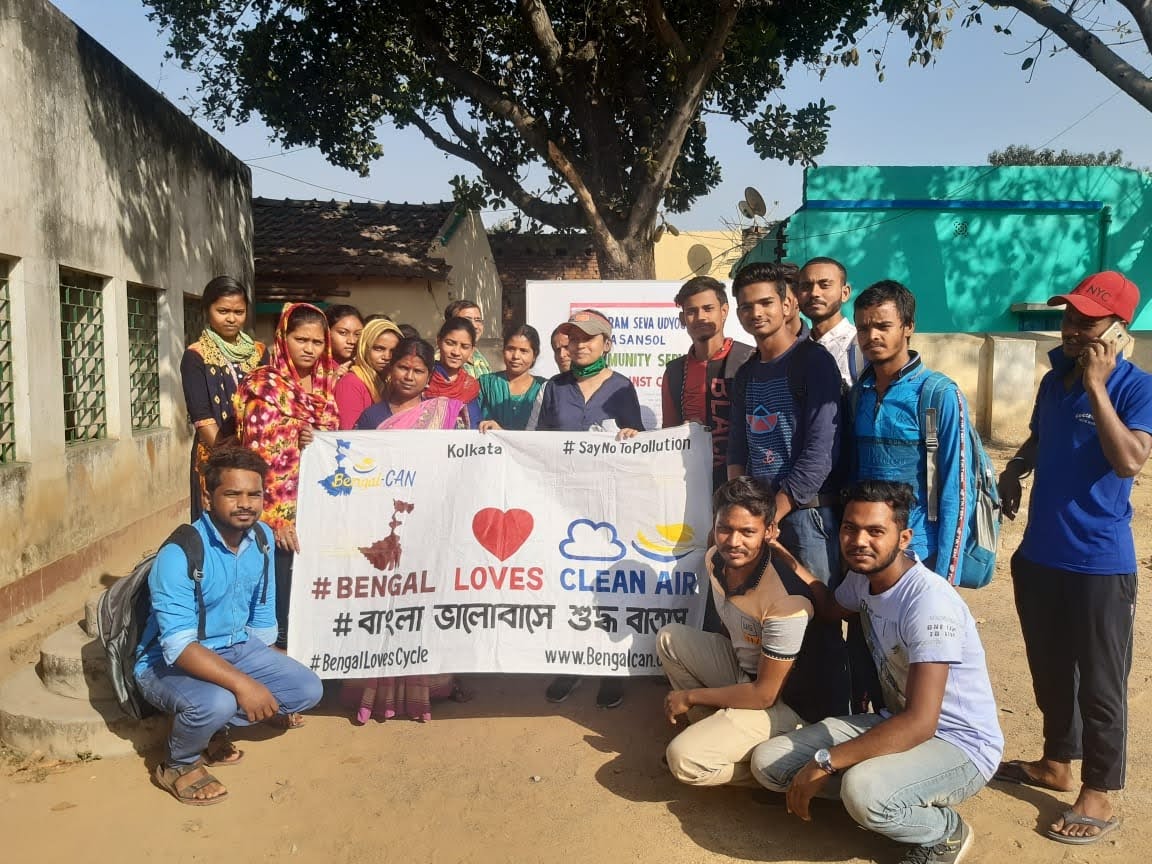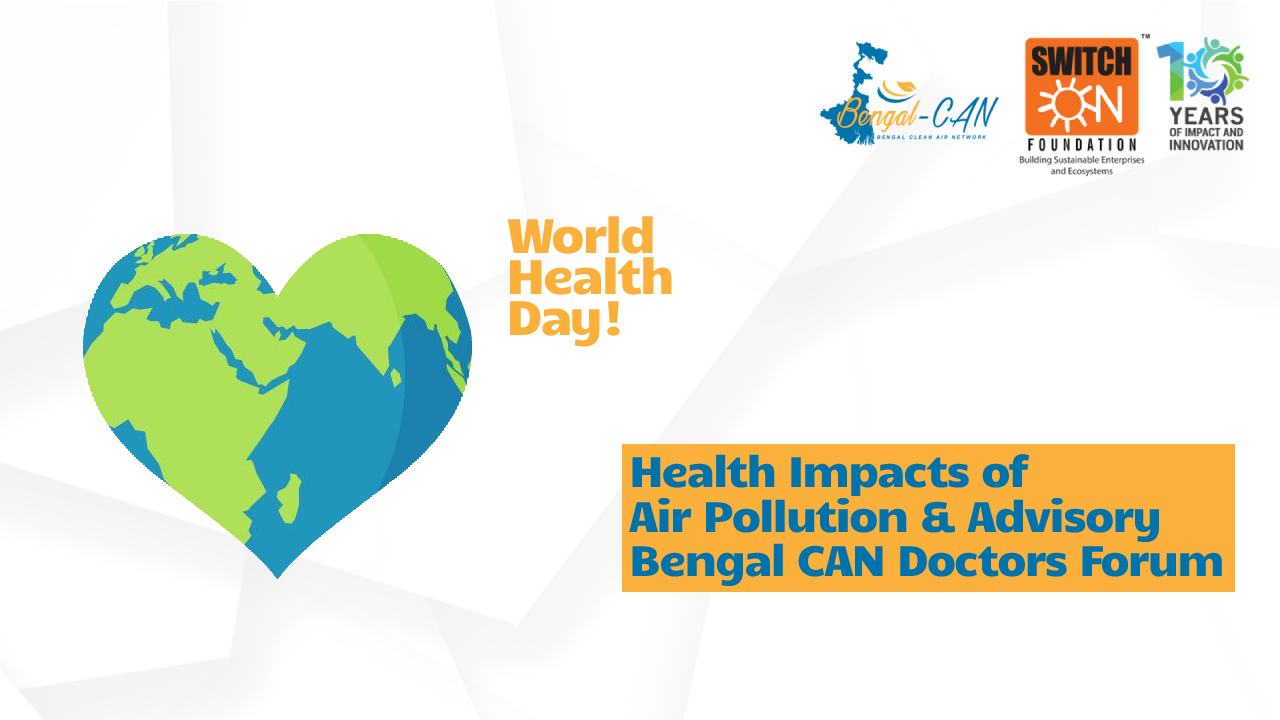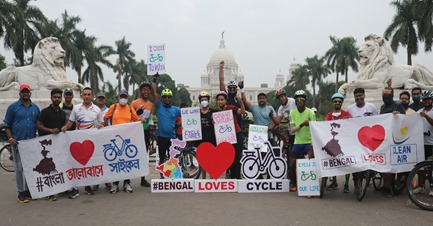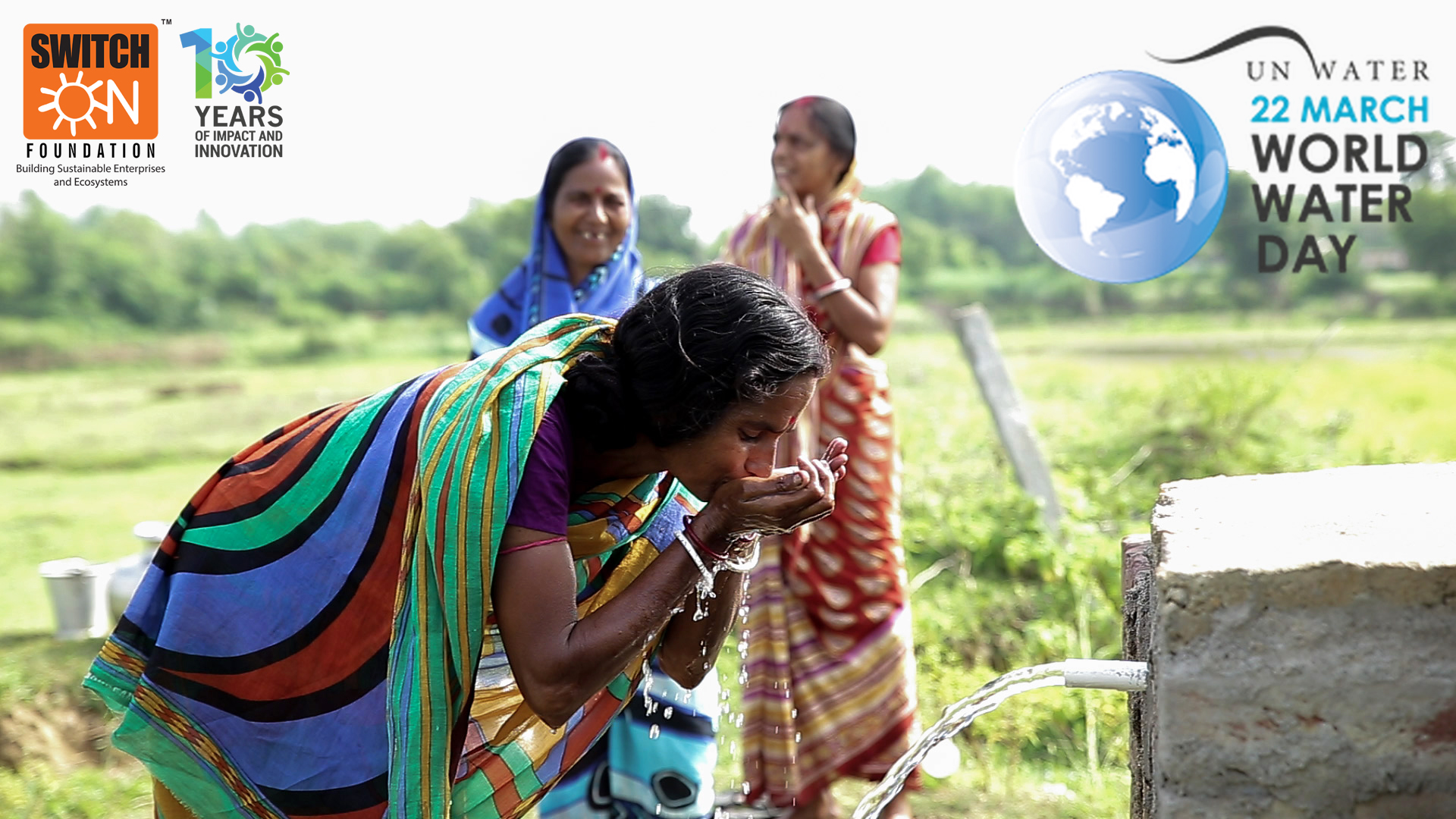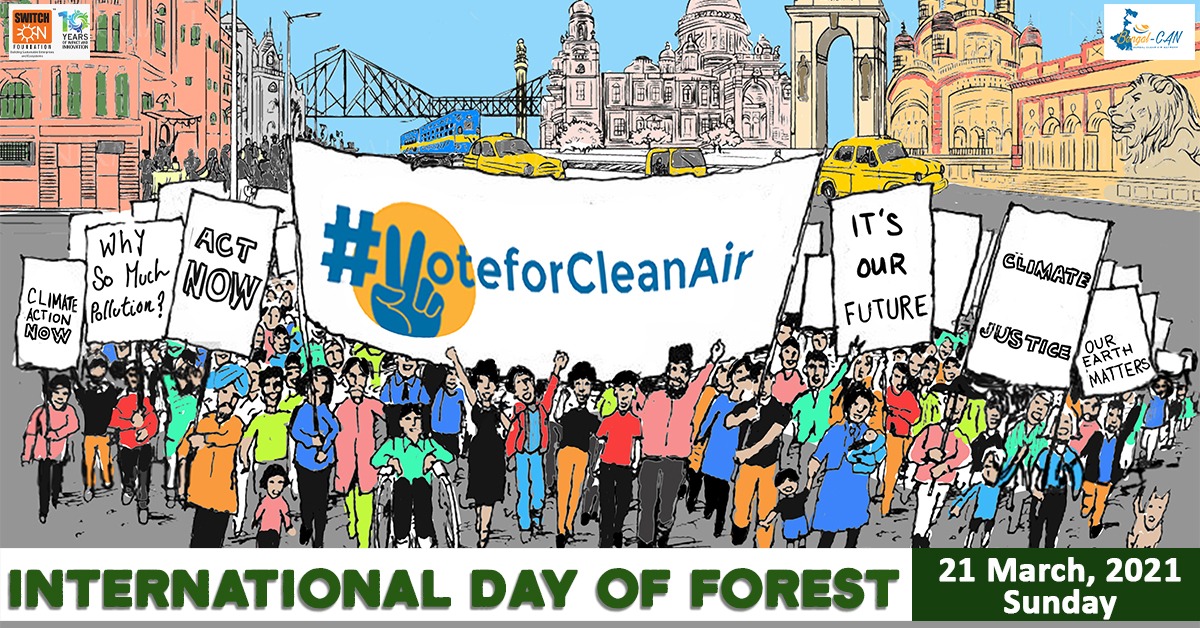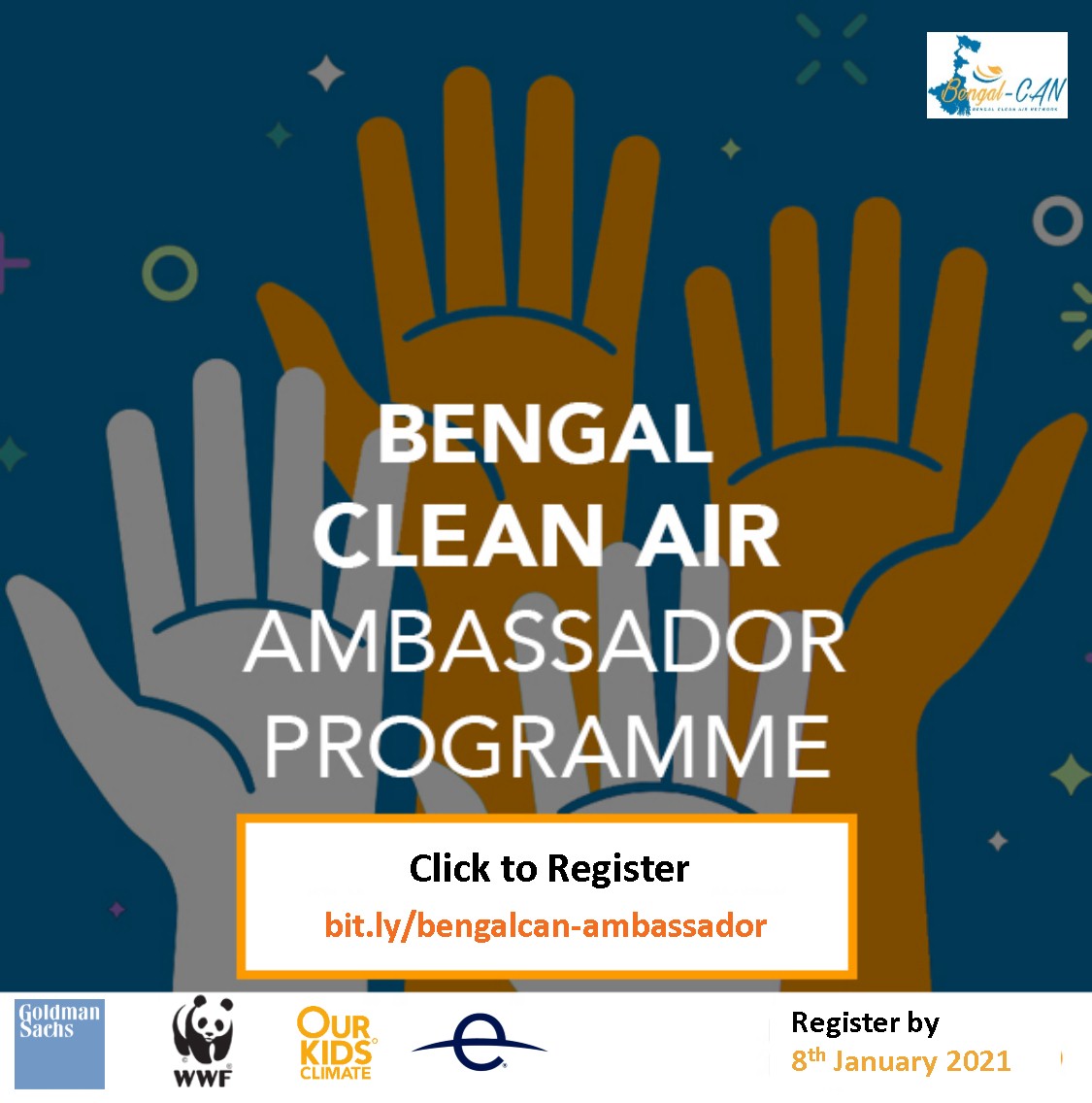1st July, Ranchi: Commemorating the spirits of the doctors and health care workers, SwitchON Foundation in collaboration with The Energy Policy Institute, University of Chicago celebrated the National Doctors Day on 1st July, through a virtual interactive session attended by eminent doctors of the city along with the active participation of school goers, college students and journalists from the city. The day is dedicated to all the doctors and healthcare workers who have been serving people by risking their lives.
Speaking at the event, Vinay Jaju, MD SwitchON Foundation said “Doctors have first-hand experience of the health ill-effects of air pollution, we pay attention and listen to them when they declare air pollution as the most important health threat and emergency. While COVID’s impact can be seen immediately, air pollution is a silent killer and that is why it is even more dangerous than COVID”
The webinar highlighted the impact of air pollution on human health – drawing evidence from a web tool developed by The Energy Policy Institute called – Air Quality Life Index (AQLI) that shows the causal relationship between human exposure to air pollution and reduced life expectancy. According to a AQLI Annual Report, India is the world’s second most polluted country. The report says that air pollution shortens an average Indian’s life expectancy by five years, relative to what it would be if the World Health Organization (WHO) guideline for fine particulate pollution (PM2.5) of 5 µg/m³ were met. Even if India was to reduce its particulate pollution concentrations to the less stringent national PM2.5 standard of 40 µg/m³, it would still add 1.5 years on average to the life of an average resident.
According to the AQLI, Jharkhand is India’s 8th most polluted state, with an average PM2.5 concentration of 61.6 µg/m³. If Jharkhand were to reduce its average PM2.5 pollution to the level prescribed by the WHO guideline, it would end up adding 5.6 years to the life of its average resident. If Jharkhand were to reduce its average PM2.5 pollution to the national standard, it would still add 2.1 years to the life of its average resident. According to the report, between 1998-2020, average PM2.5 concentrations in Jharkhand increased by 84.4 percent.
Talking to the participants from Ranchi in the workshop, Ashirbad S Raha, Communications Director at The Energy Policy Institute (EPIC India), said, “I have grown up in Ramgarh in Jharkhand and have beautiful memories of looking at blue skies, but unfortunately, things have changed over the last few decades. Even if air pollution’s impact on human health does not grab headlines frequently in Jharkhand, the fact remains that this silent killer is shortening our lives.”
Ashirbad added, “In many parts of the country, it may be hard to find hyper-local air pollution data – which translates into data gaps for citizens and policymakers. By giving out data on the annual average of PM2.5 levels in every district and how that impacts citizens’ life expectancy, AQLI’s web tool is aimed to improve our understanding of the benefits of clean air policies.”
The report cites Dhanbad as the most polluted district in Jharkhand. Following Dhanbad are the districts of Bokaro, Ramgarh, Sahibganj, Purbi Singhbum. If Dhanbad were to reduce its average PM2.5 concentrations to the WHO guideline, it would add 6.8 years on average to the life of its average citizen. In the capital city Ranchi, the average PM2.5 concentrations stand at 59.6 µg/m³, 11.9 times the WHO guideline. An average Ranchi resident is losing 5.4 years by not being compliant with the WHO PM2.5 pollution guideline.
In 2019, the Government of India launched its National Clean Air Programme (NCAP). The goal of NCAP is to reduce particulate pollution by 20 to 30 percent, relative to 2017 levels, by 2024. If Jharkhand were to reduce its current PM2.5 pollution by 25 percent (midpoint of the NCAP standards), it would add 1.5 years to the lives of its average resident.
Speaking at the webinar: Dr. Rudra Prasad Samanta, Consultant and in charge, Pulmonology TMH said “In recent times there has been an increase in patients reporting acute and chronic symptoms of respiratory disorders like Rhinitis and COPD. This is really critical and needs urgent interference, especially given the AQLI report findings for Jharkhand”.
Also speaking at the occasion, Dr. Suprova Chakraborty, Pulmonary Physician, AIIMS Deogarh, Jharkhand said “In India nearly 2 million deaths are attributable to air pollution directly. COPD is the second leading cause of death in India after heart problems at present and asthma cases also reached a significantly high level because of illness in young children and females. Biomass fuel exposure and household pollution being the major cause of huge cases of non-smoking cases of COPD in India”
Also speaking at the occasion, Dr. Suprova Chakraborty said “India ranks first globally related to Asthma deaths and second related to COPD deaths. Though in other countries COPD is known as a disease of the smokers, but in India we see the majority of ‘non-smoking COPD”
Dr. G Chatterjee, MD Medicine attending the webinar virtually said “Given the vulnerability of the regular outdoor workers to the exposure of toxic air pollutants, there is a need for increasing awareness and formulating guidelines that highlights the use of proper protective measures”
According to multiple studies, the children and the elderly are the most vulnerable people exposed to air pollution due to their profession leading to maximum exposure to toxic pollutants from their workplace risks affecting their health and wellbeing. Higher amount of cough, sneezing, soreness in the throat end headaches have been reported under this category. Policemen, Drivers, Streetside Vendors and Construction workers, have been found to be exposed to much higher levels of toxic pollutants, dust pollution from the possible construction site pollution in the mining areas.
The following measures were proposed at the meet for the vulnerable communities (children, elderly, outdoor workers)
- Engage with them and sensitize them on health impacts of air pollution and precautions to be kept.
- Increase habits of using masks to avoid direct contact with polluted air
- Organizing regular health camps ensuring healthy lungs for vulnerable segments.
- Implement the activities of the National Clean Air Program (NCAP) on an urgent basis.
Media Dossier
Contact: Vinay Jaju | M: +91 9331178105 | Email: VJ@SwitchON.org.in


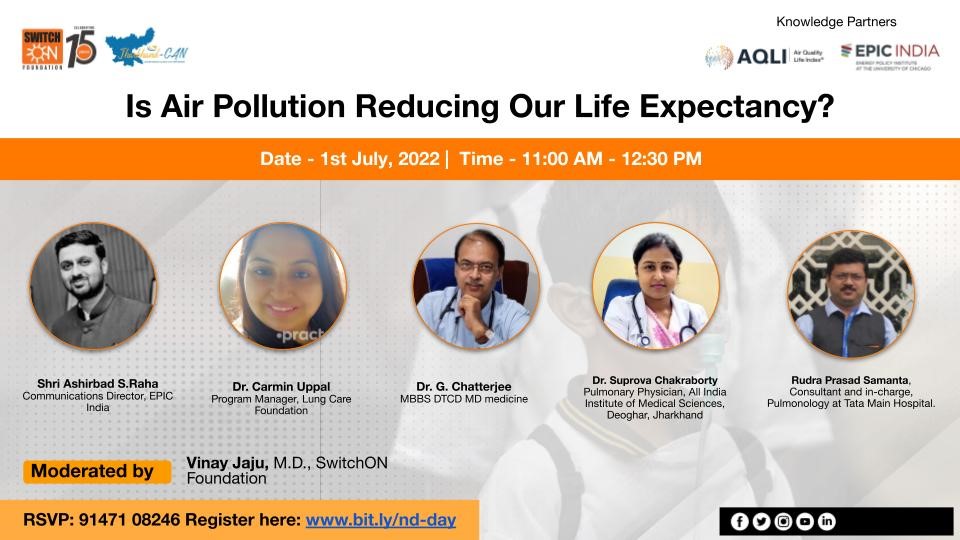
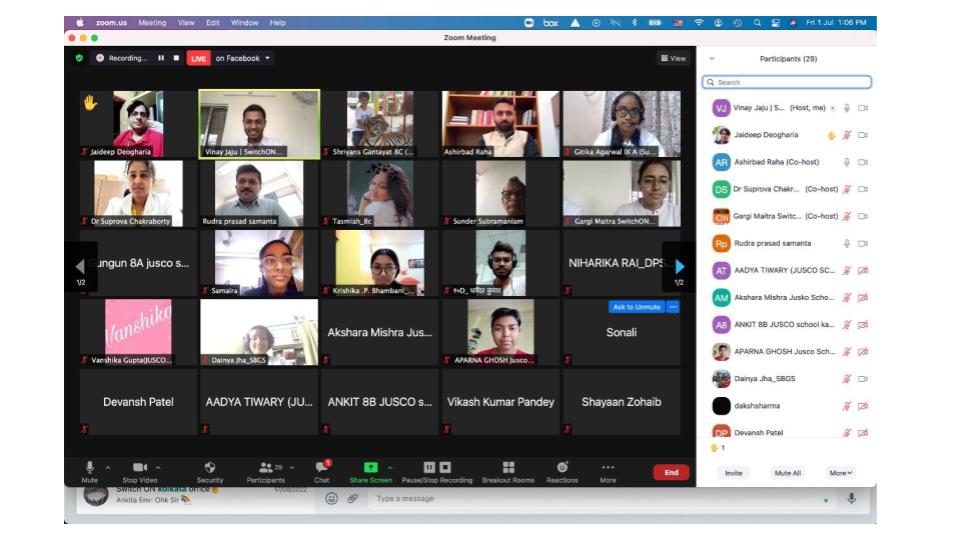
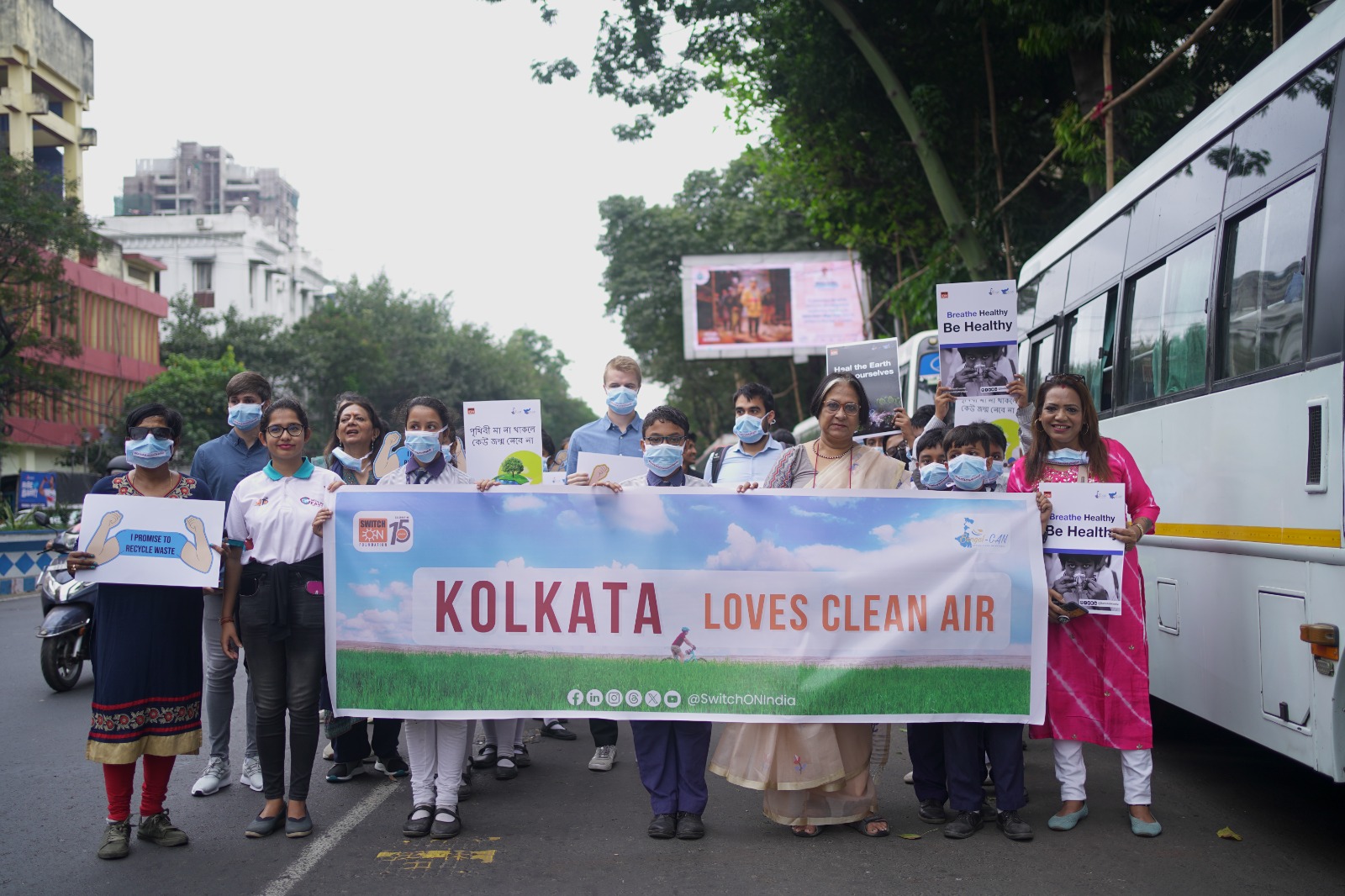
 0
0  0
0 